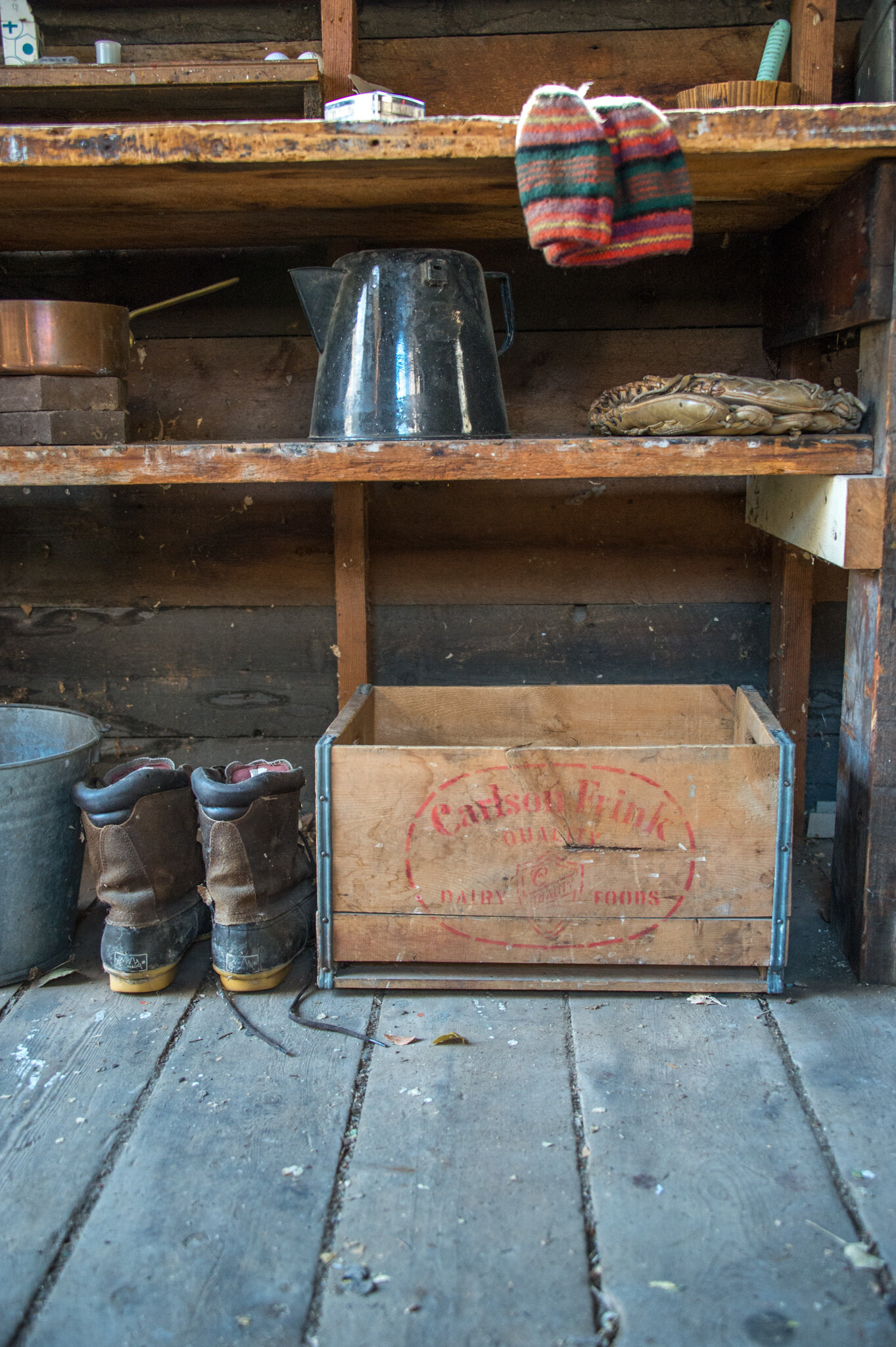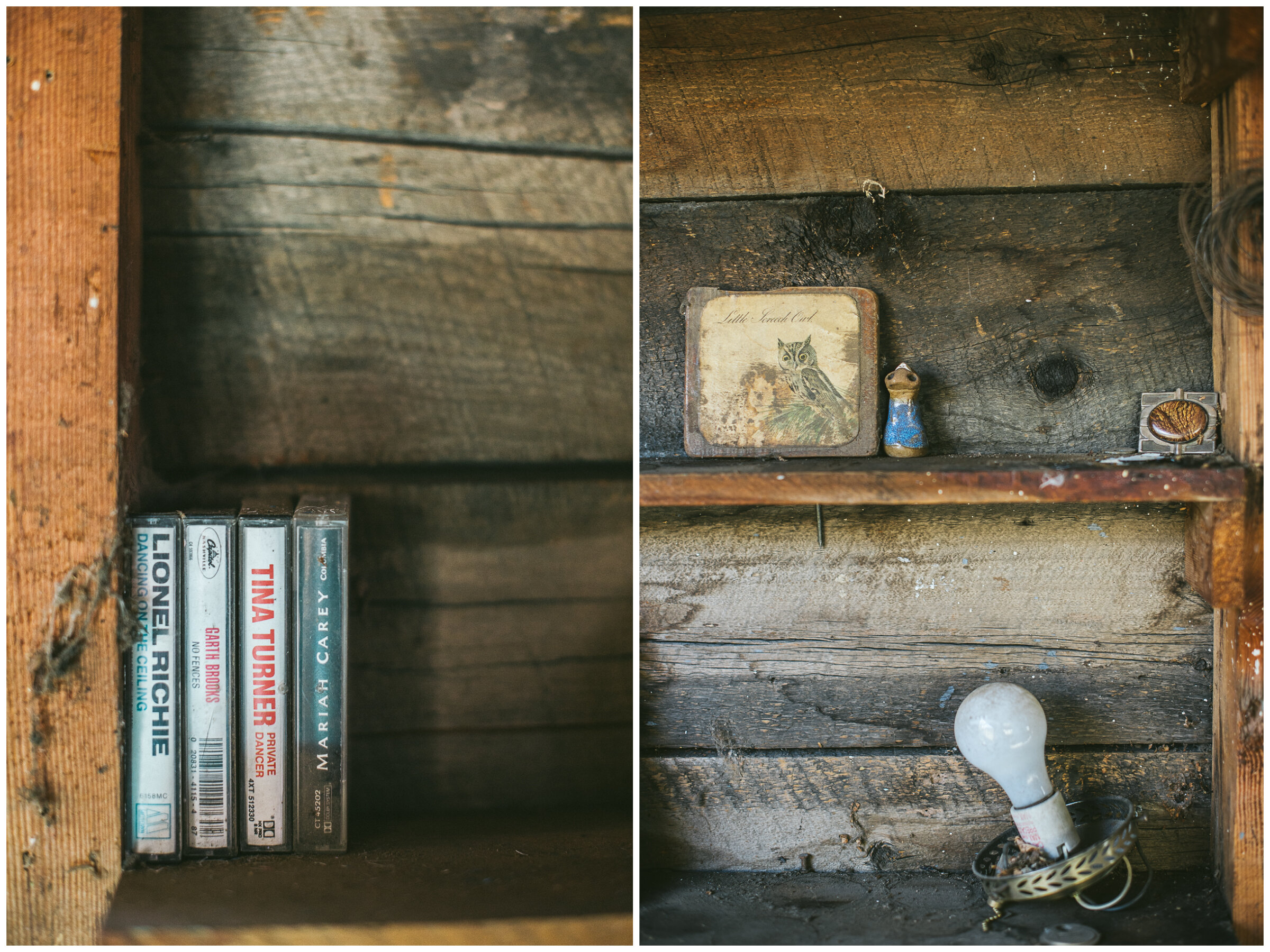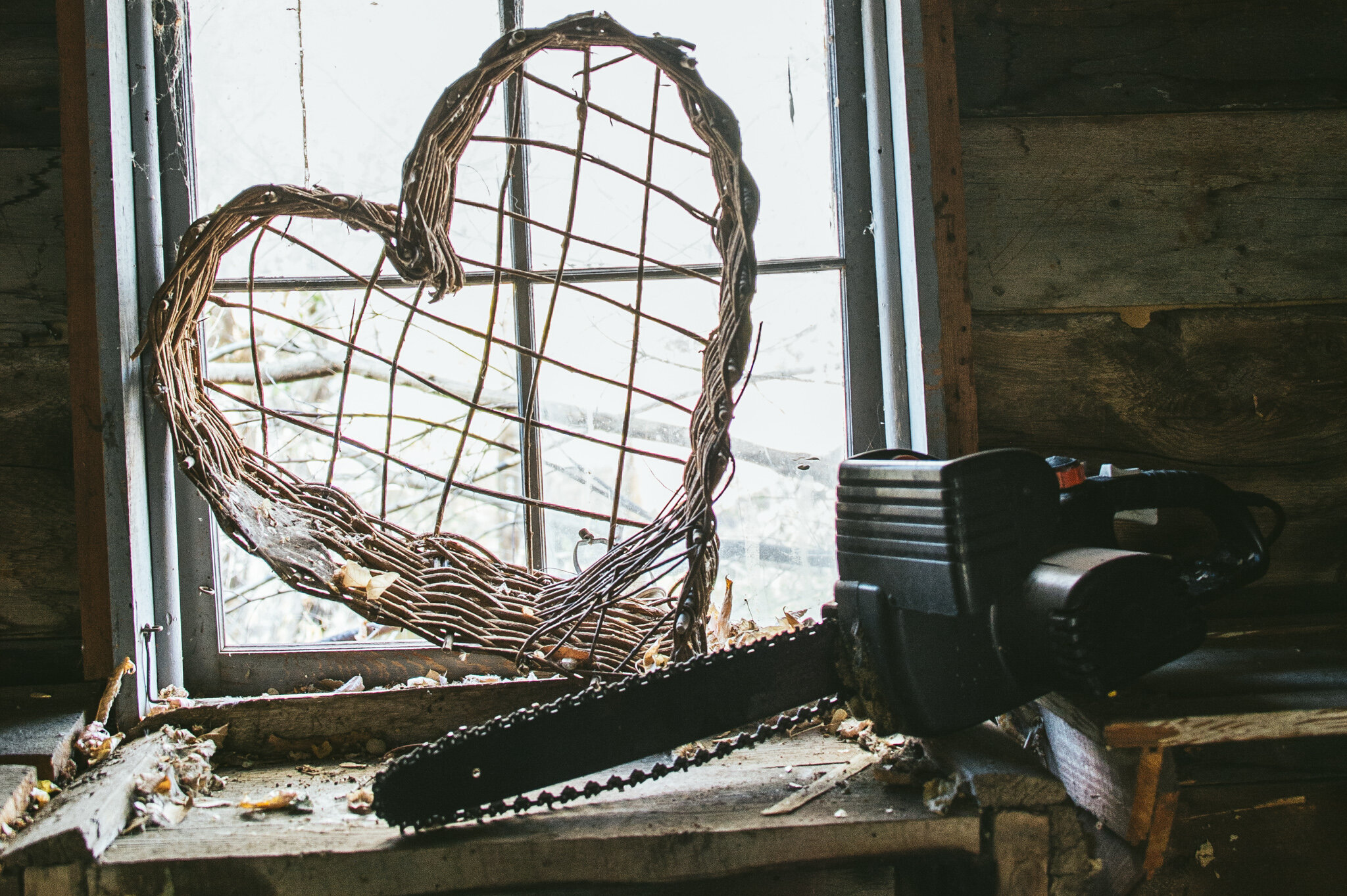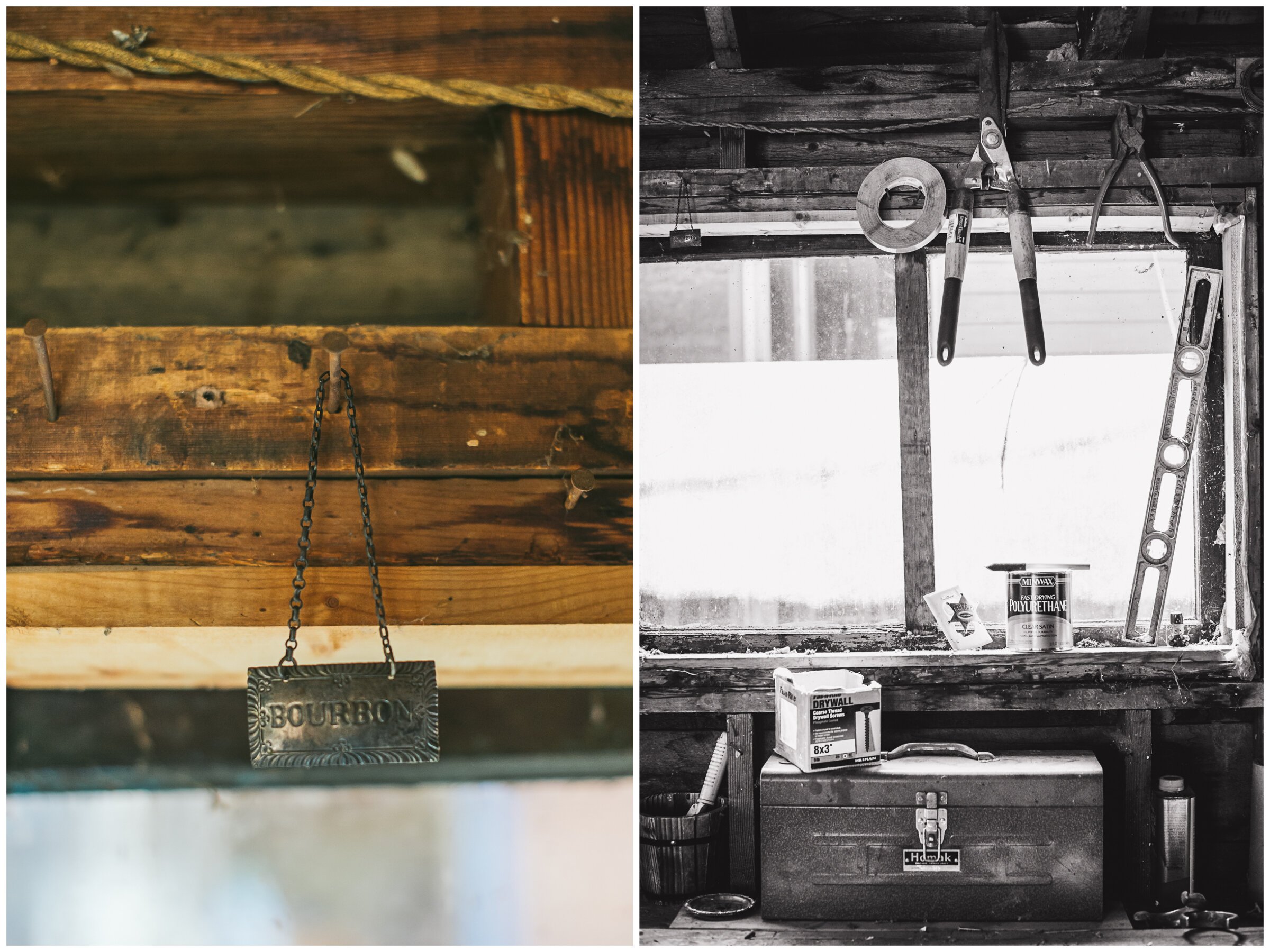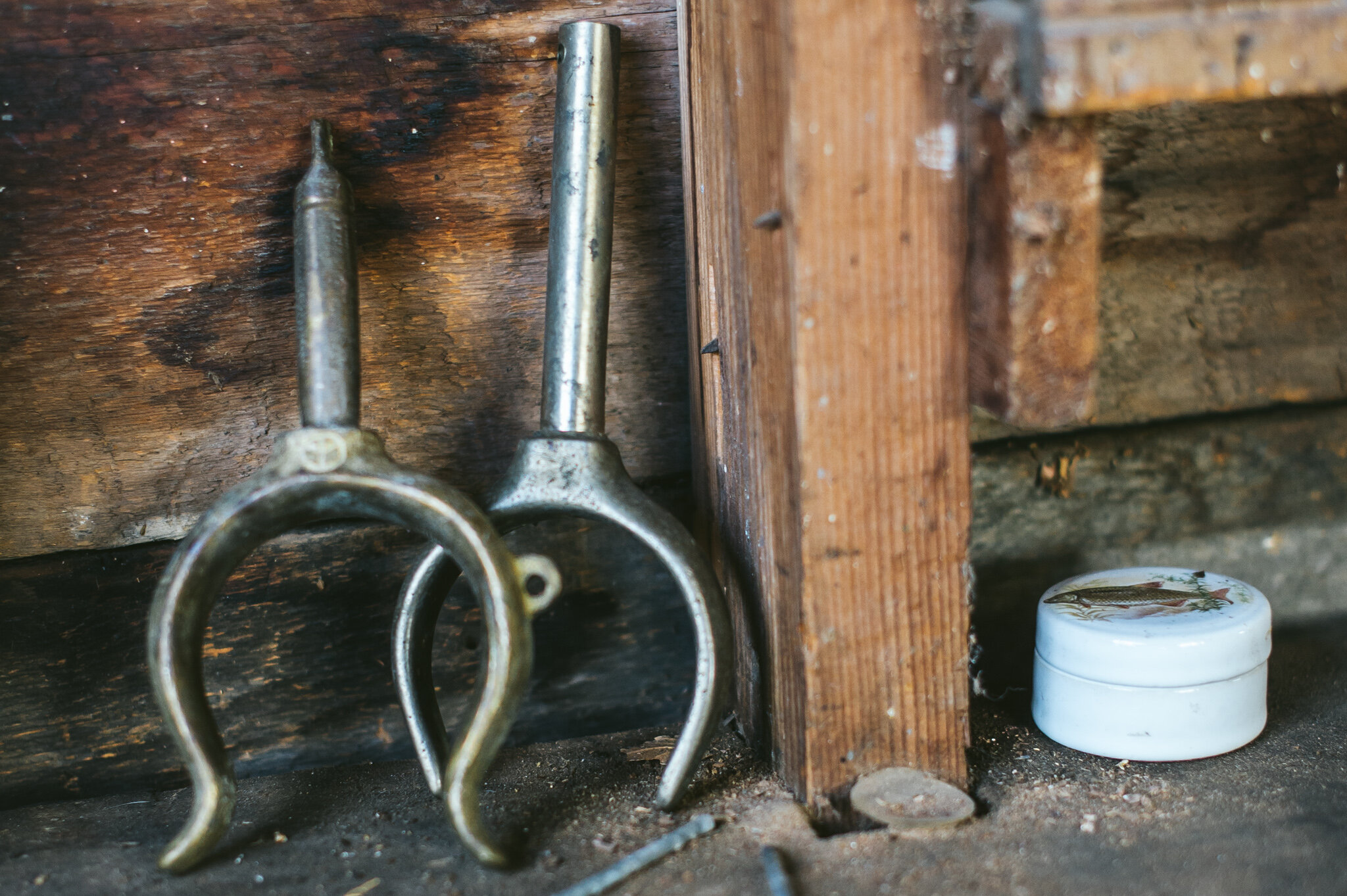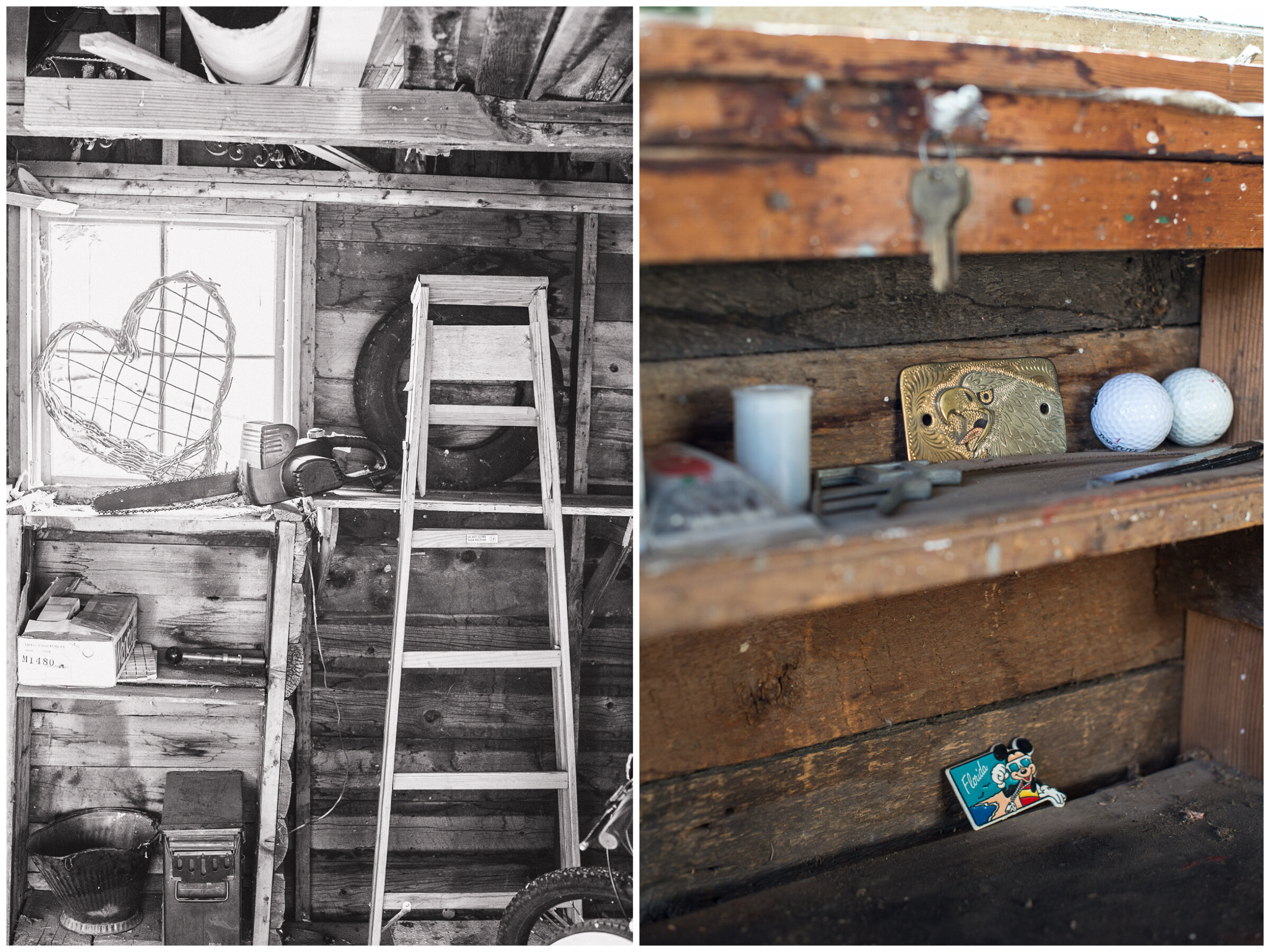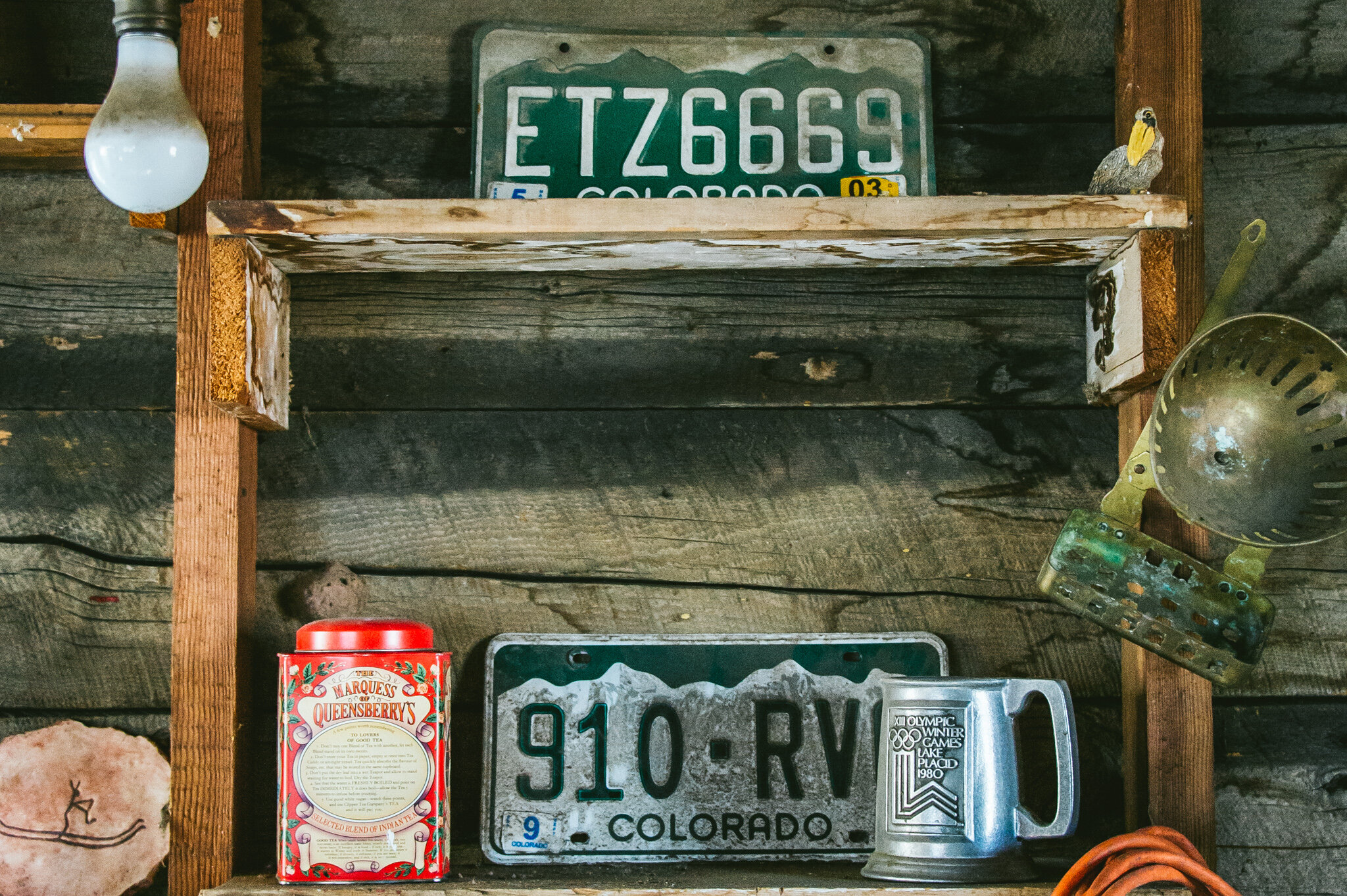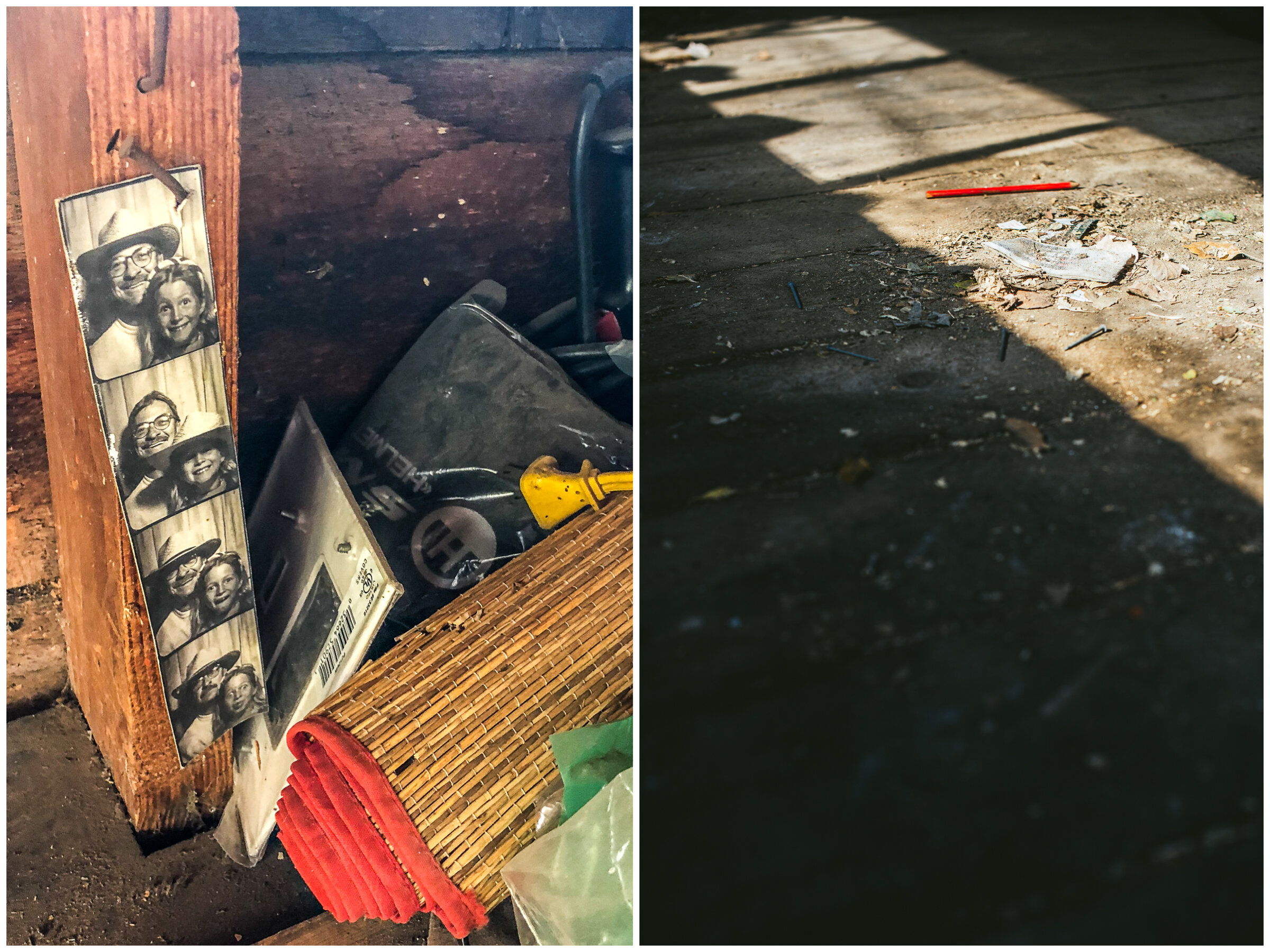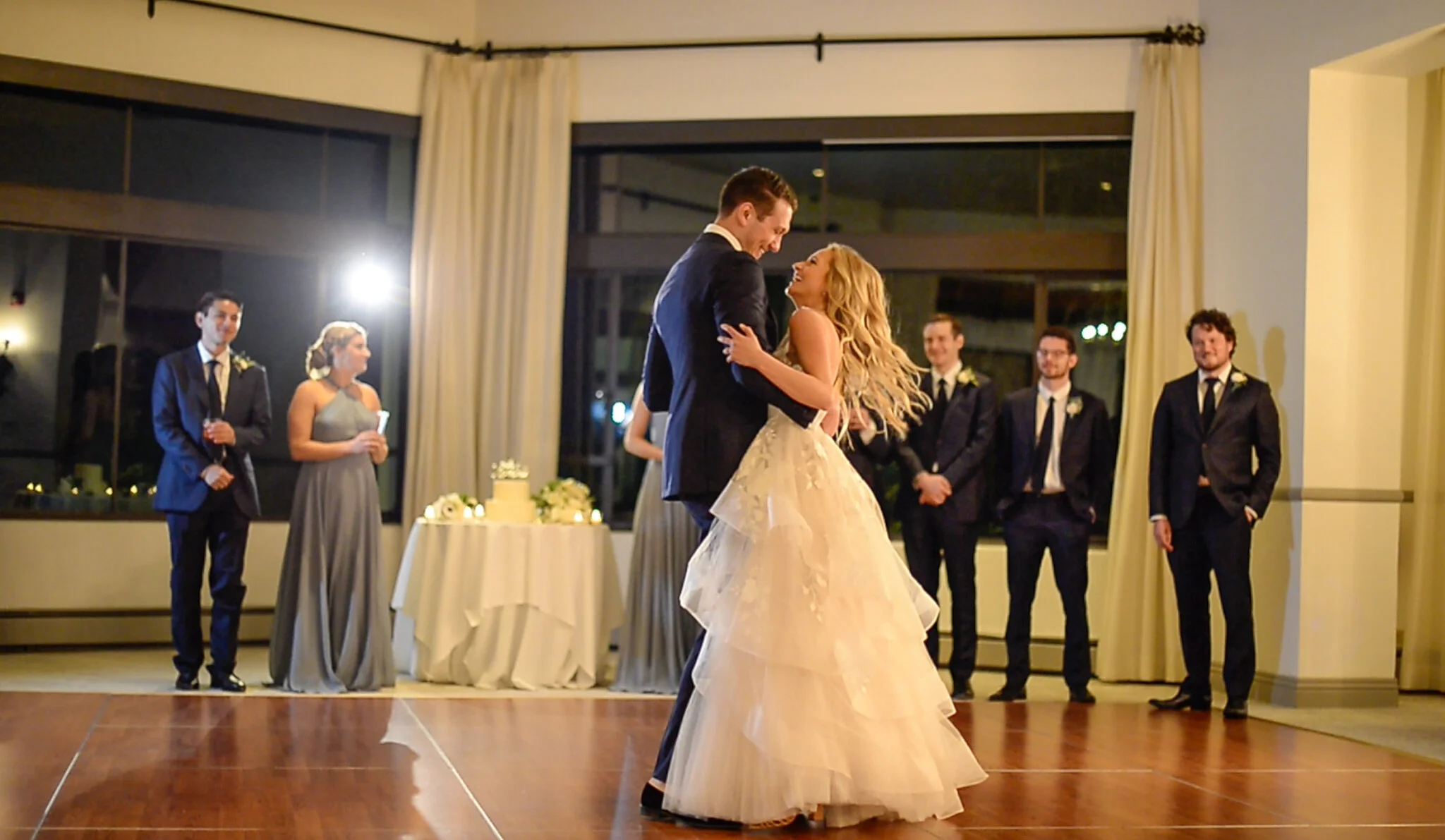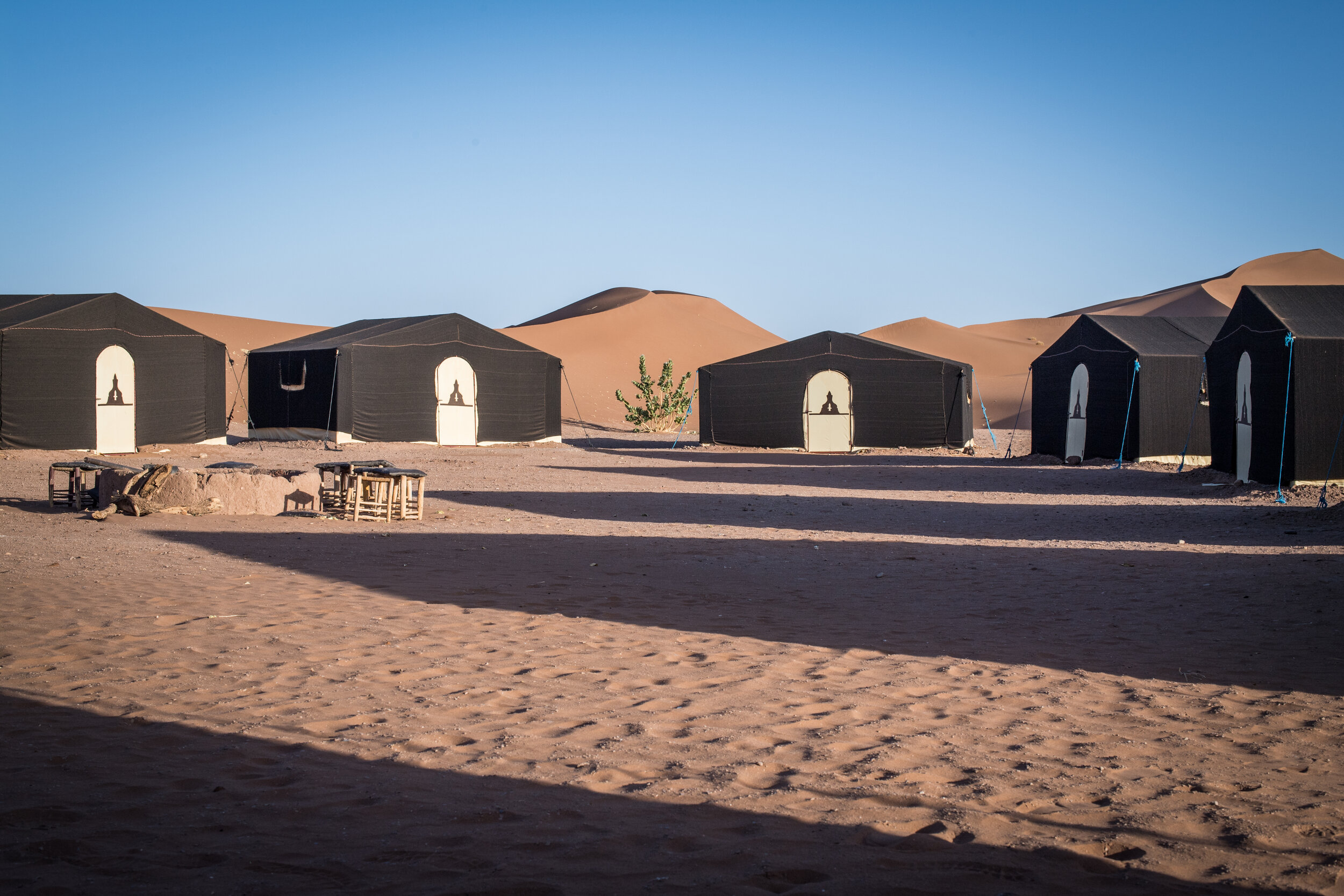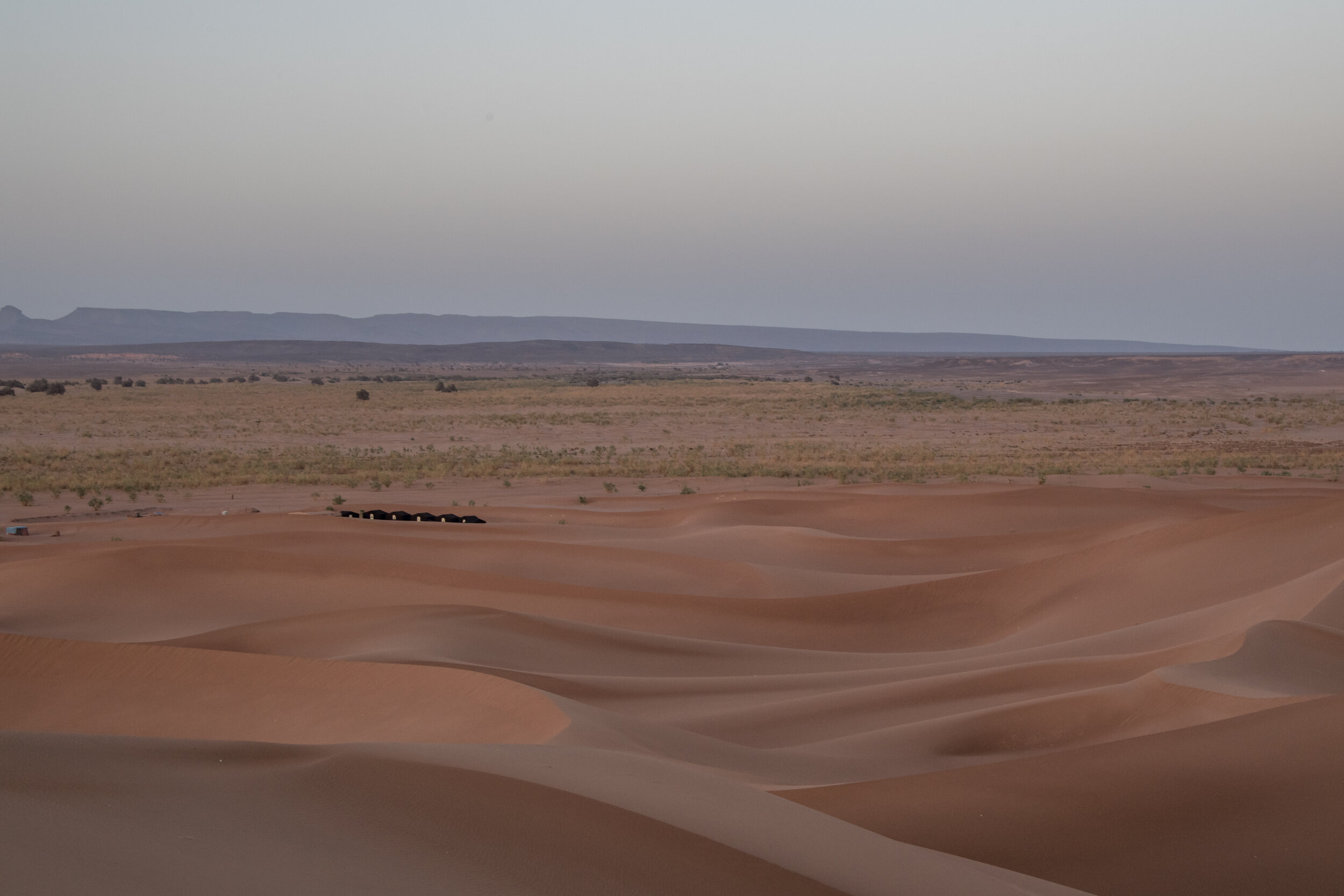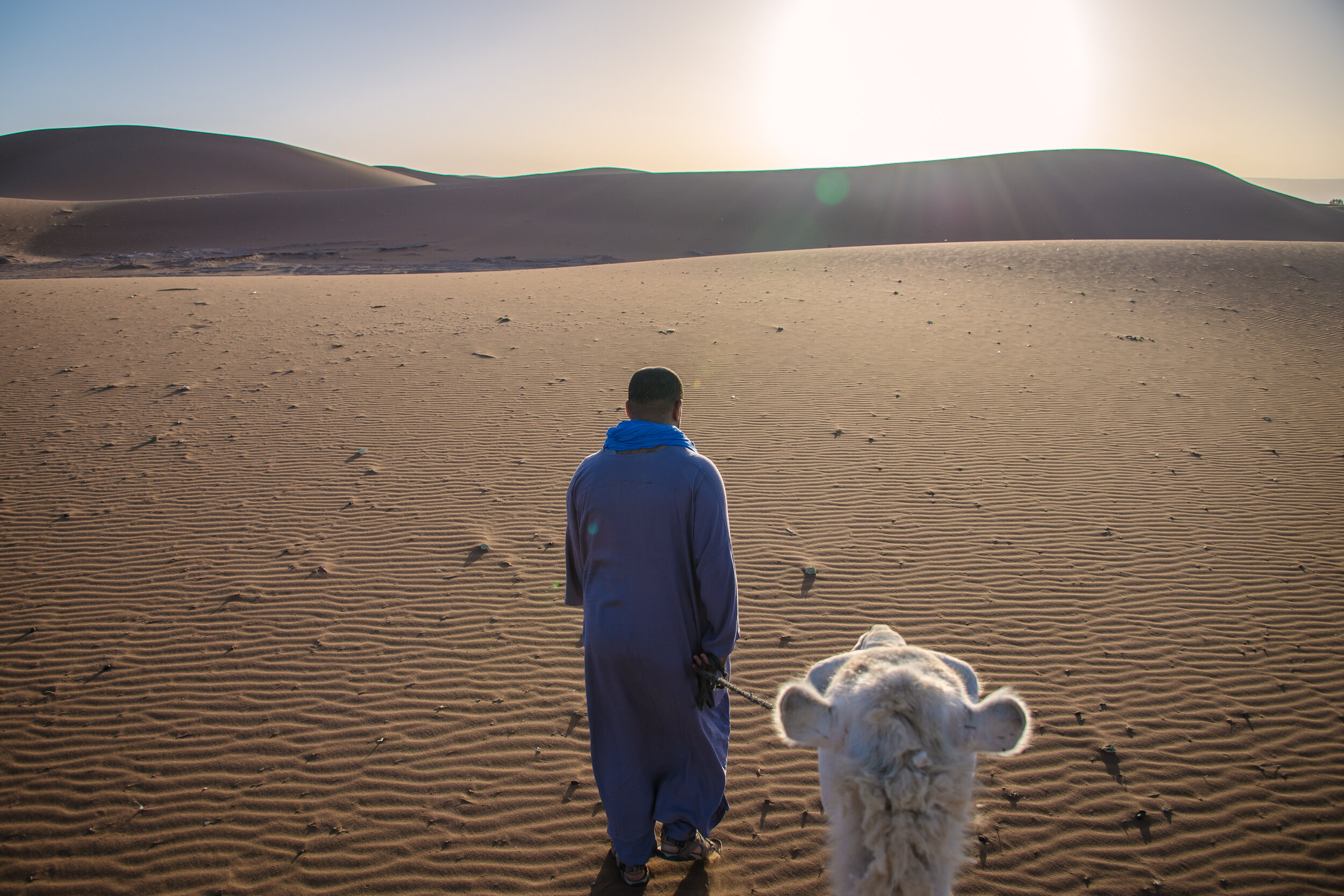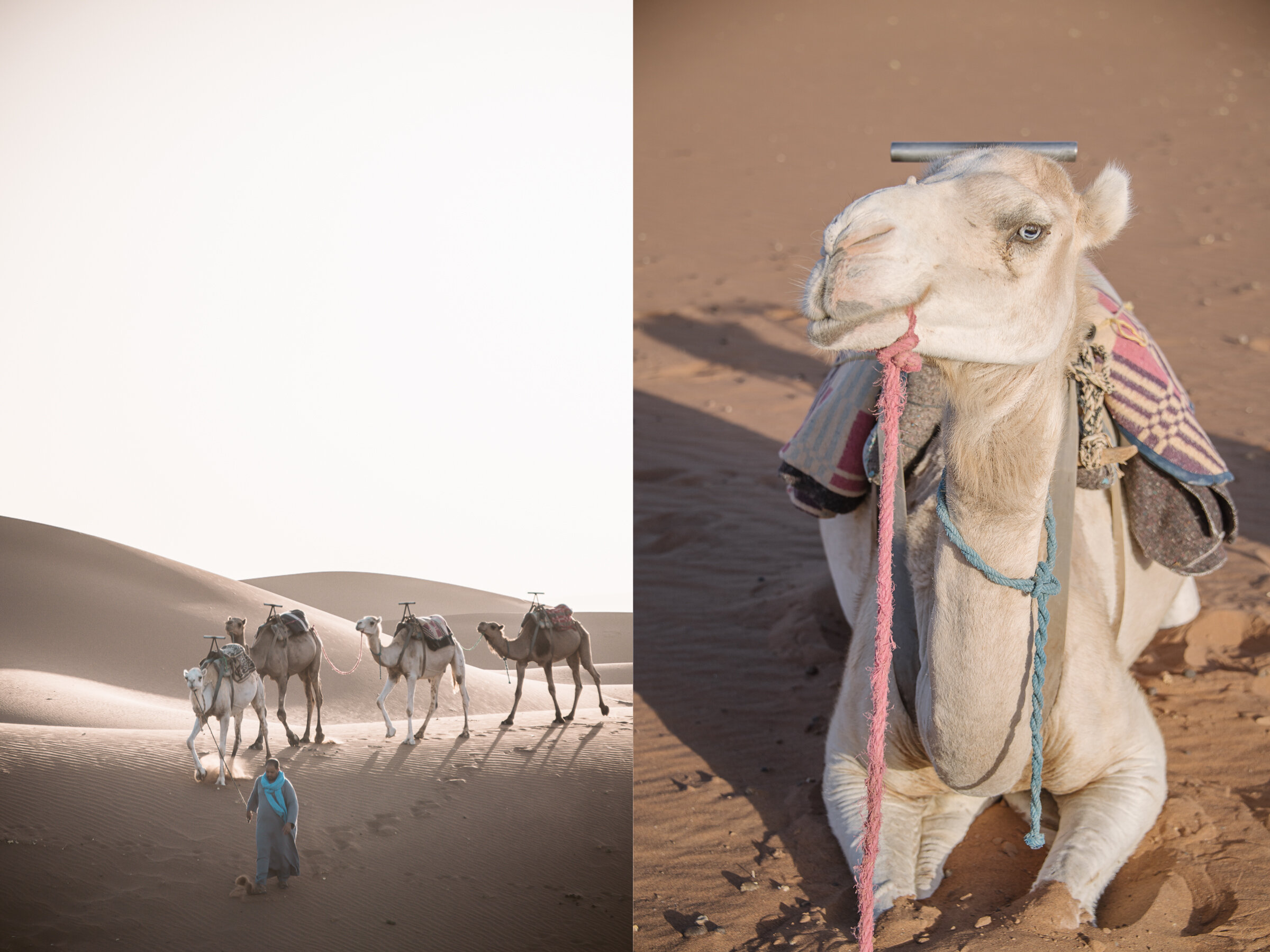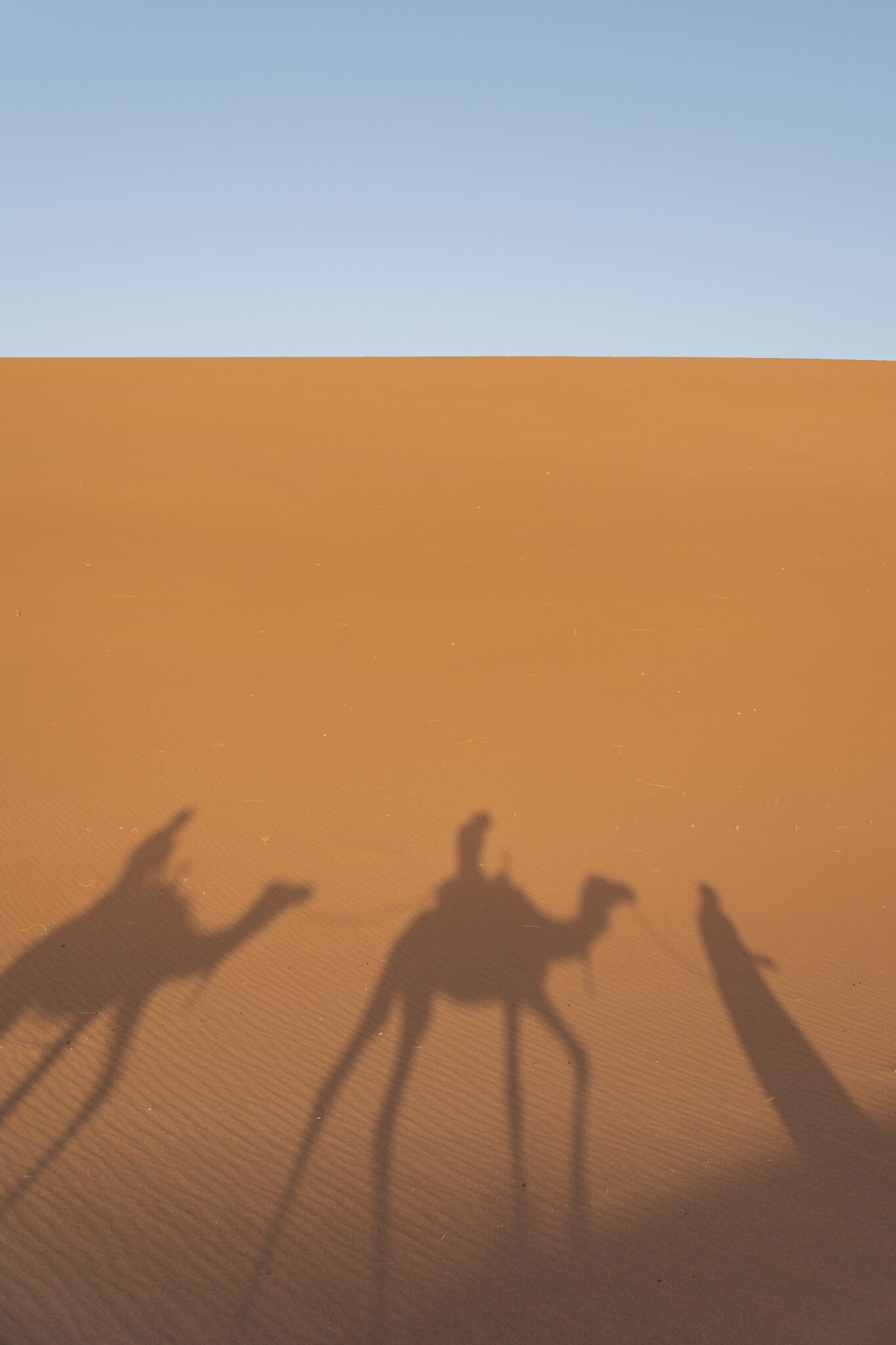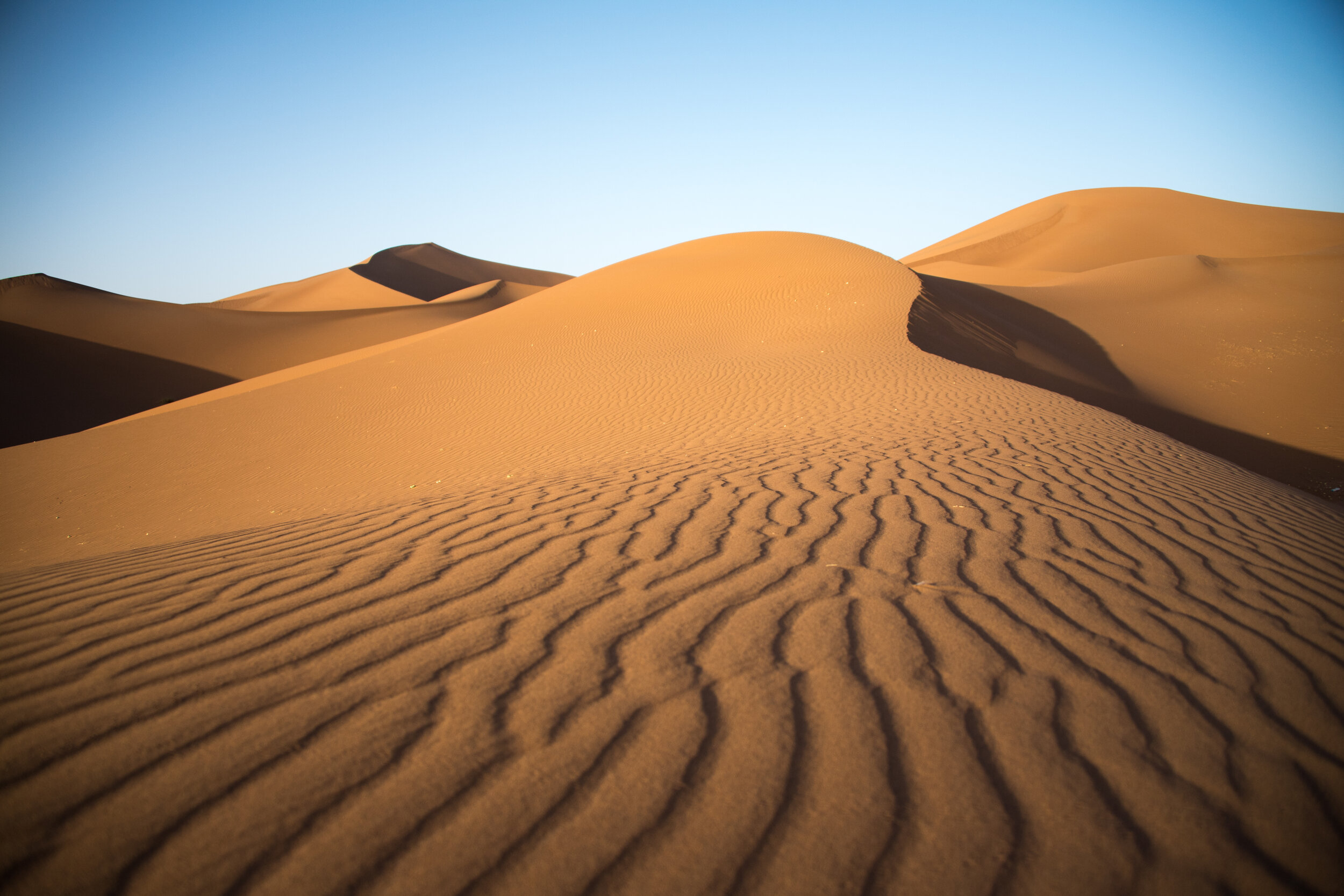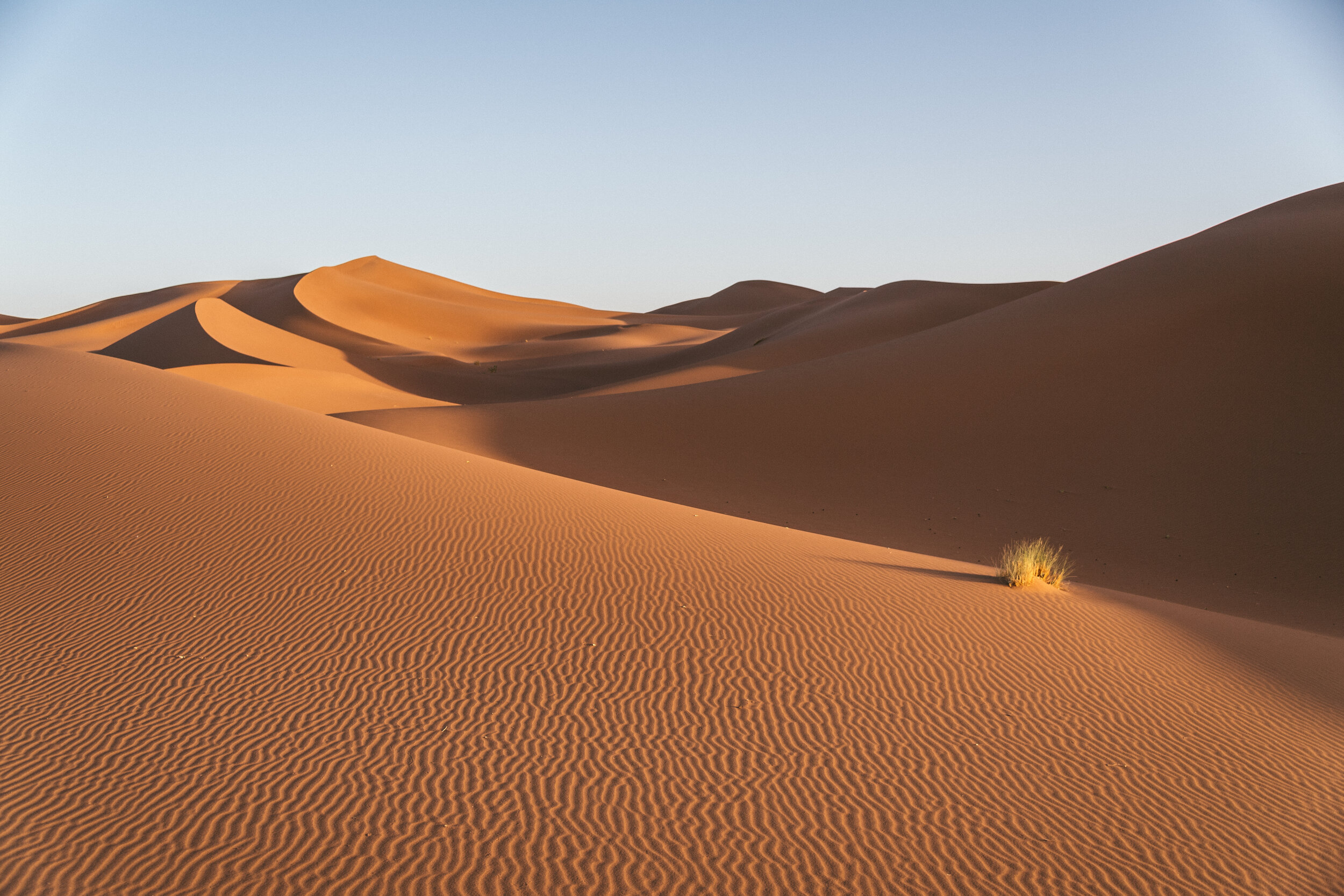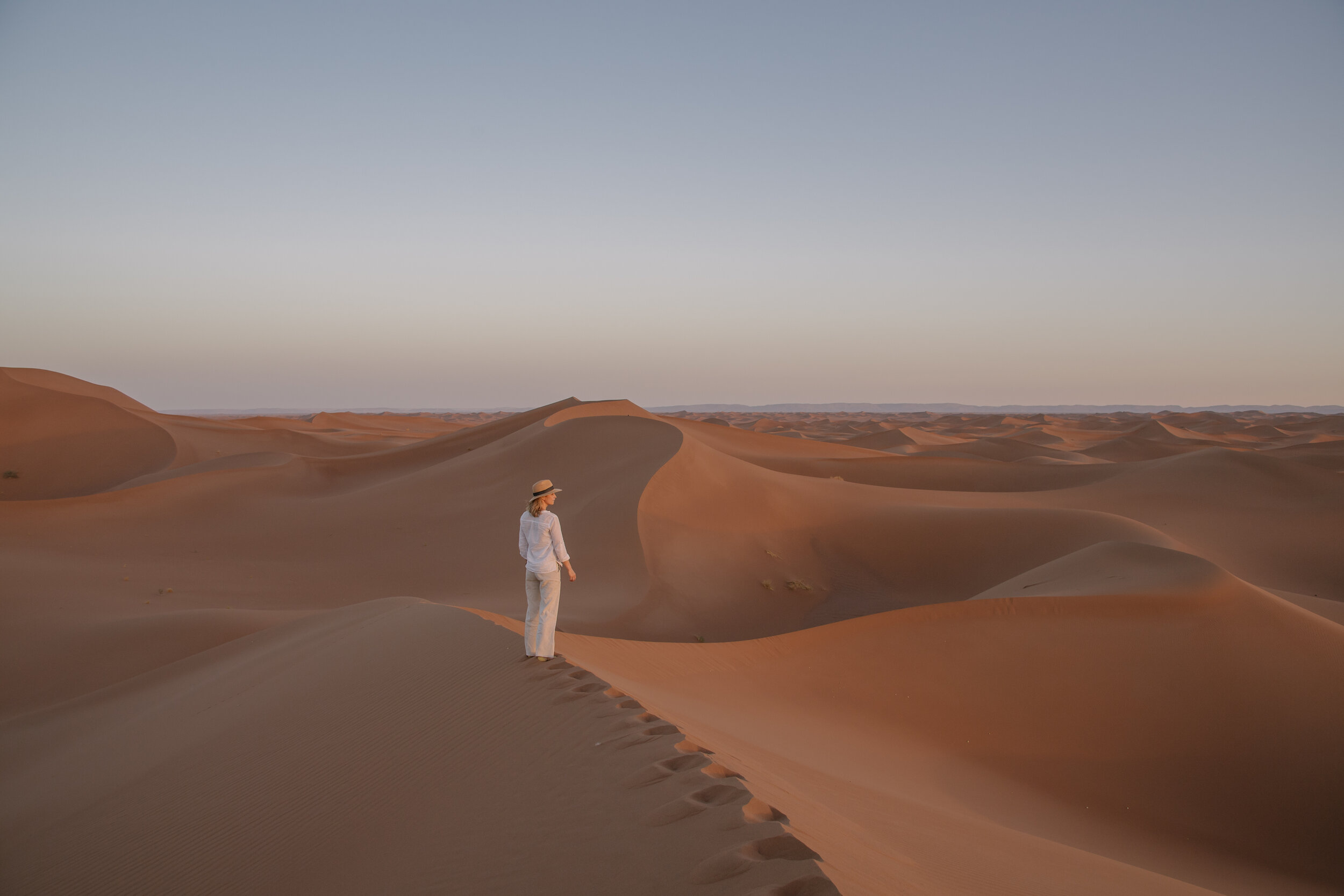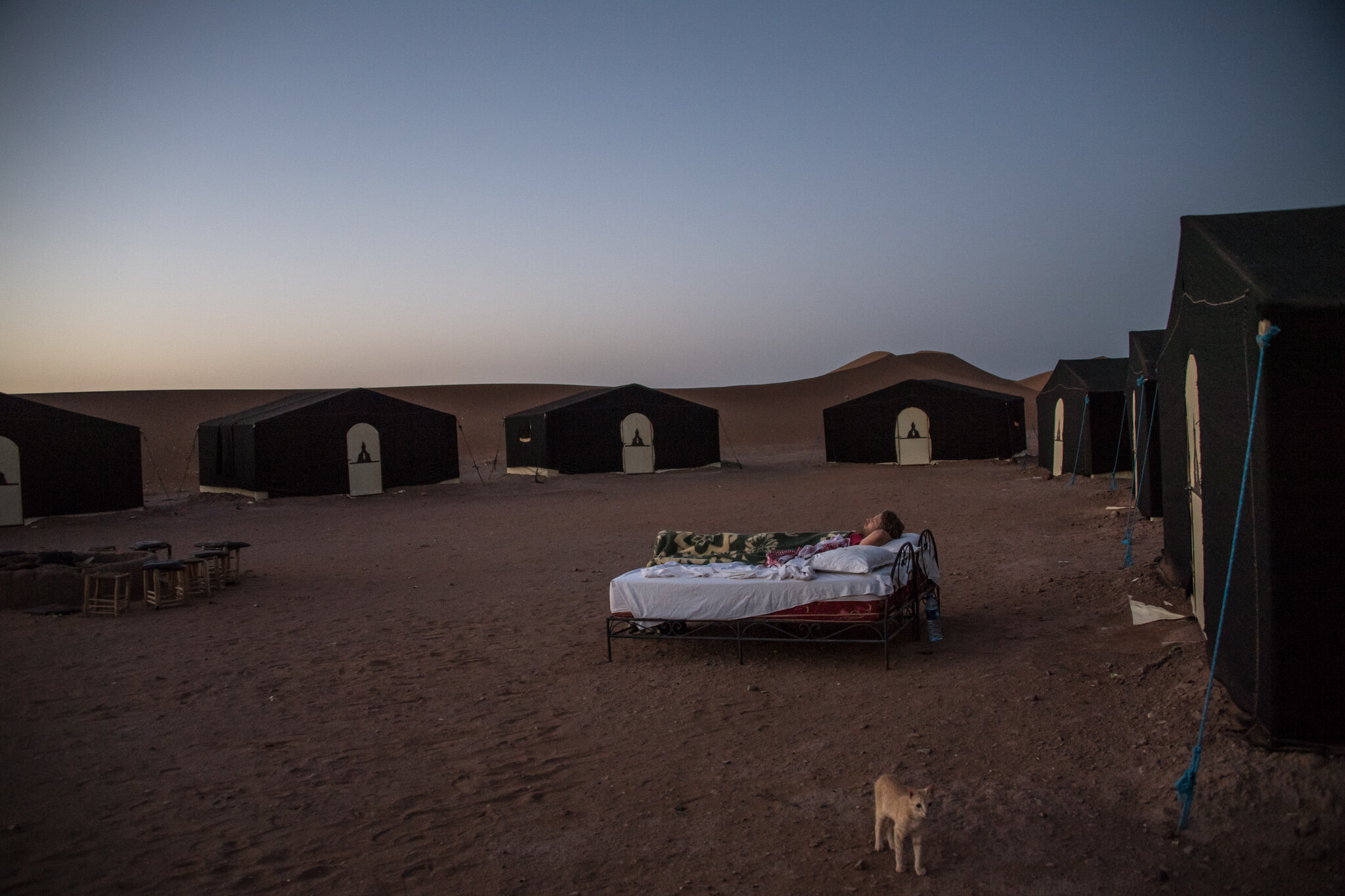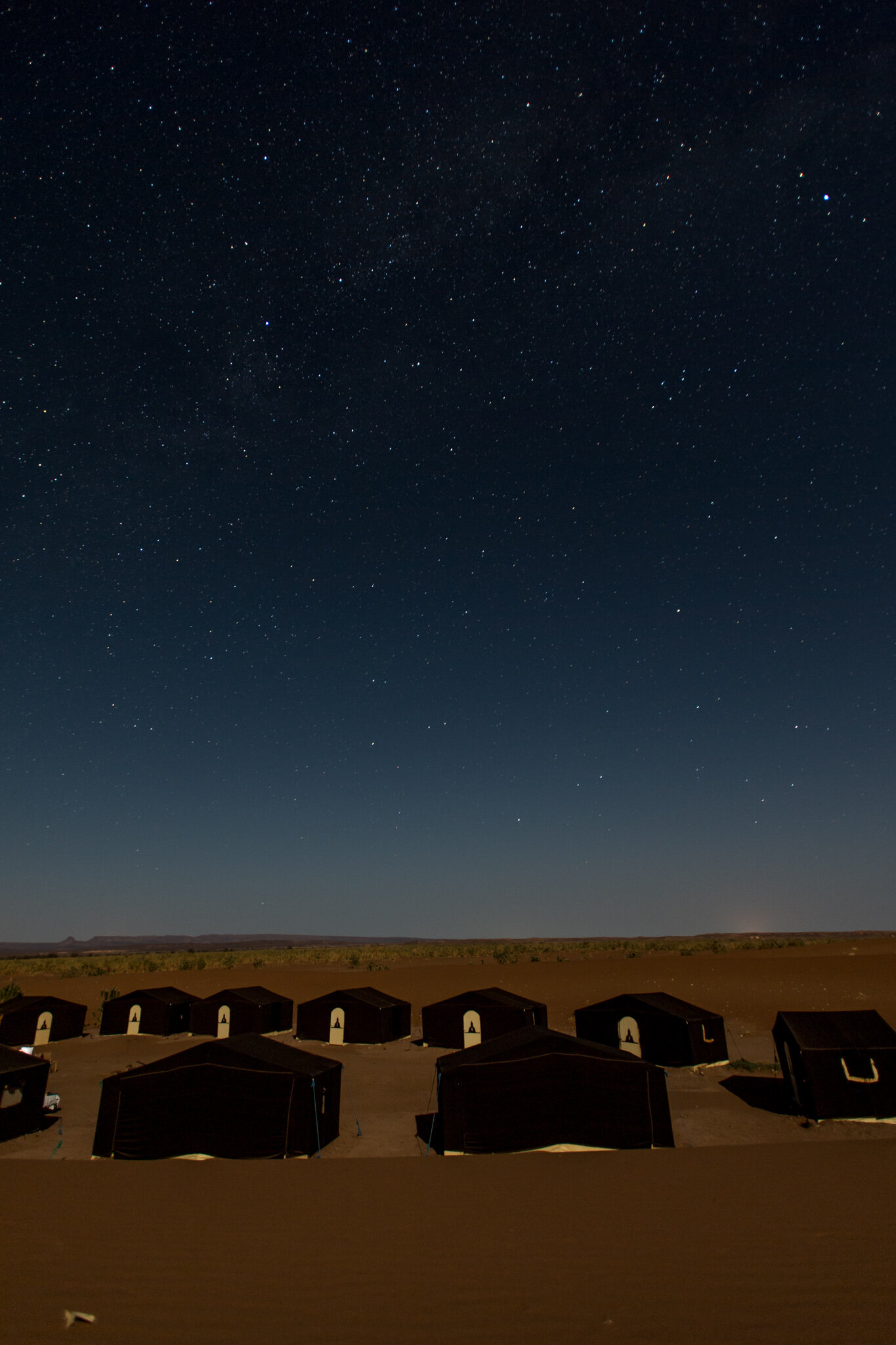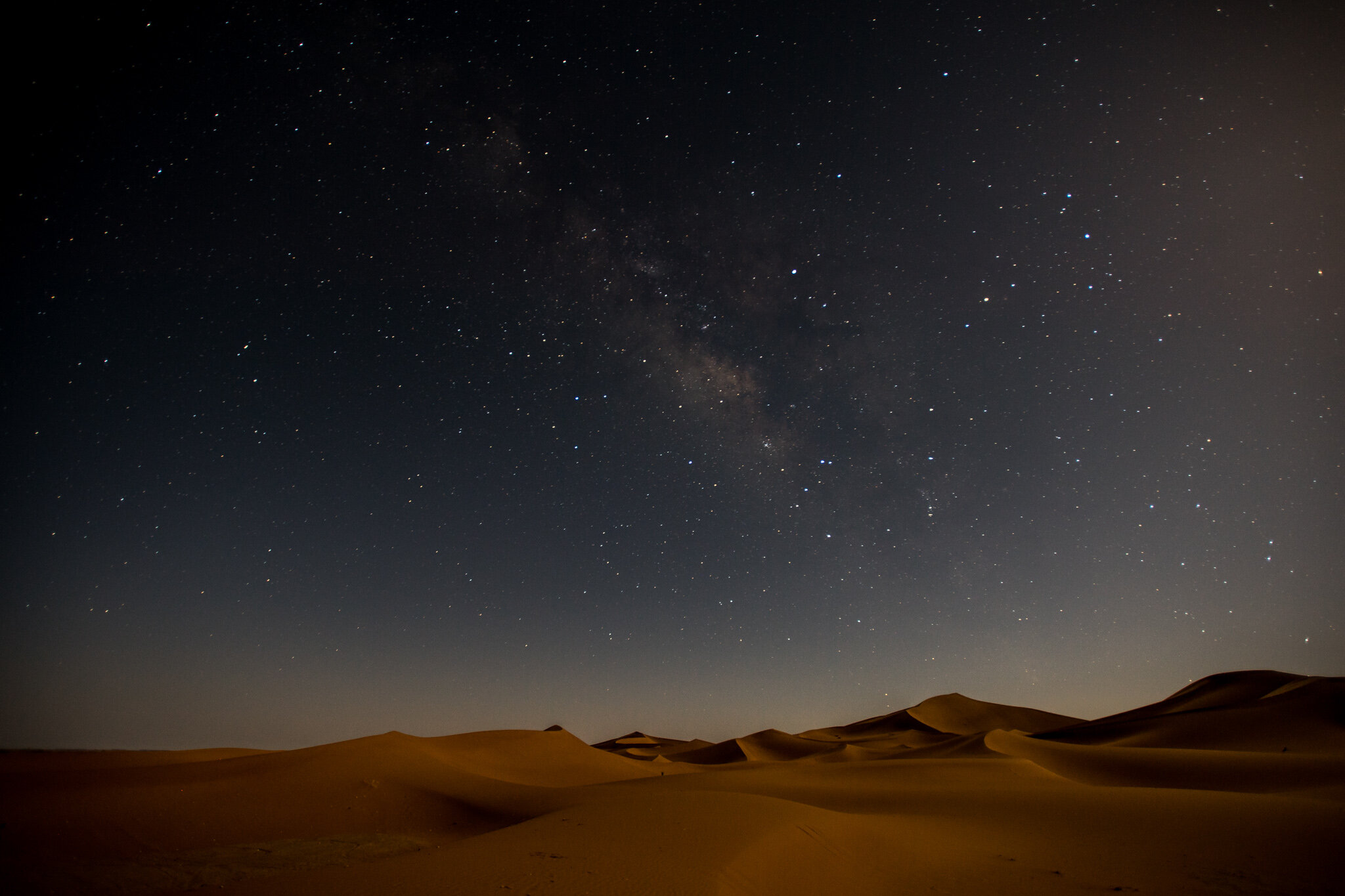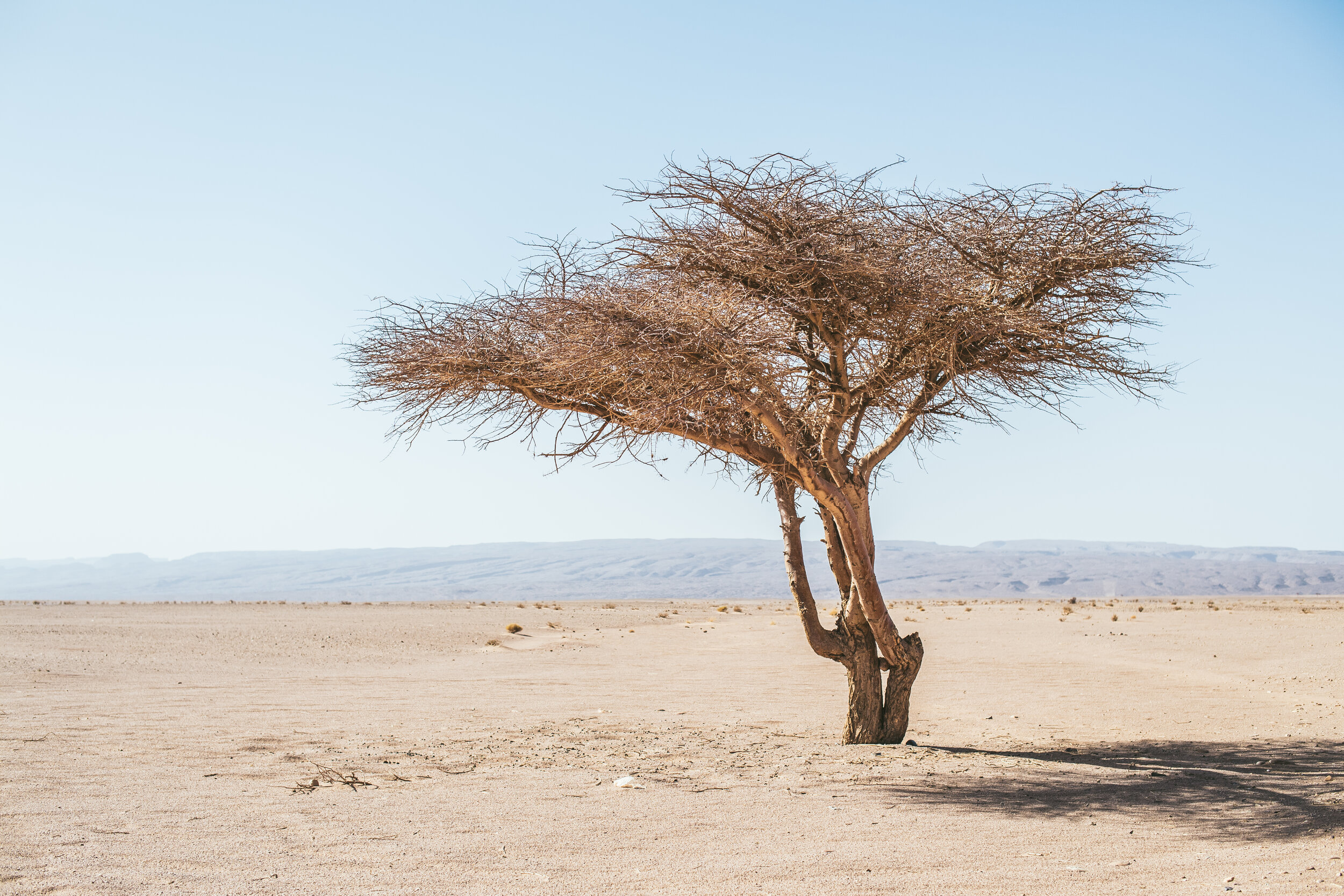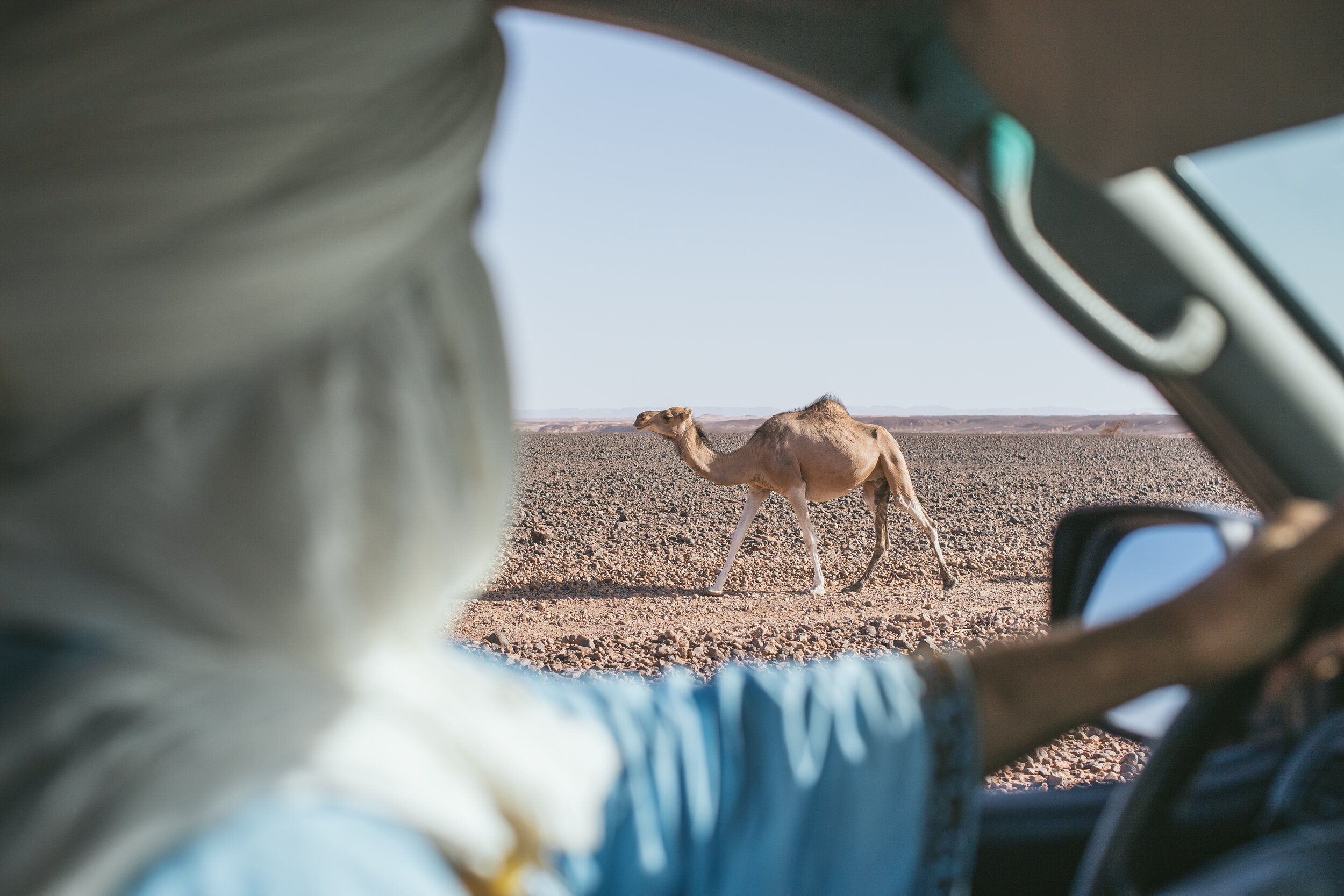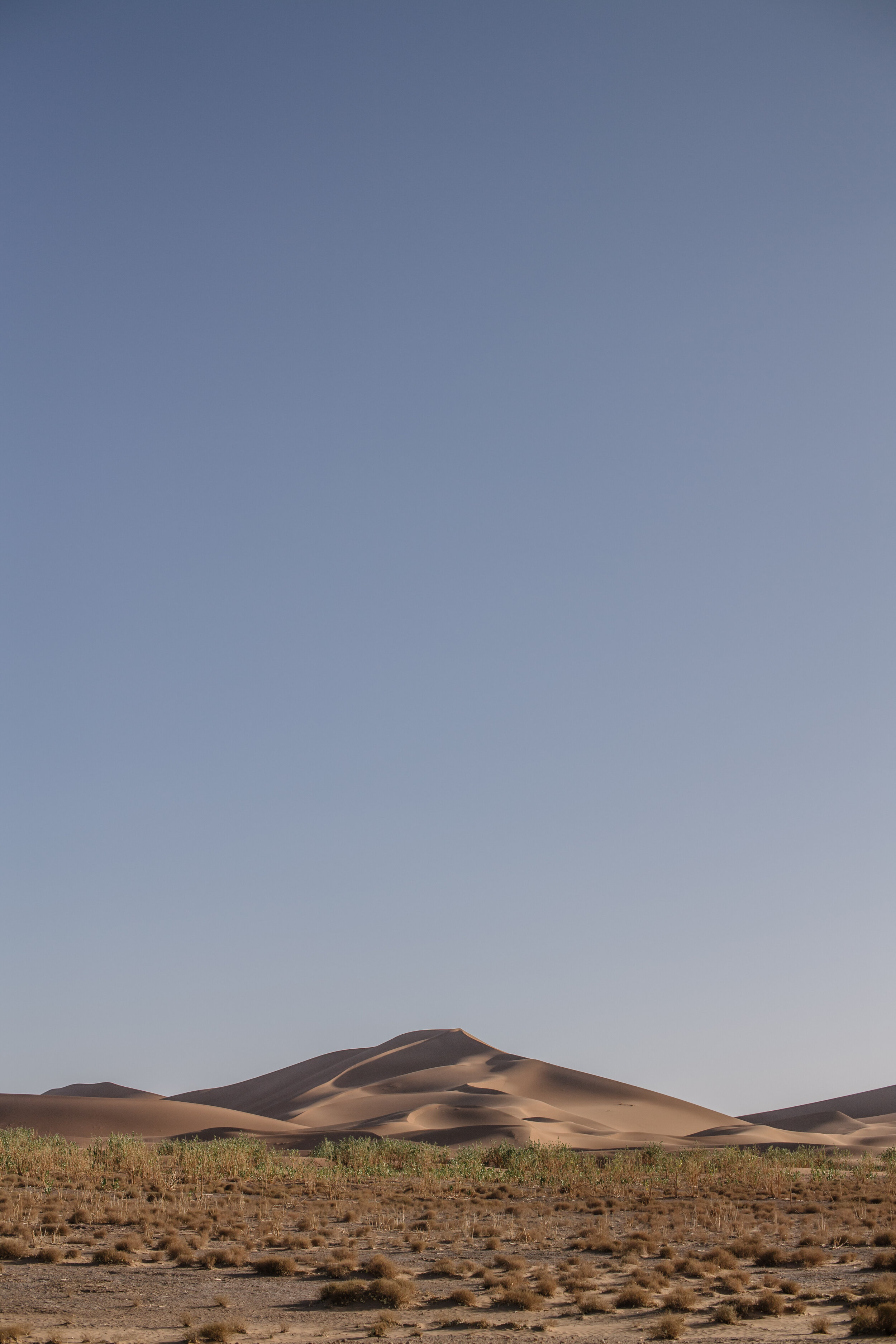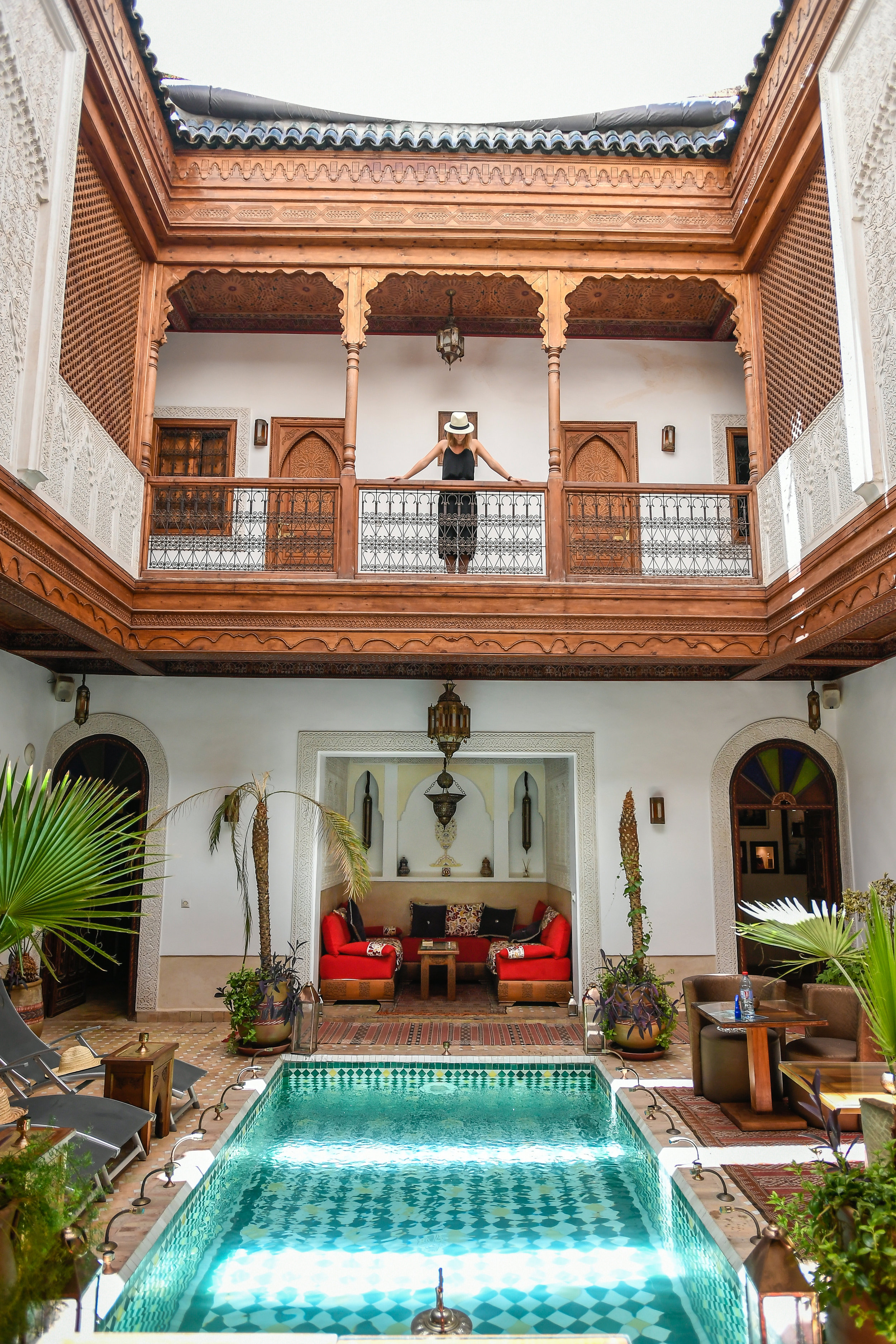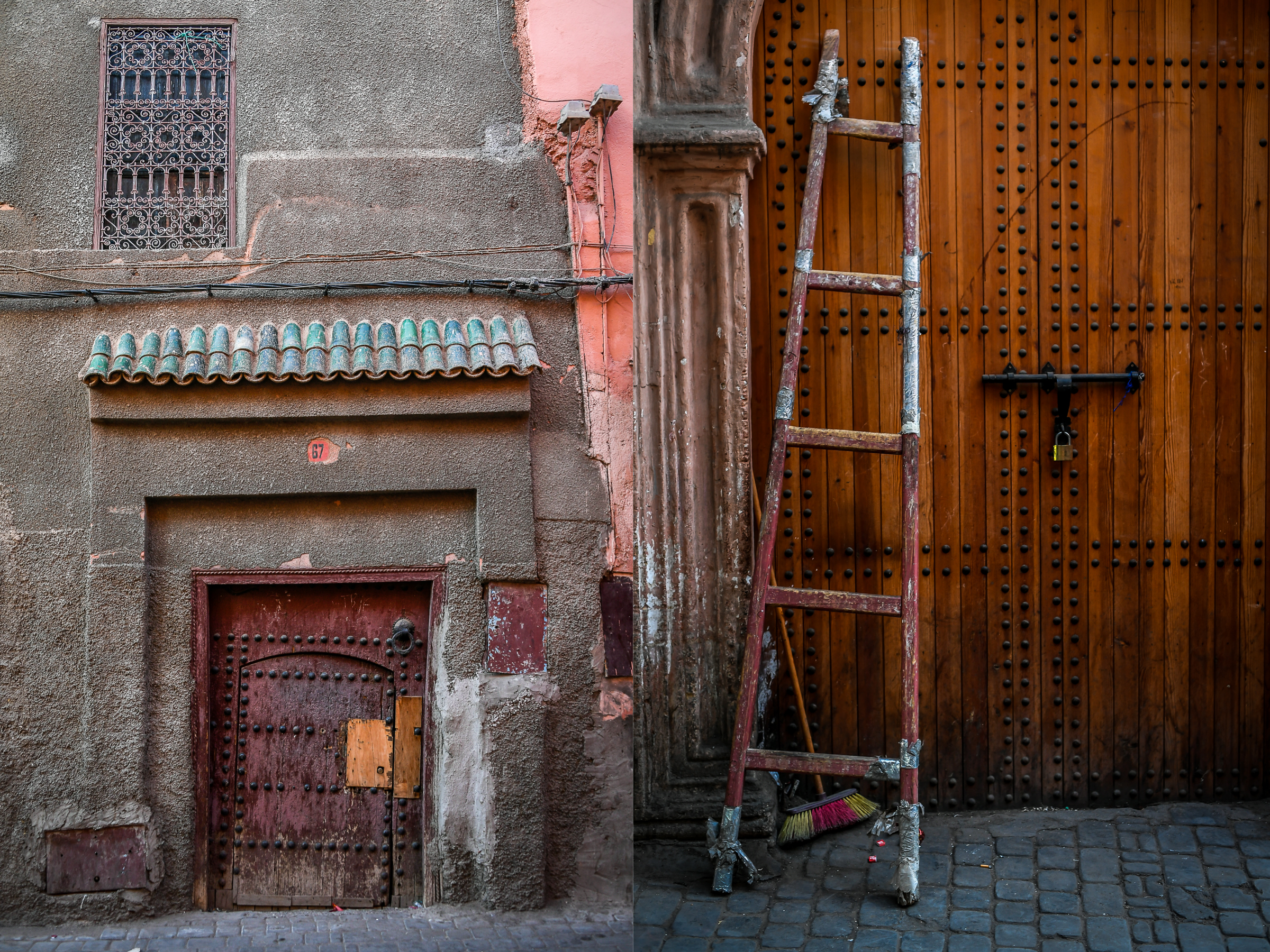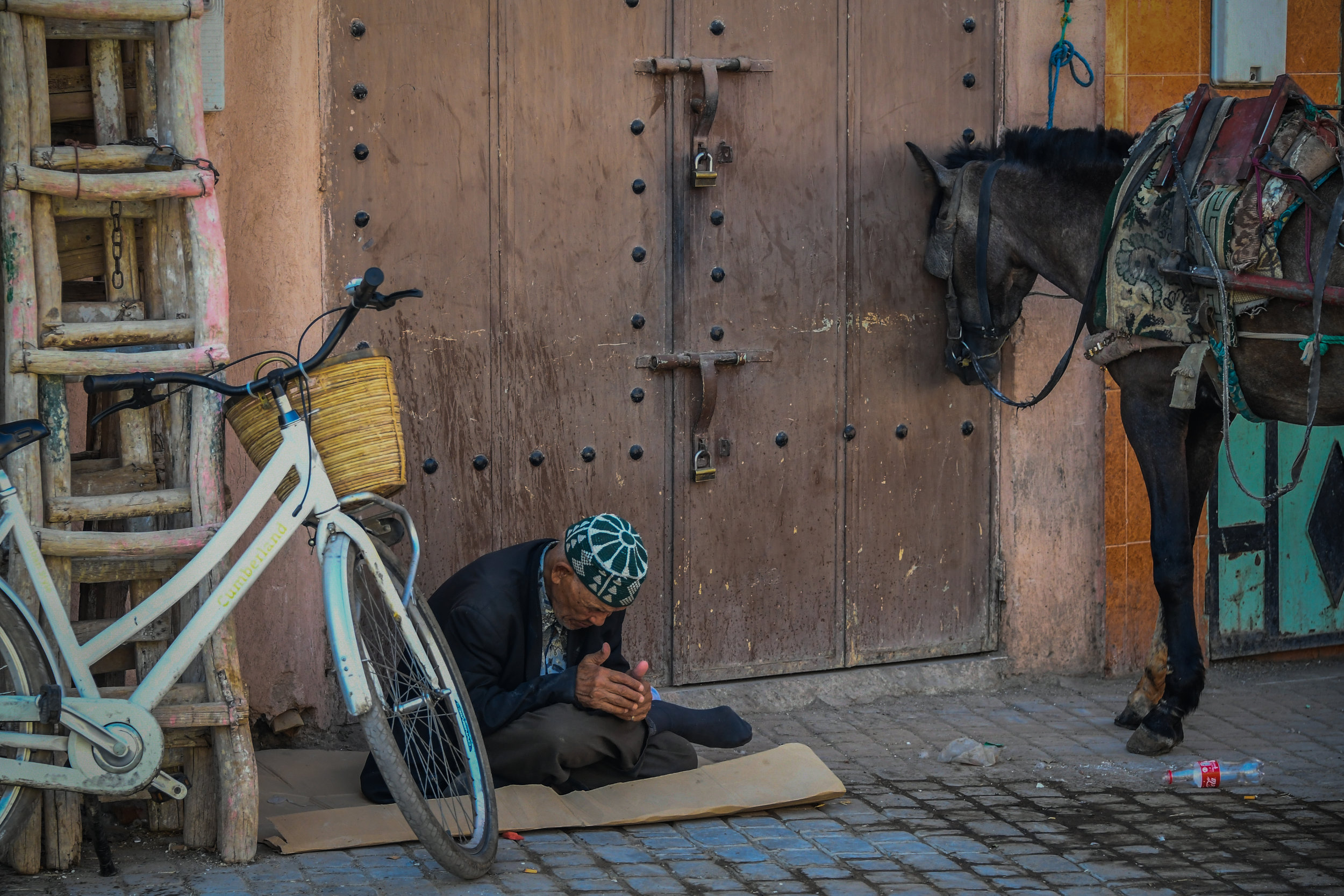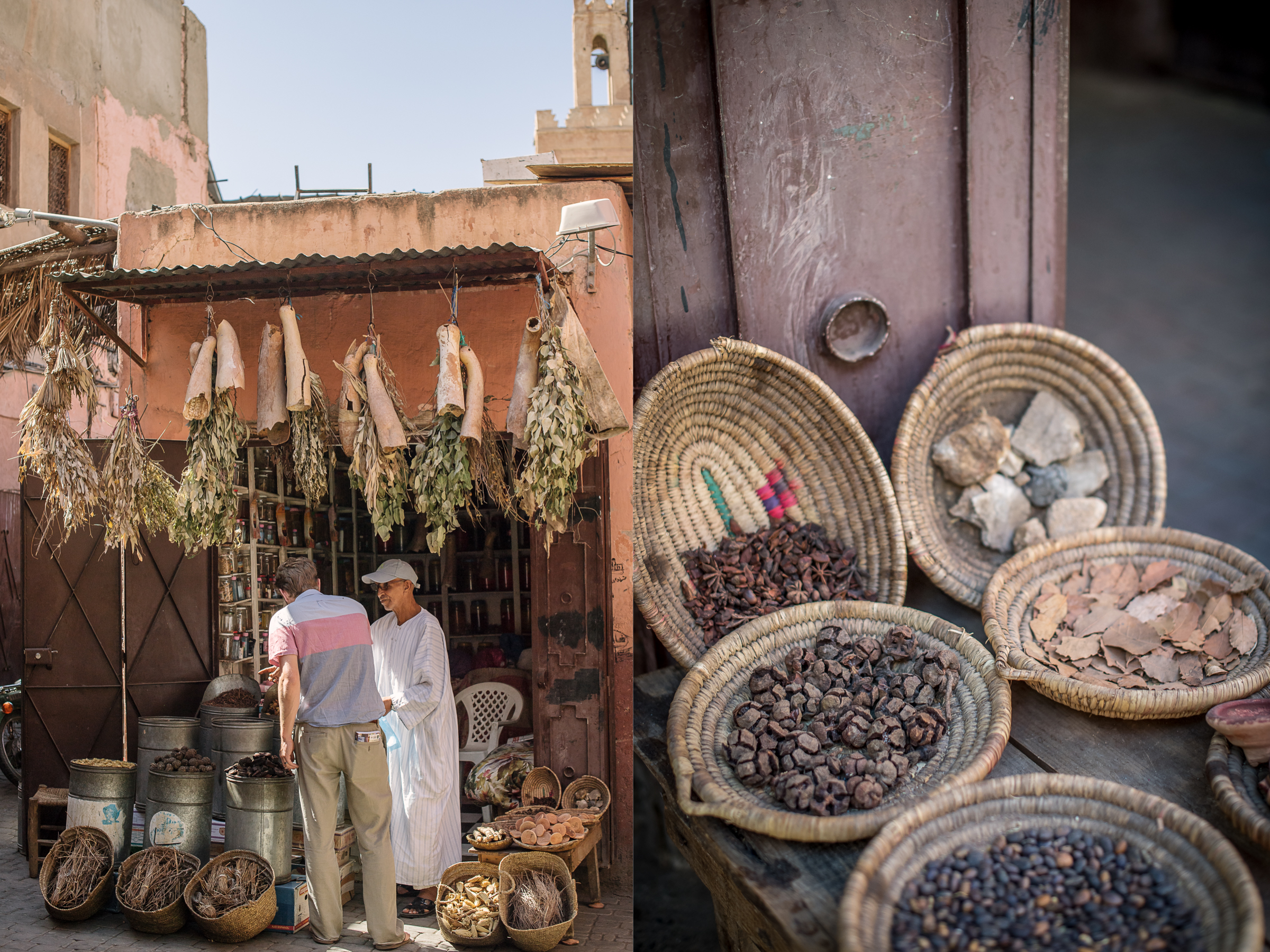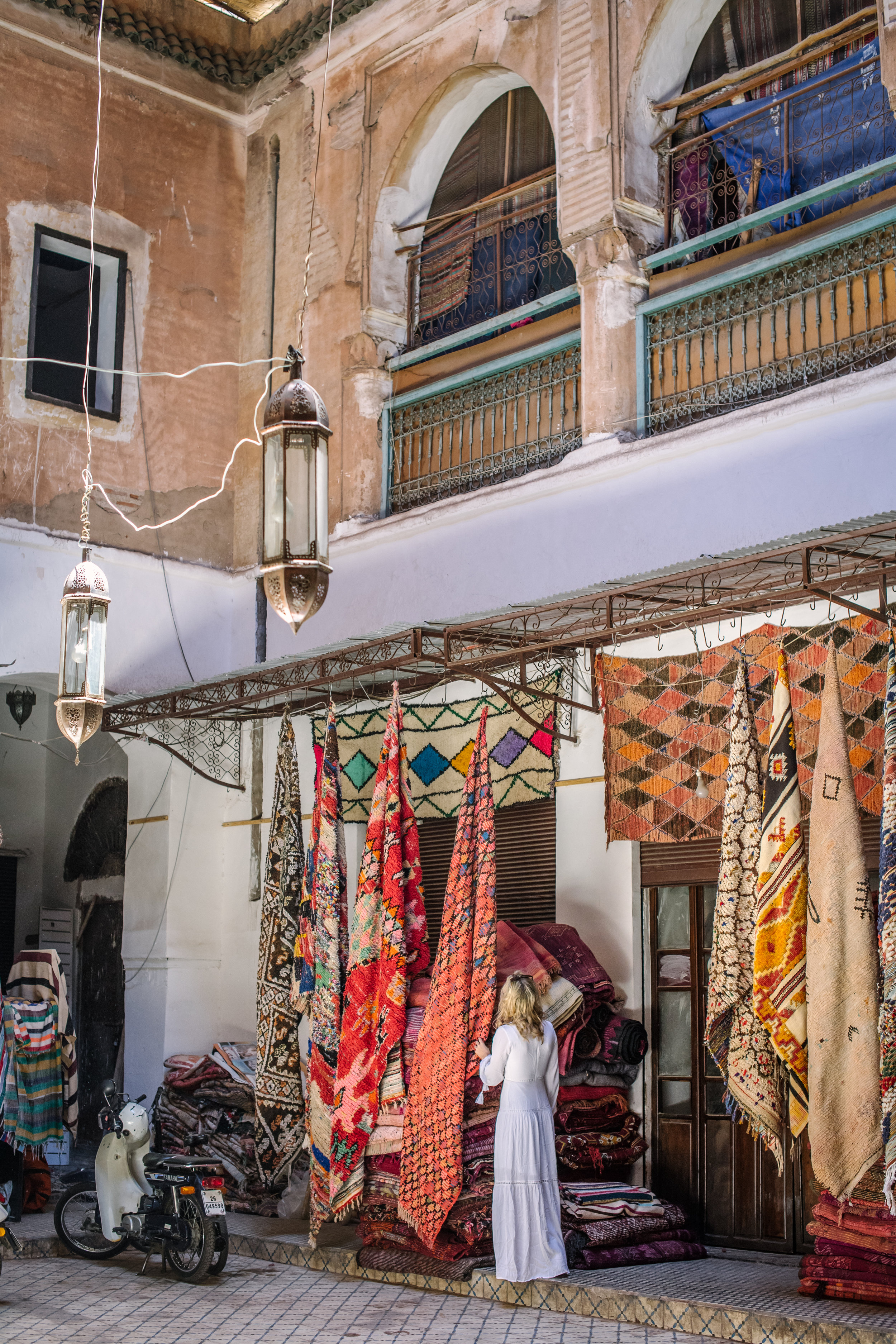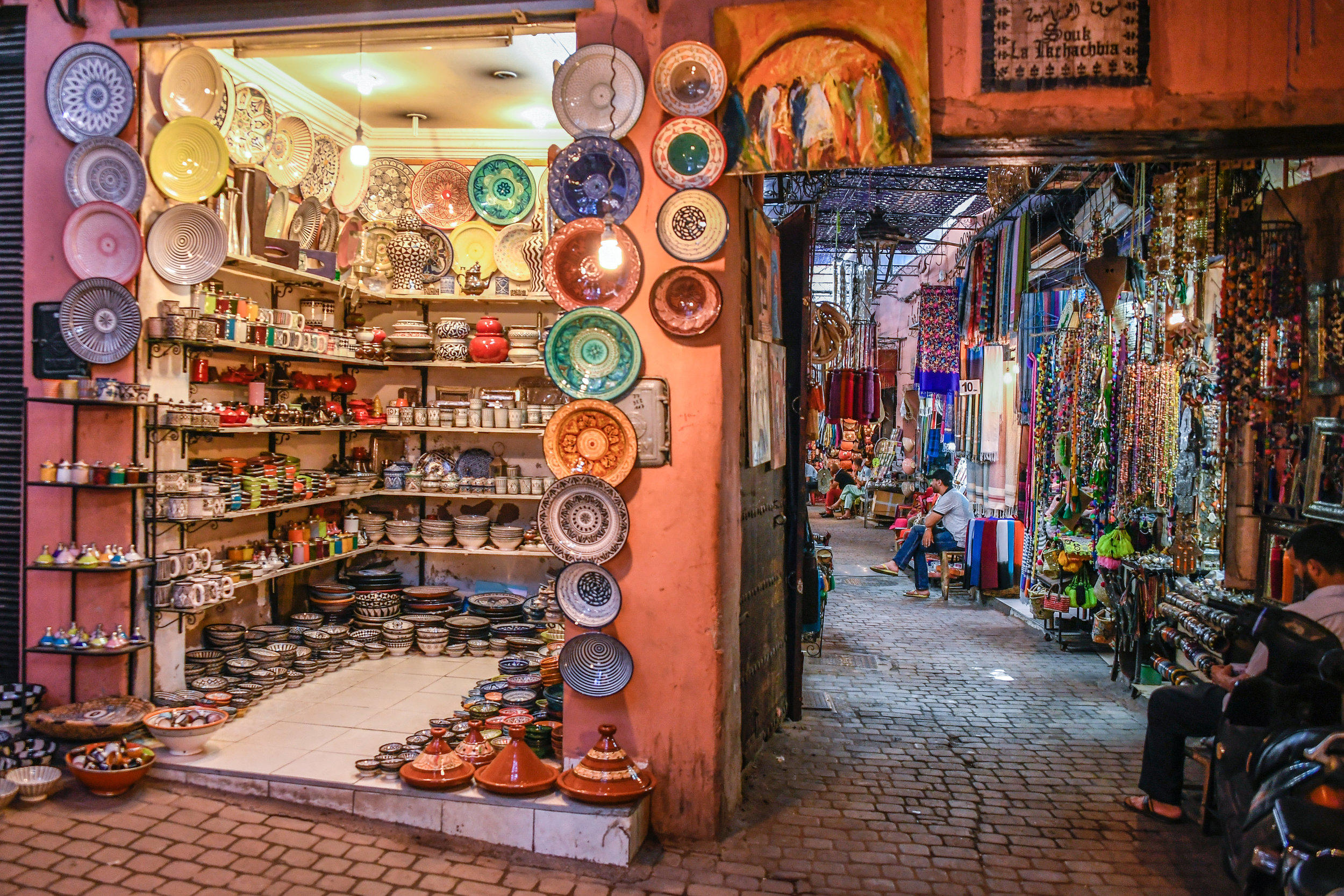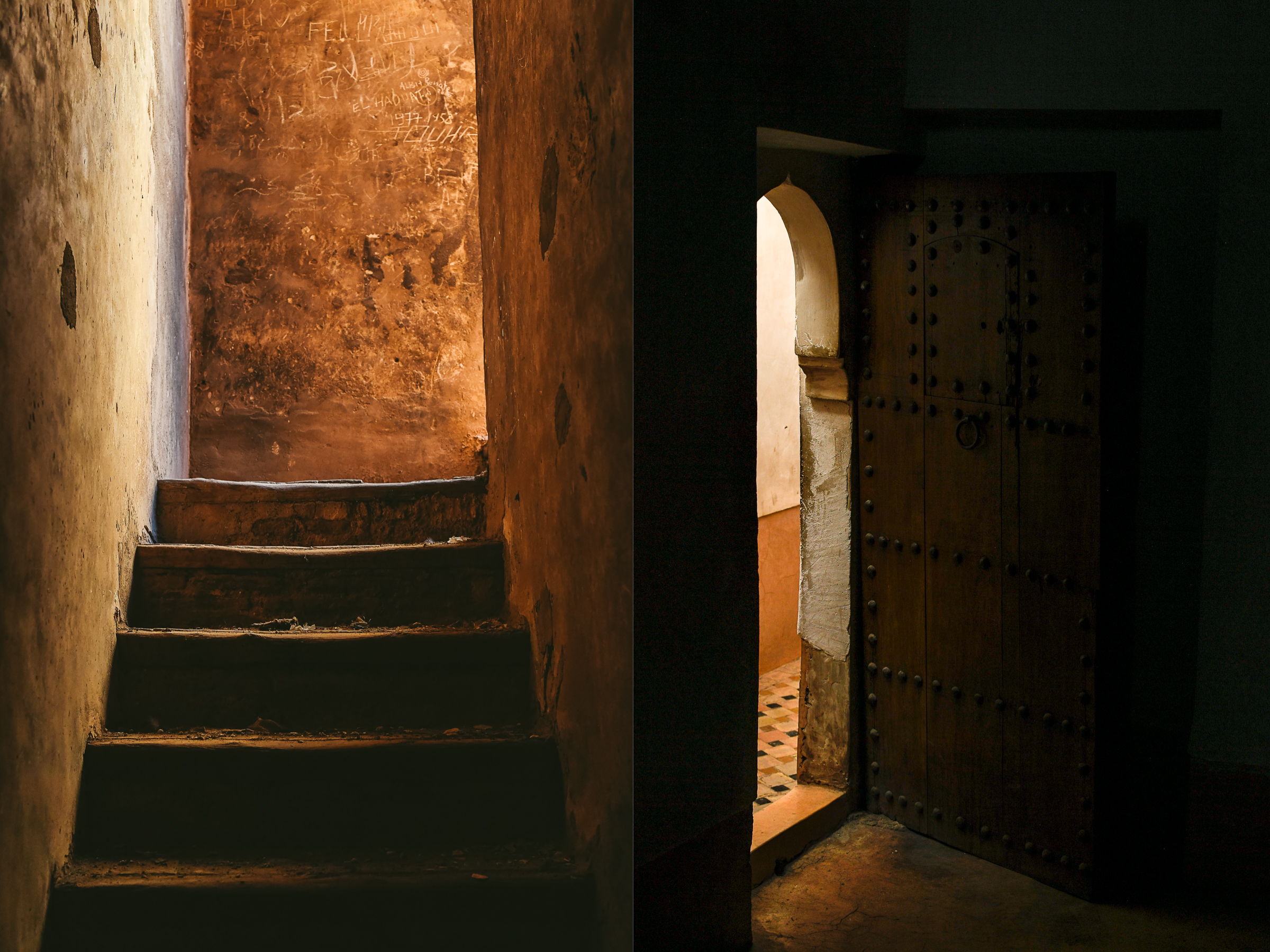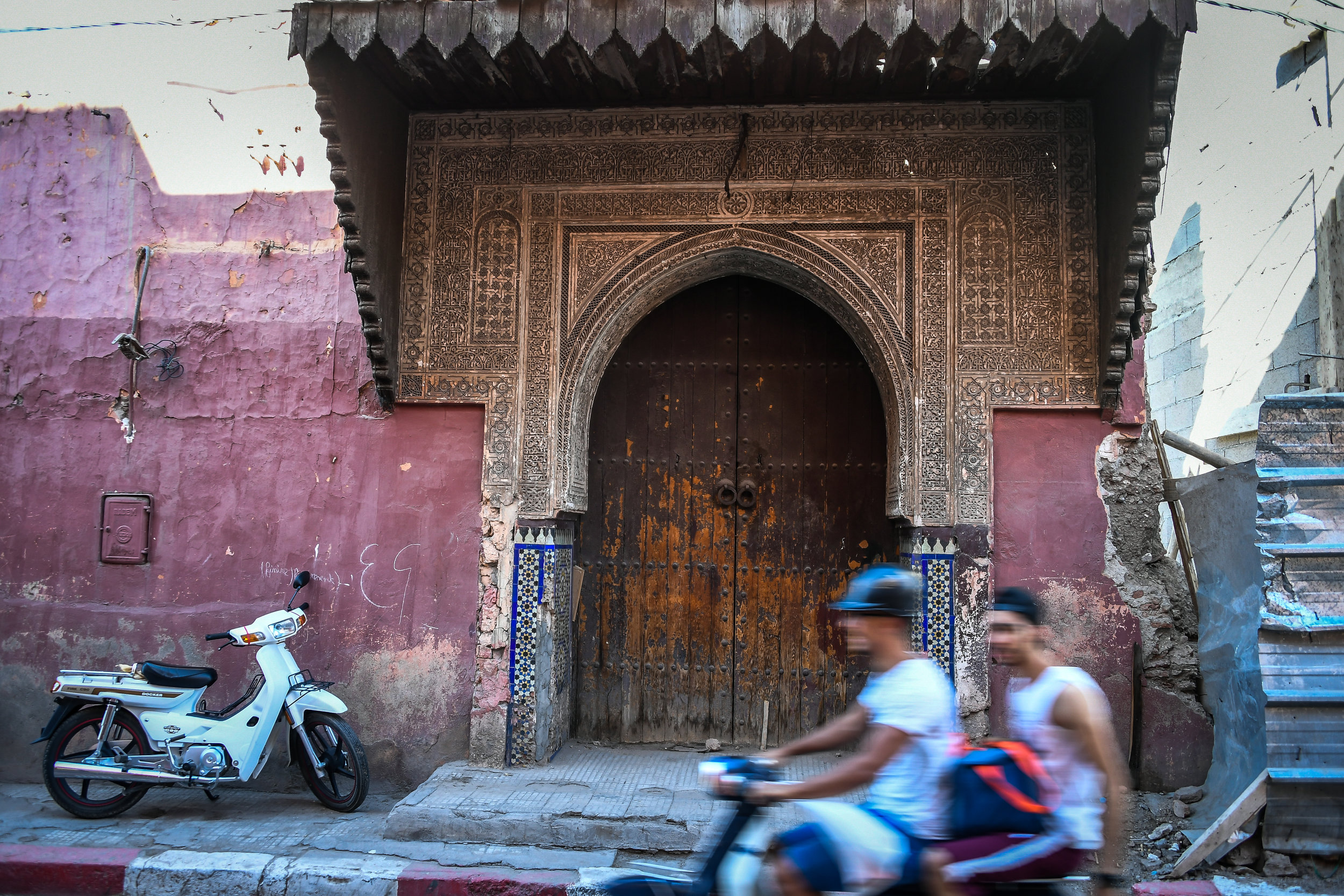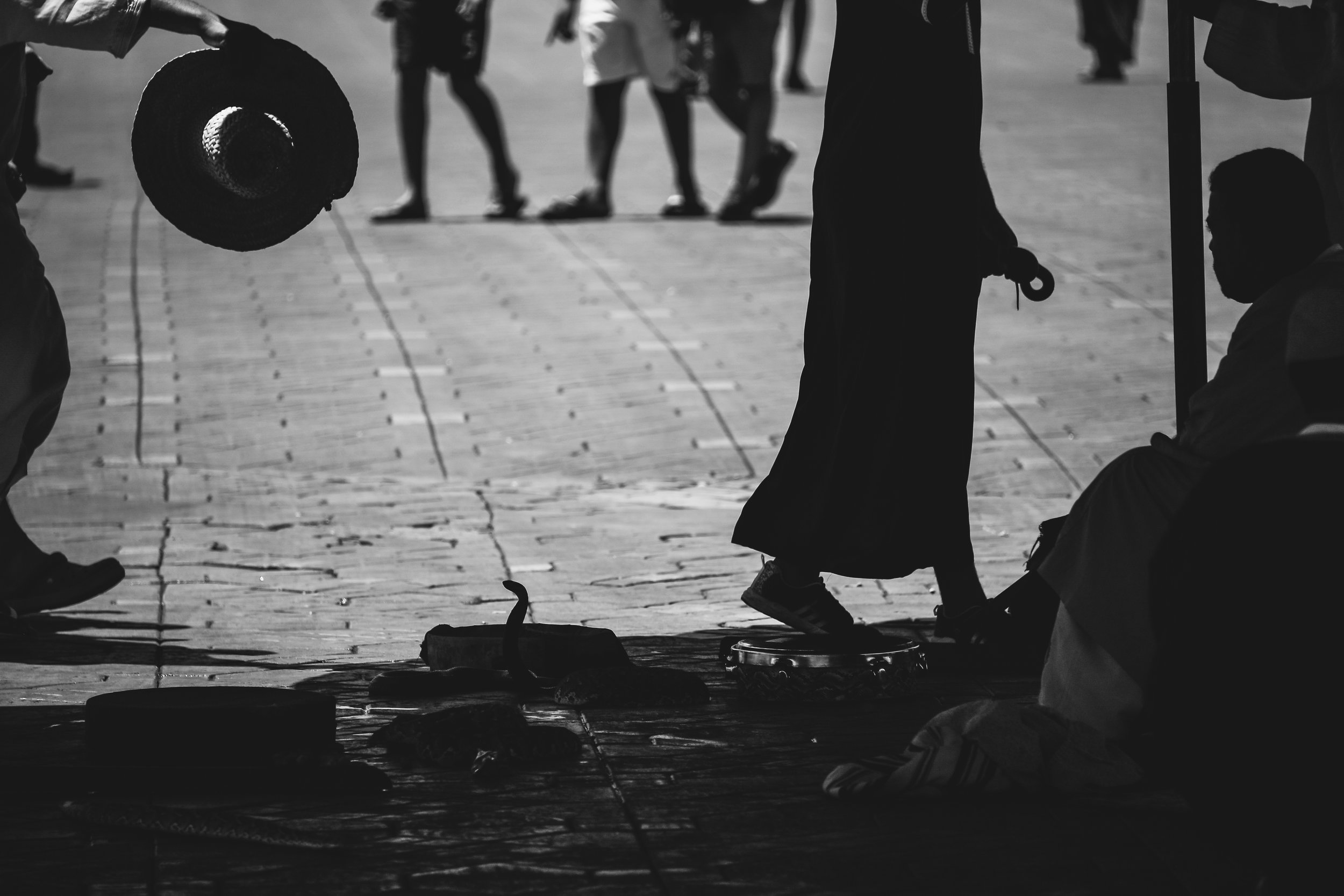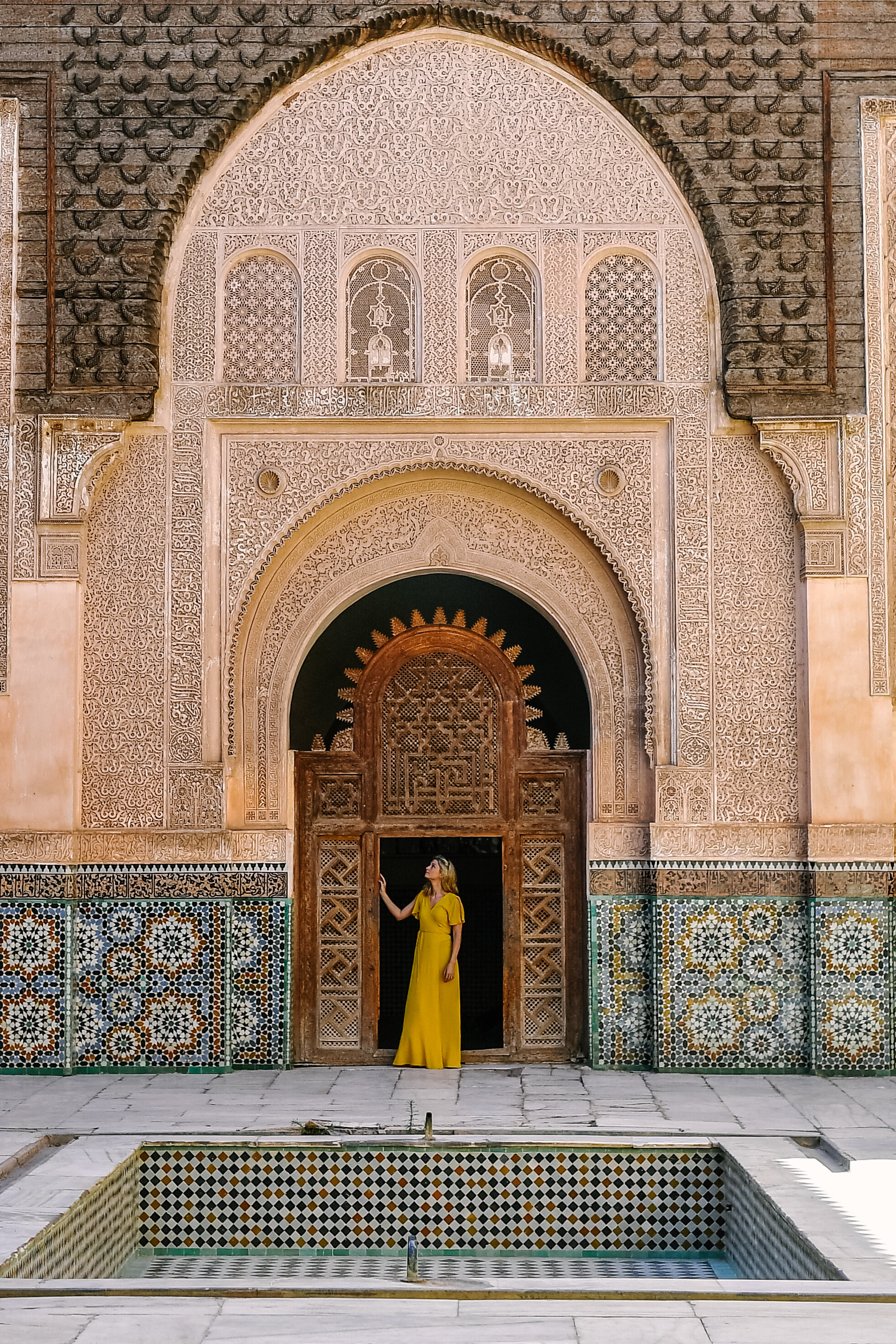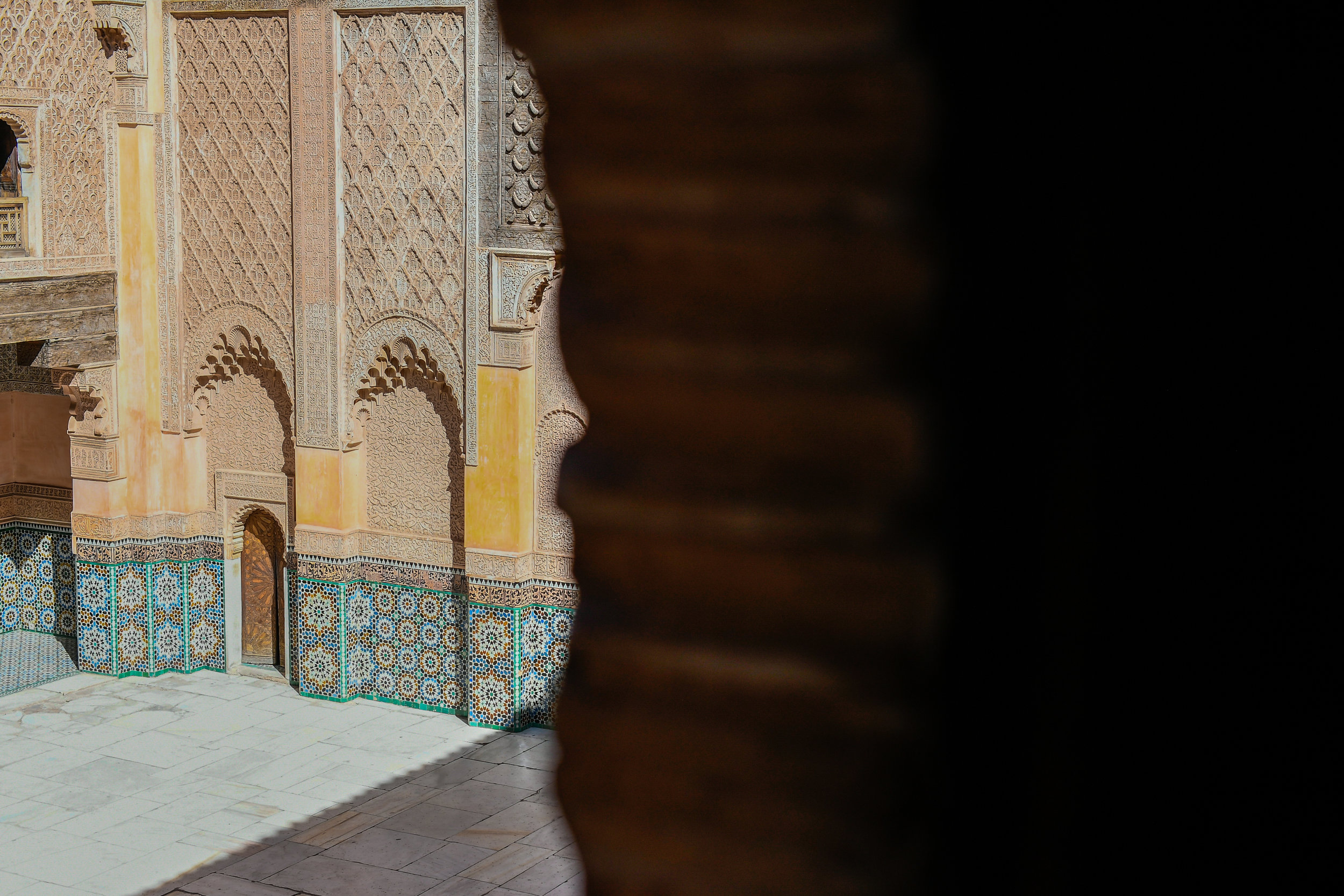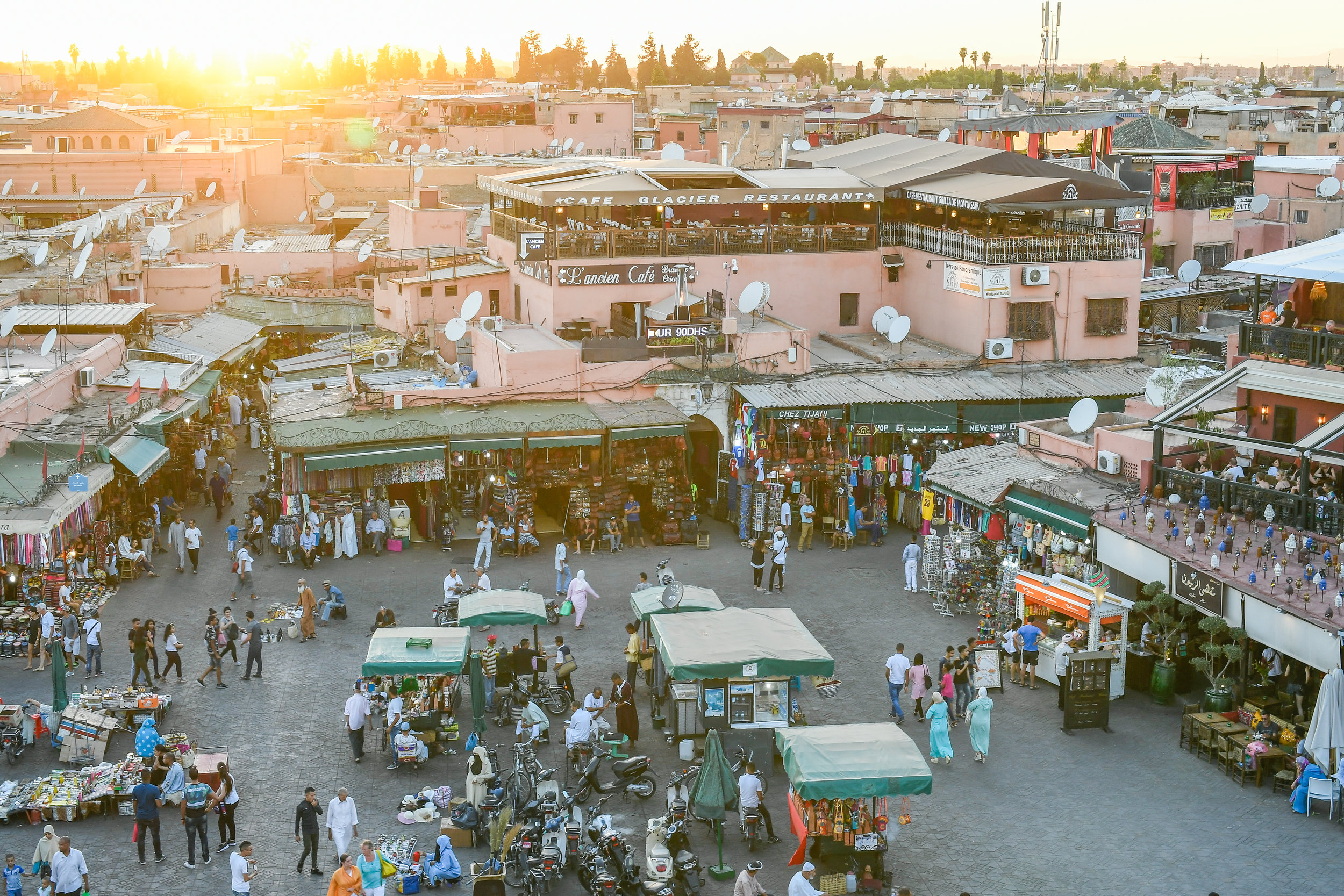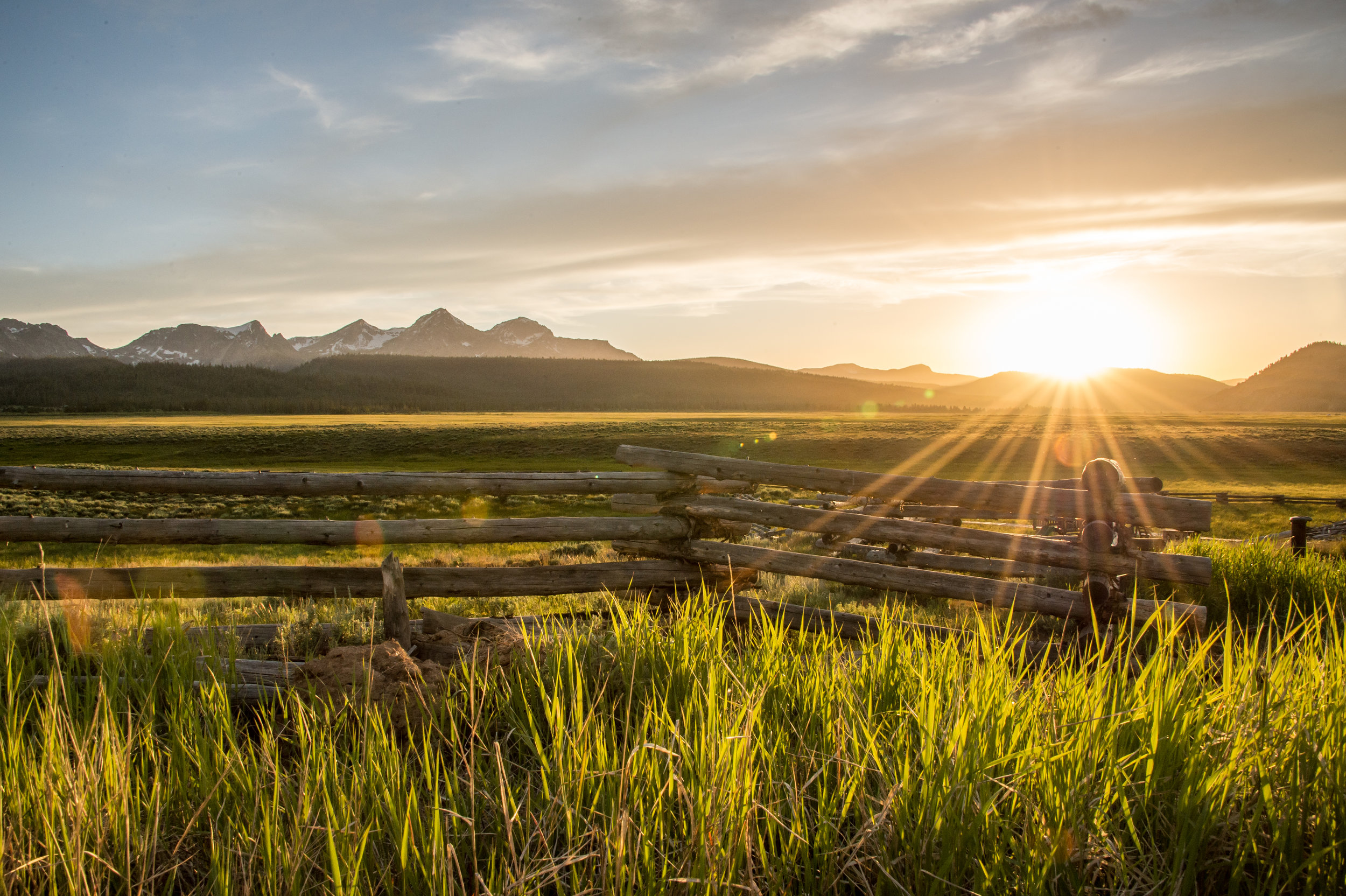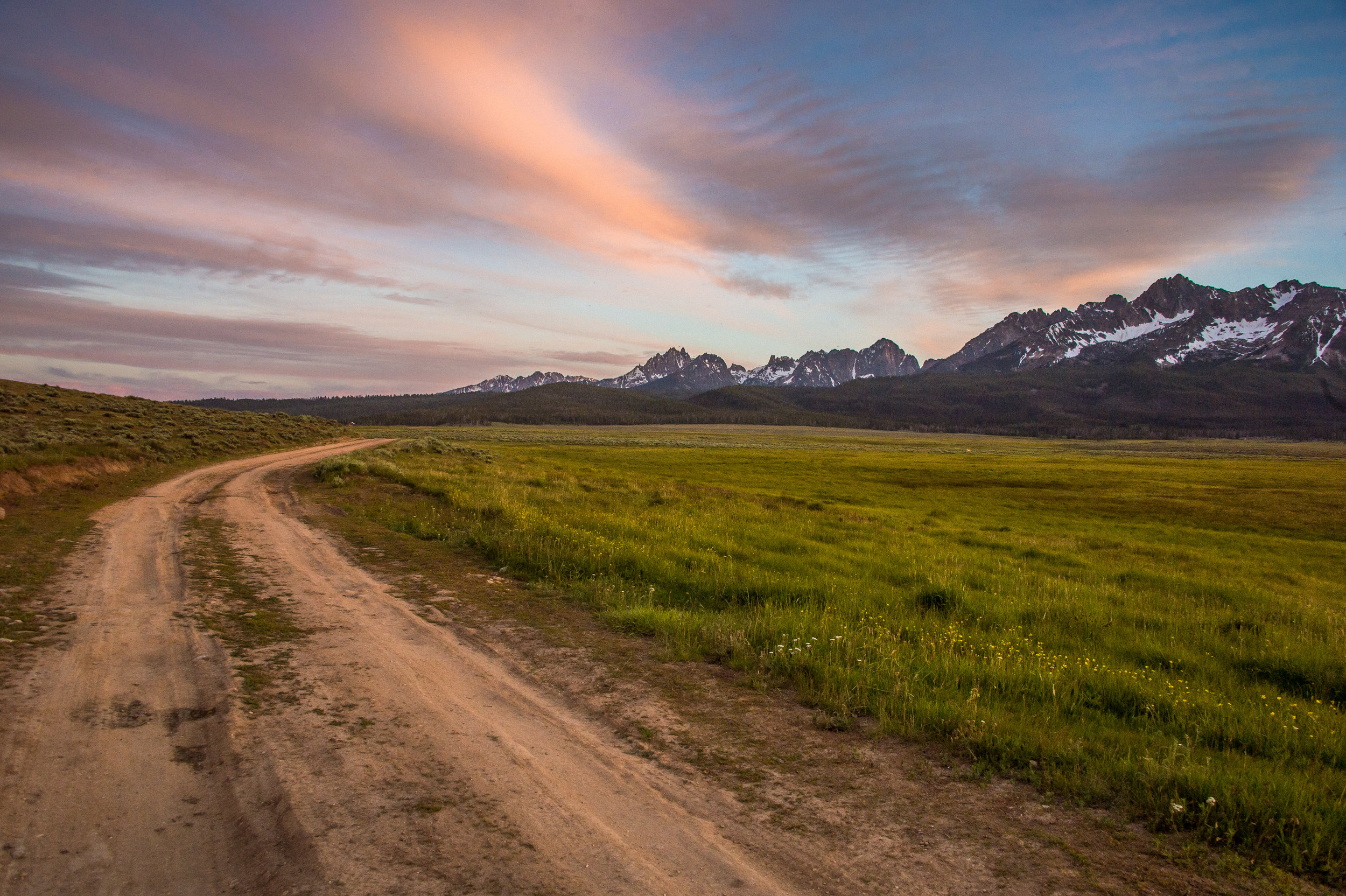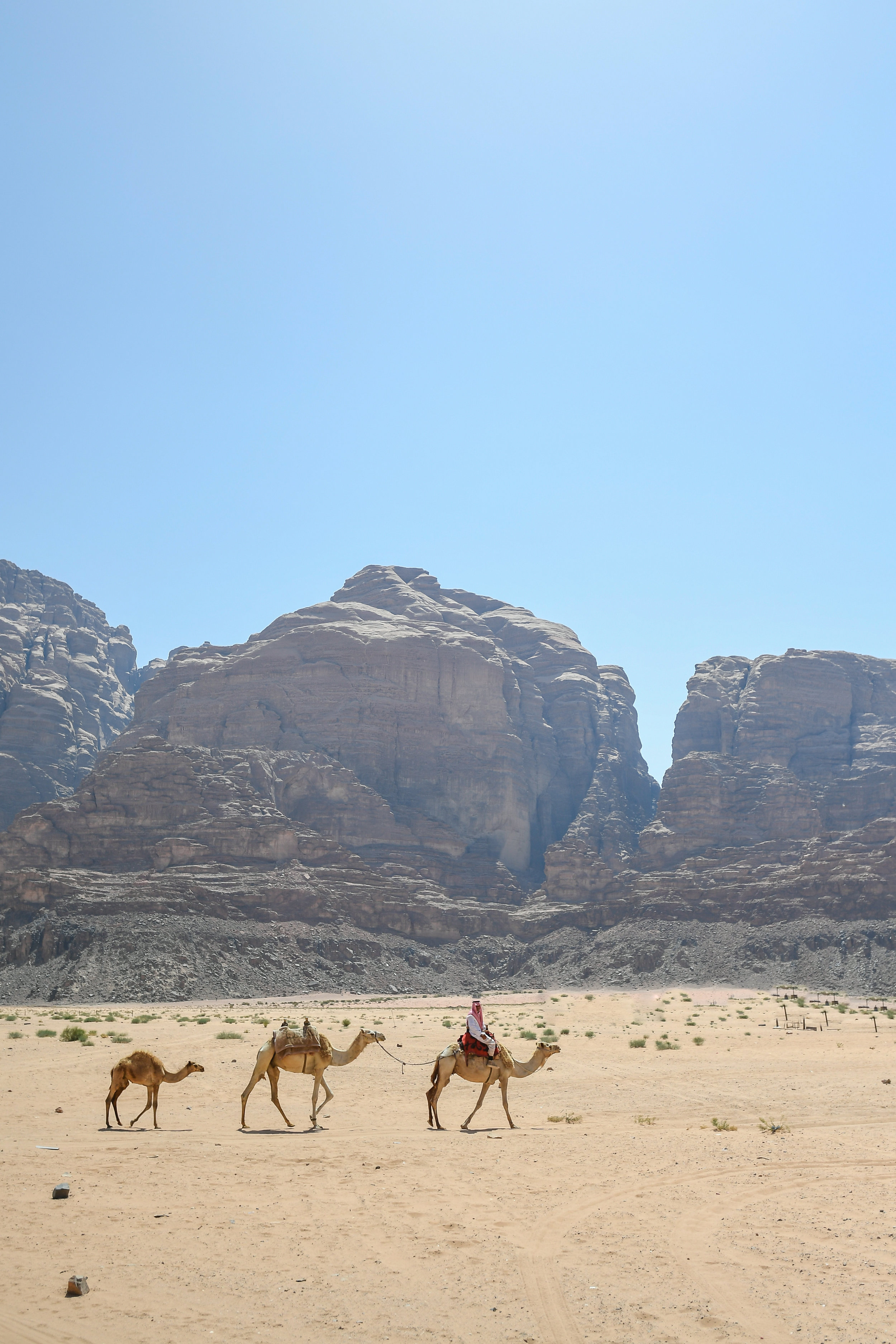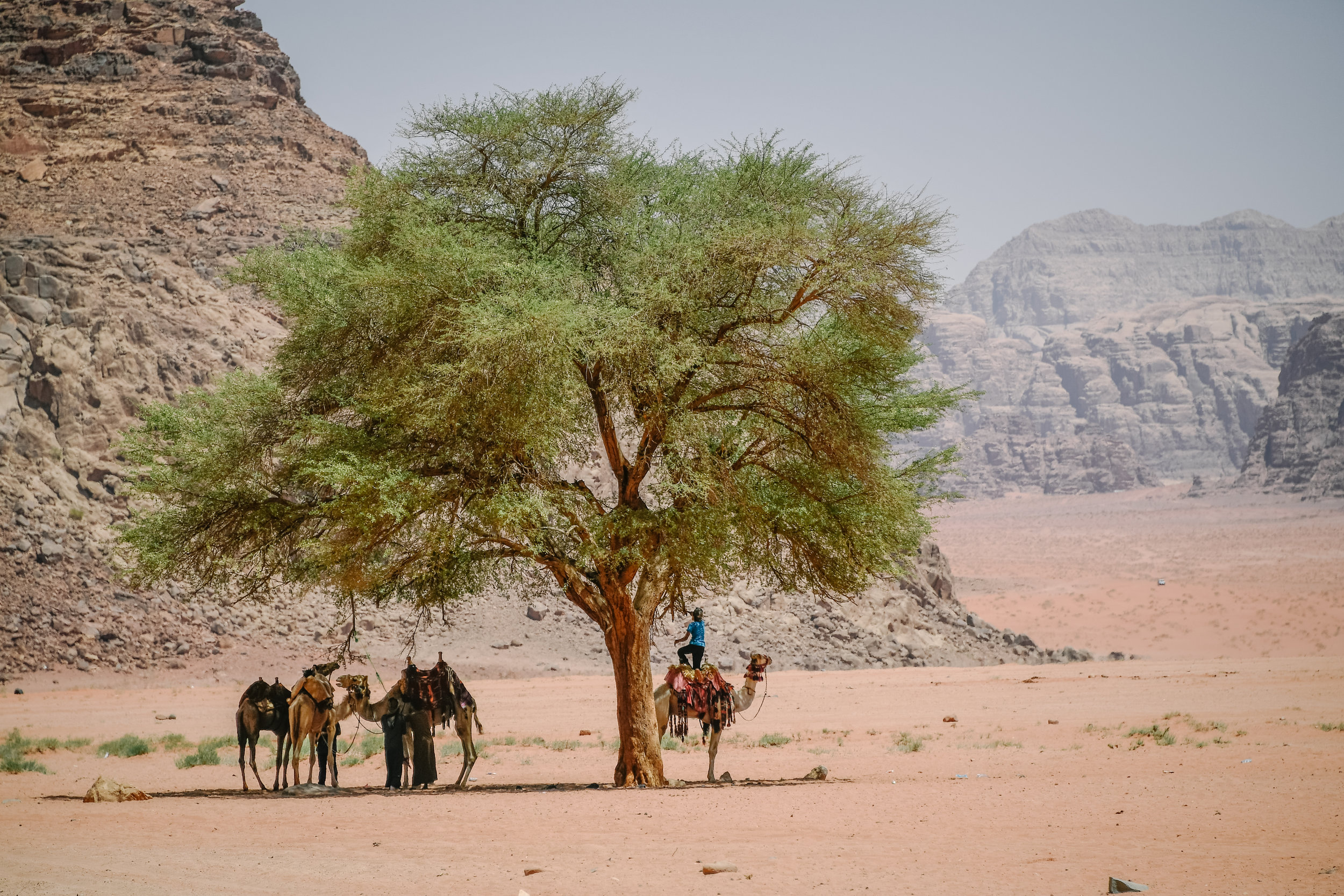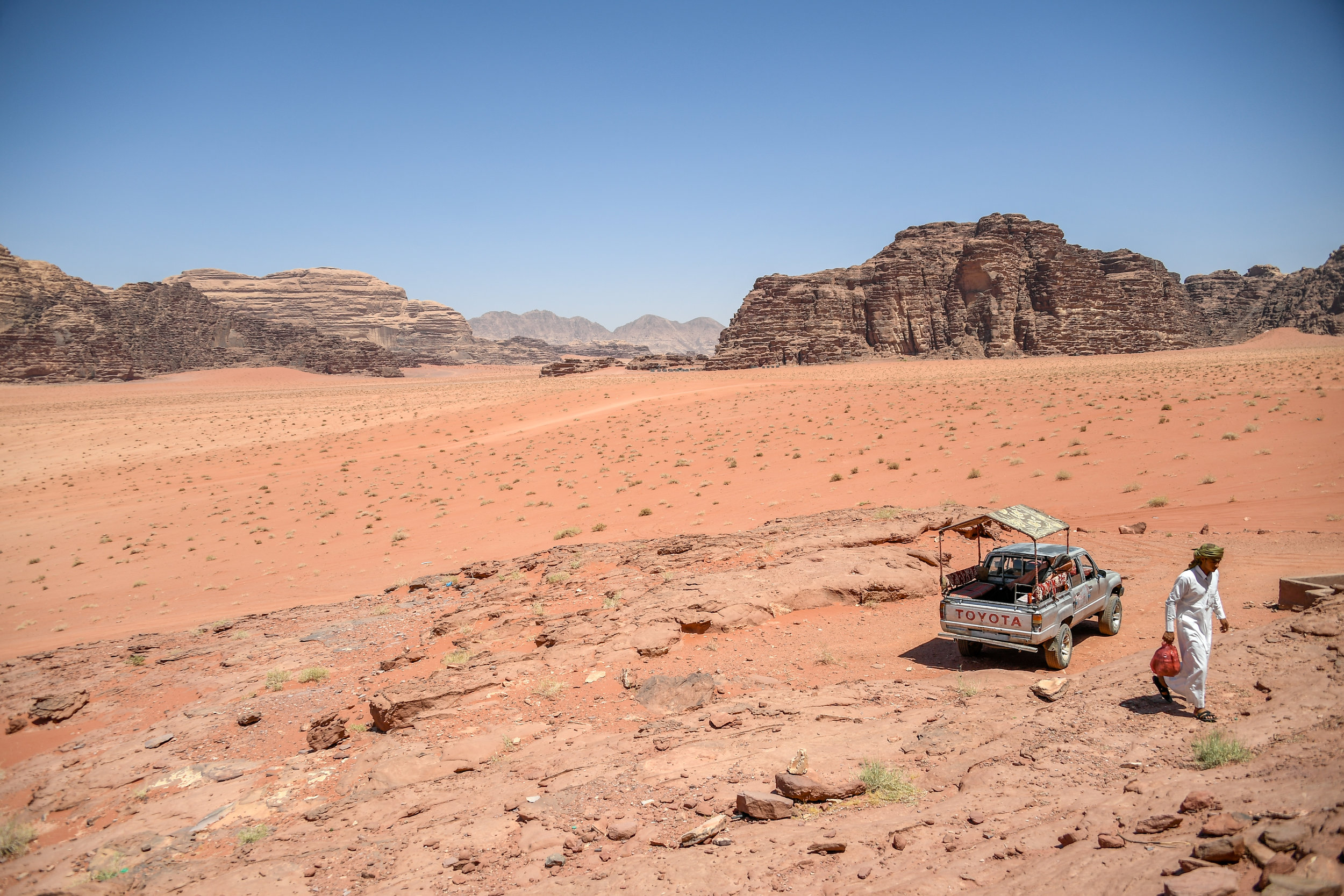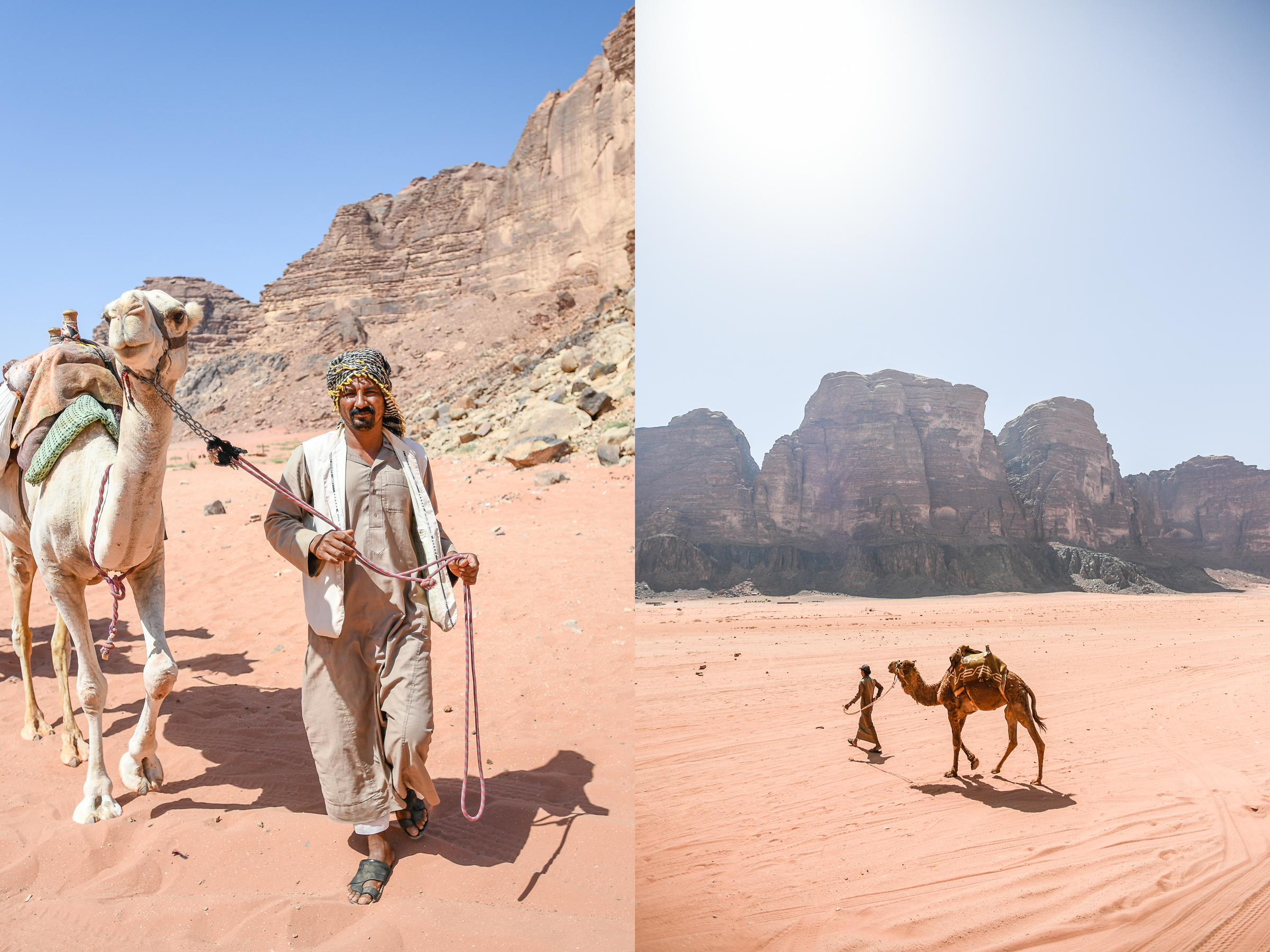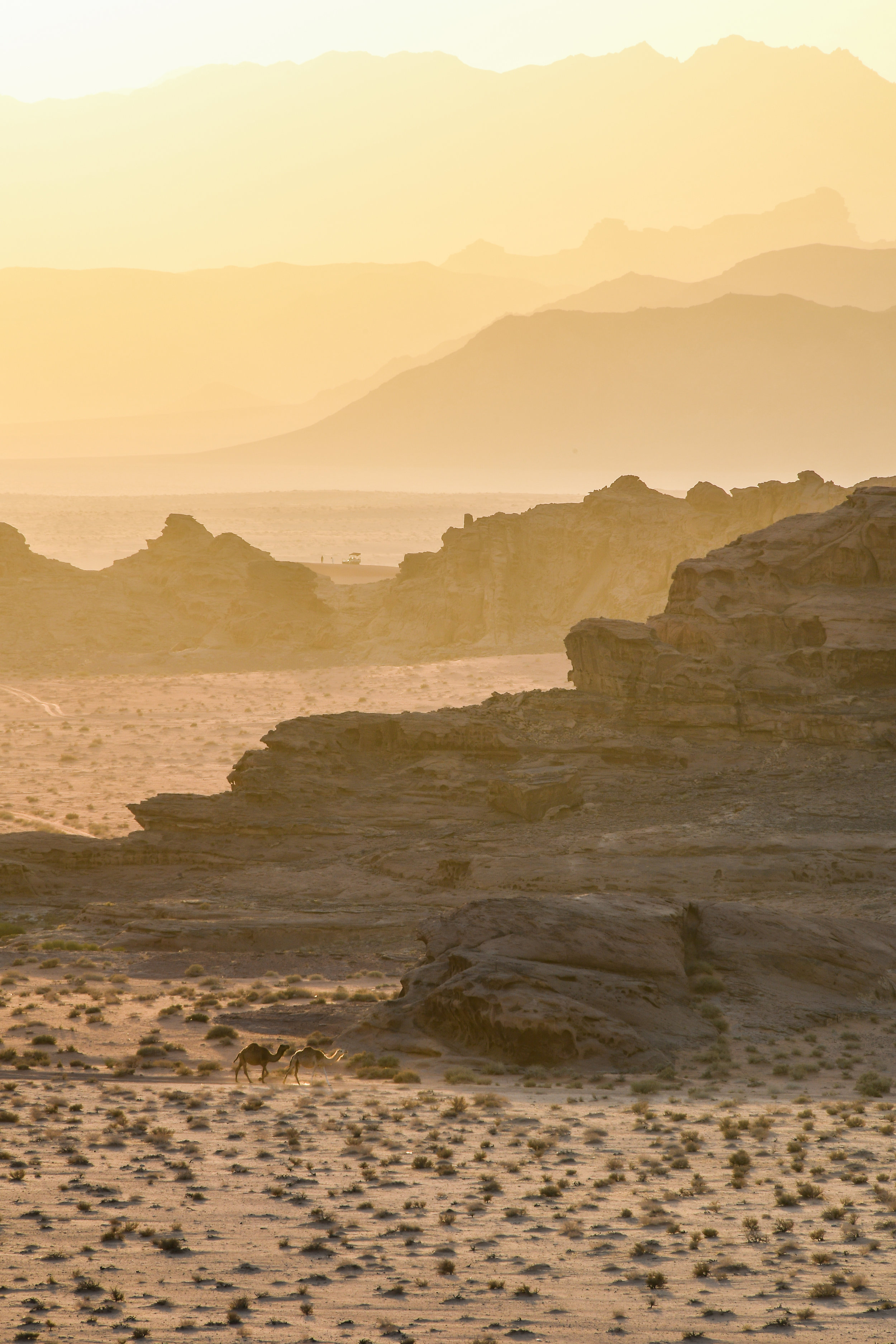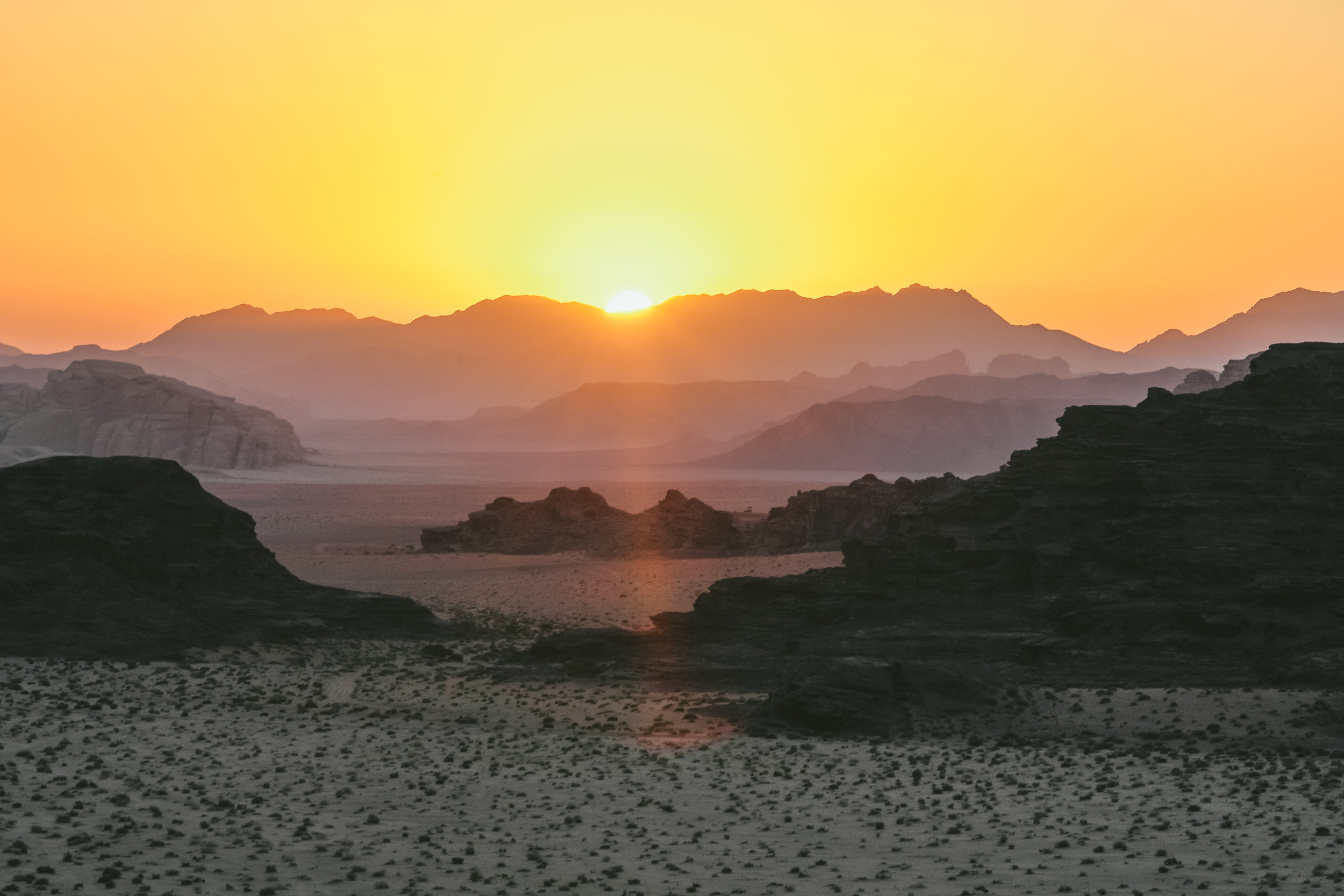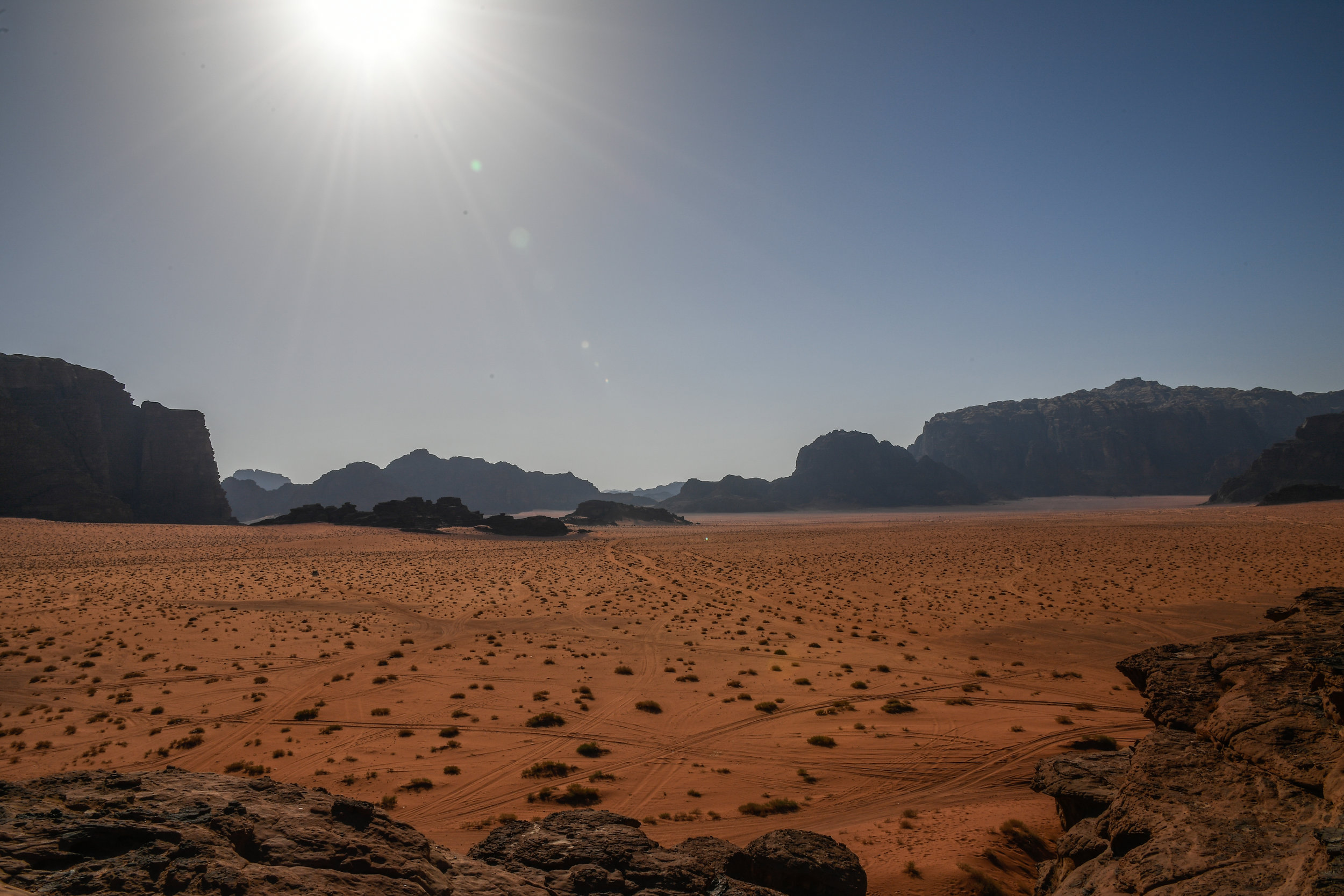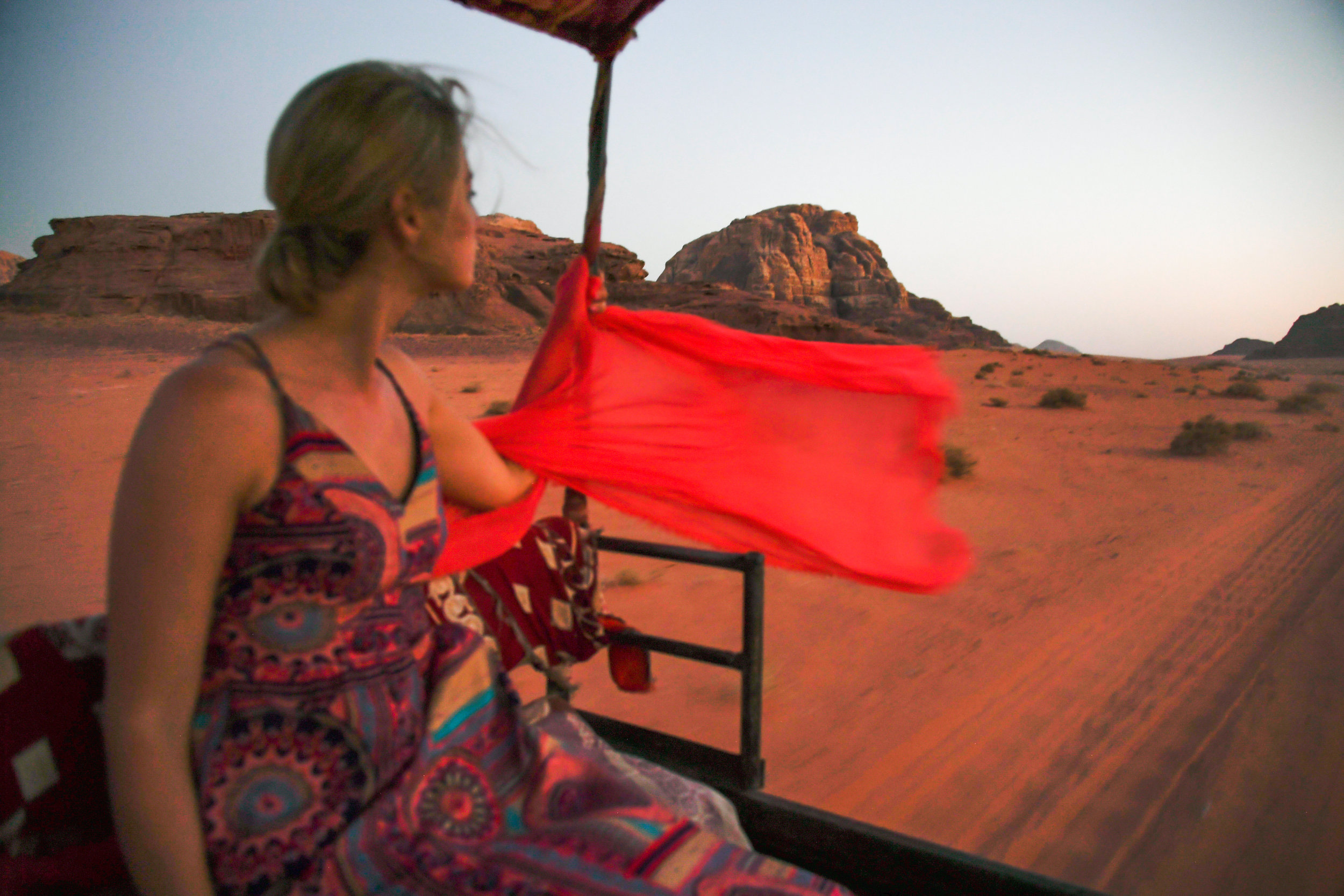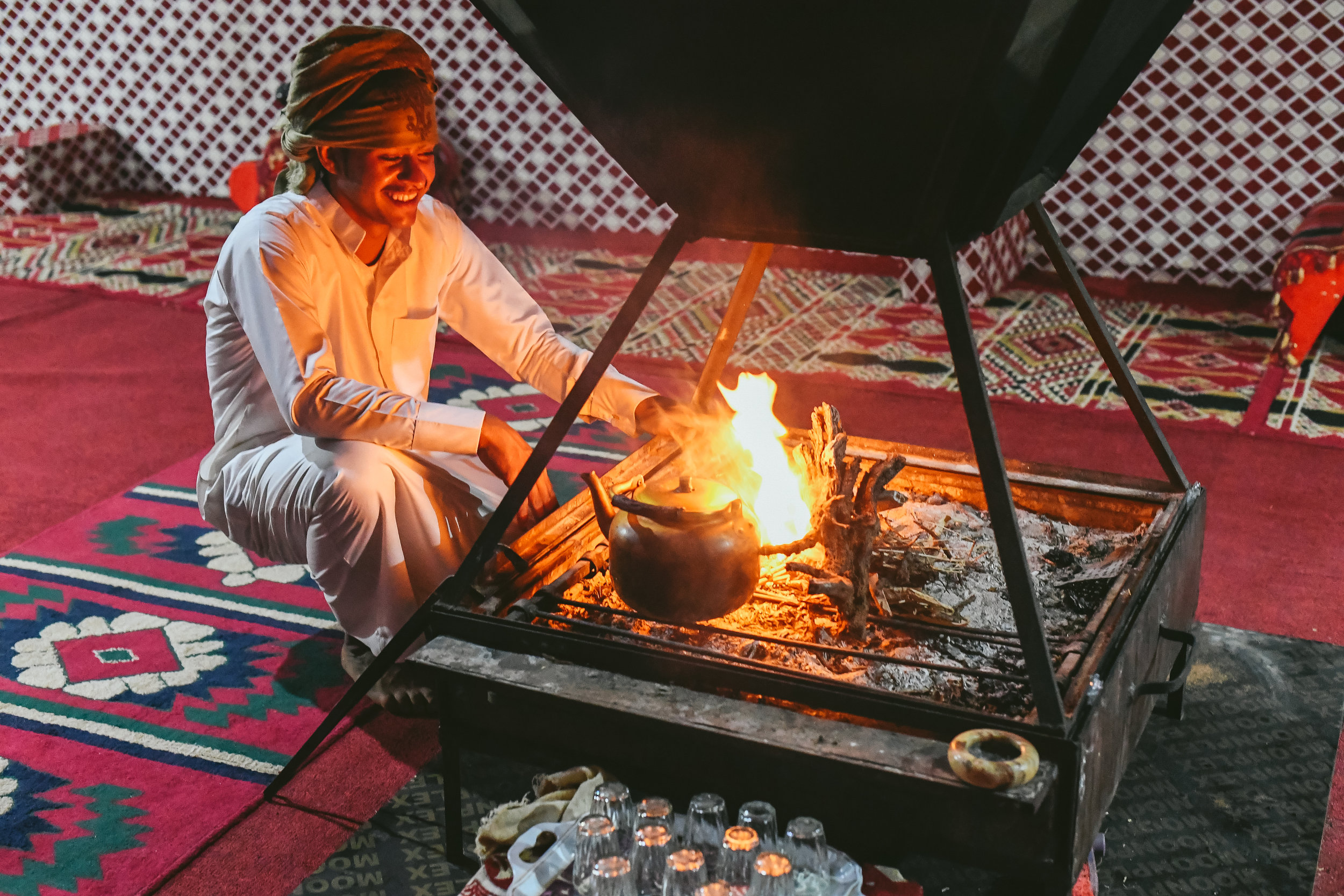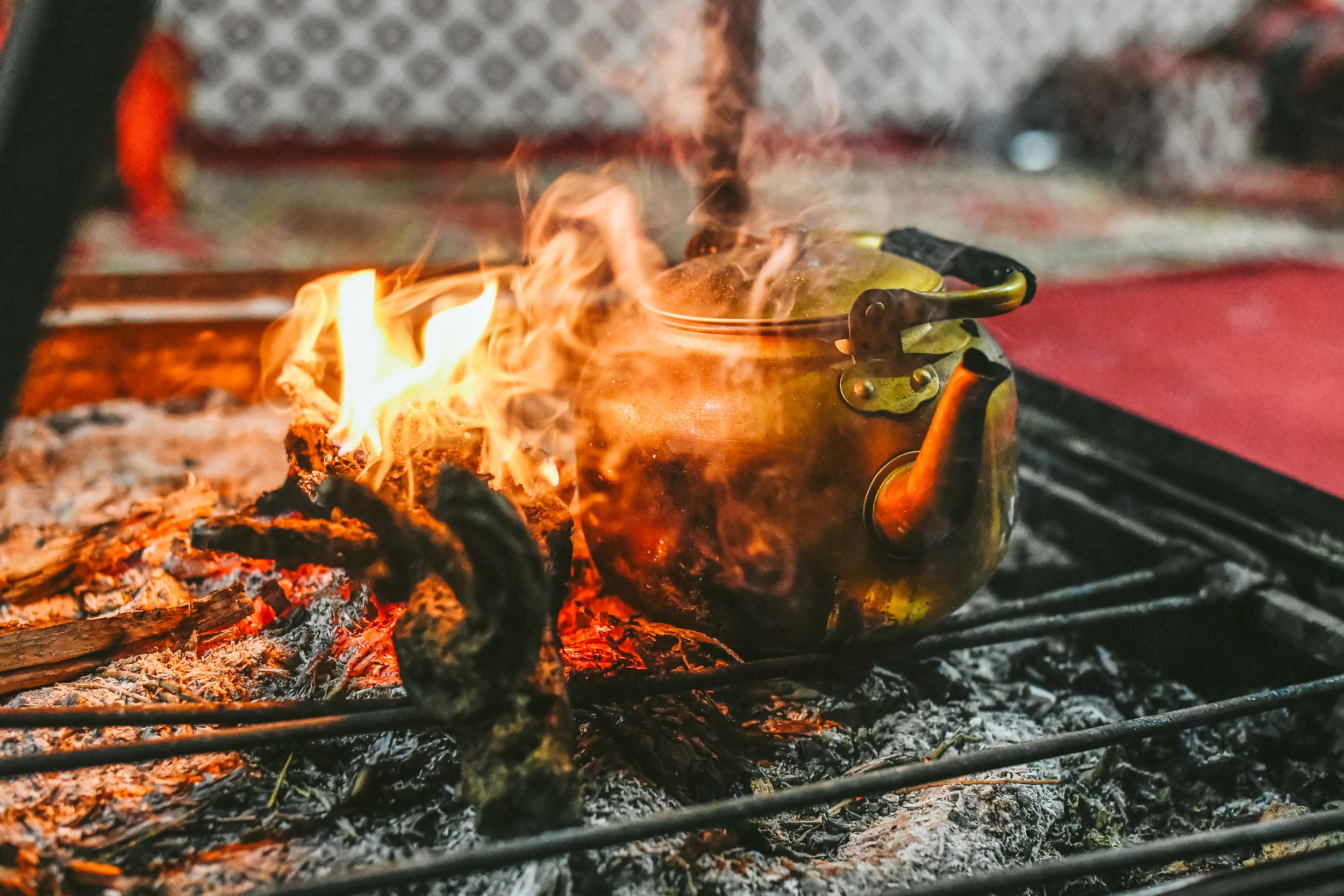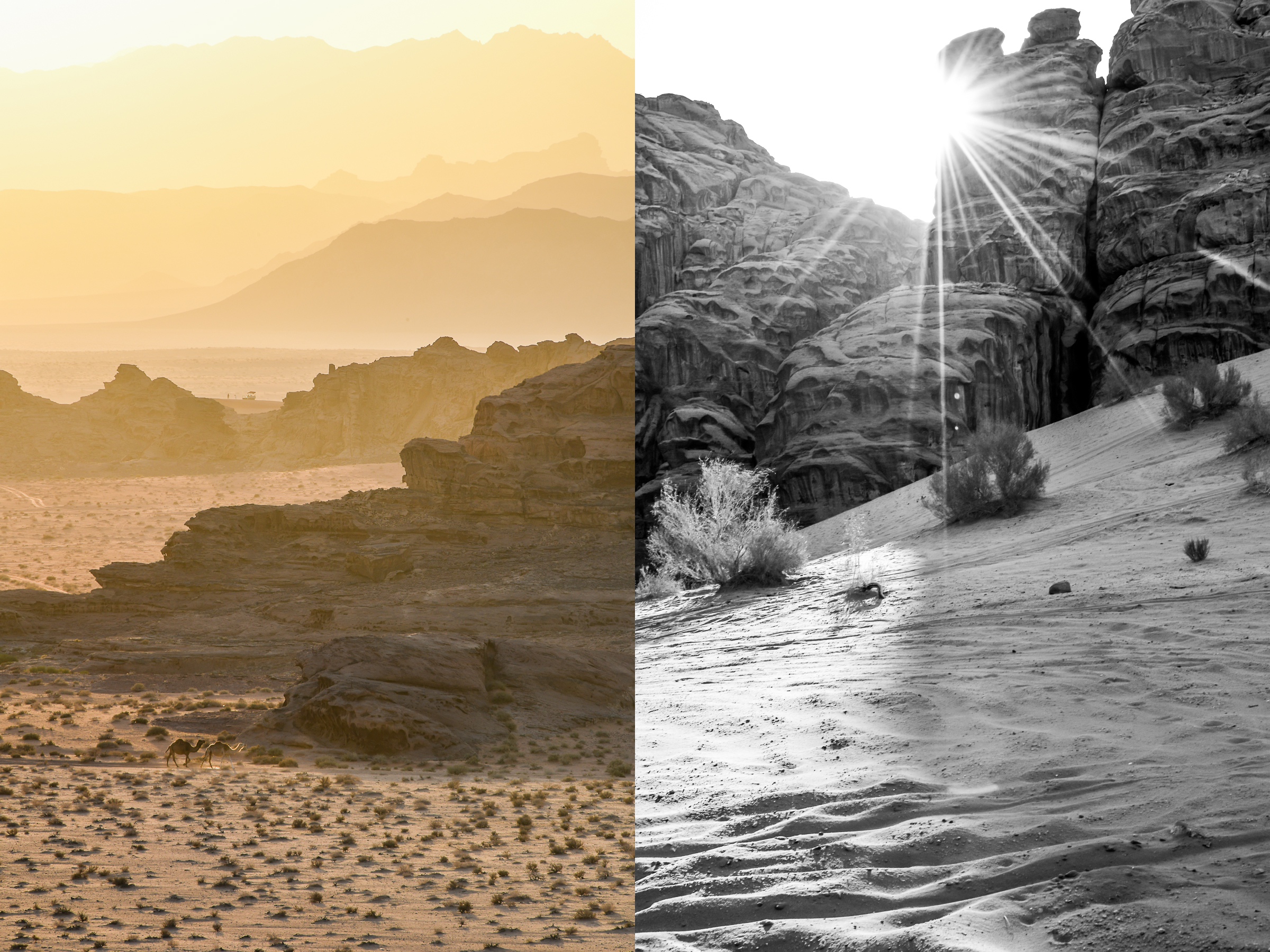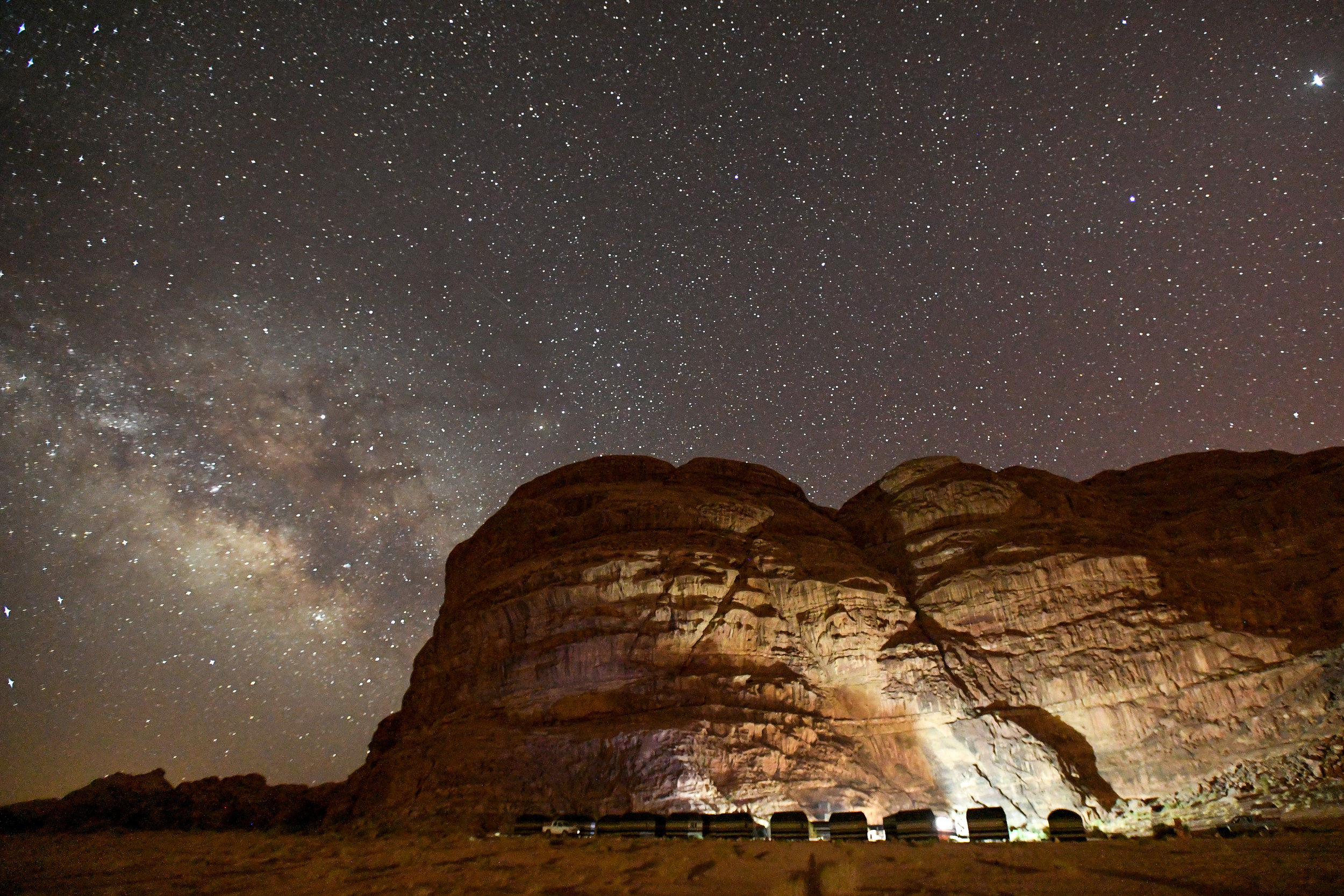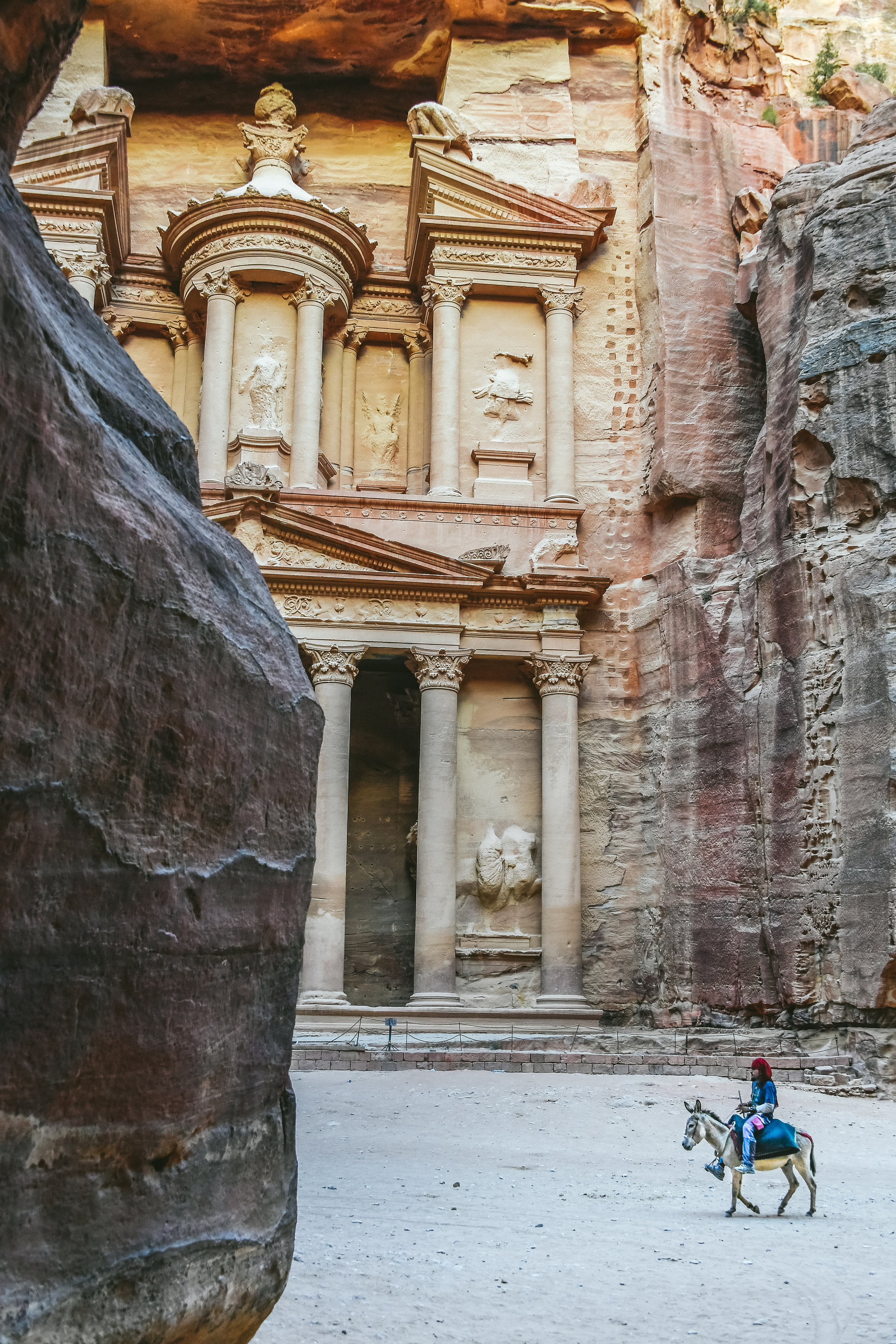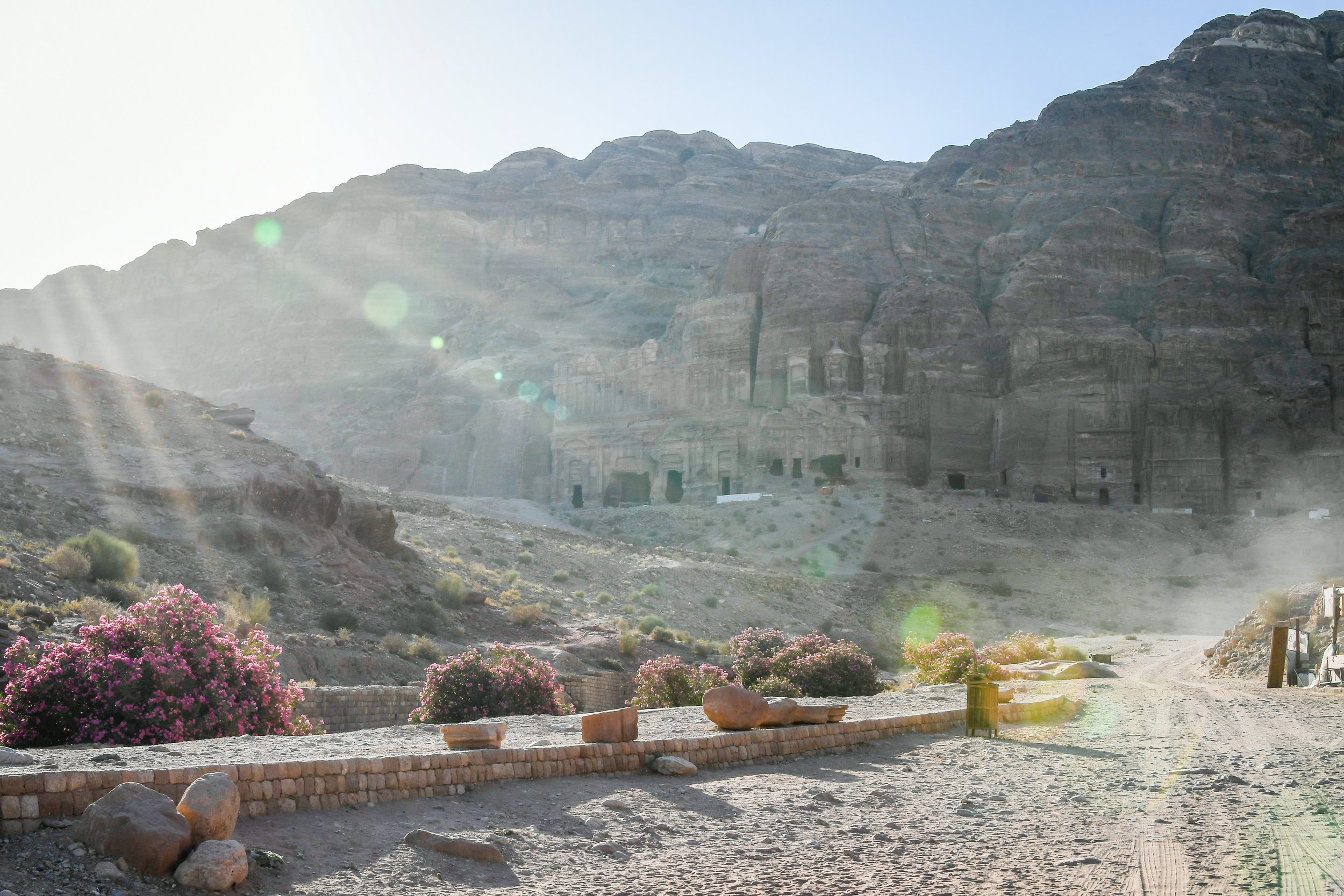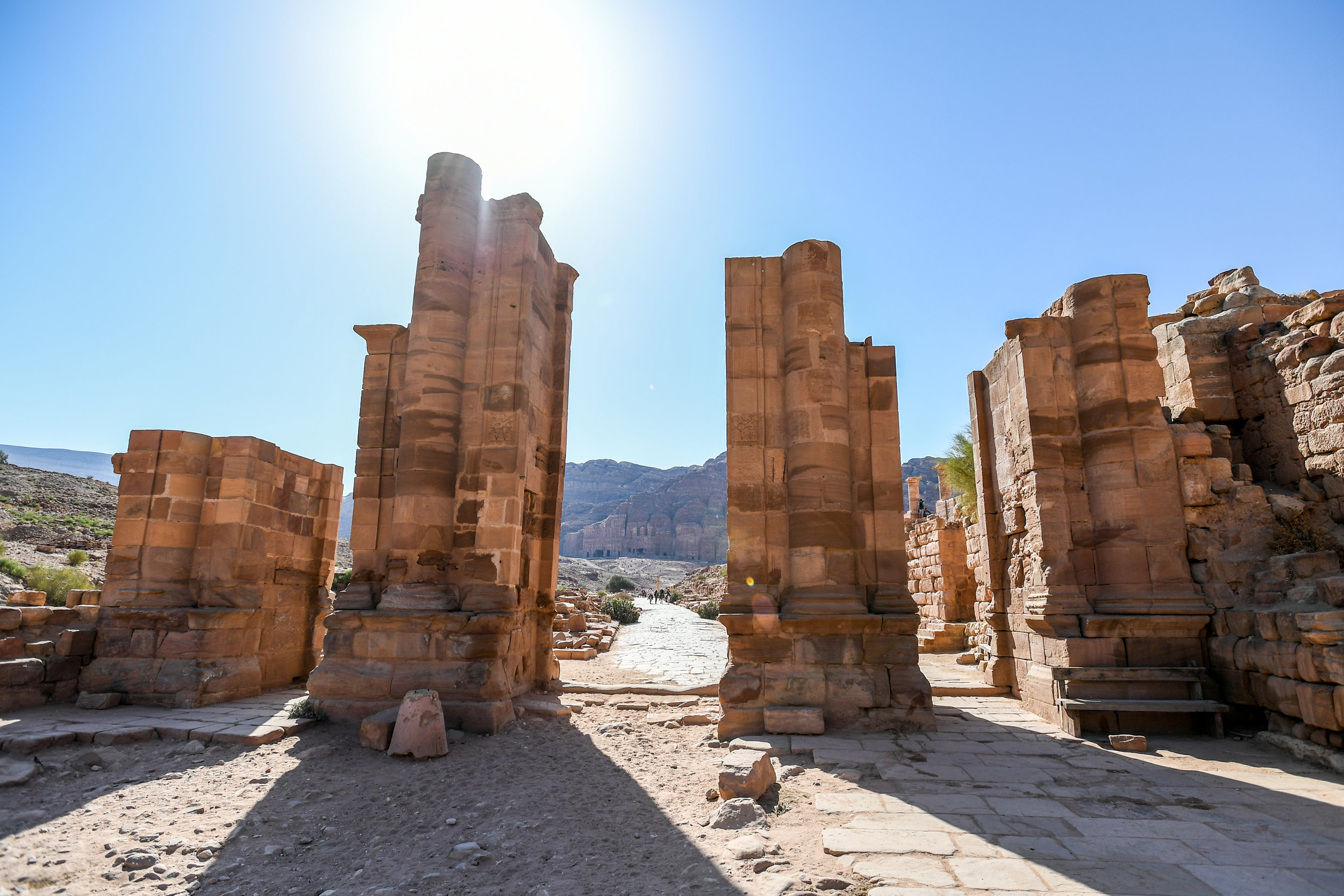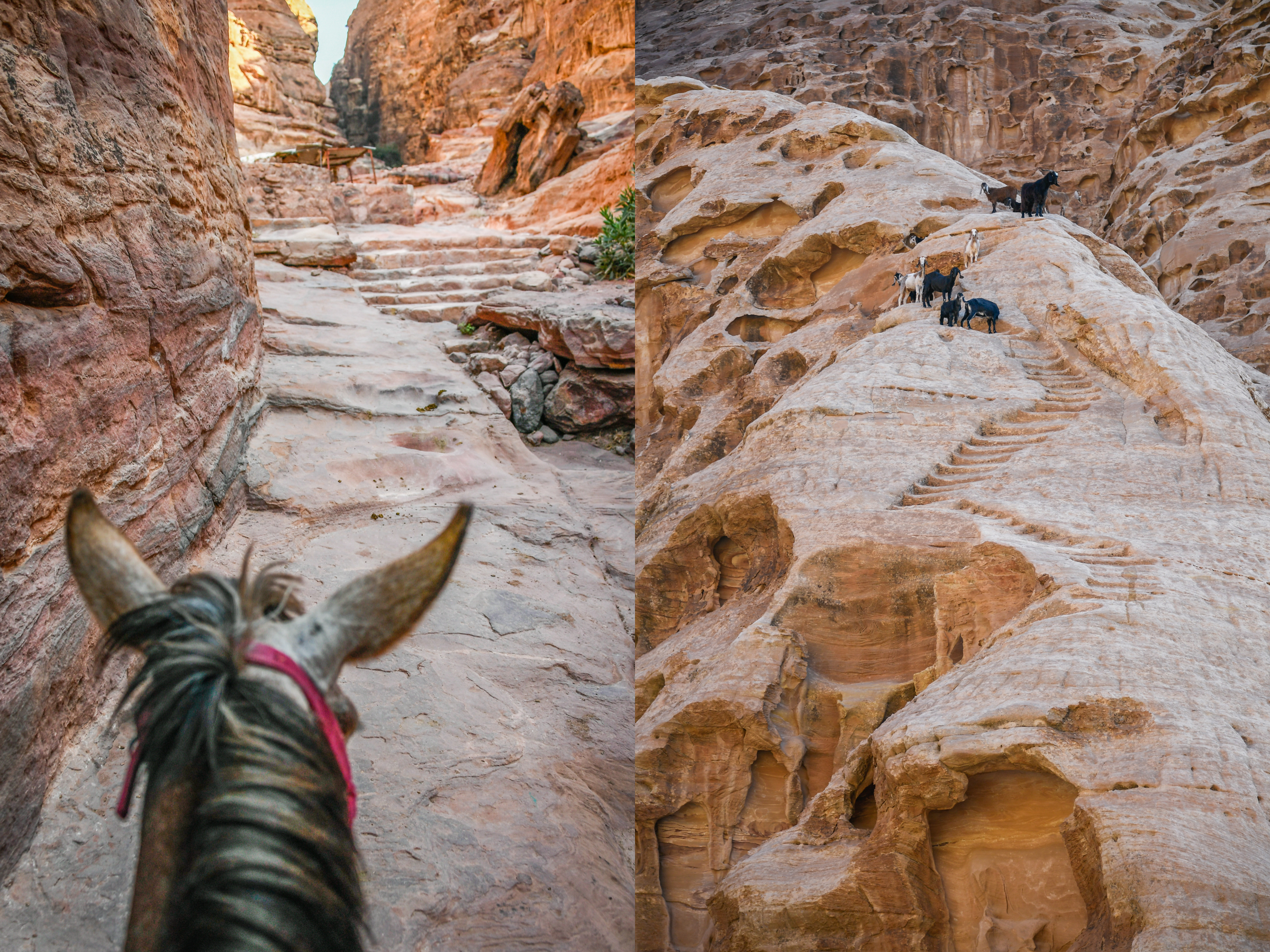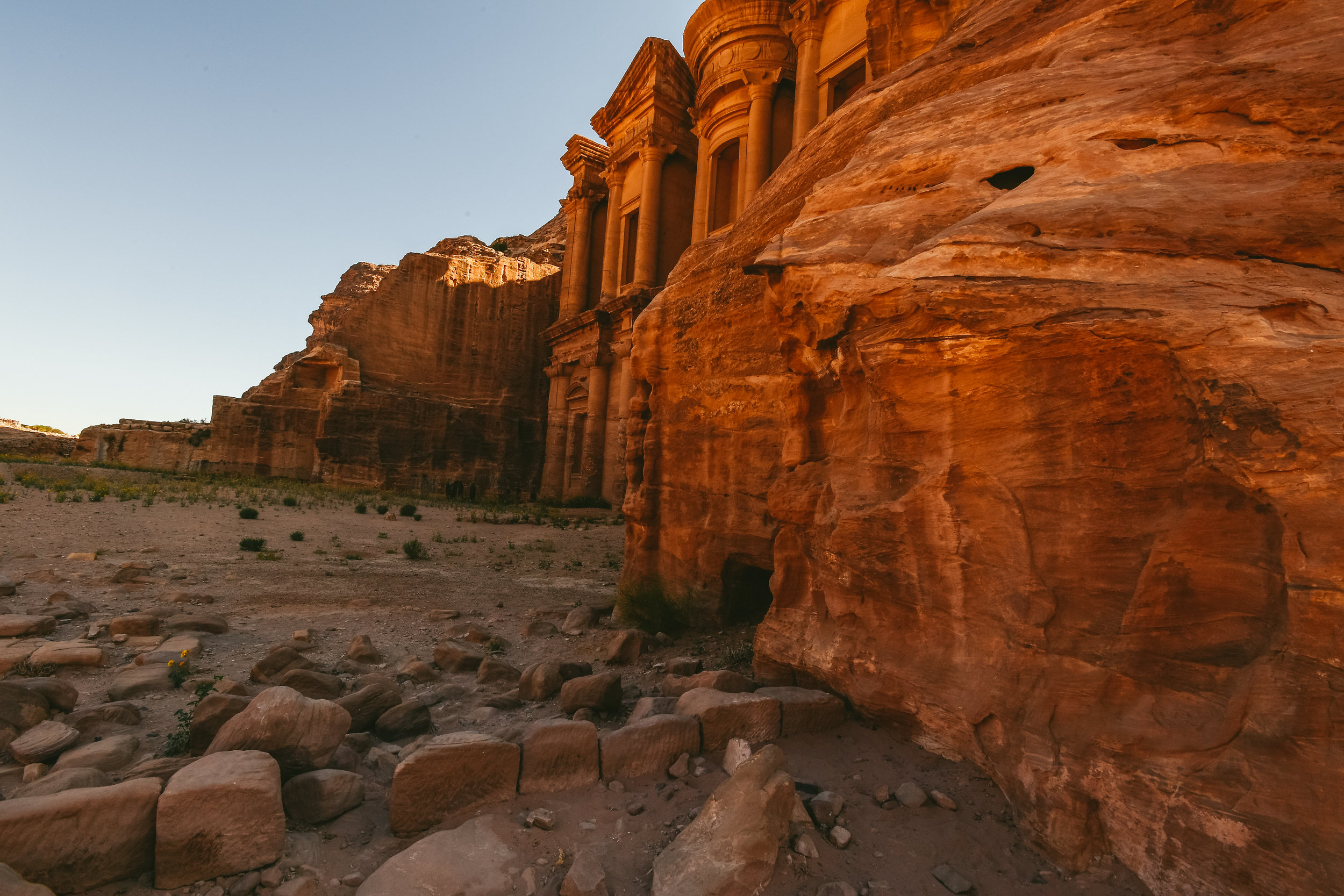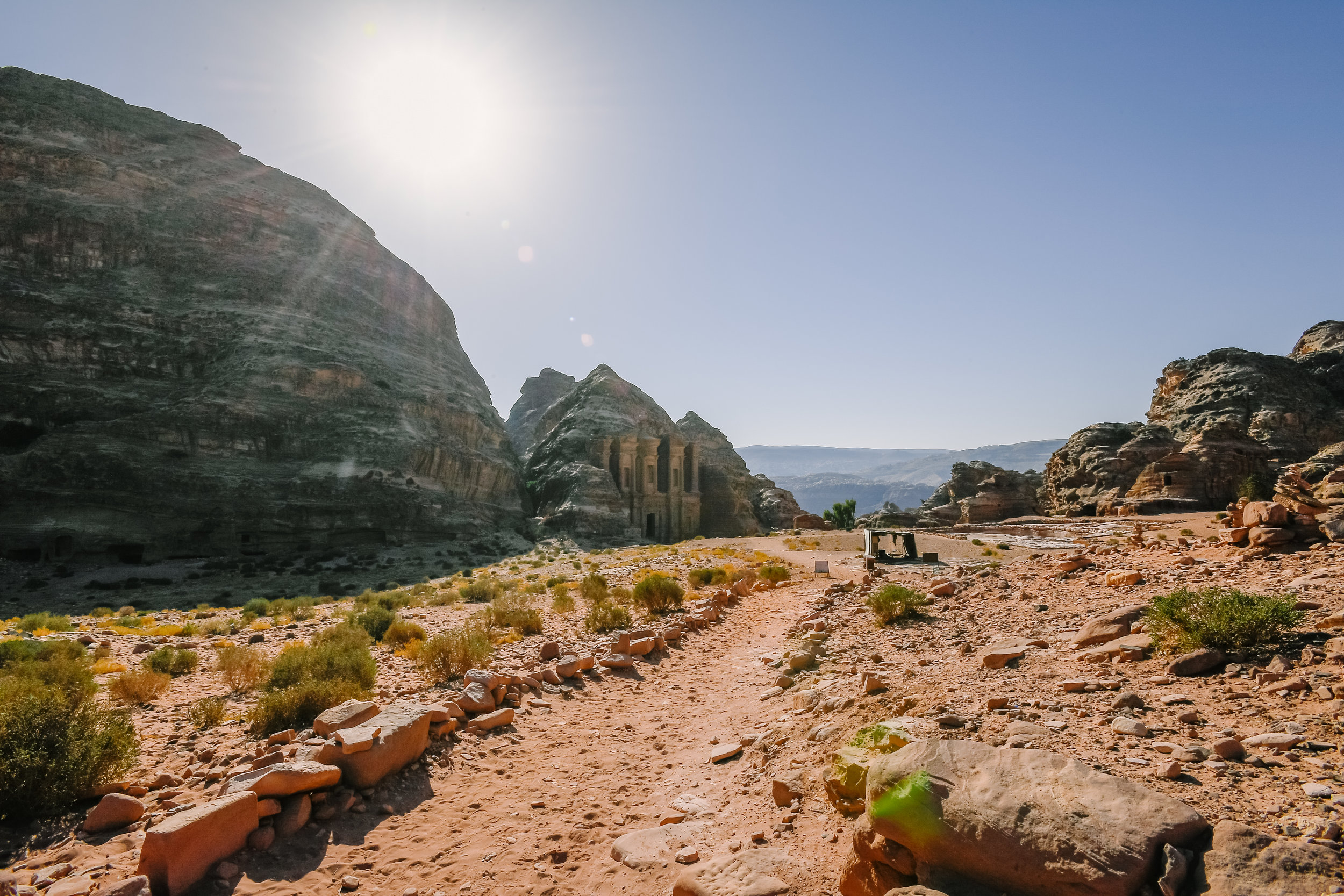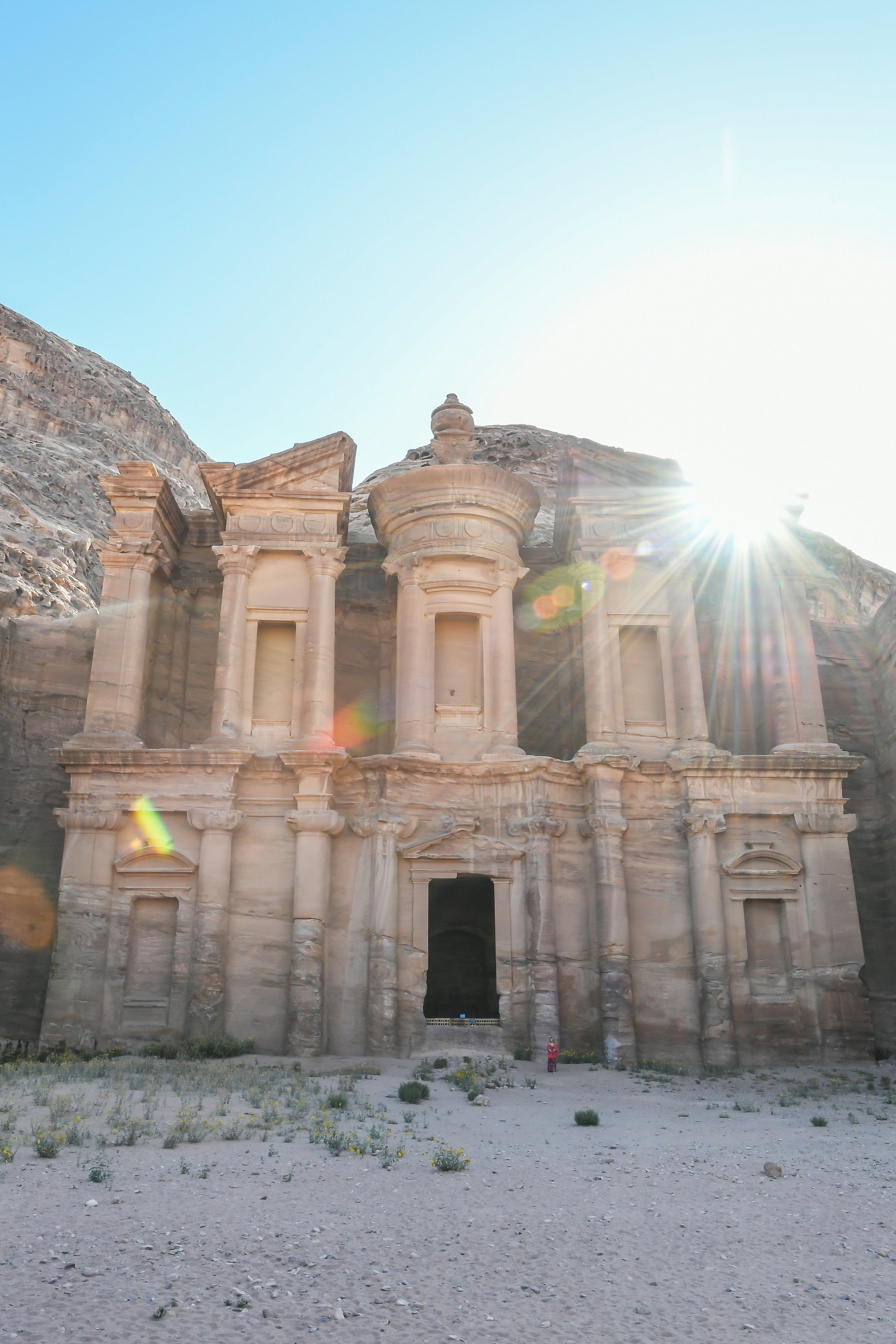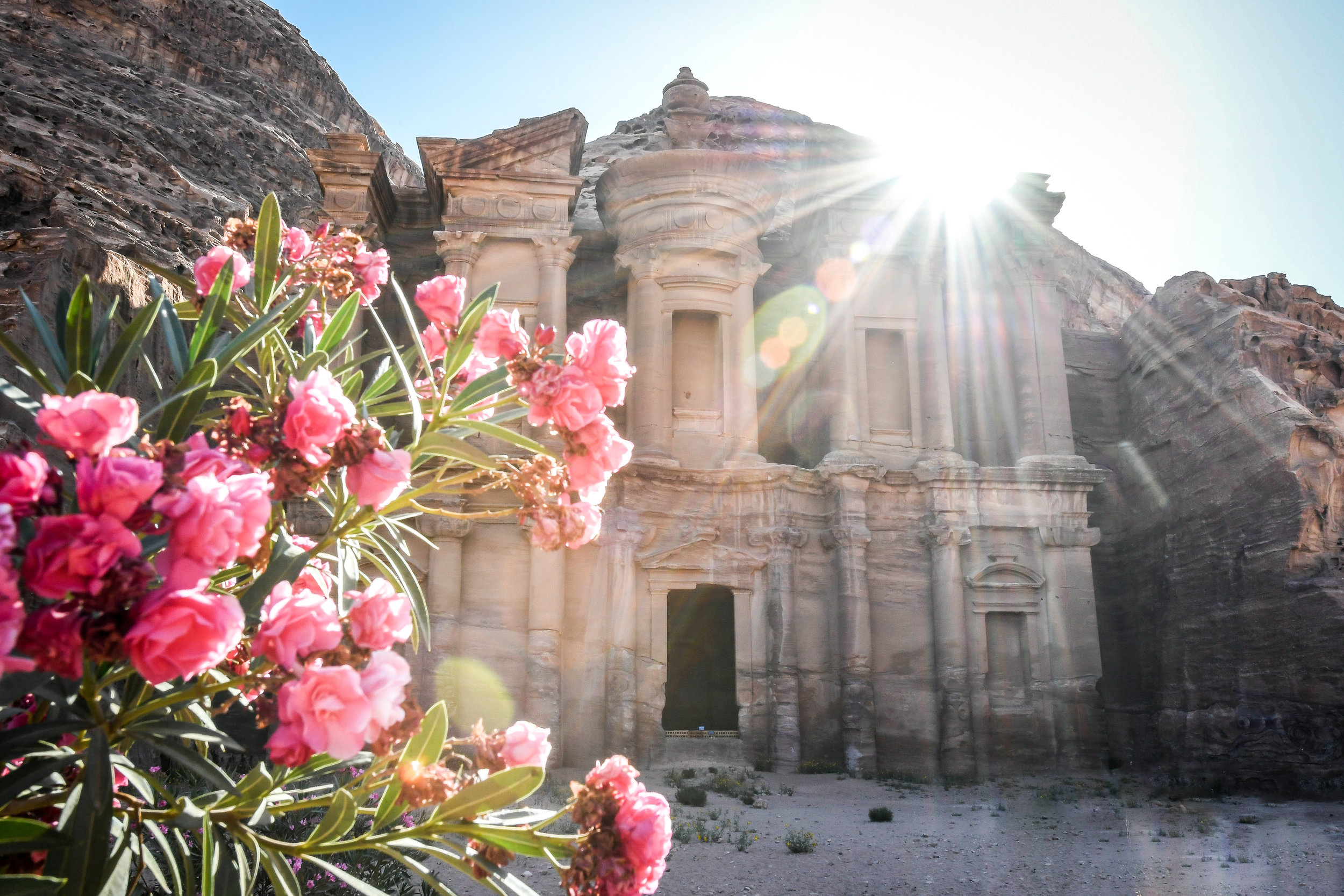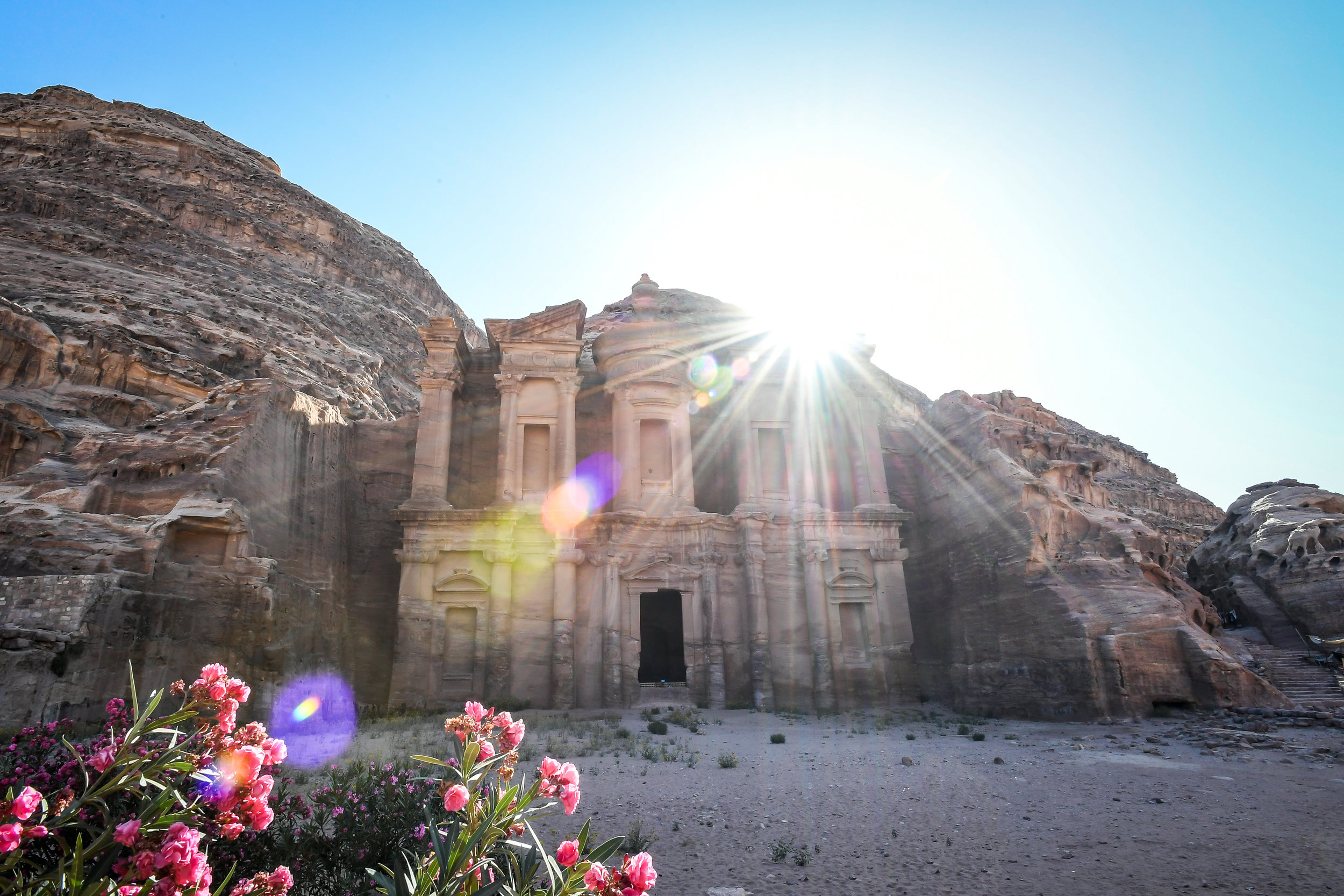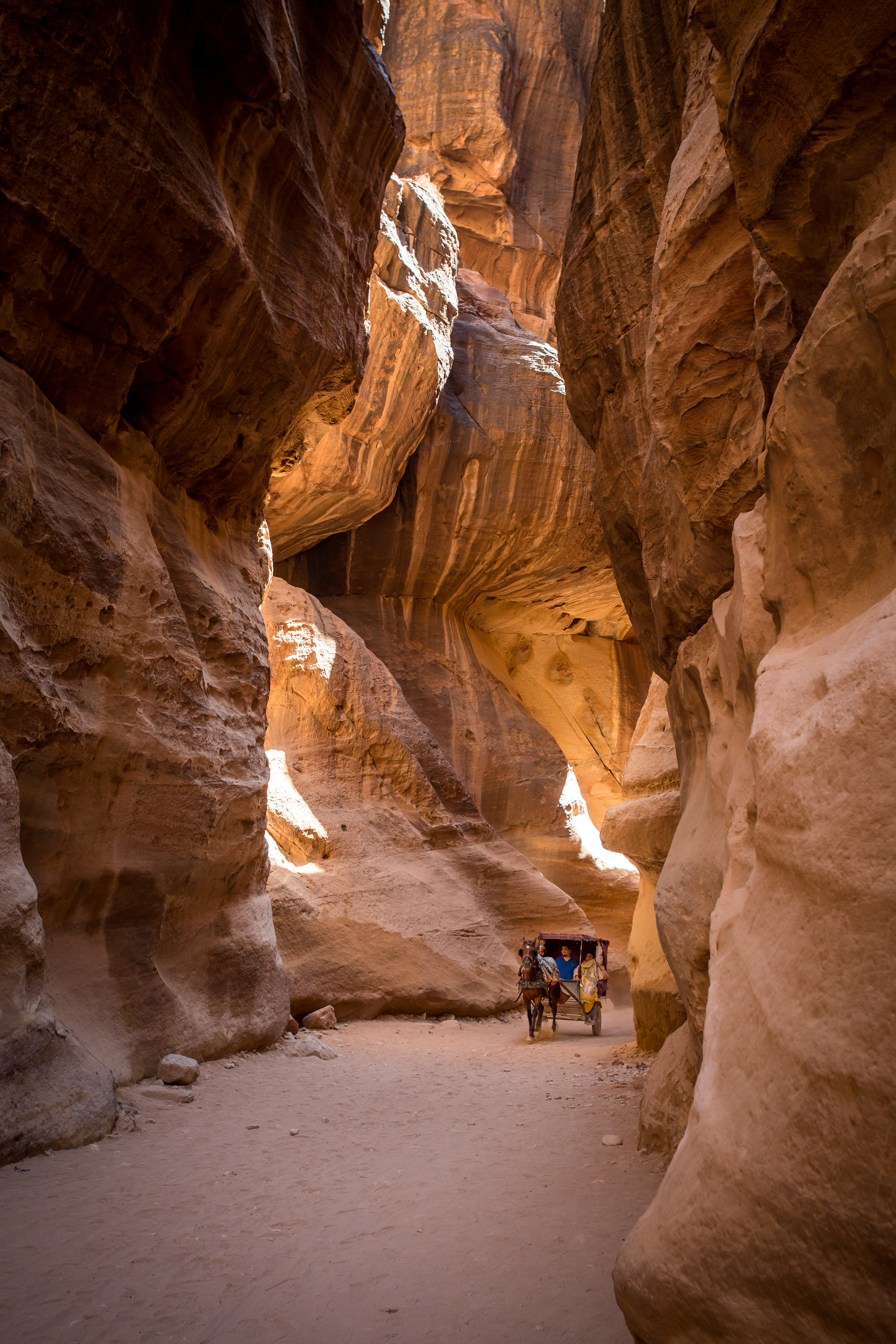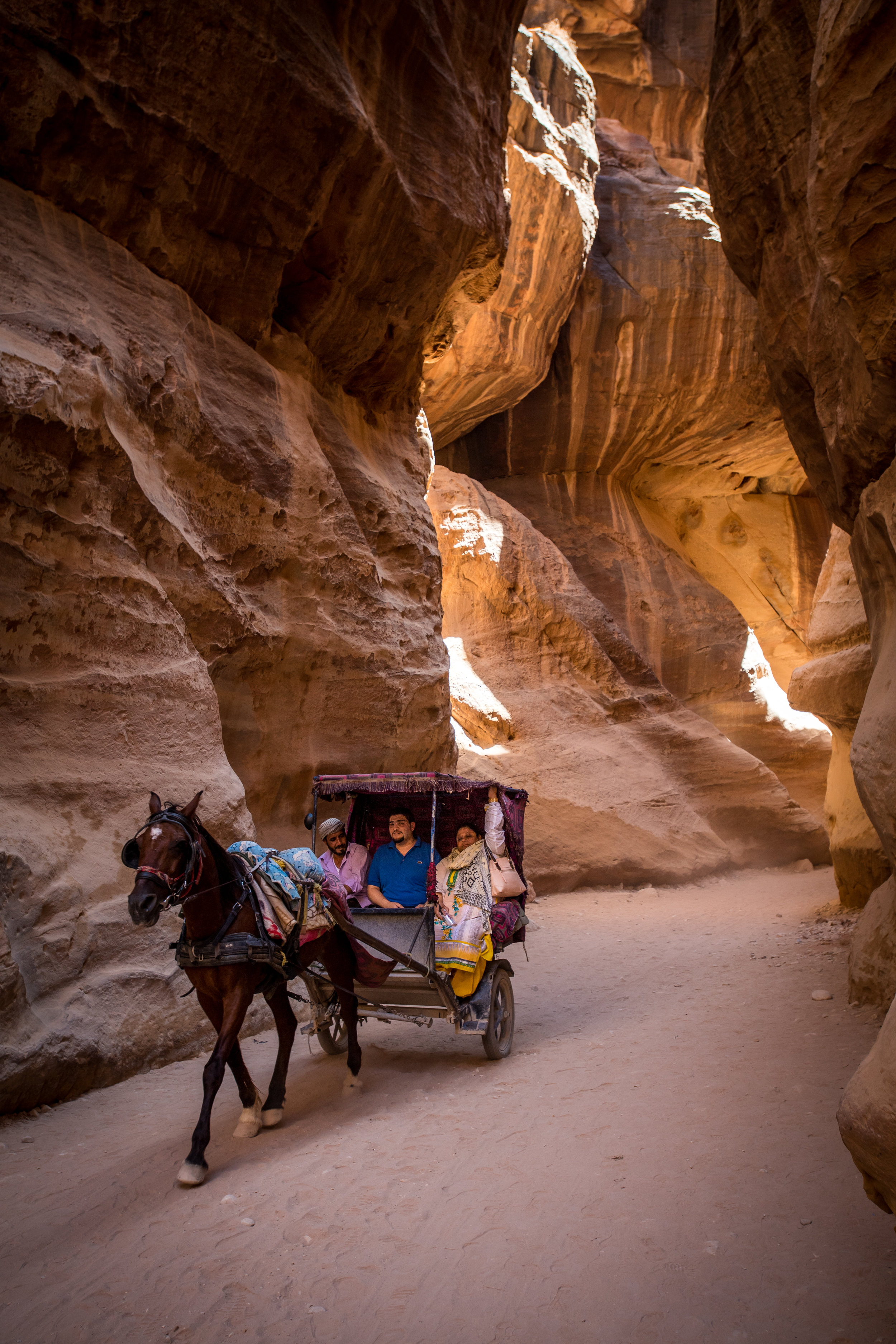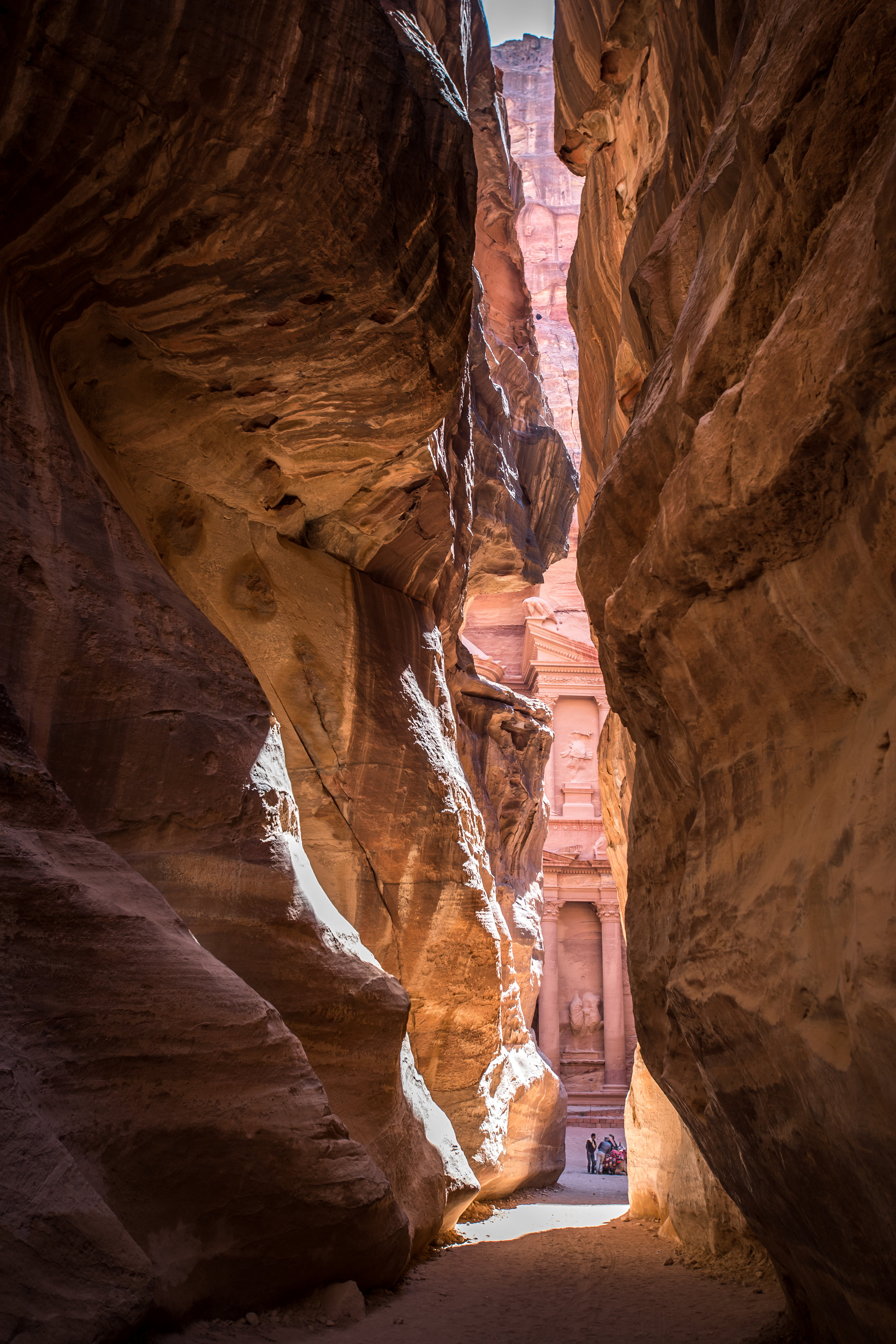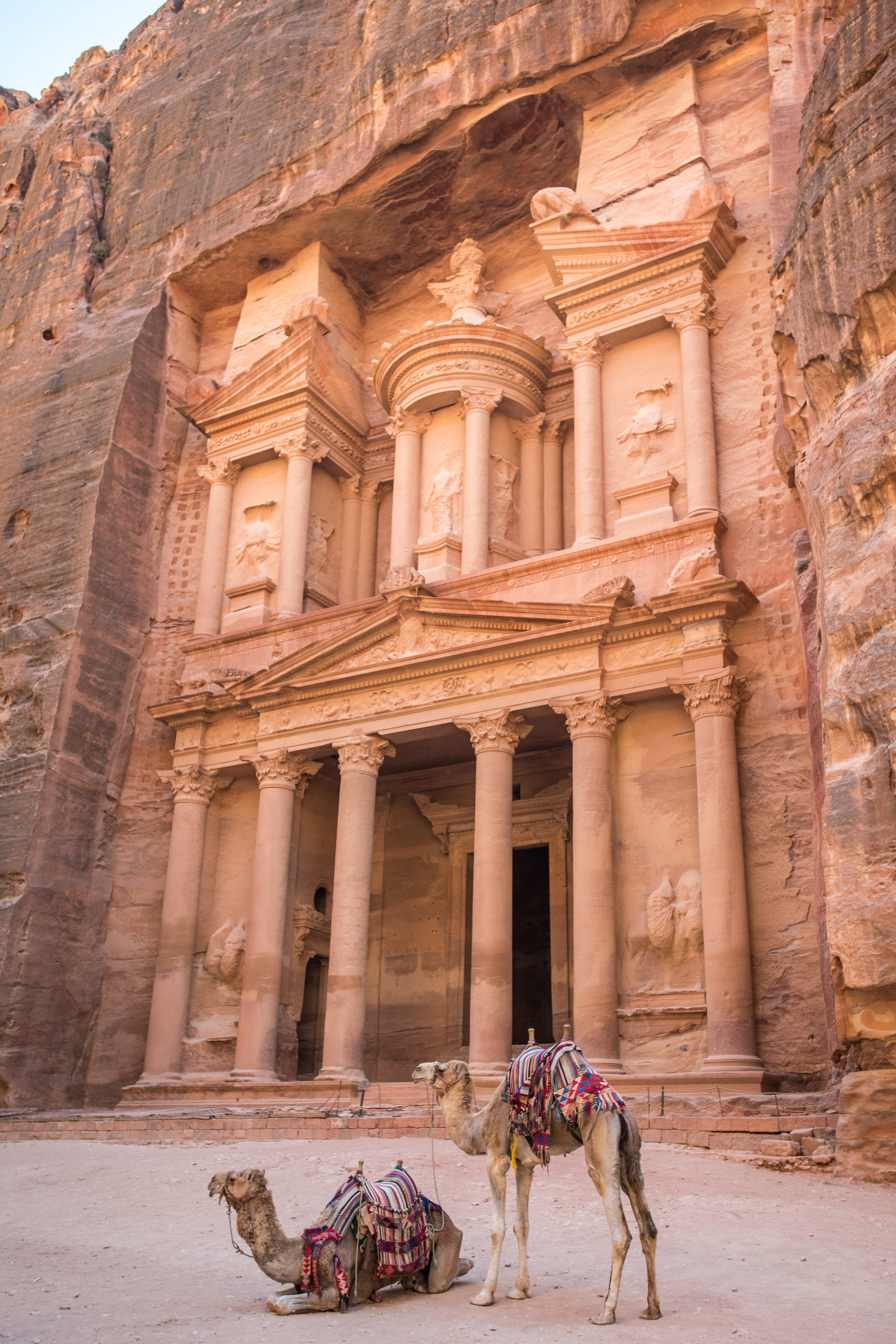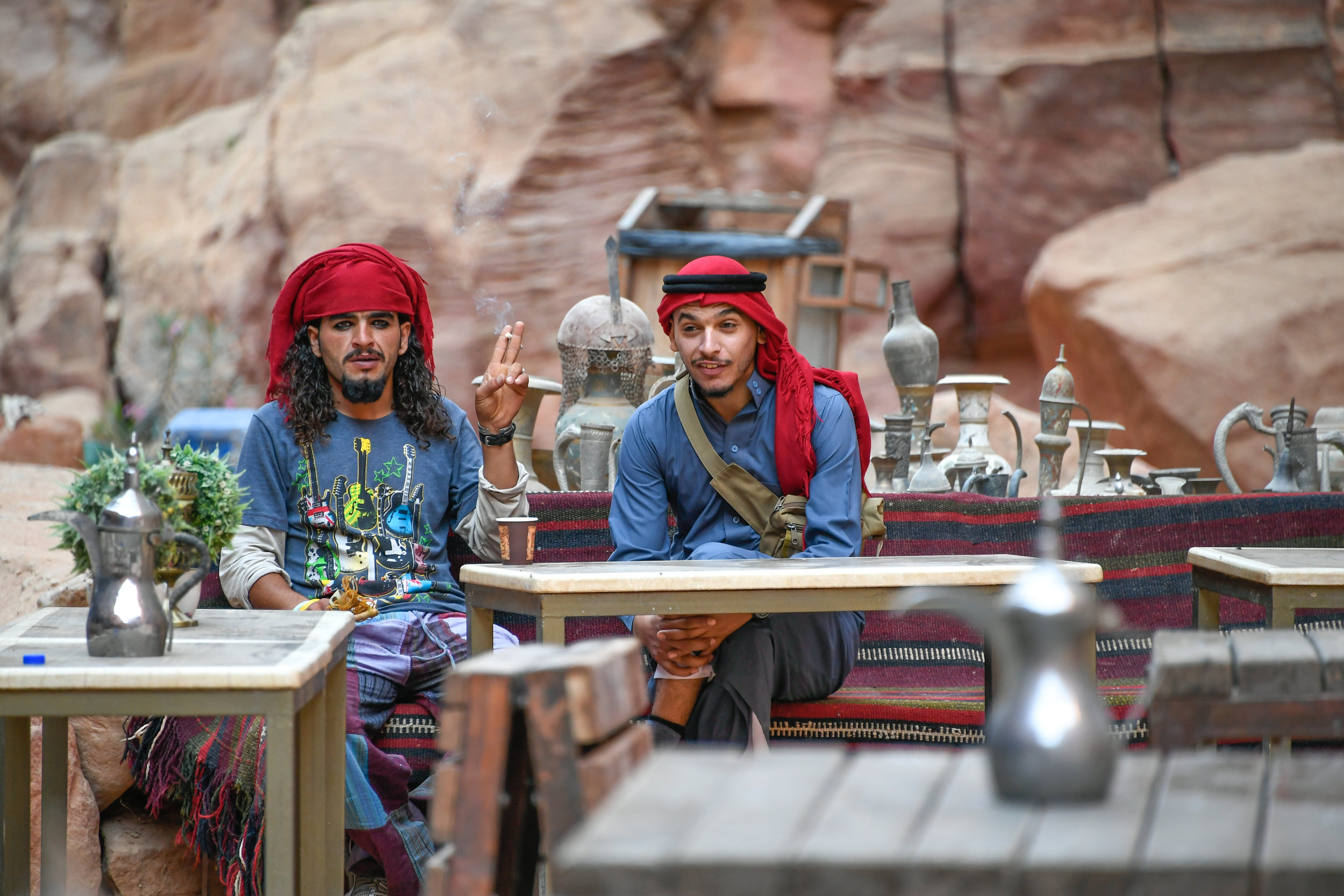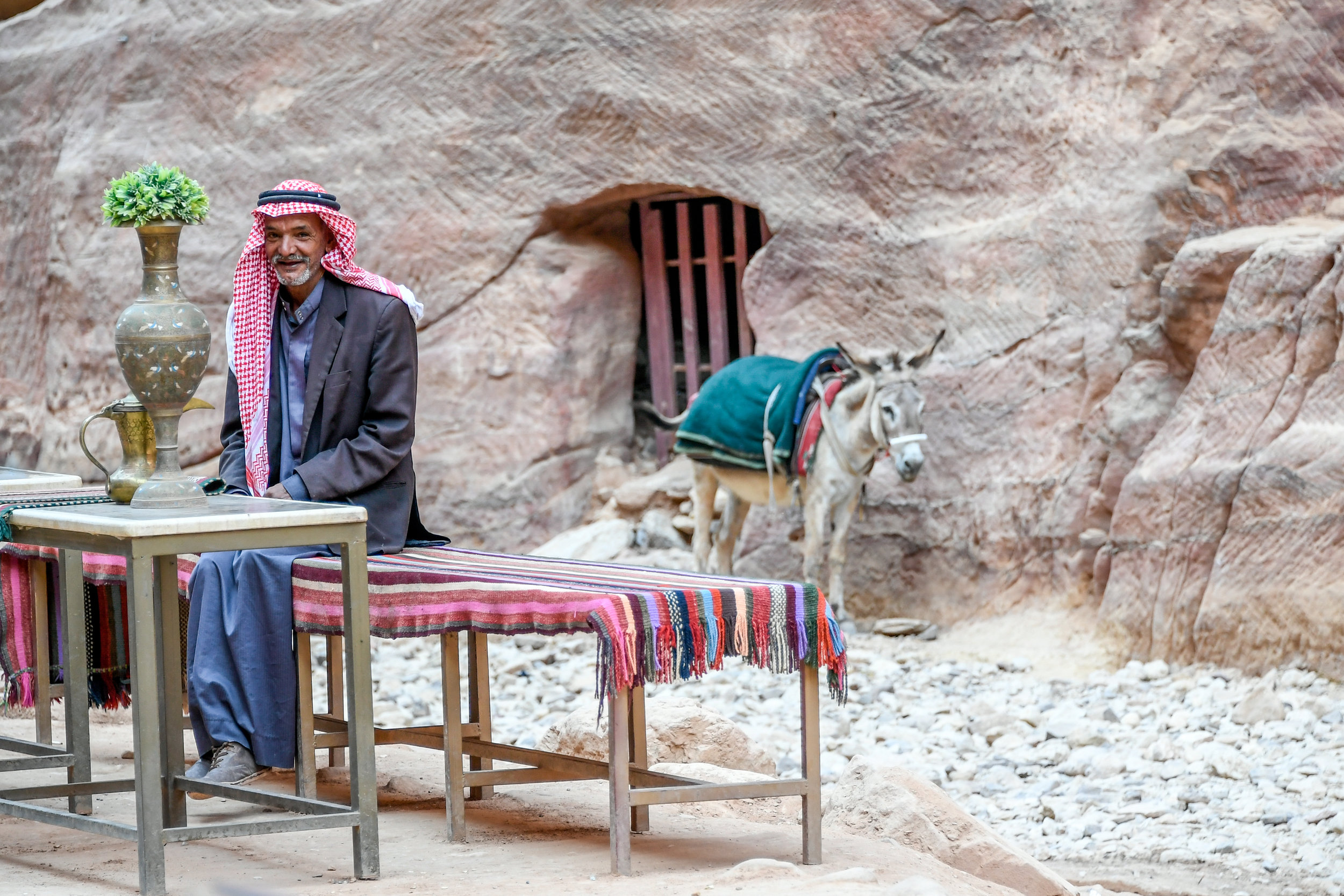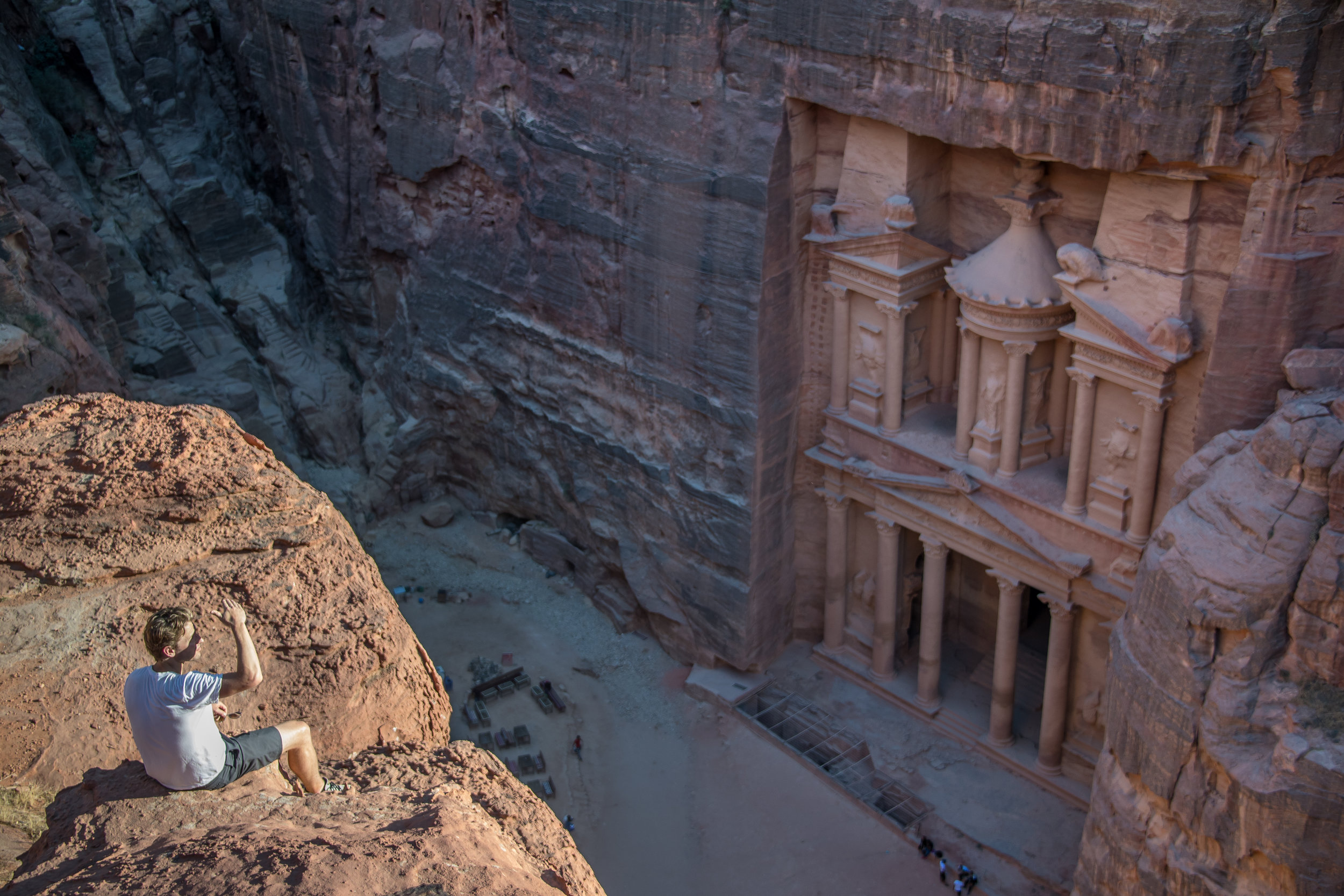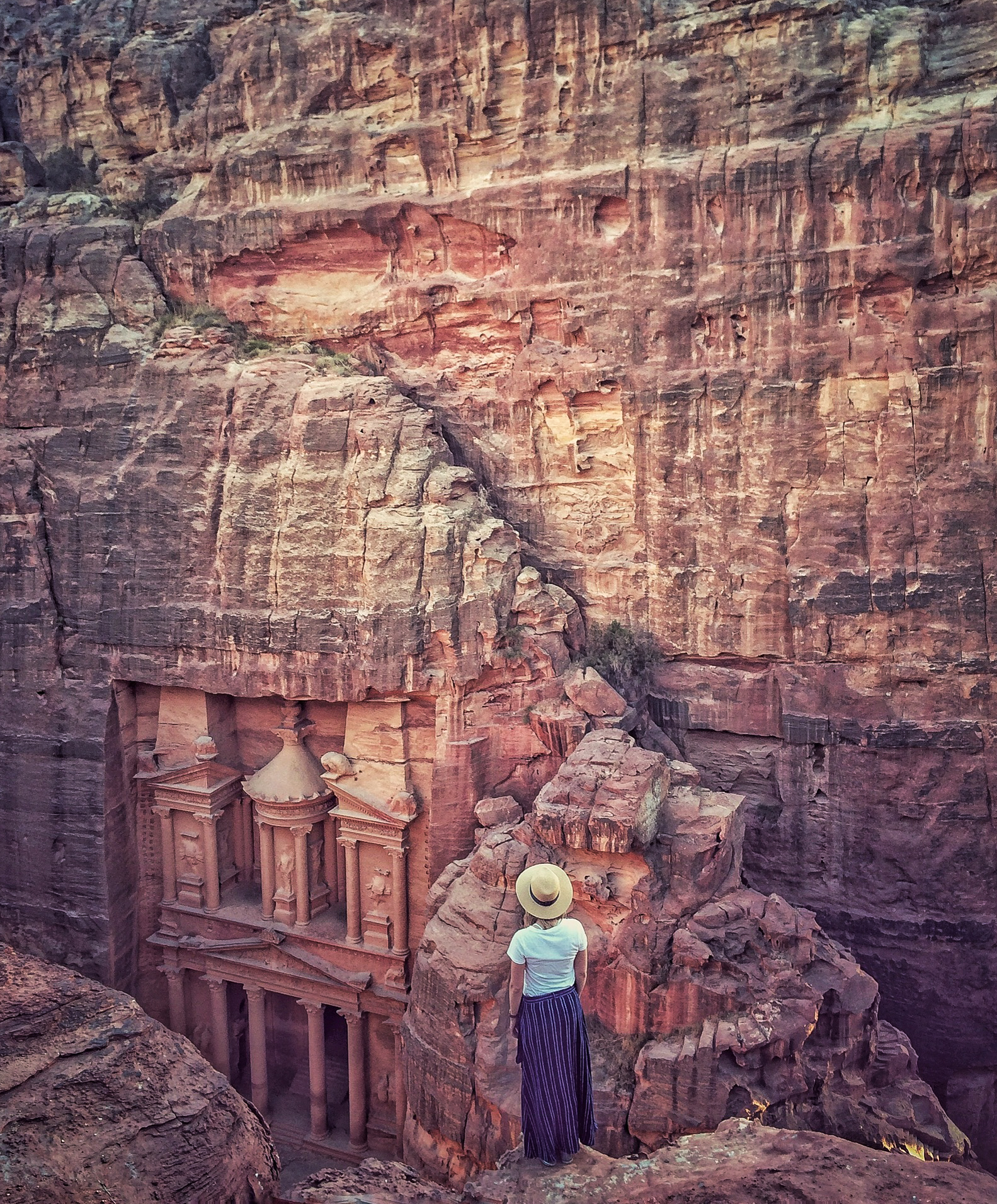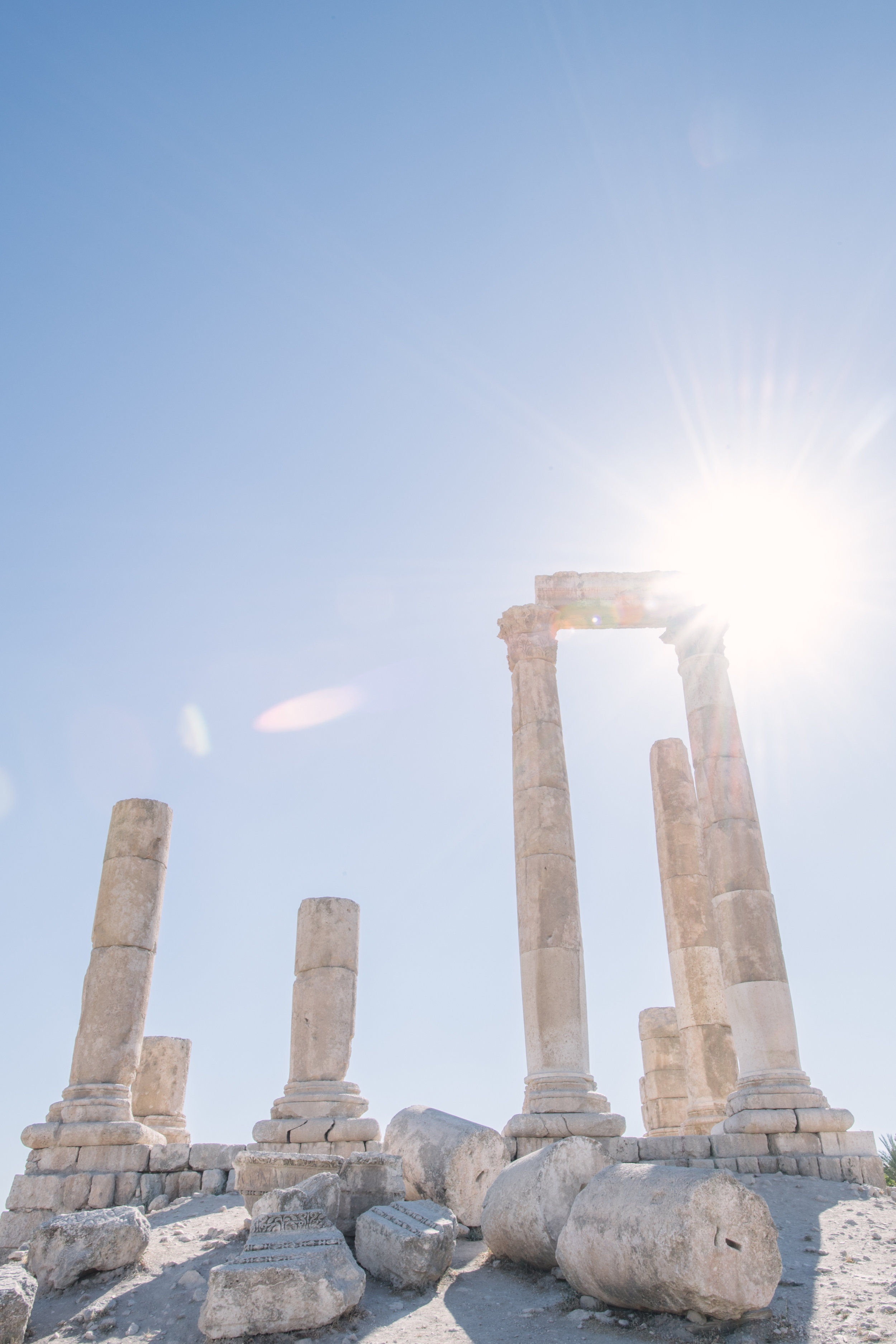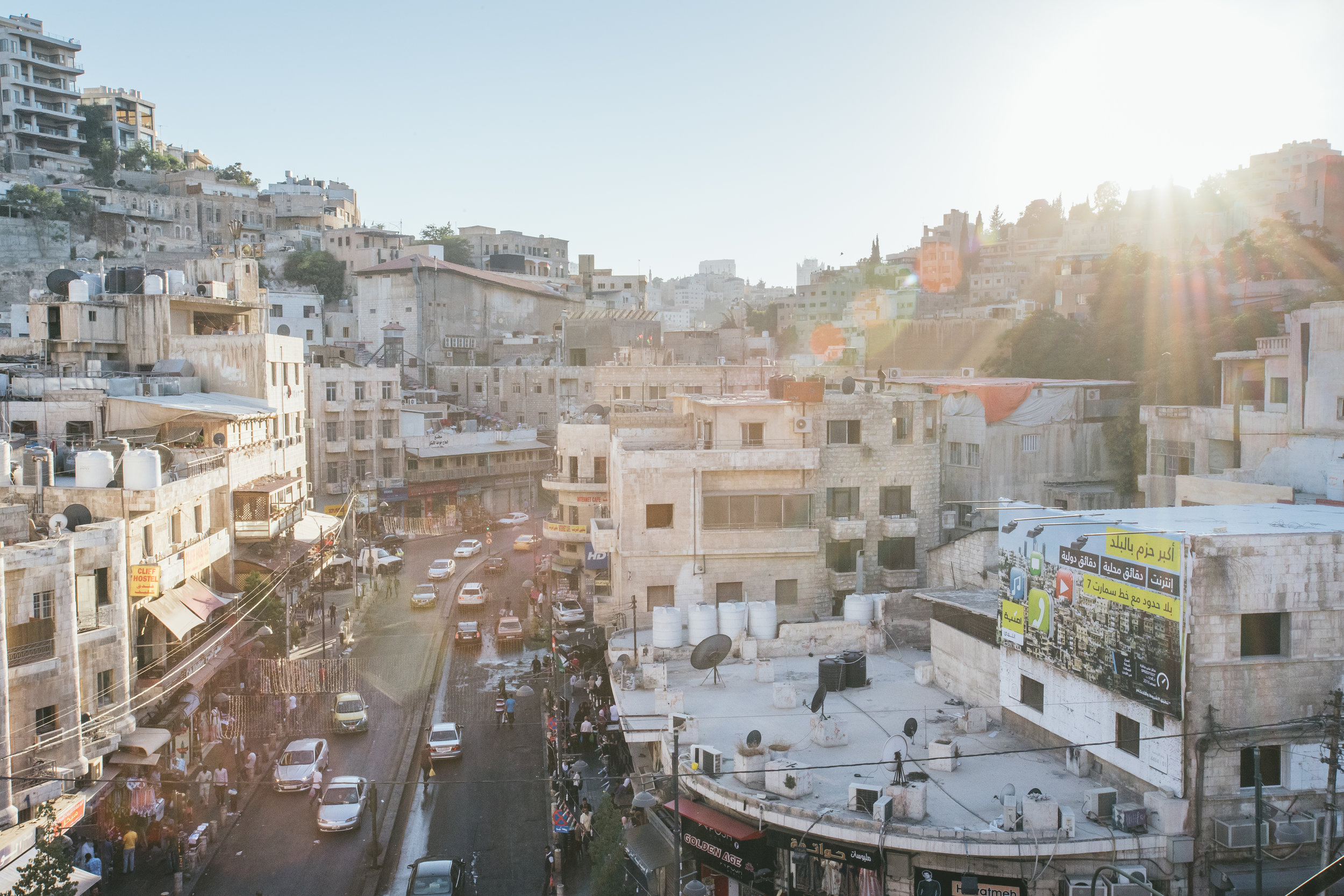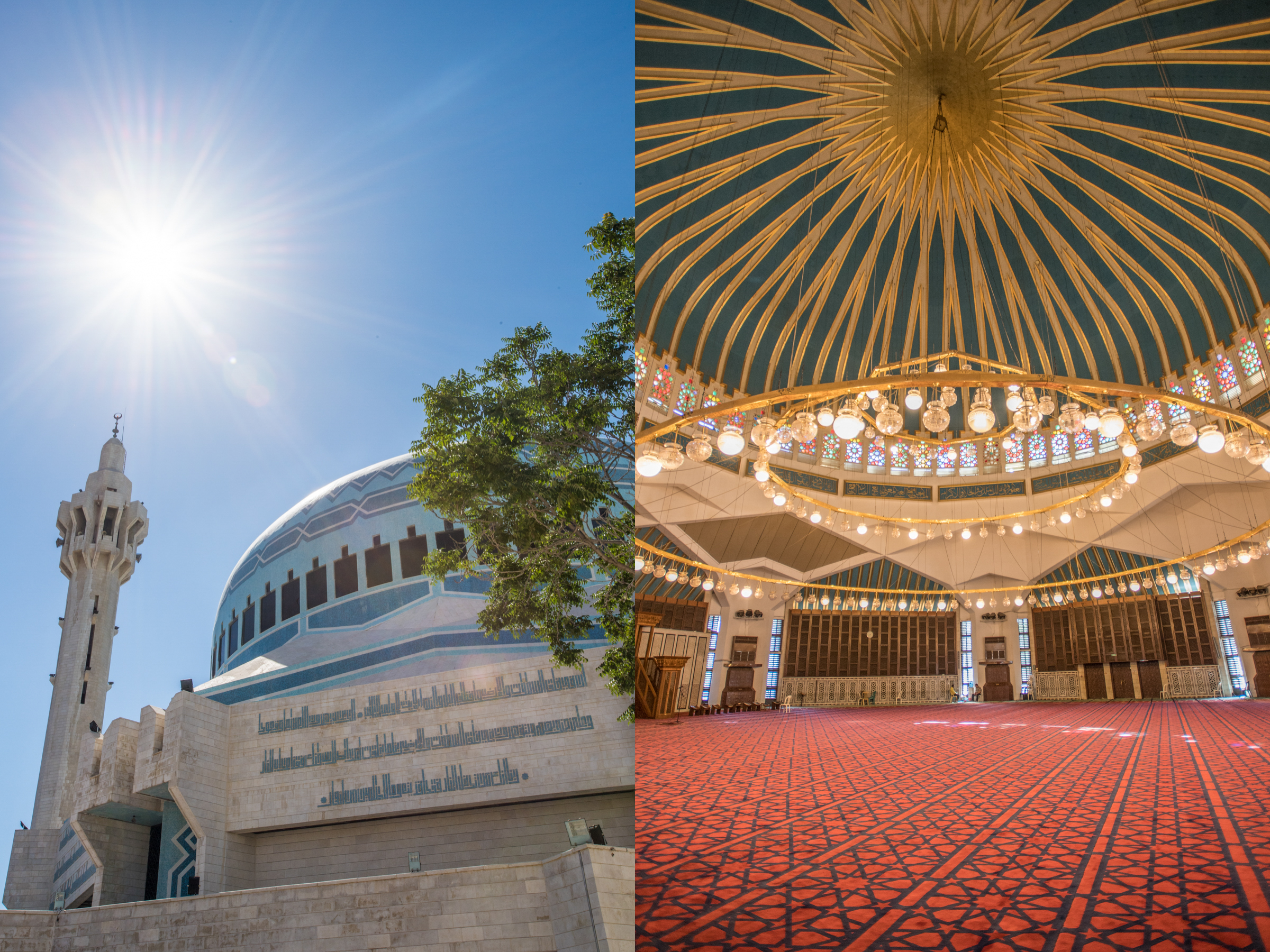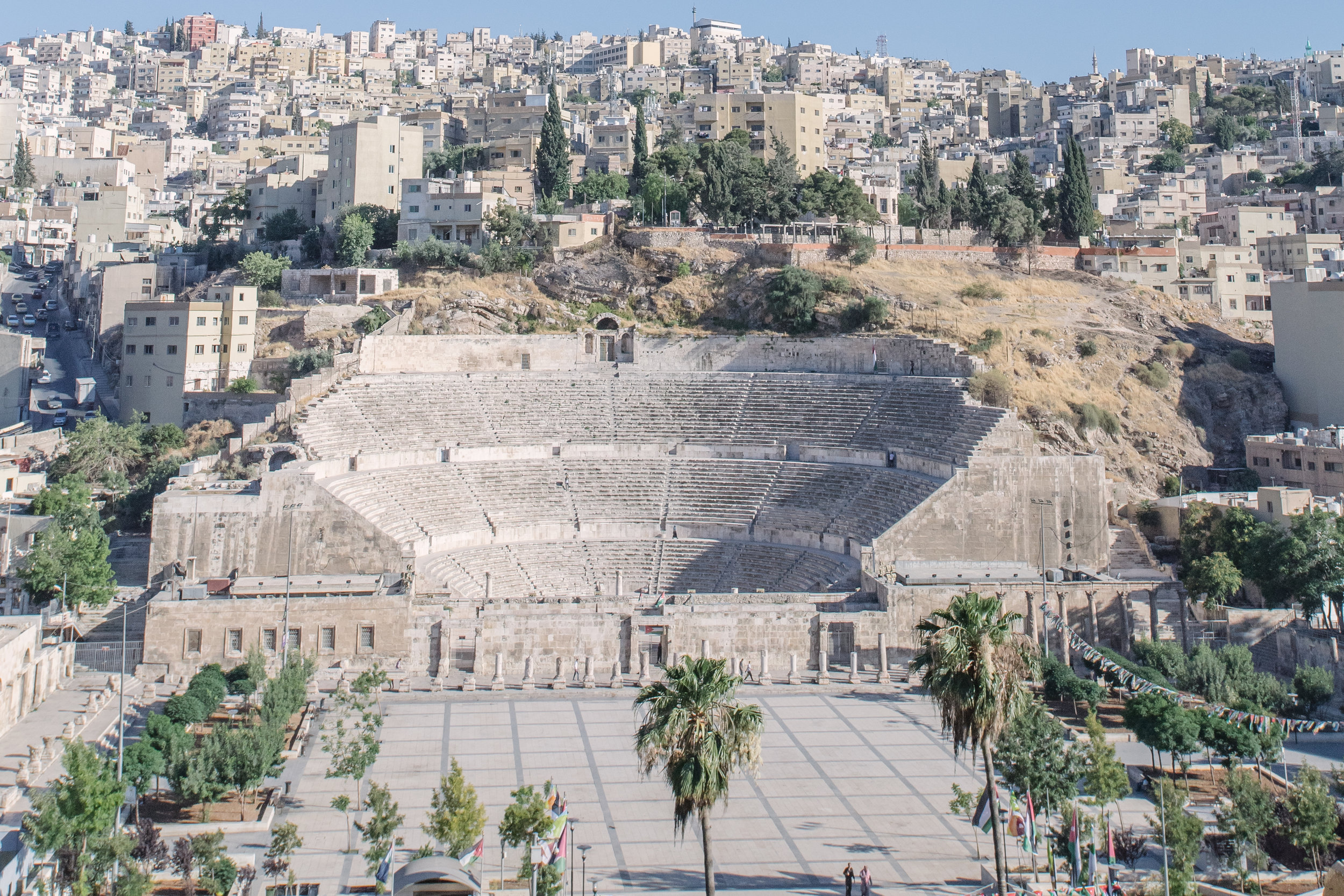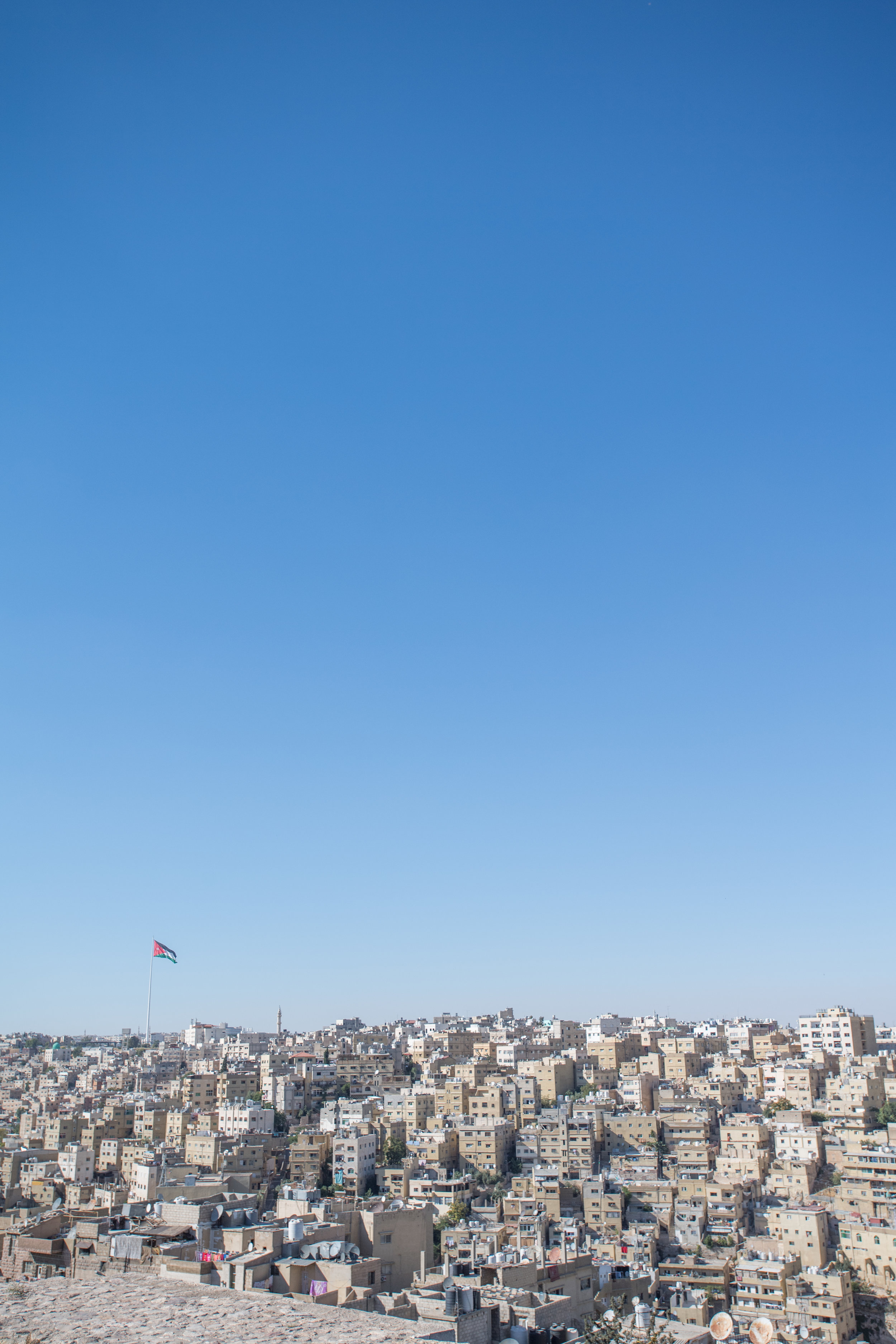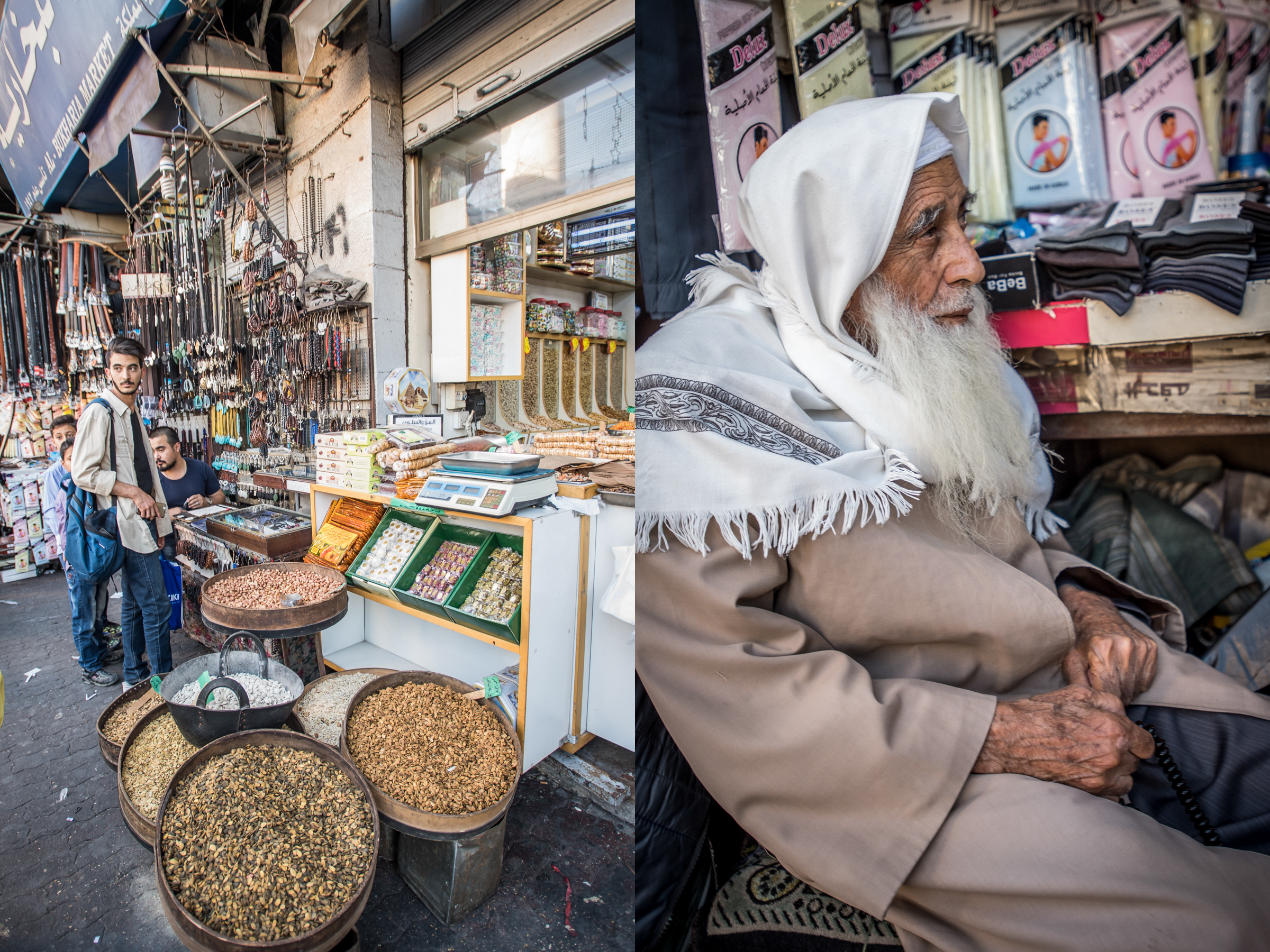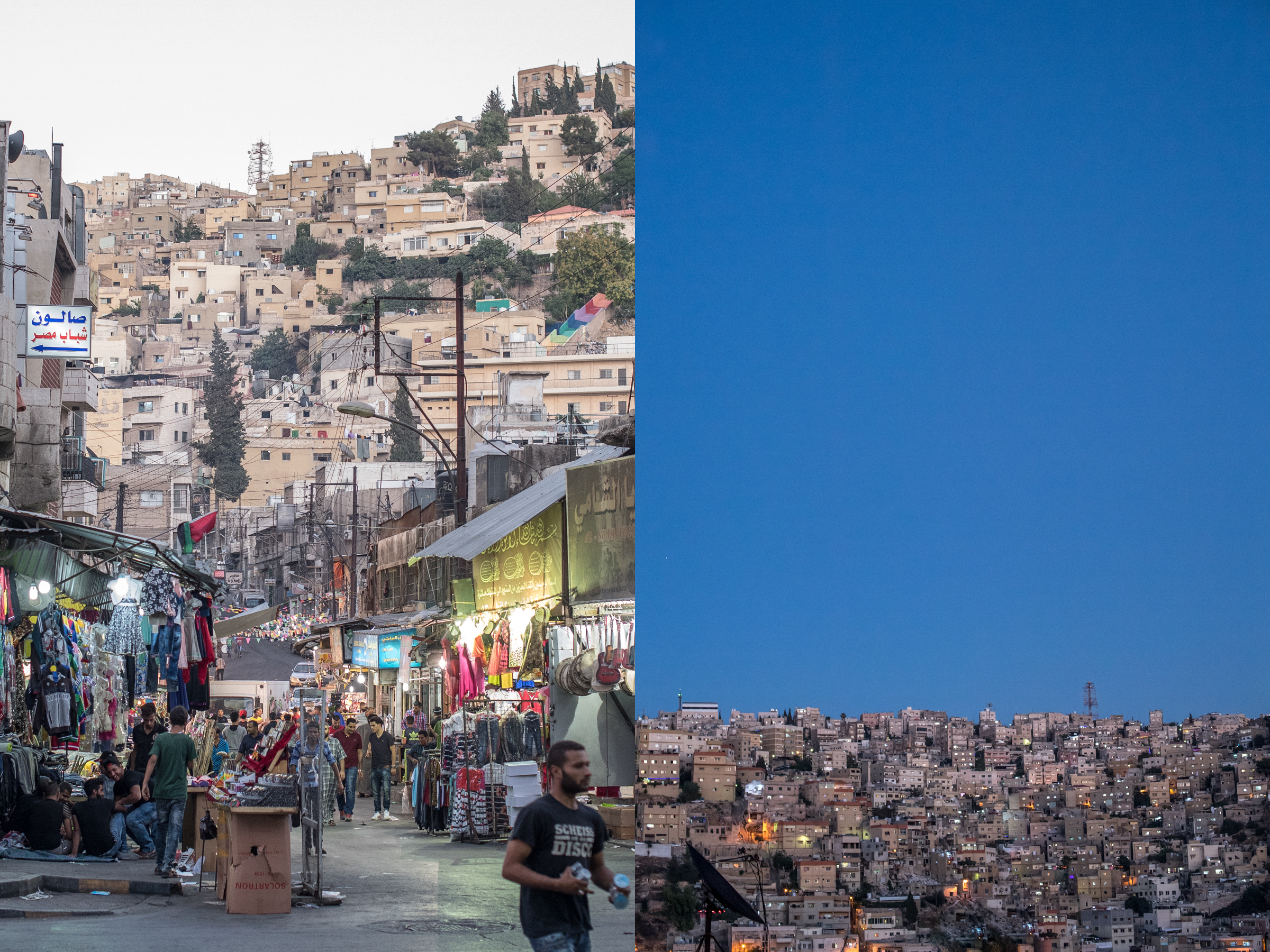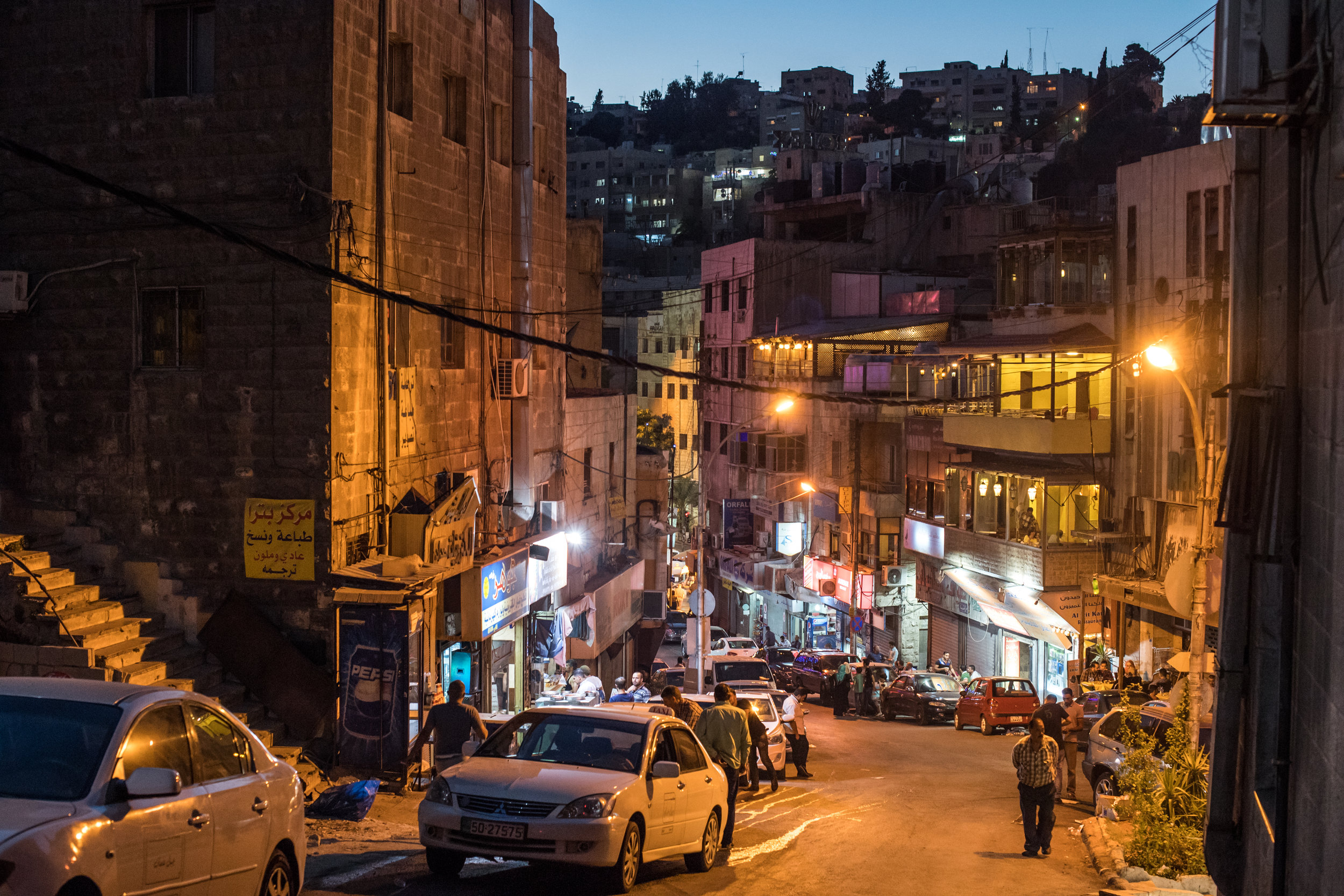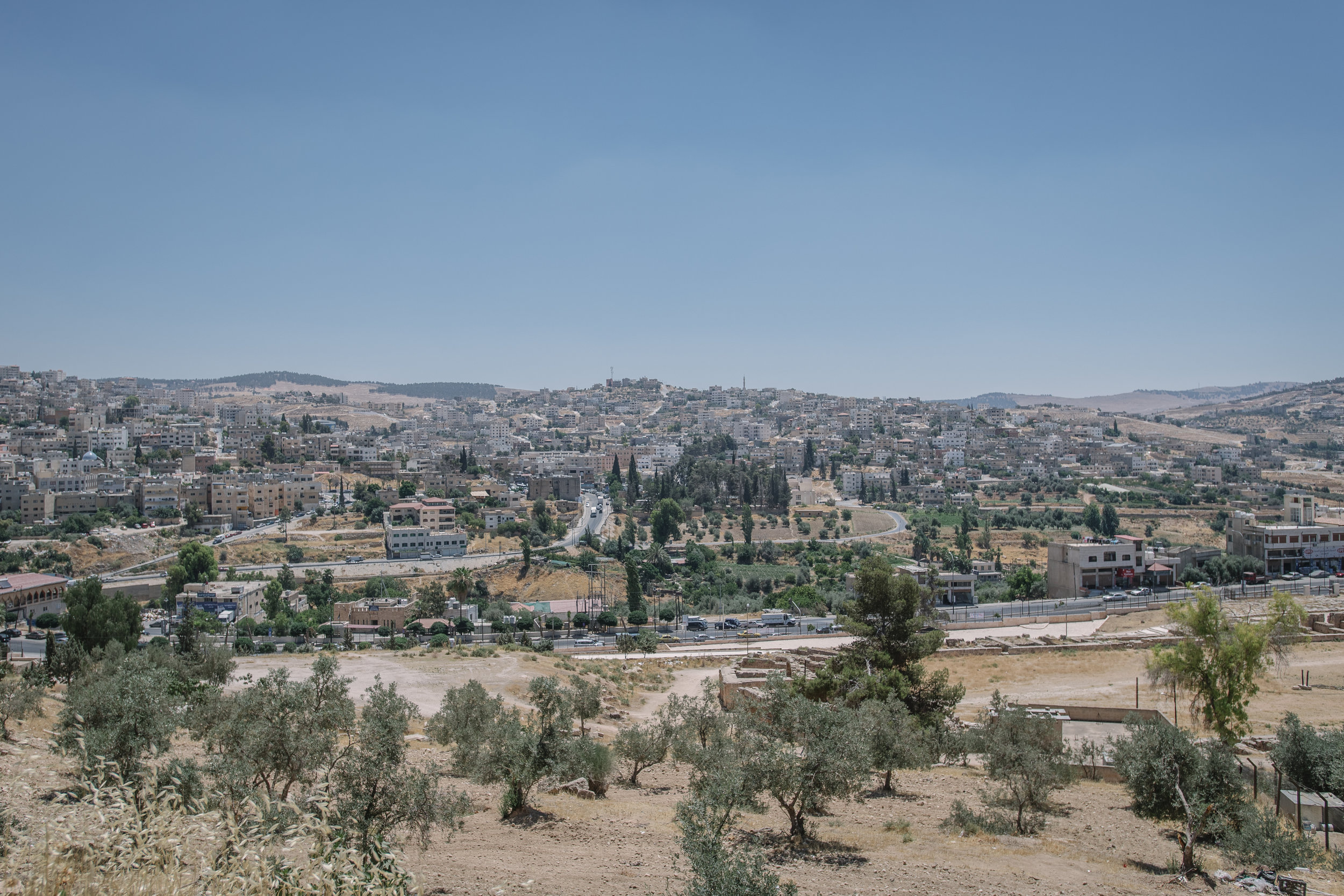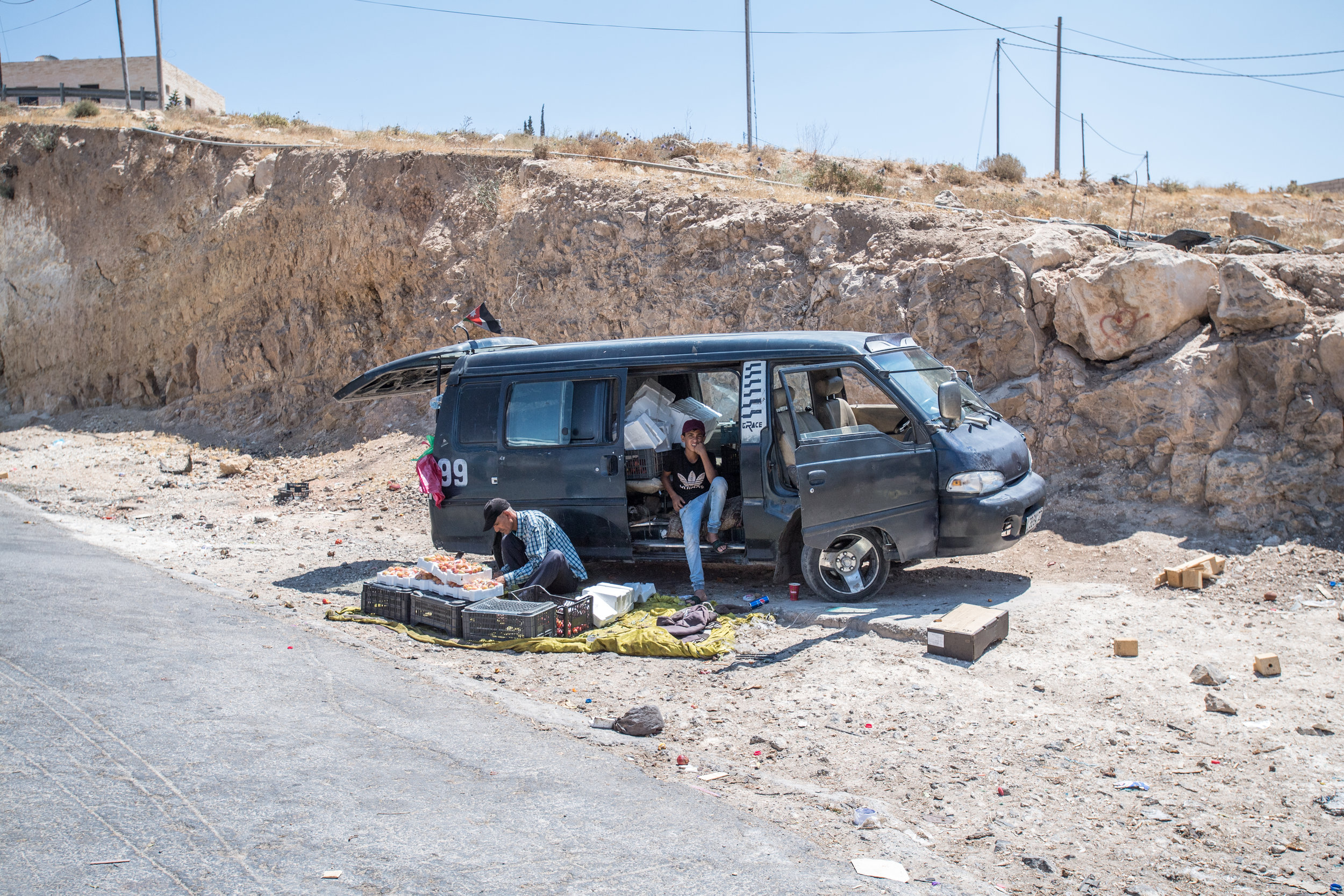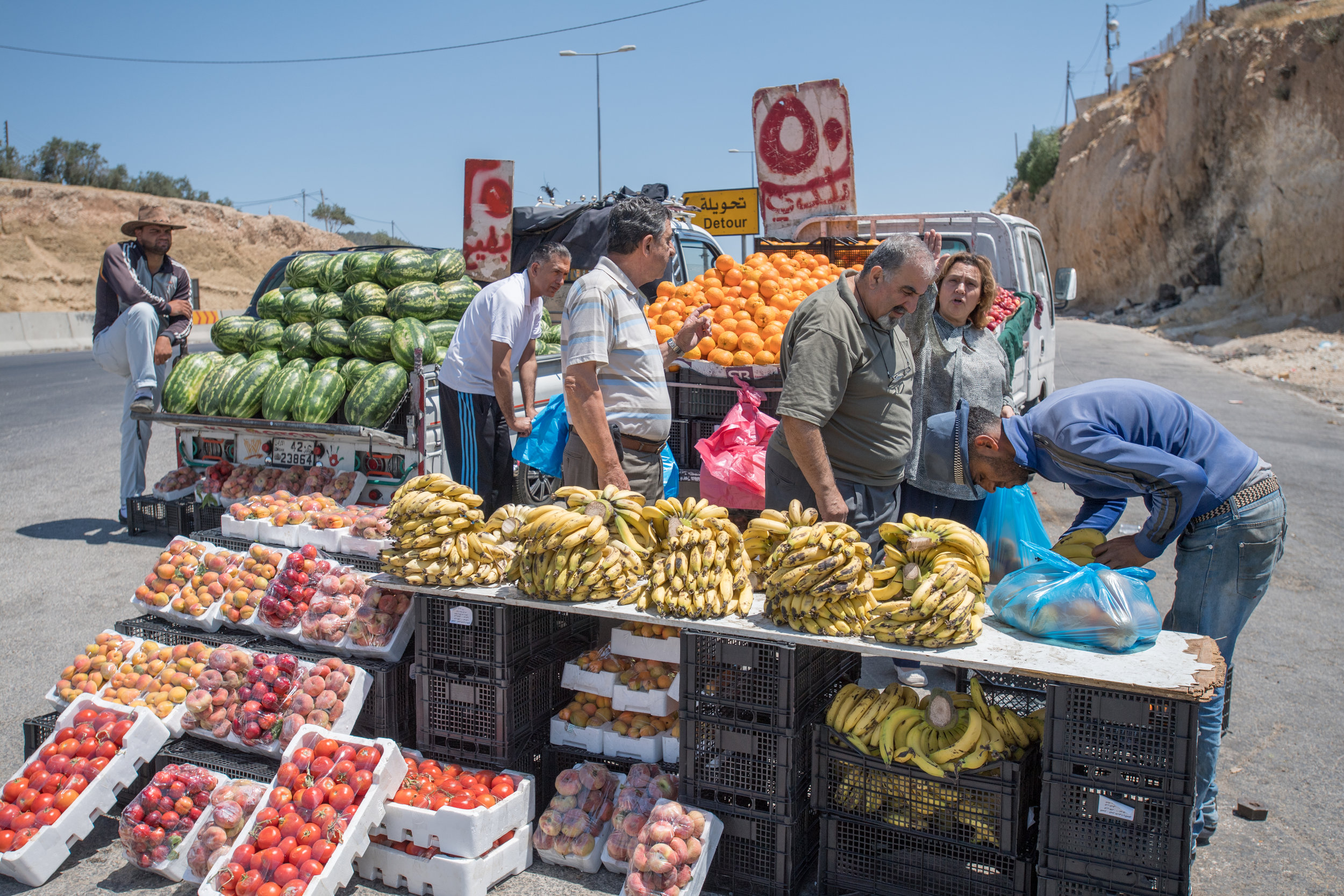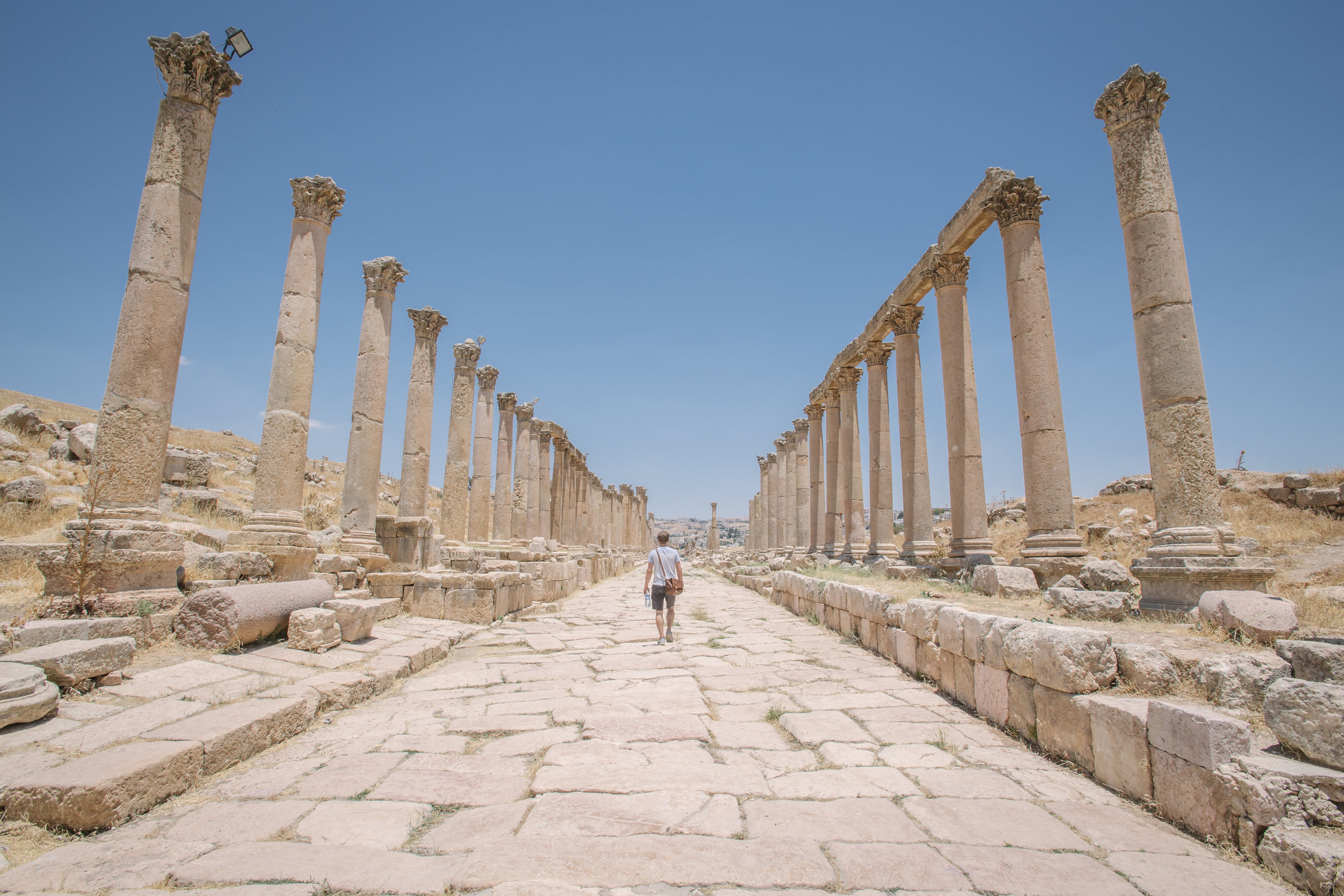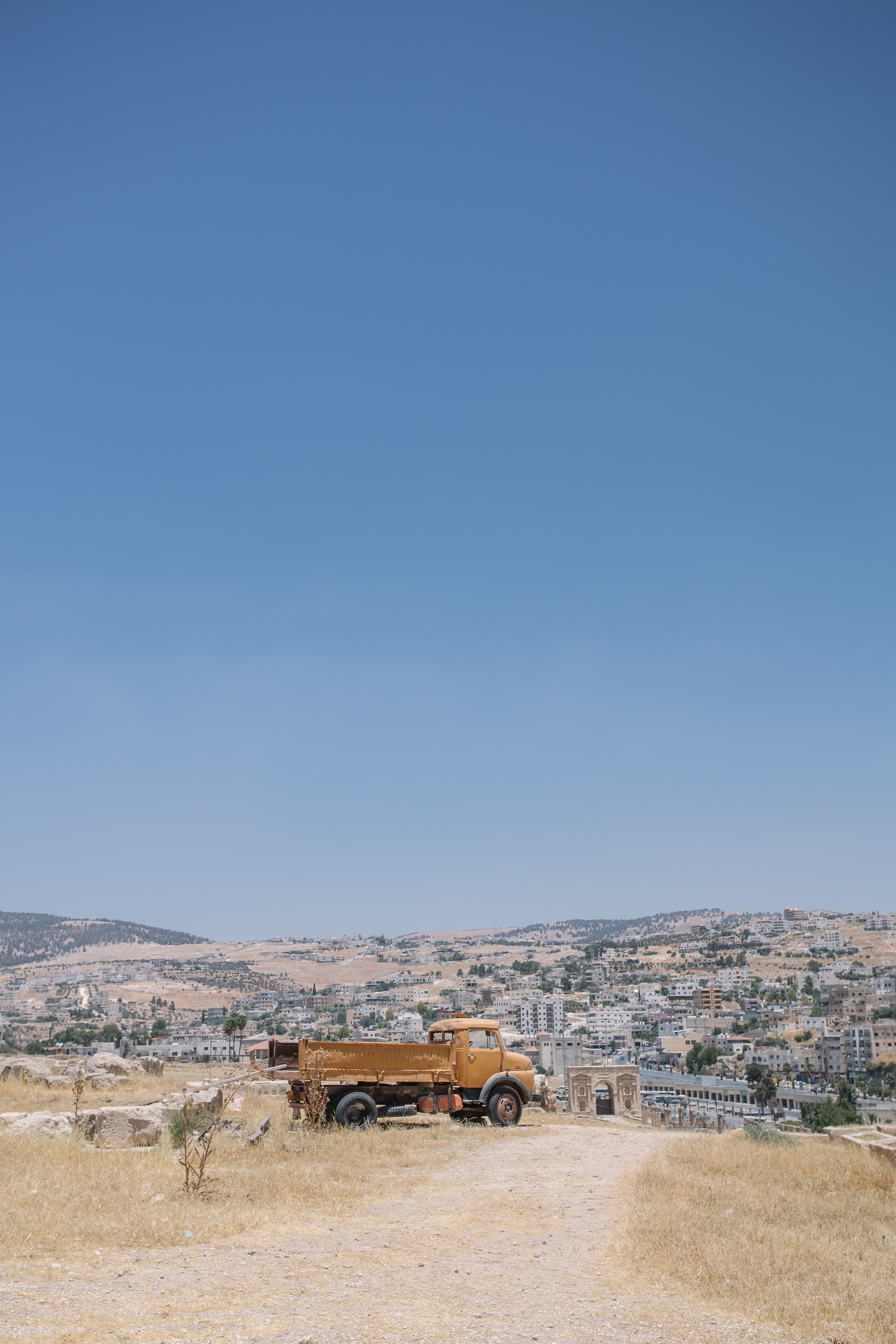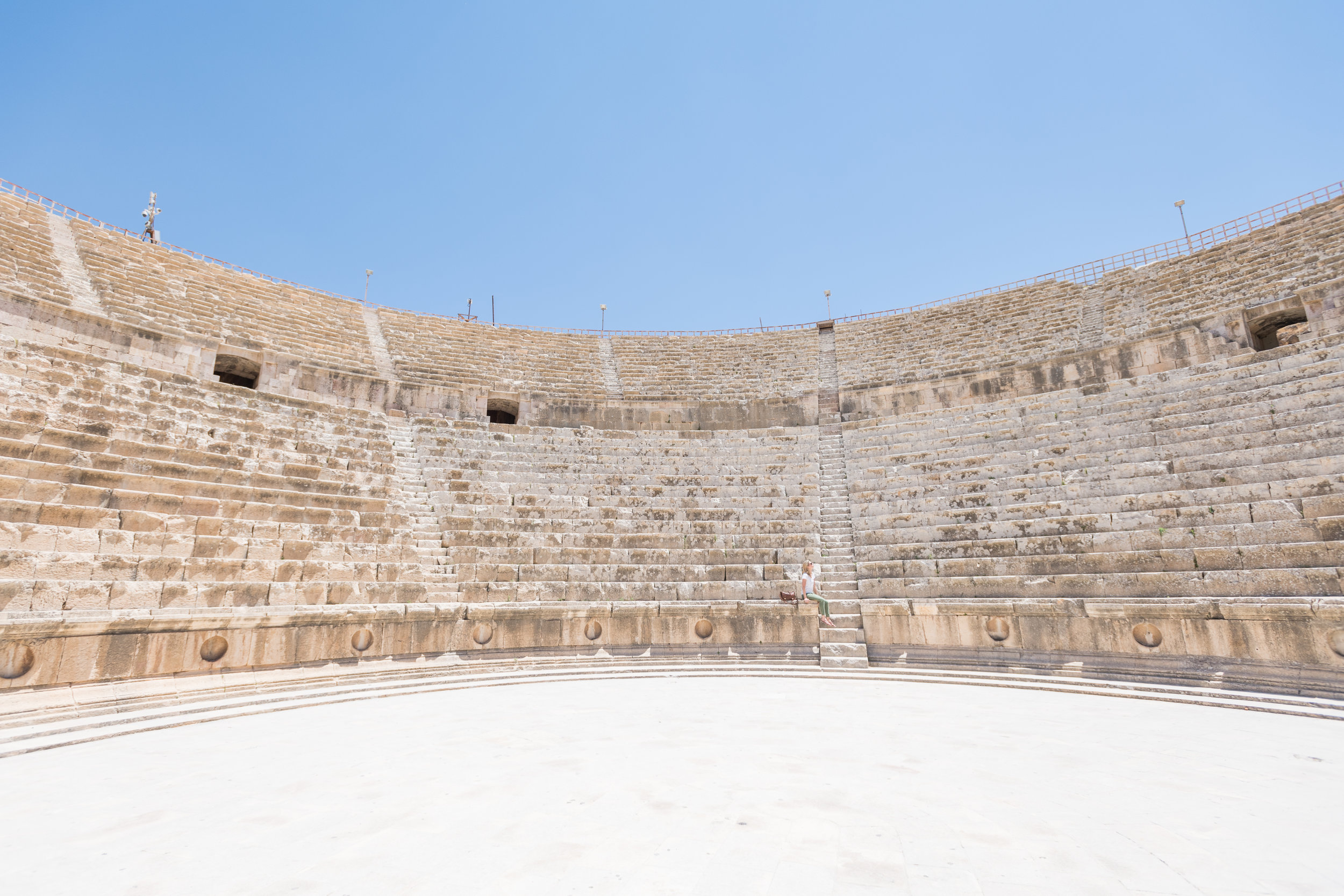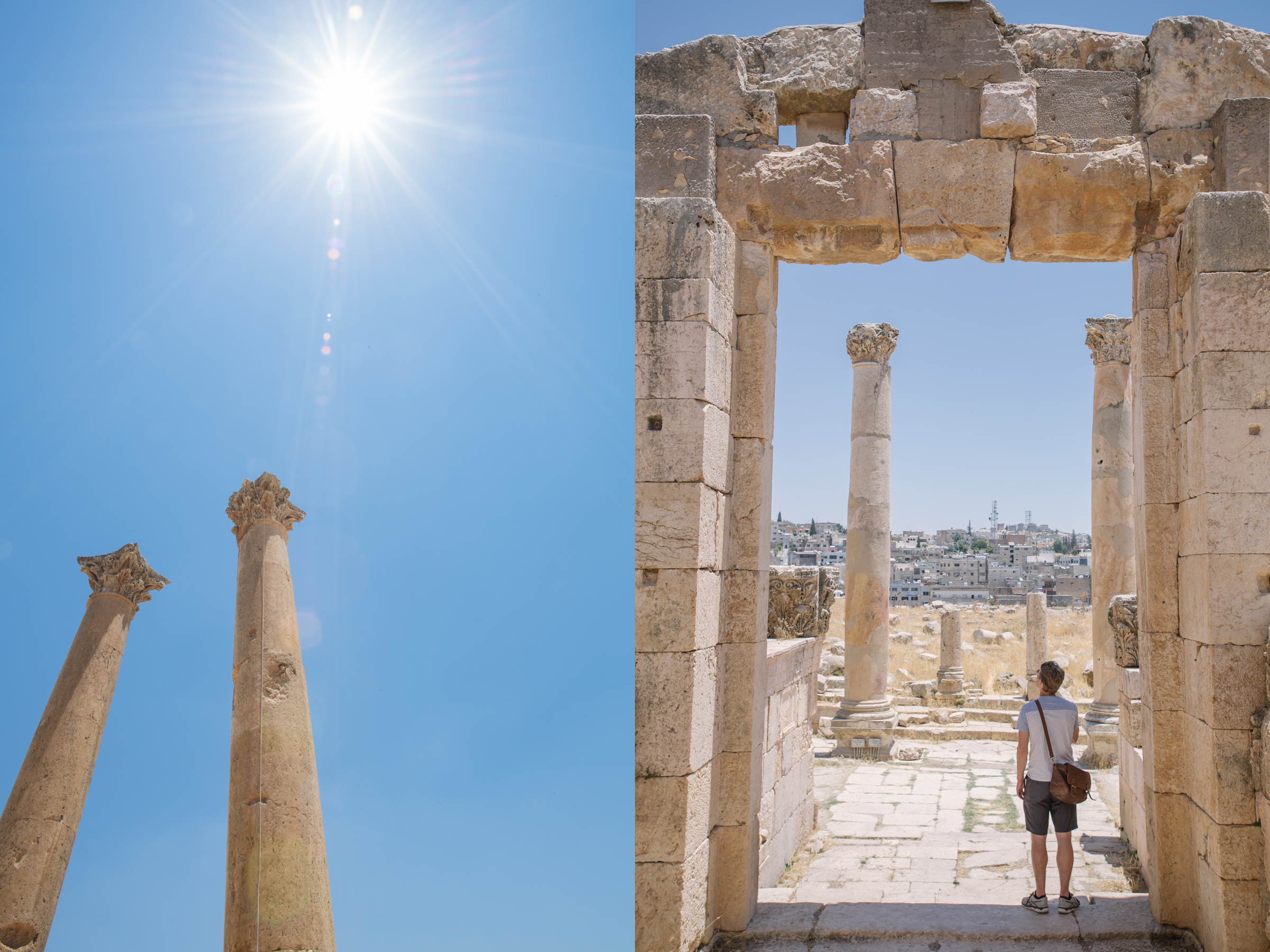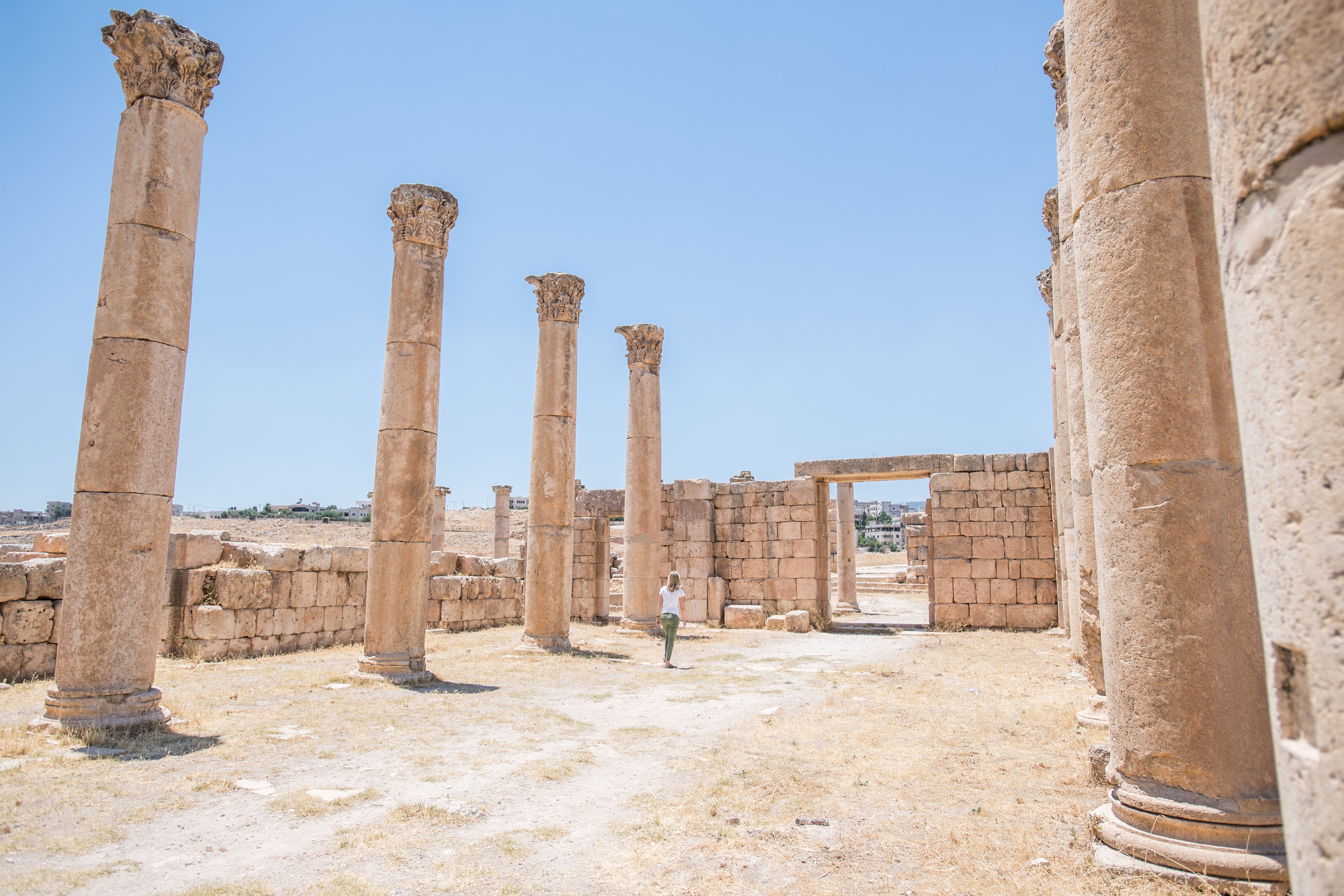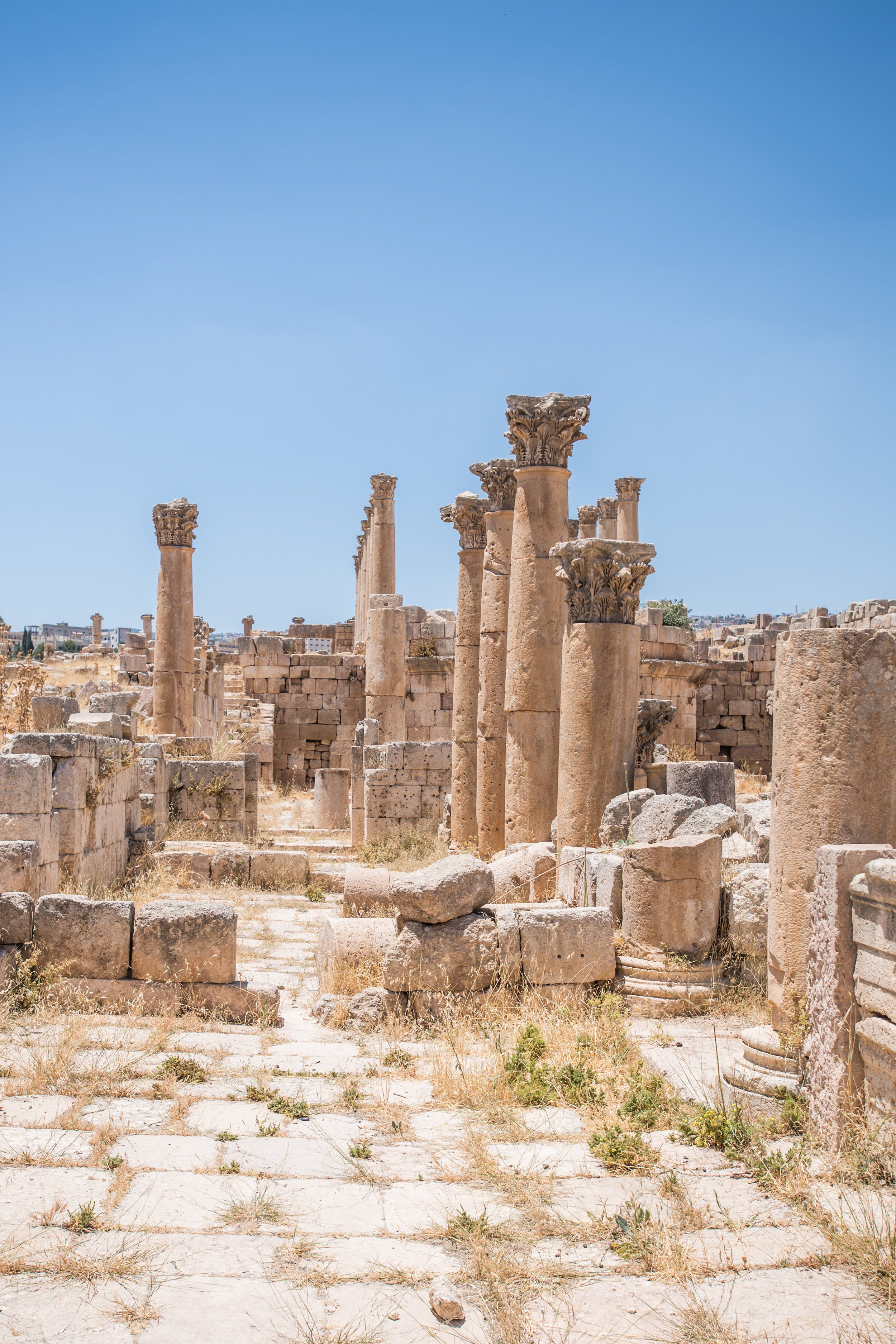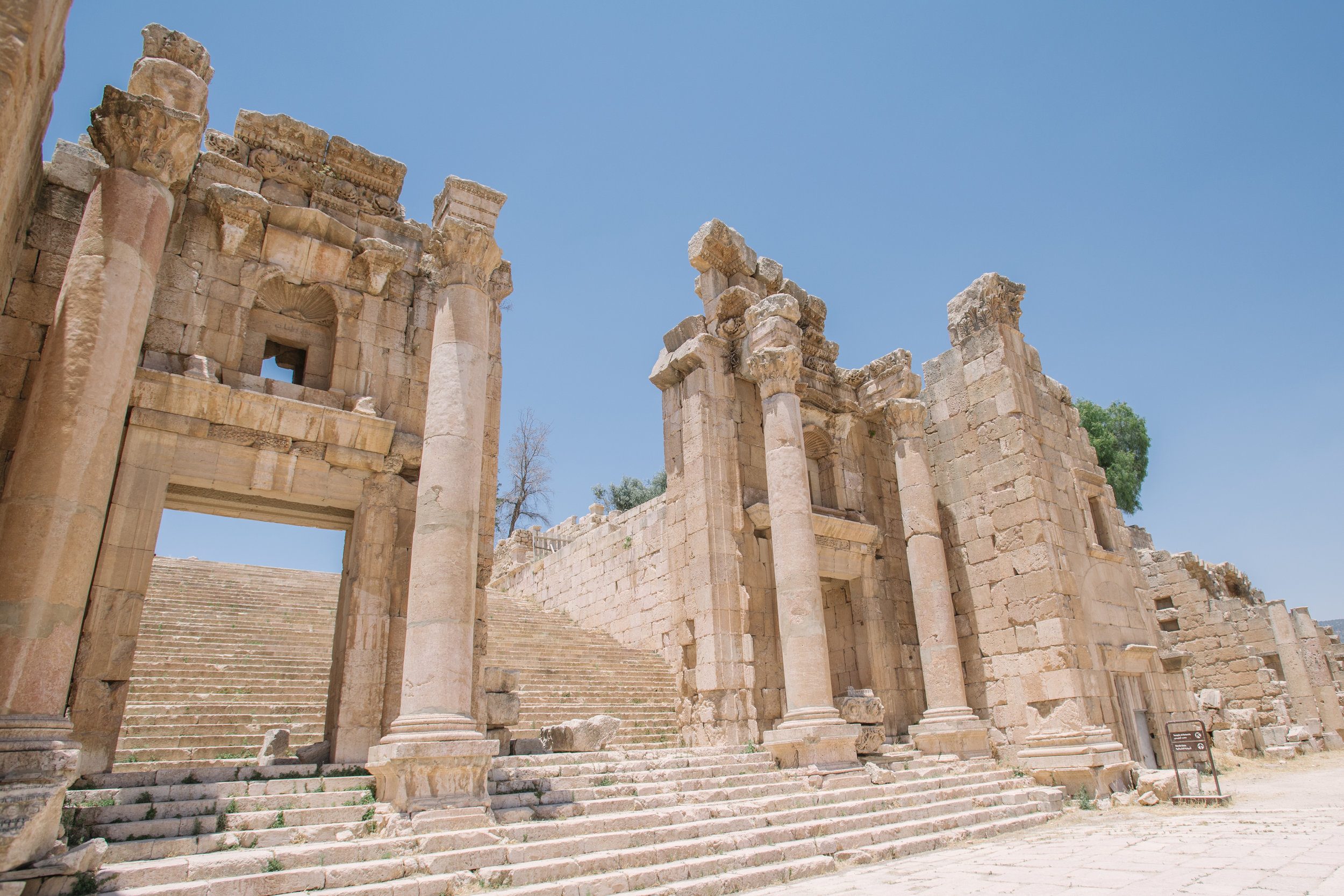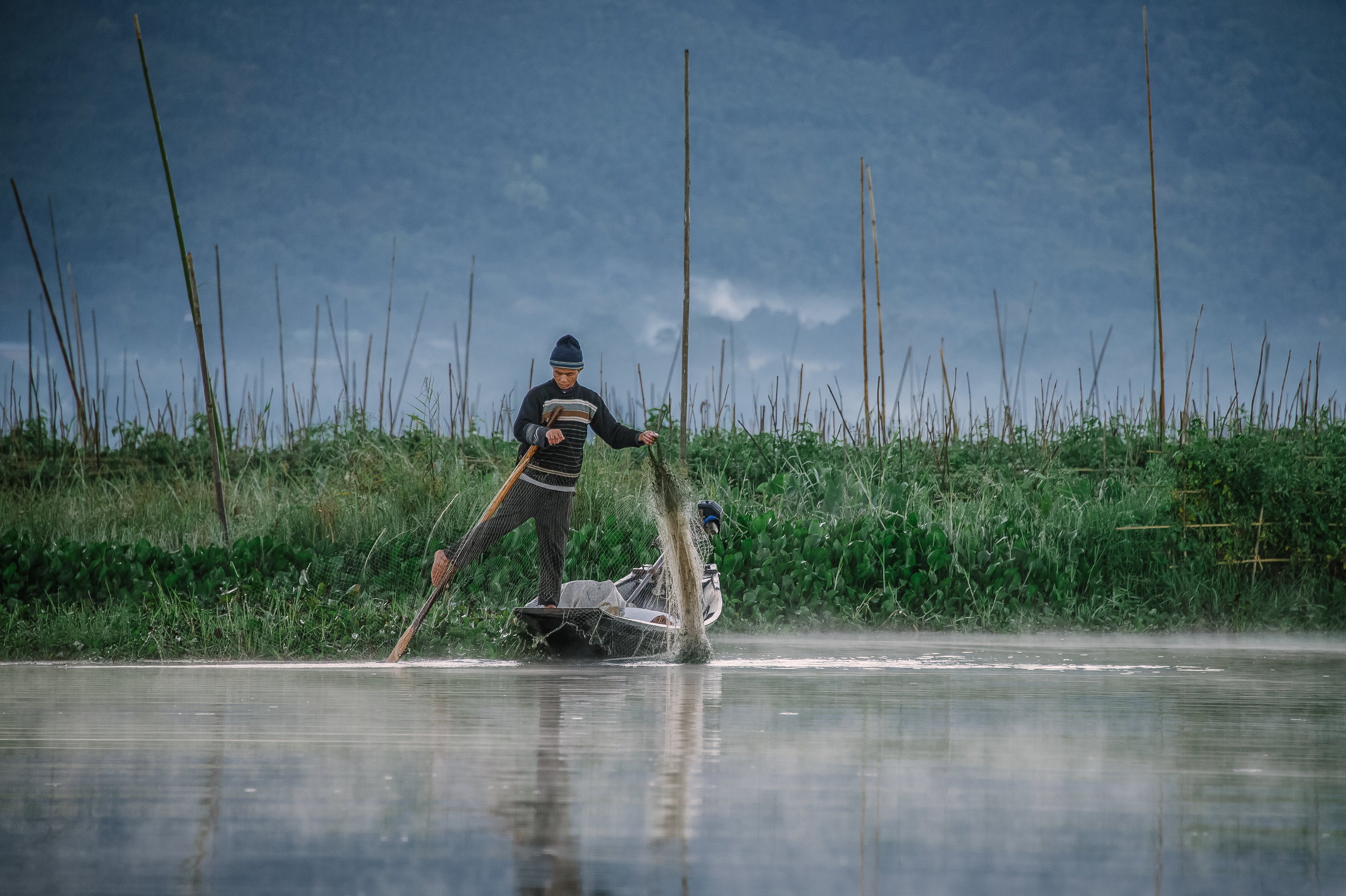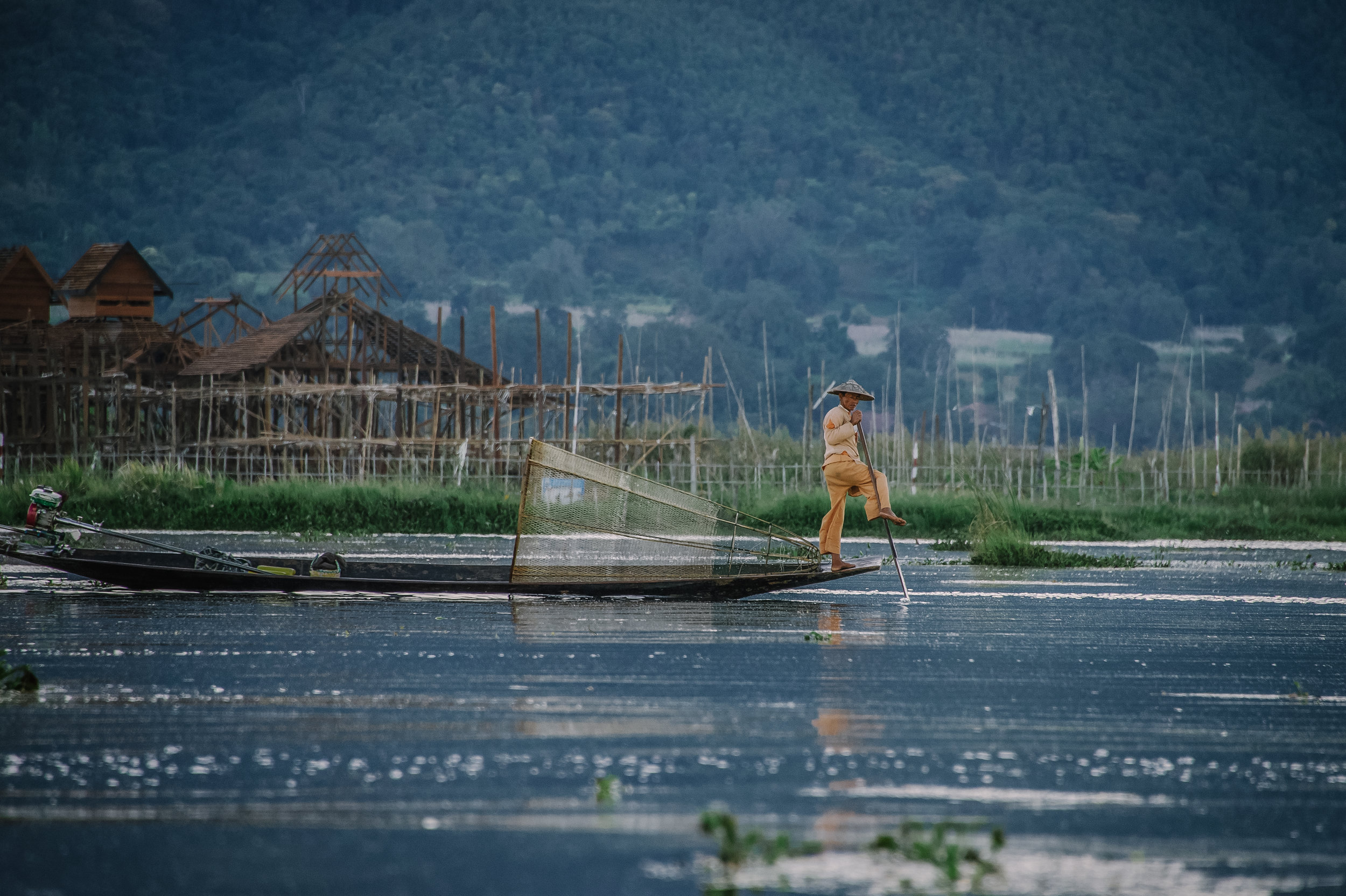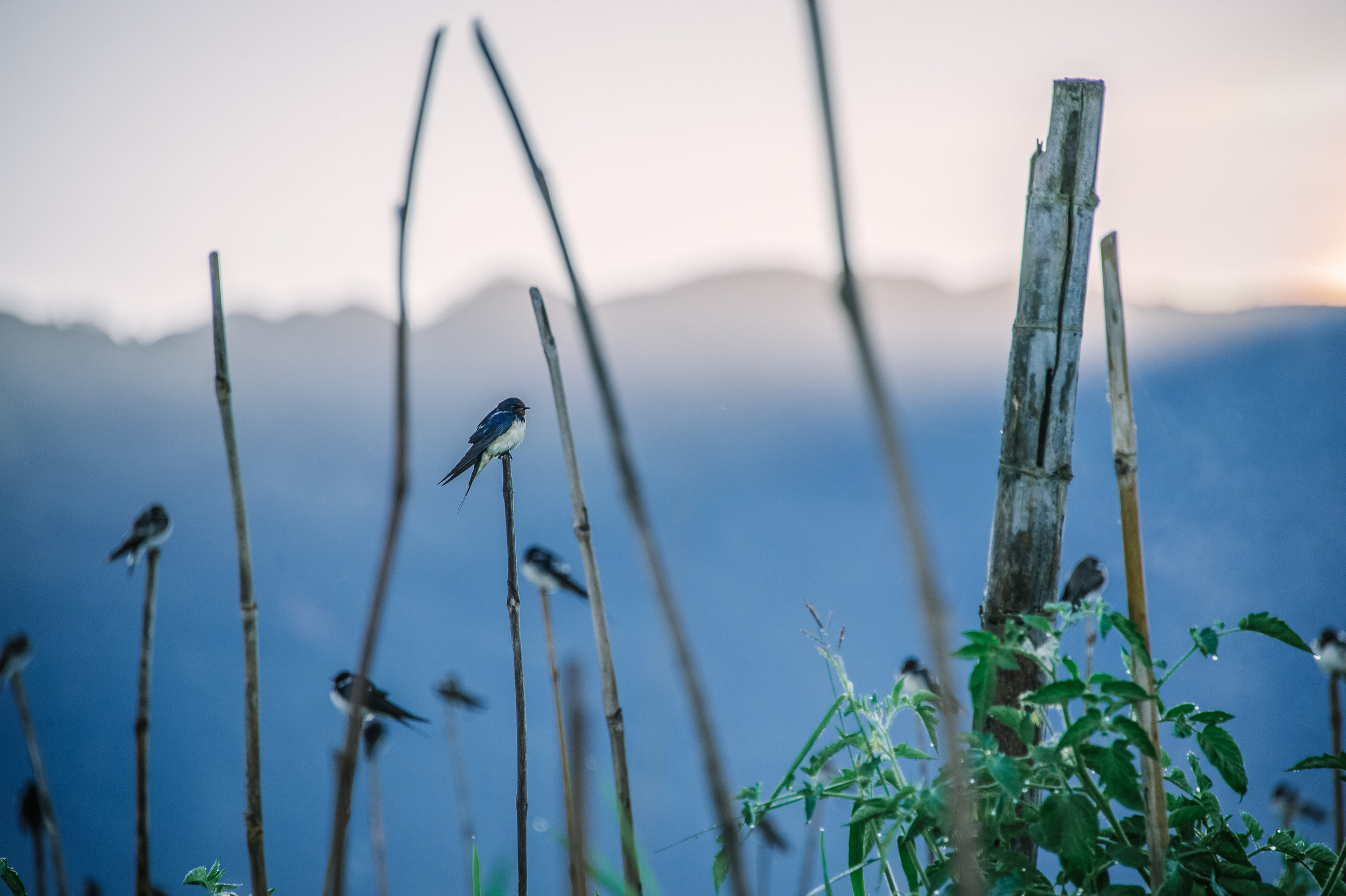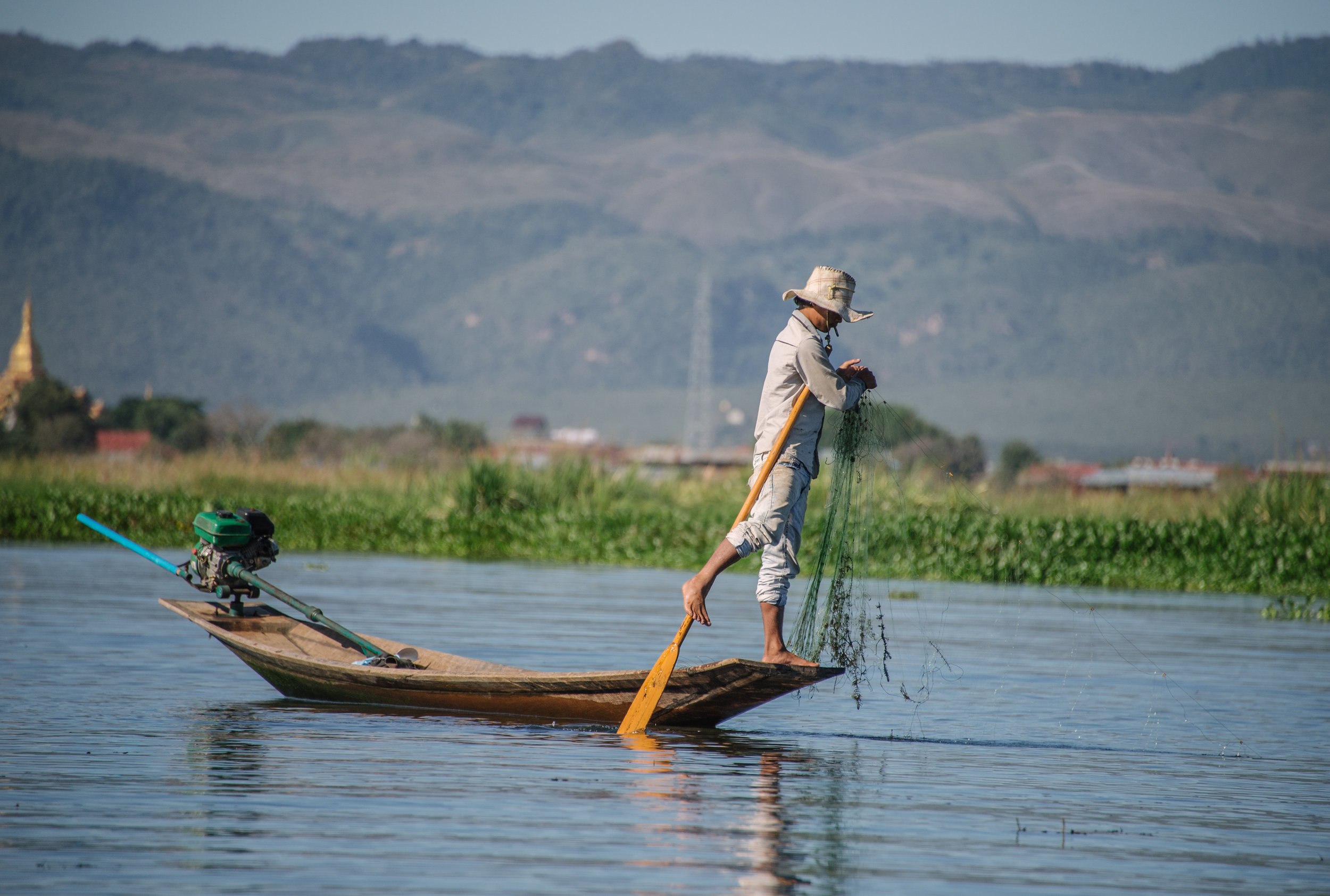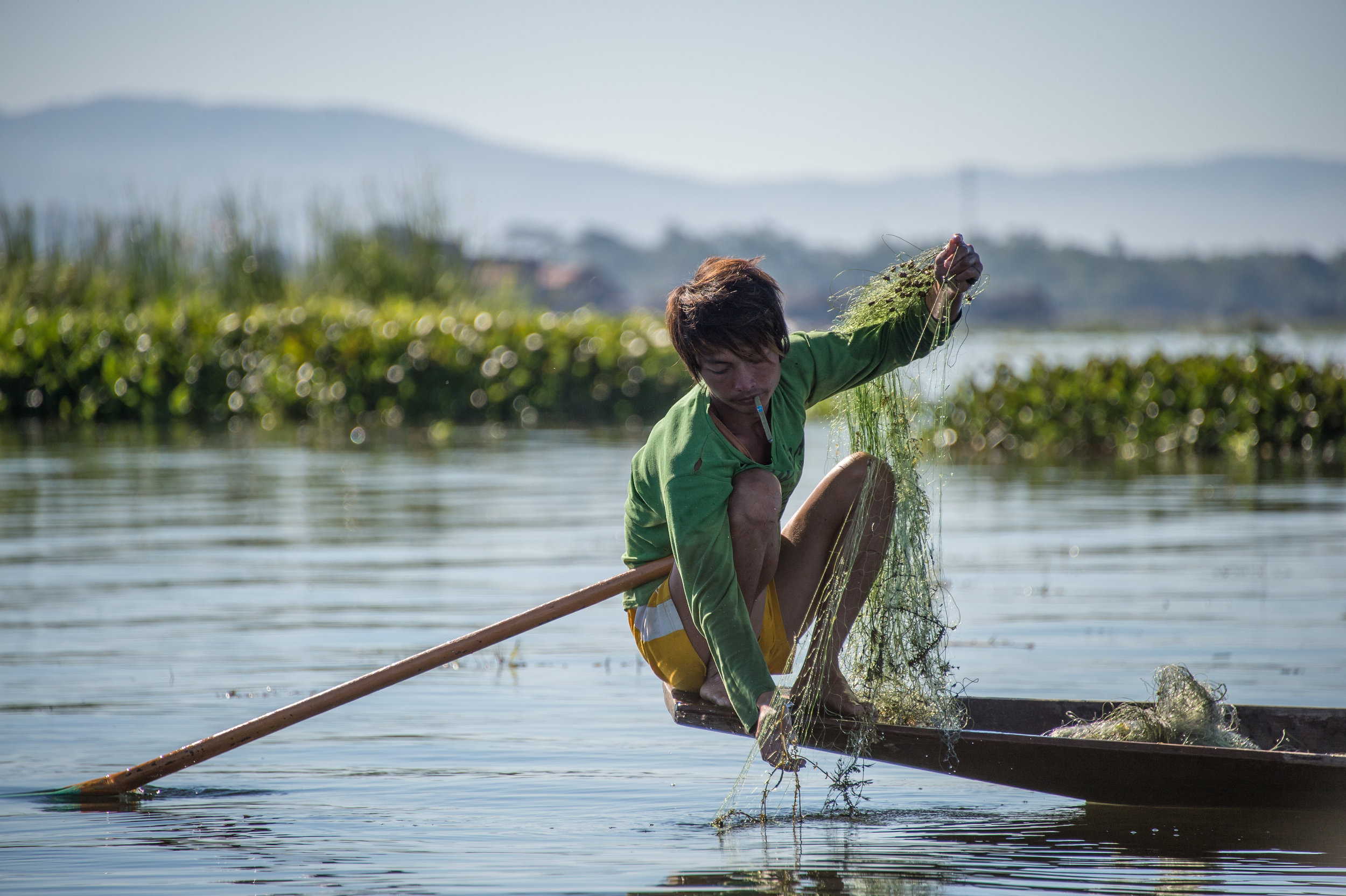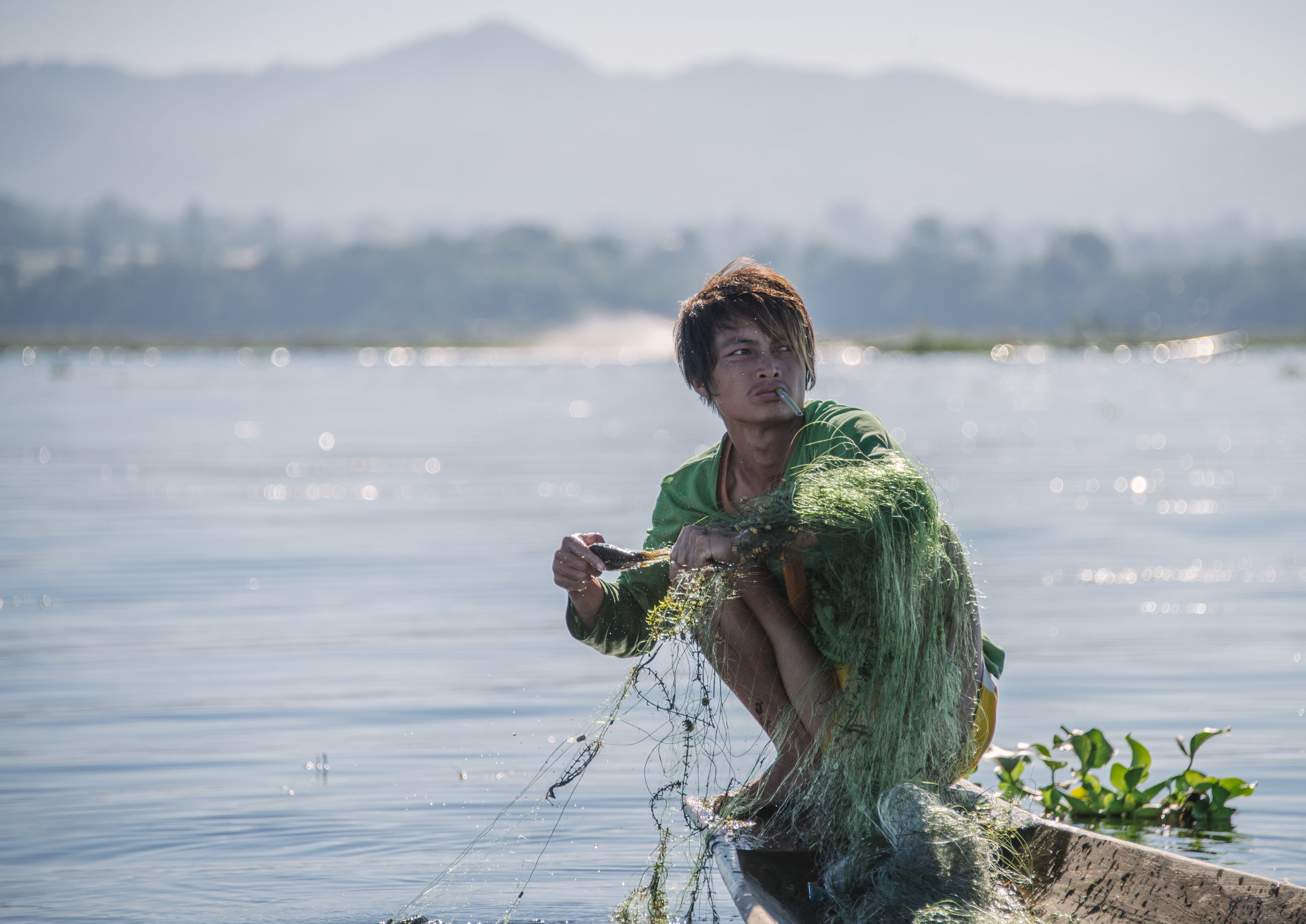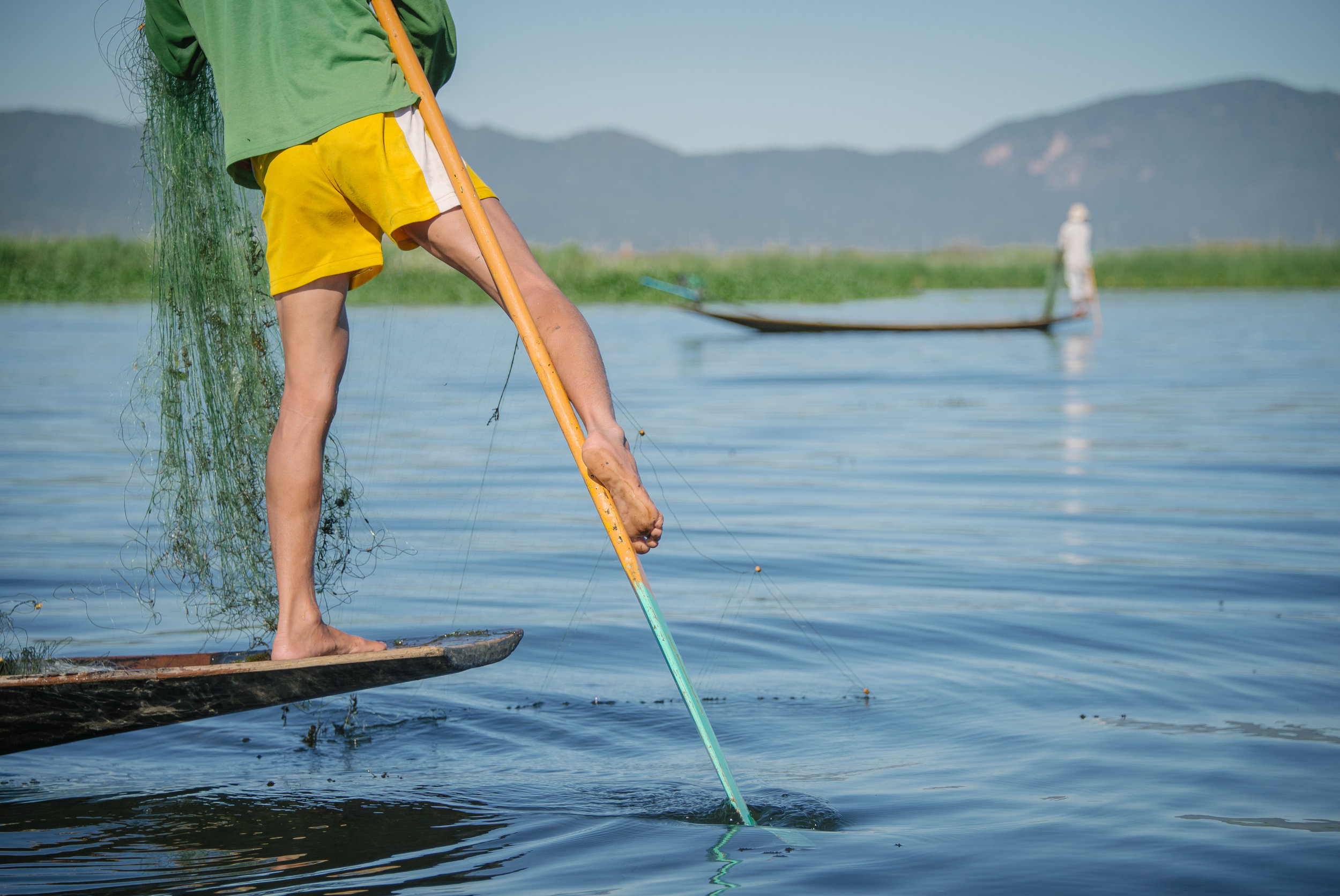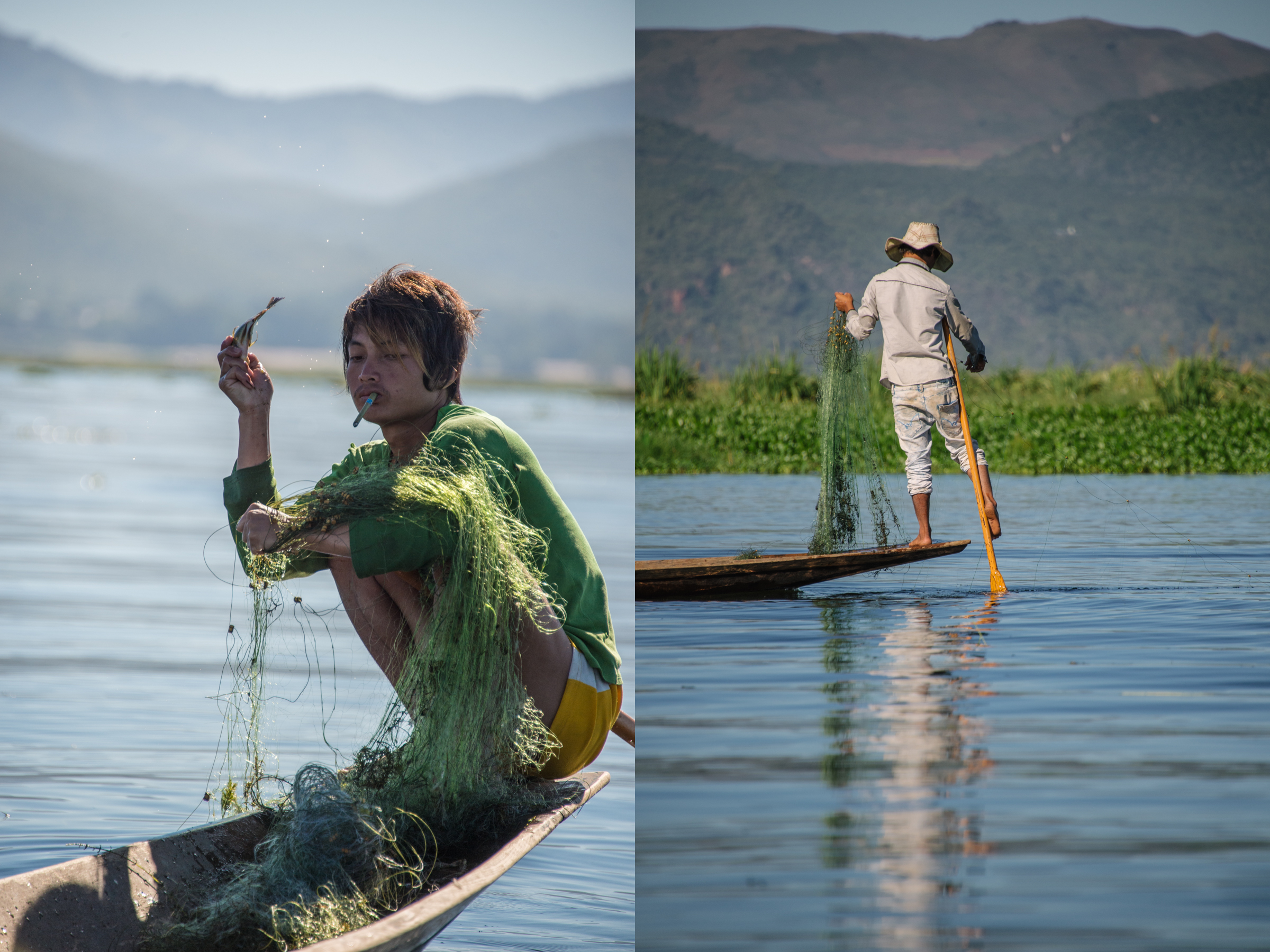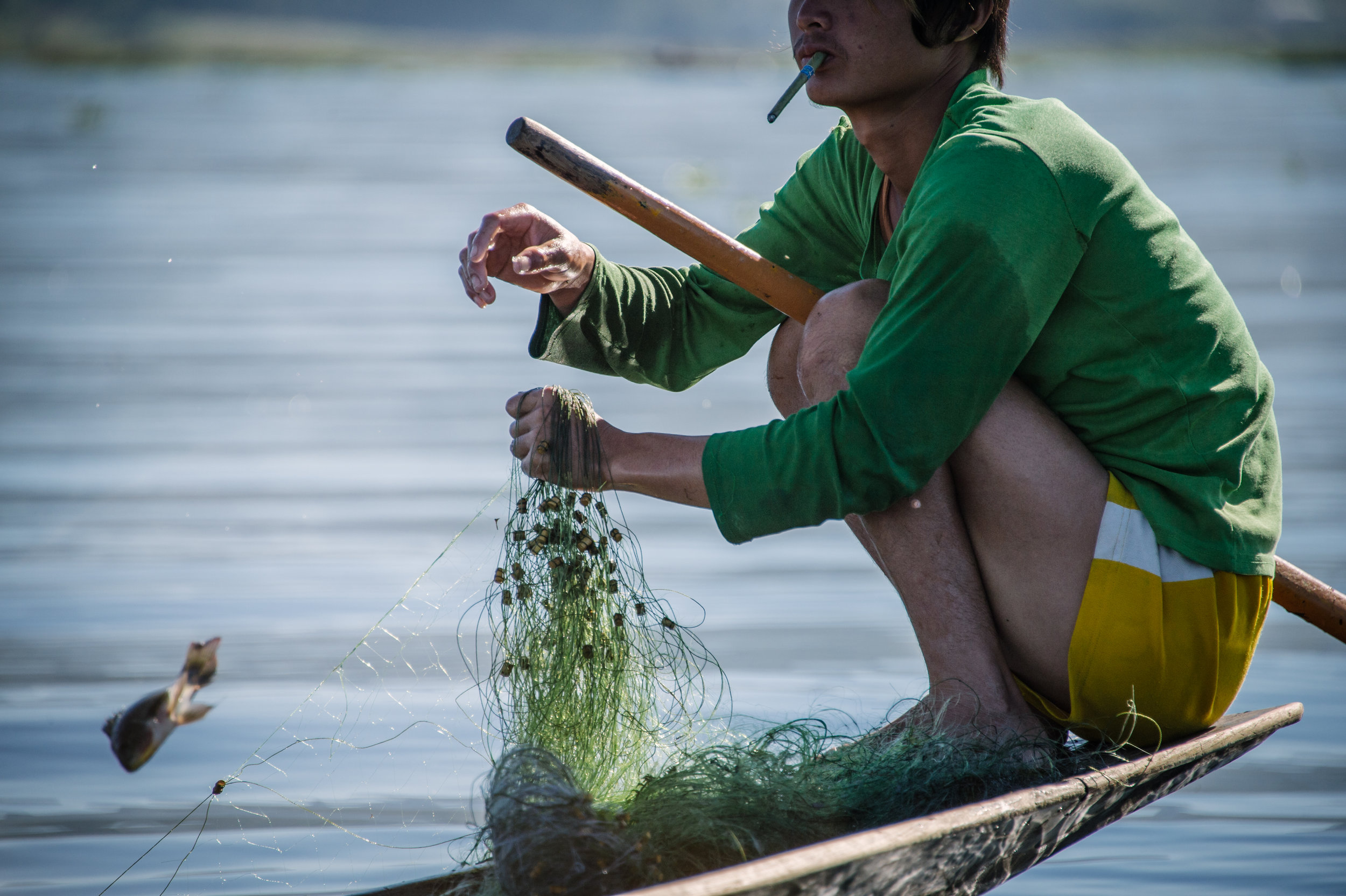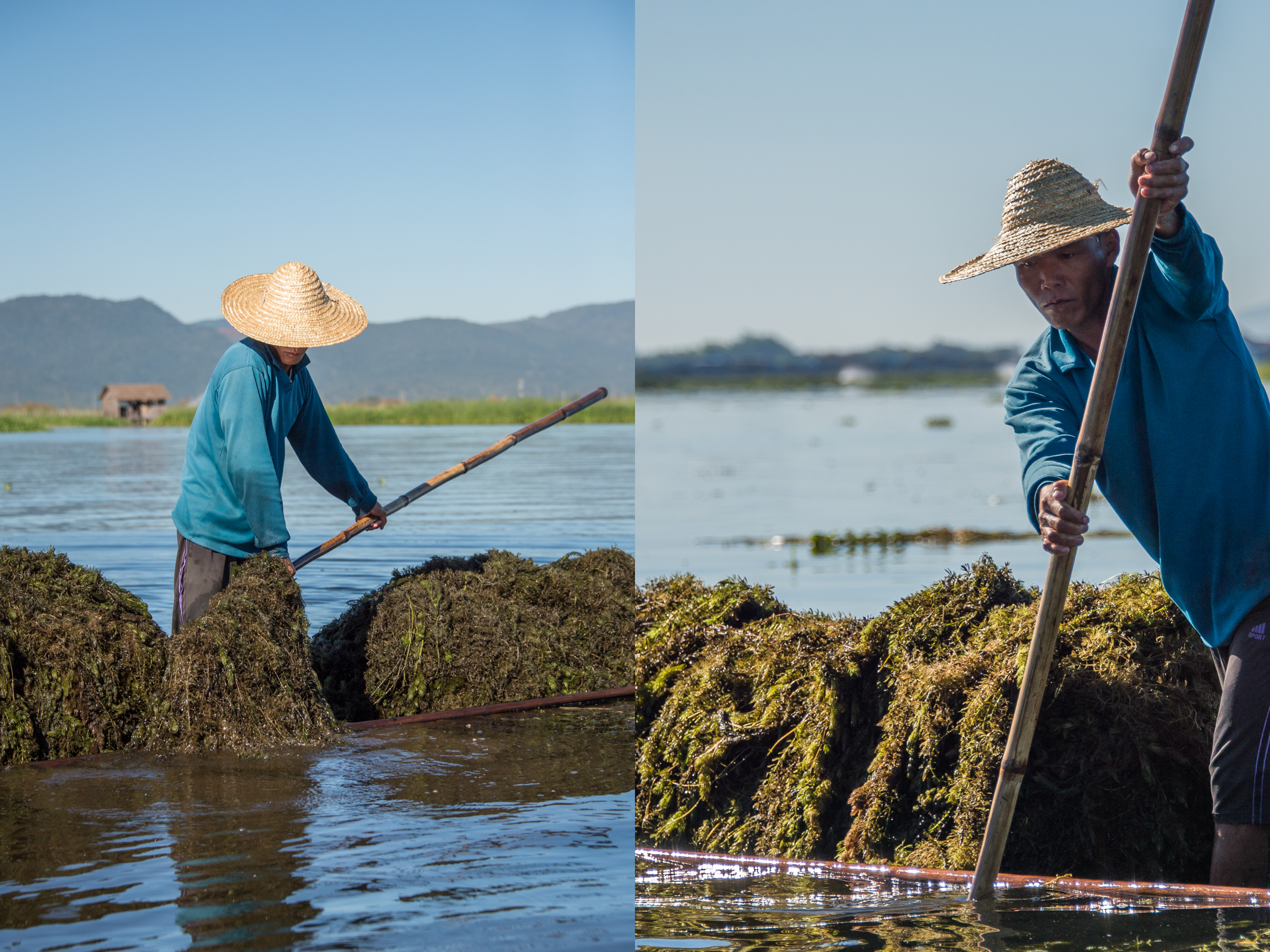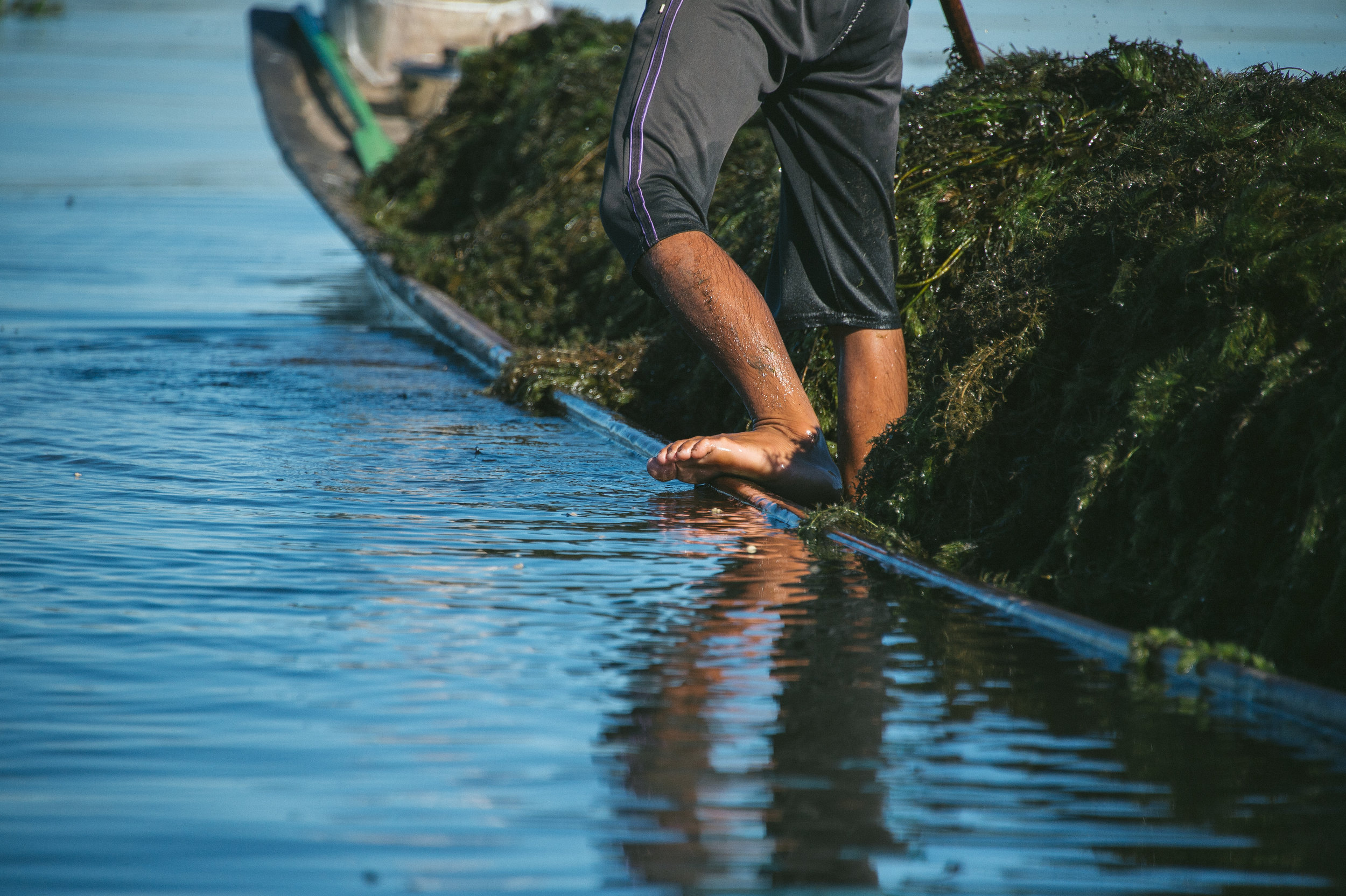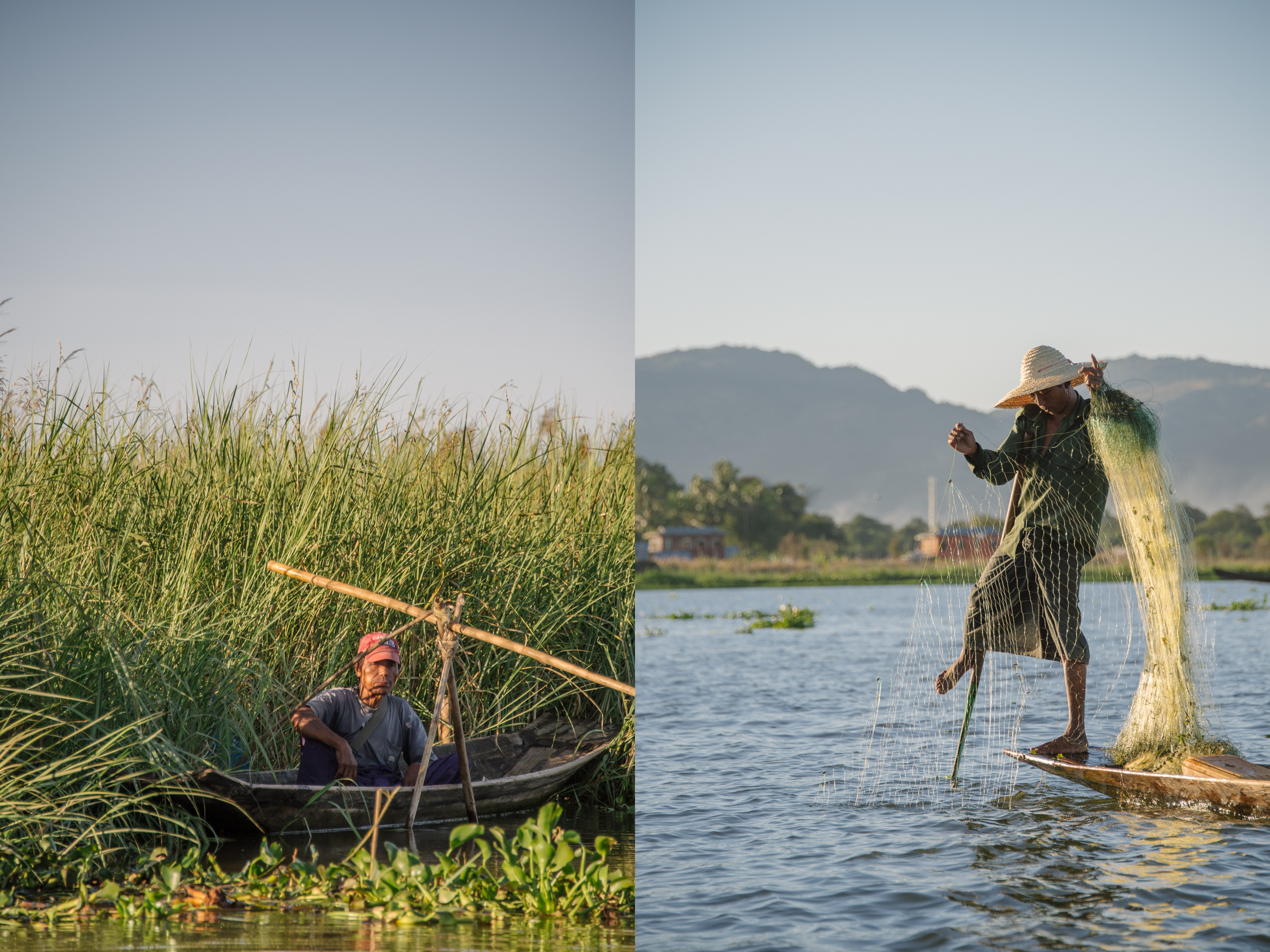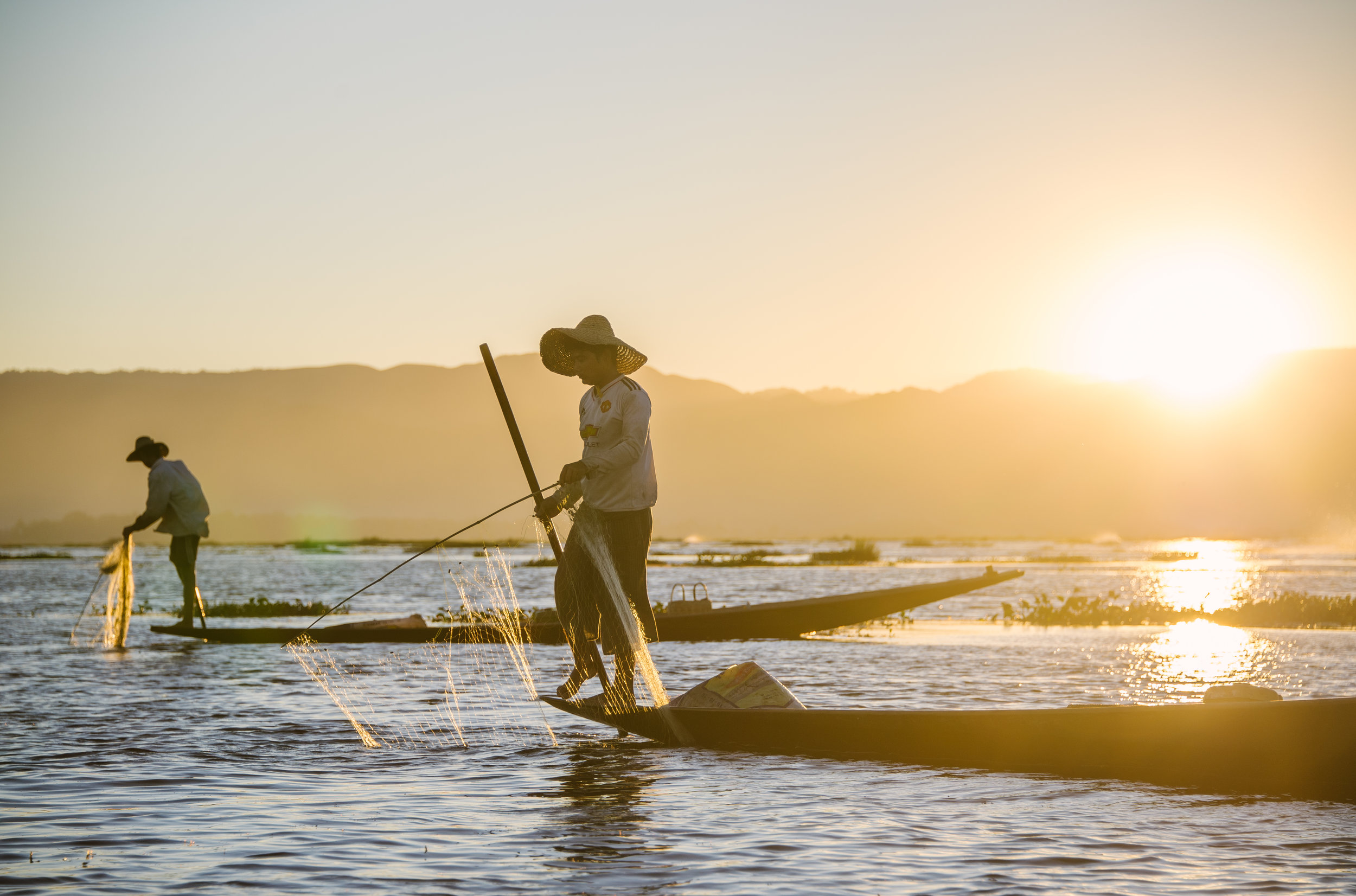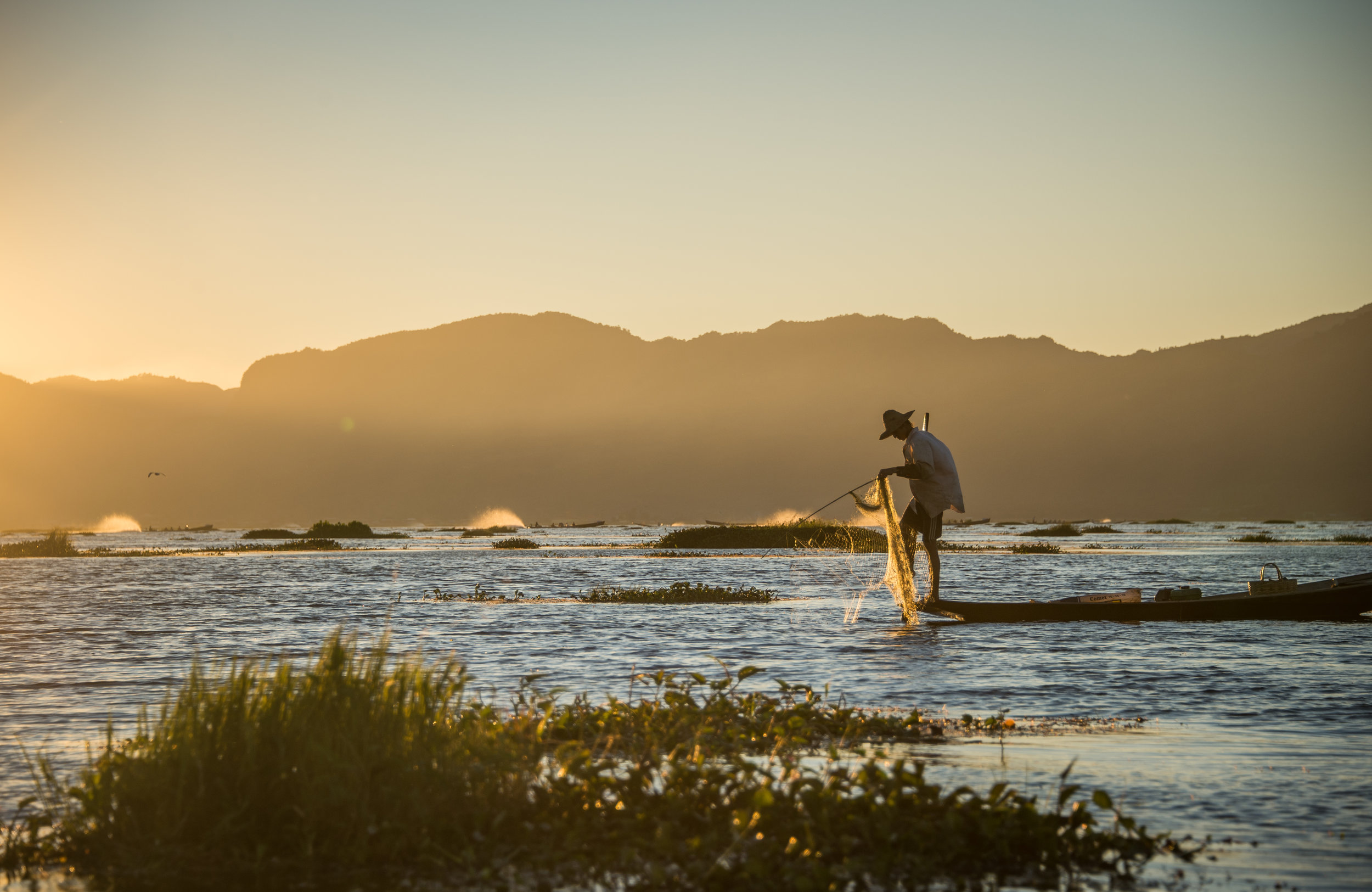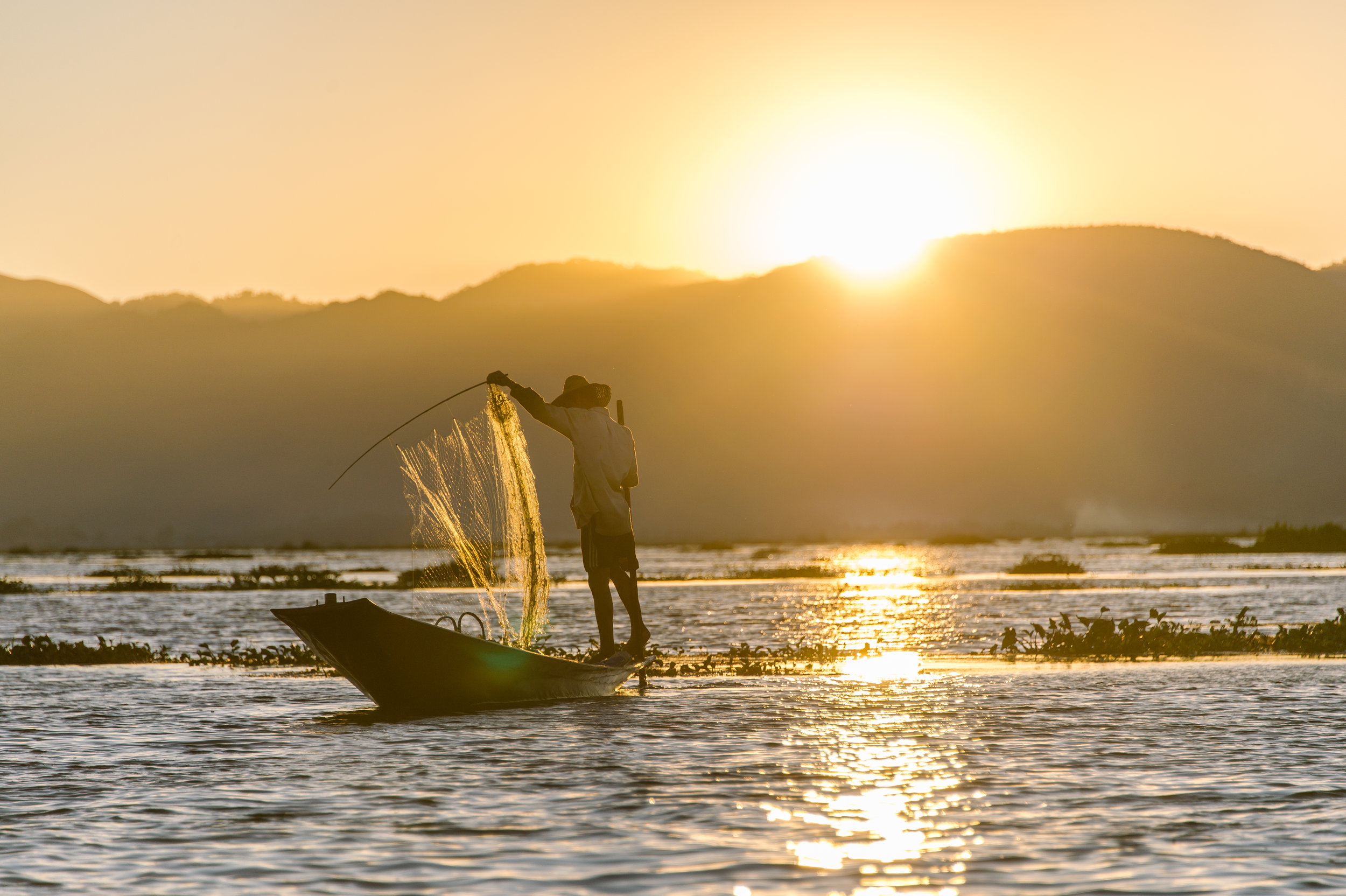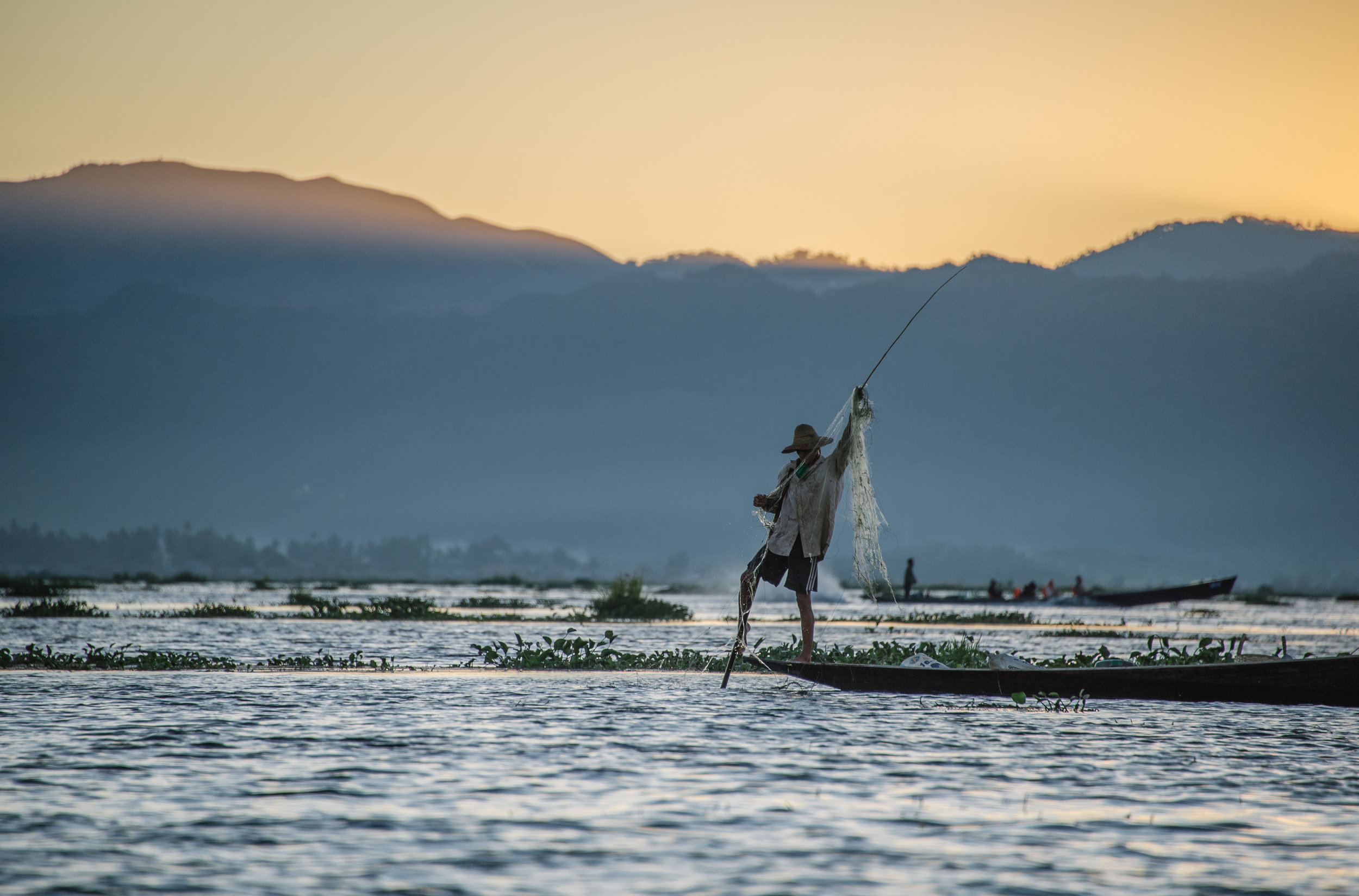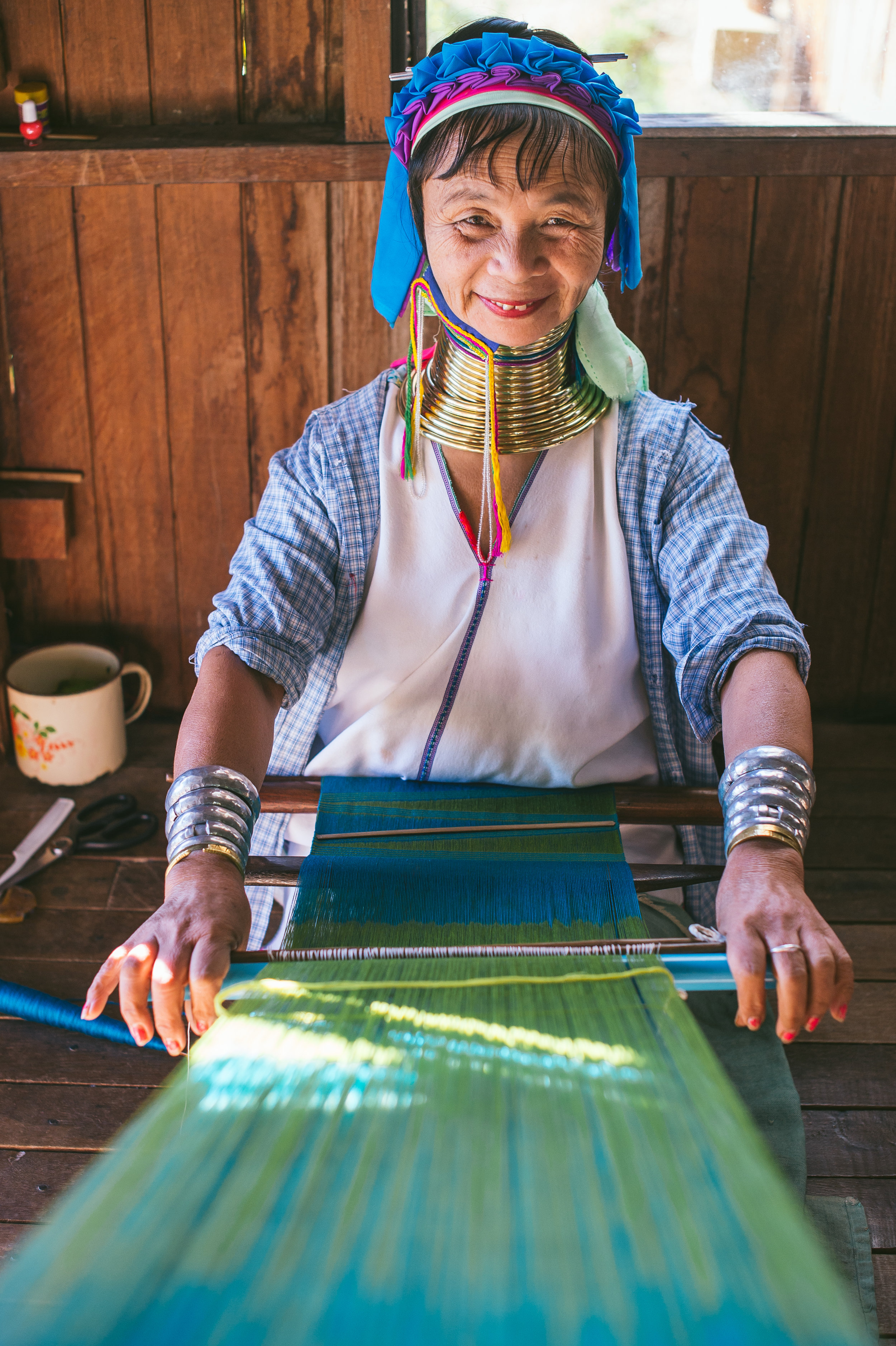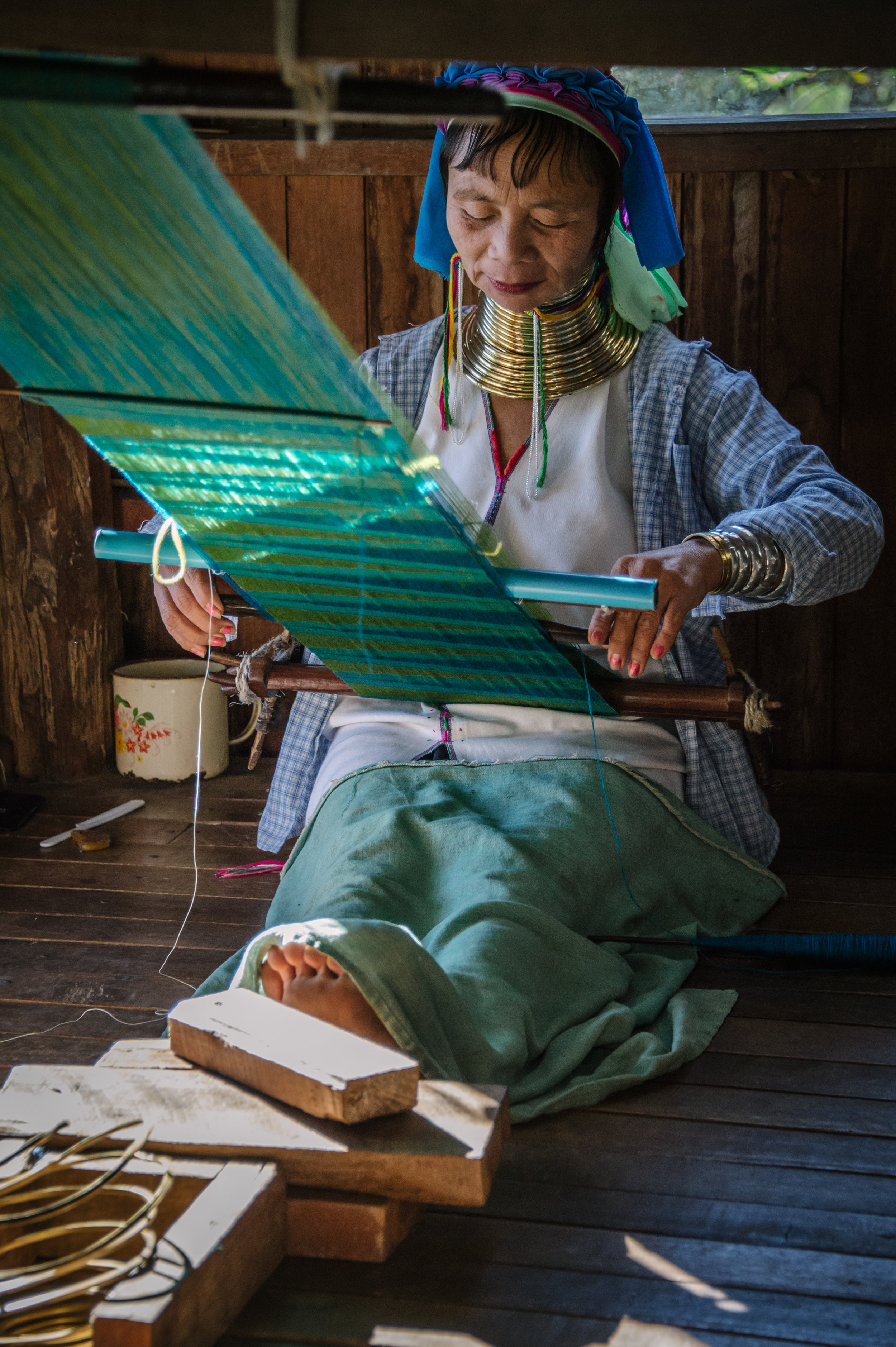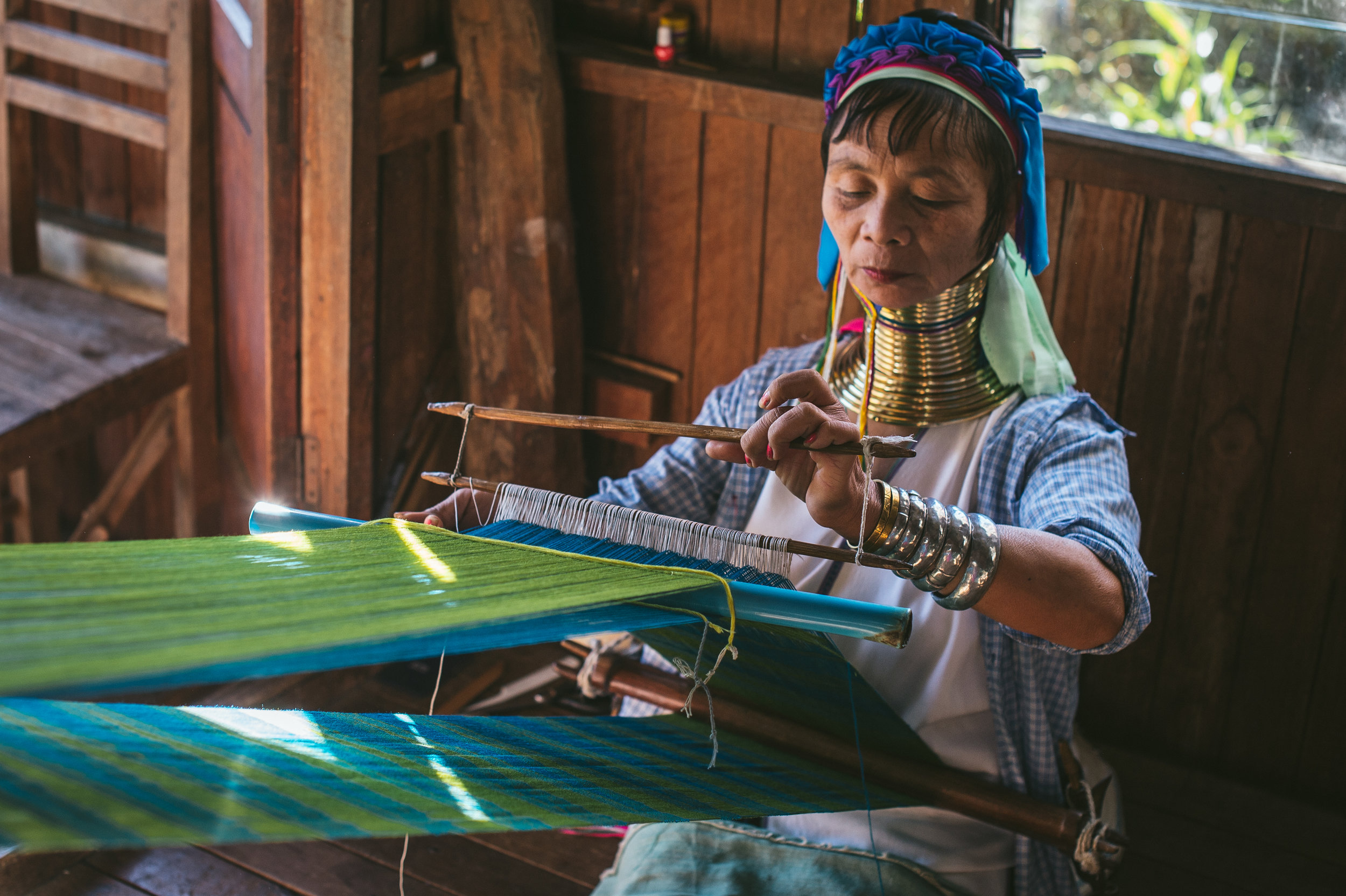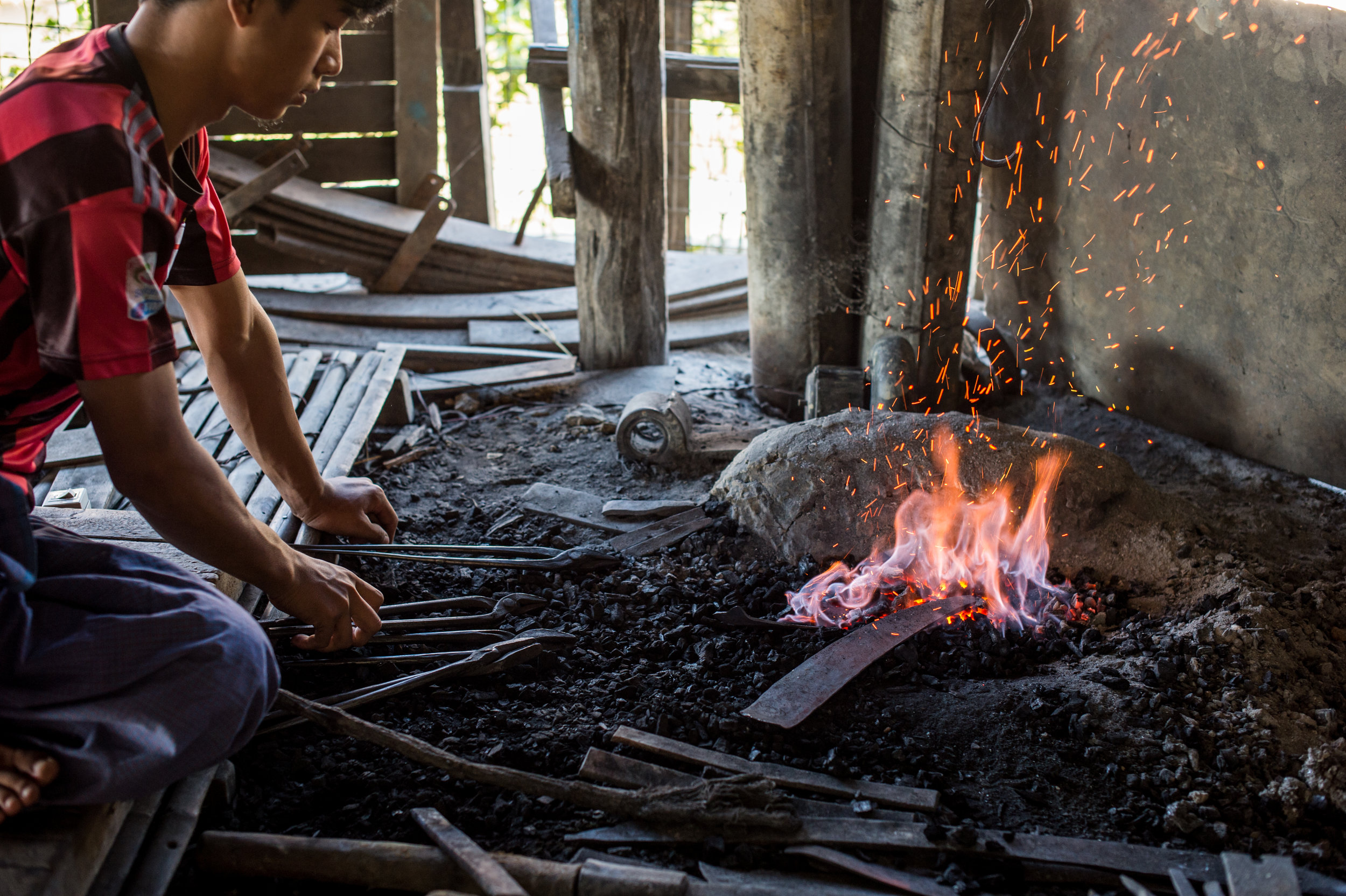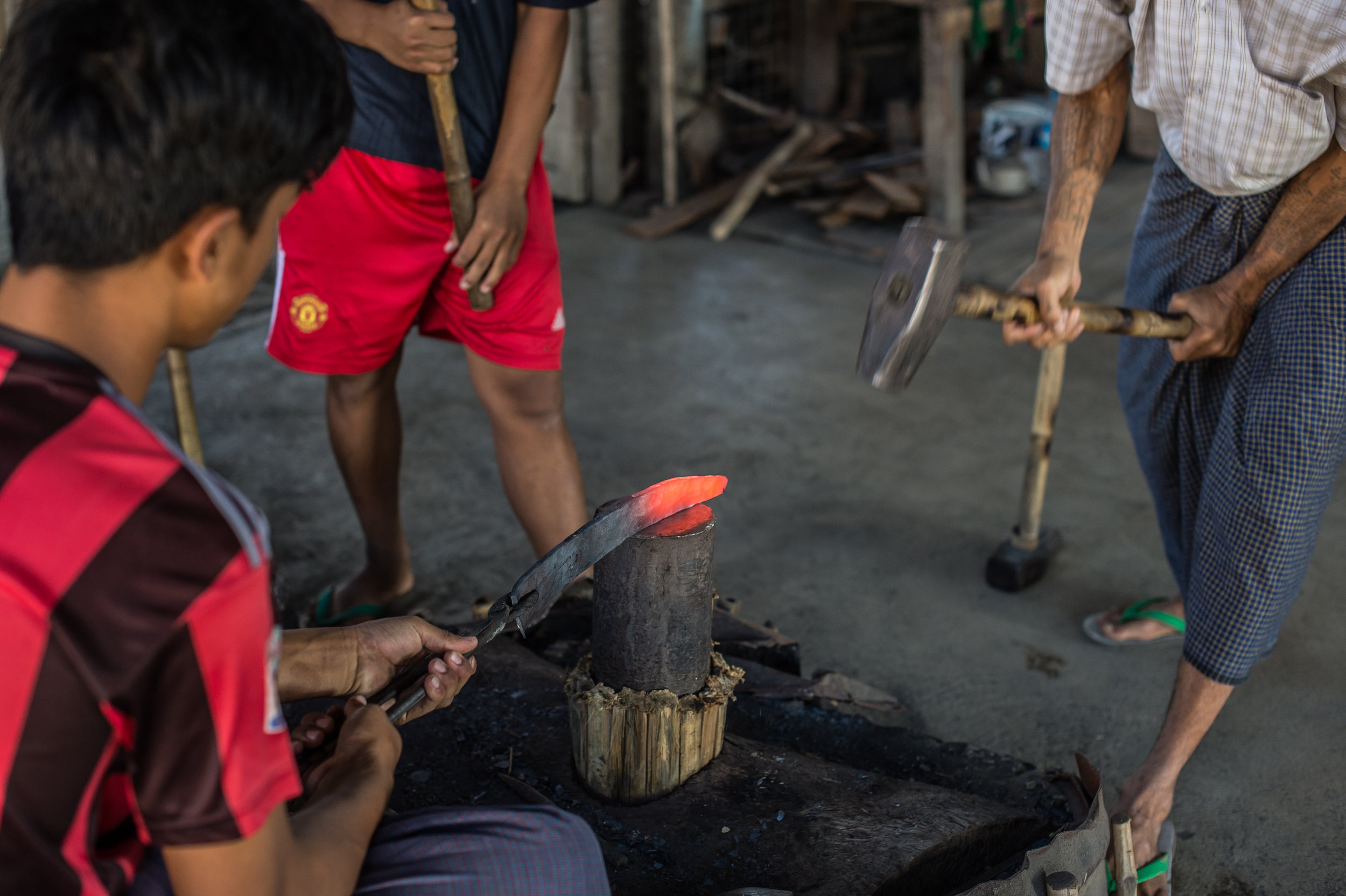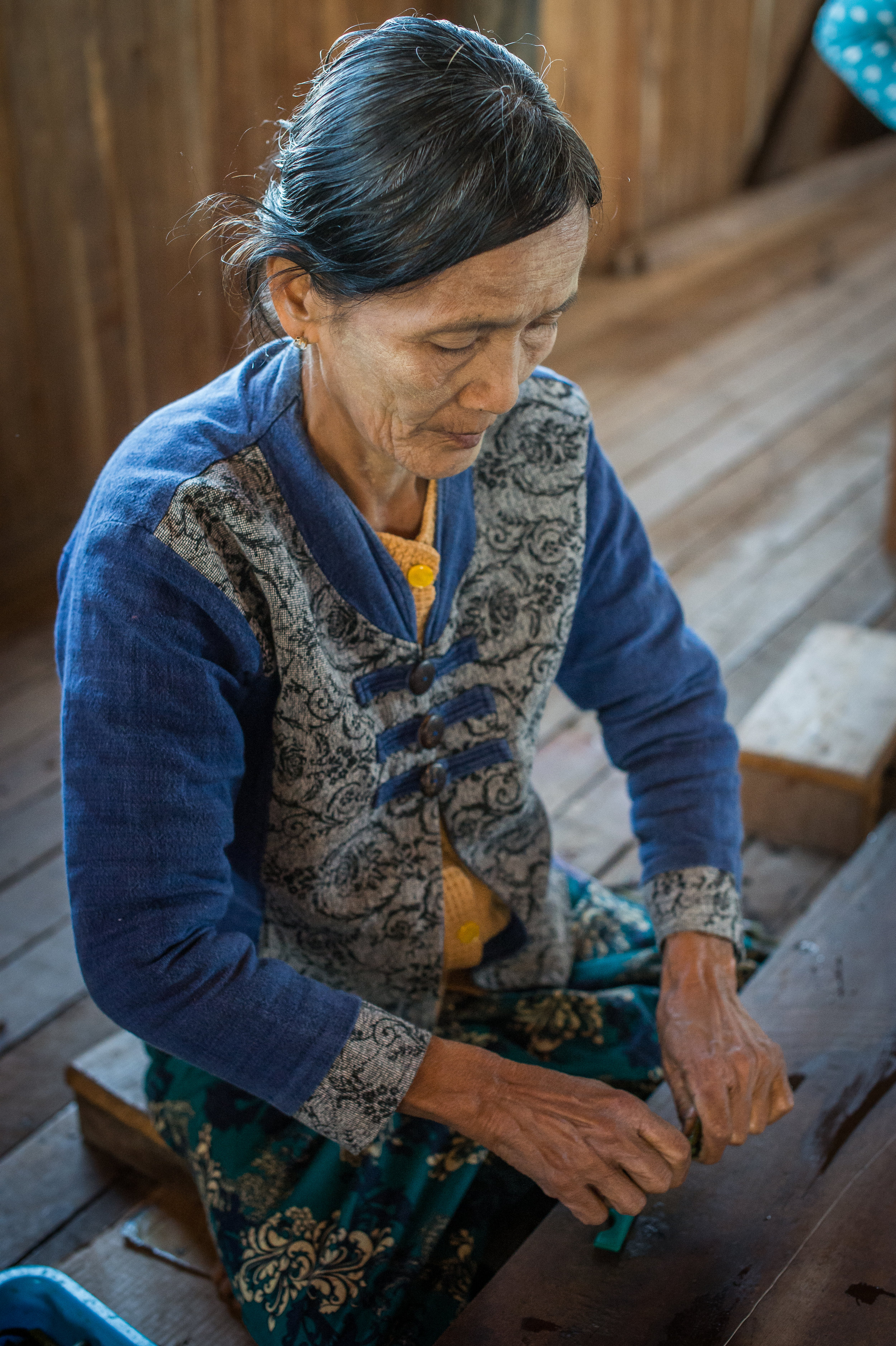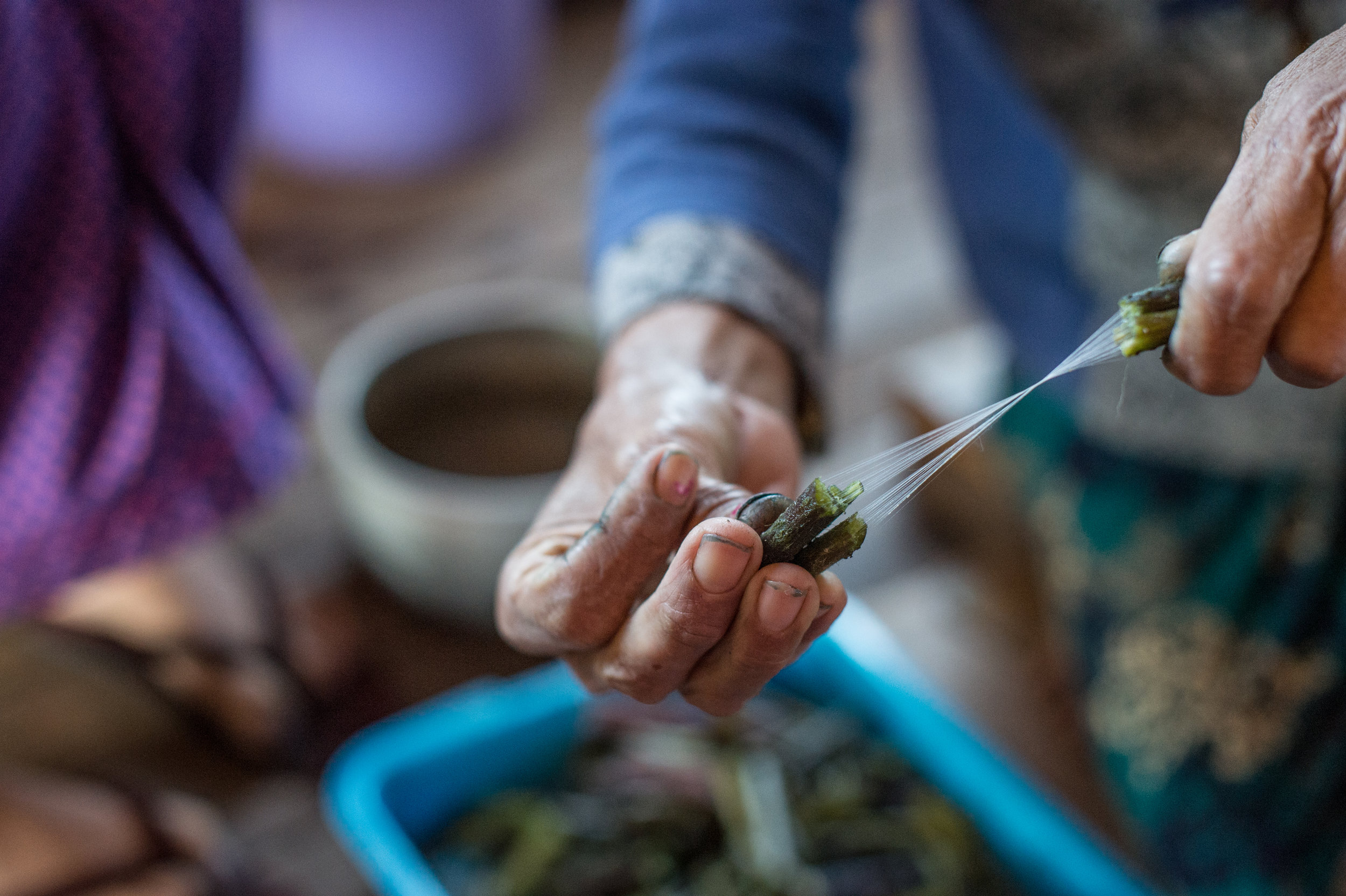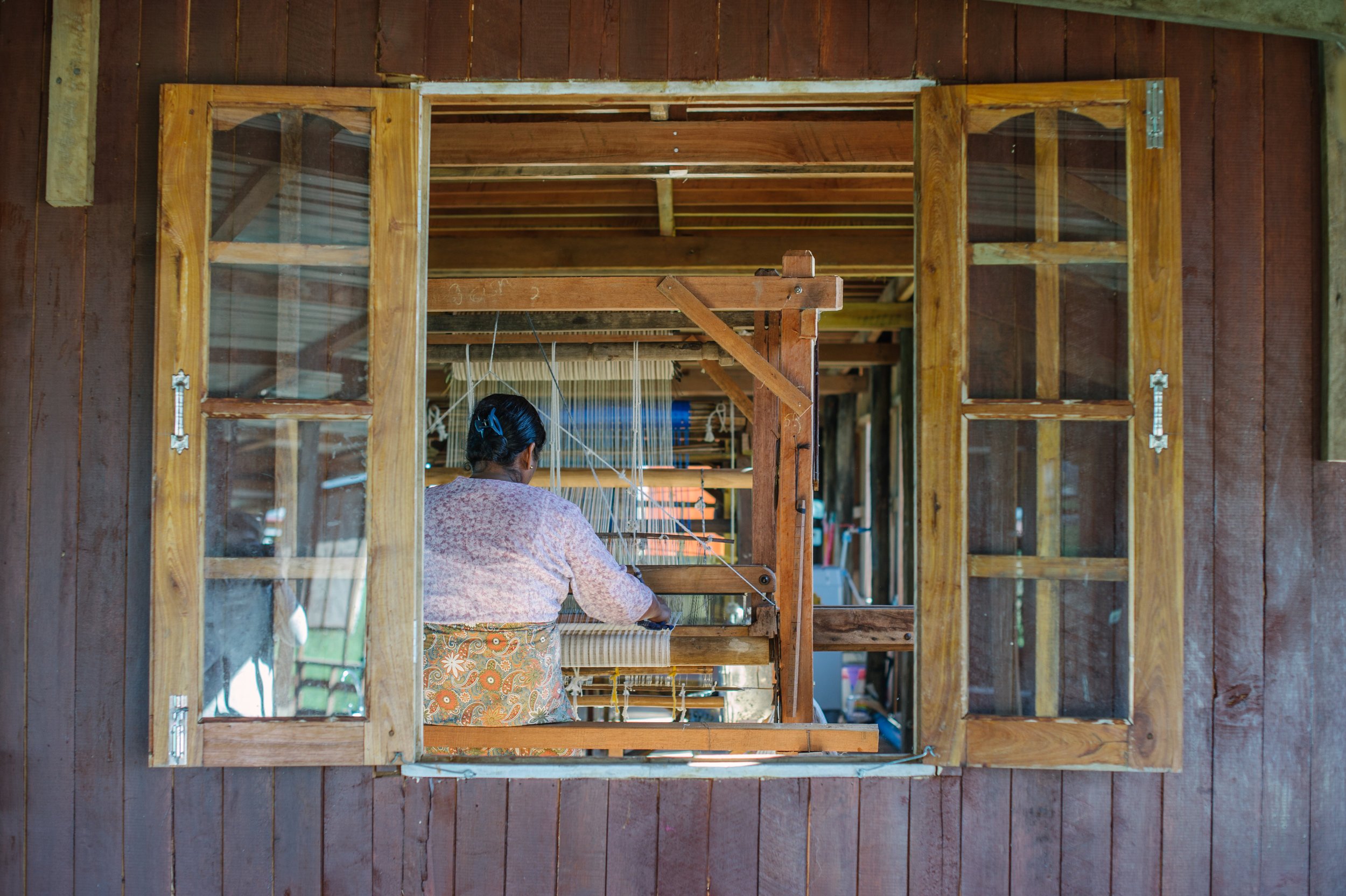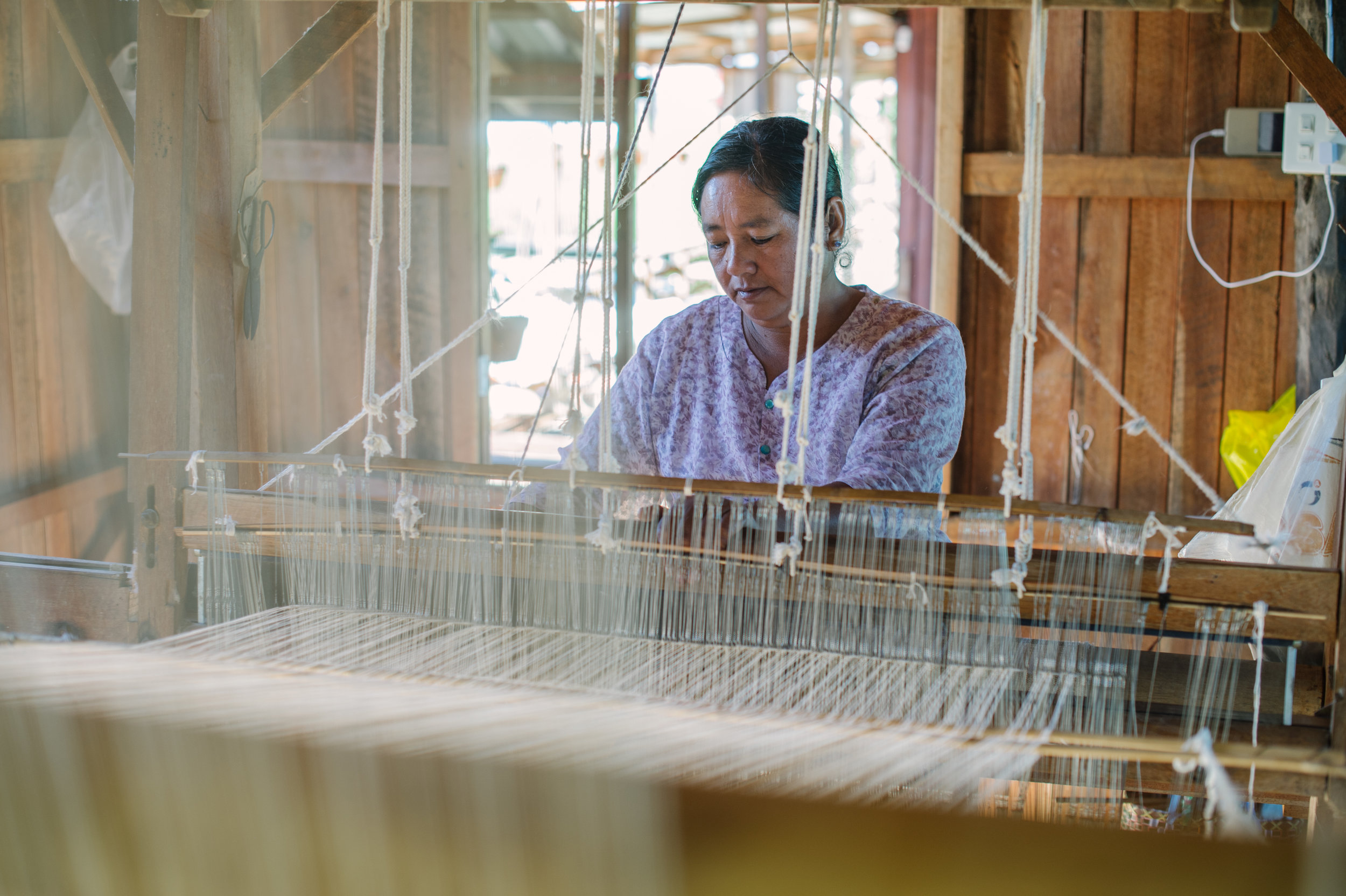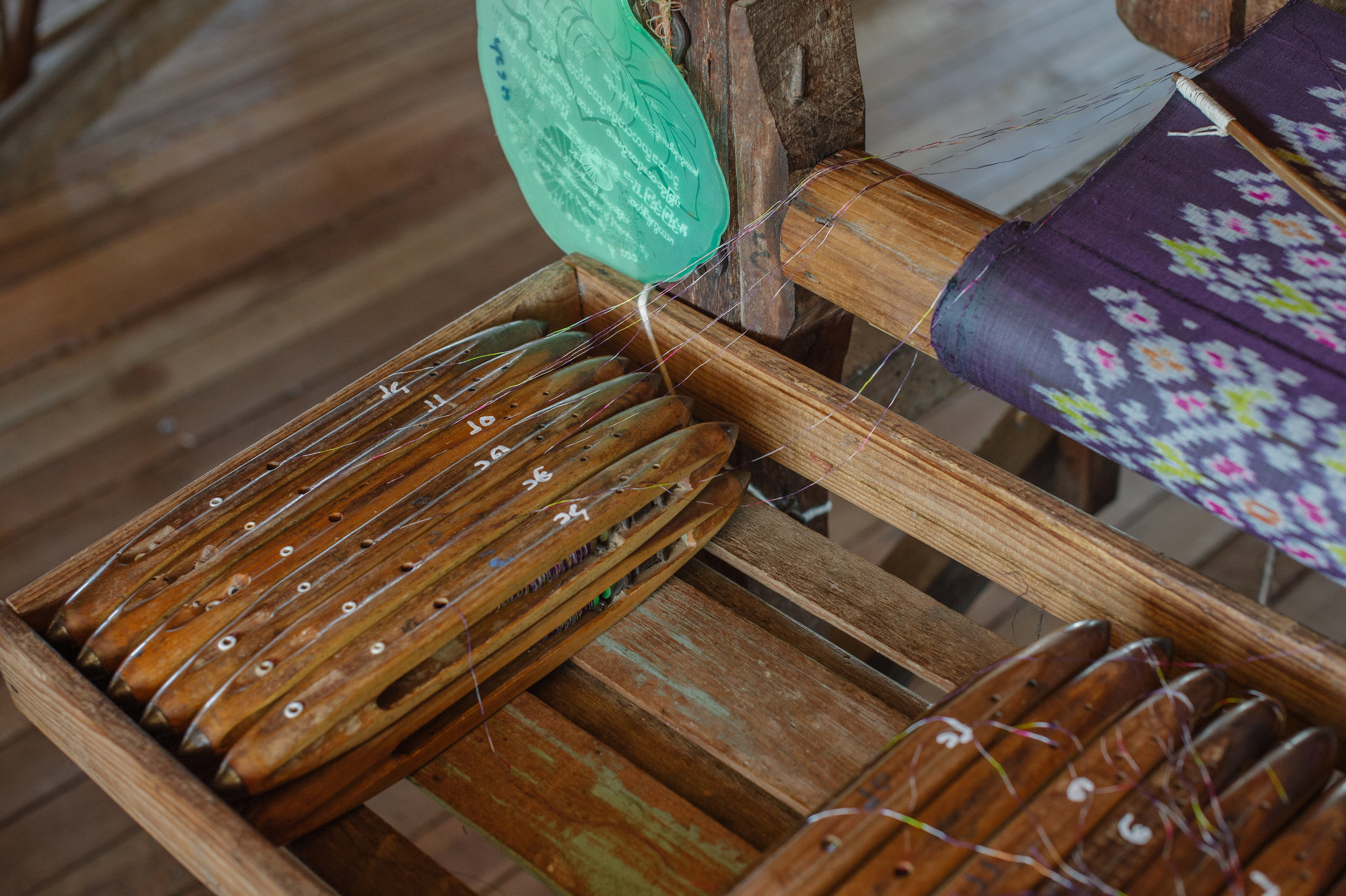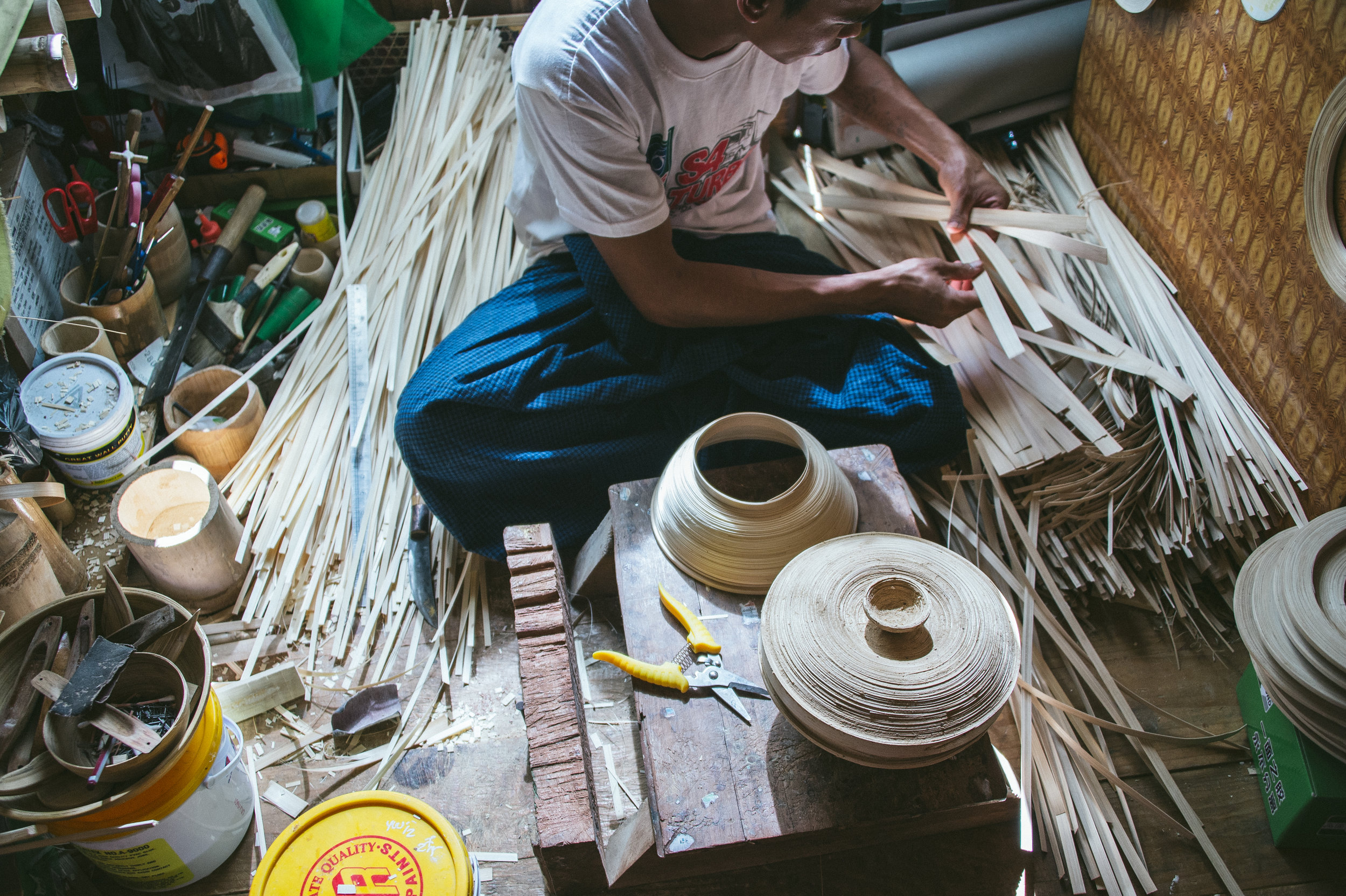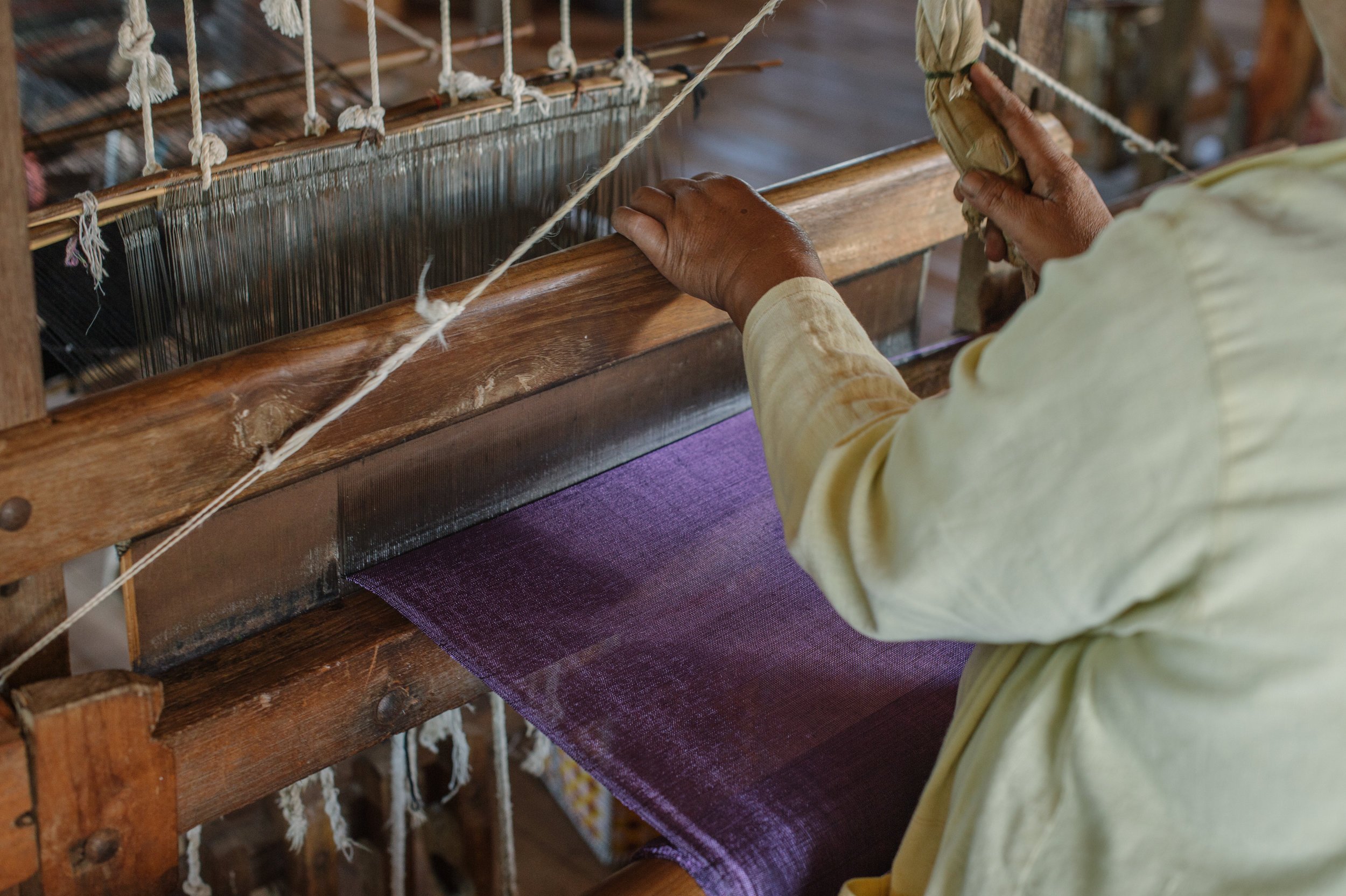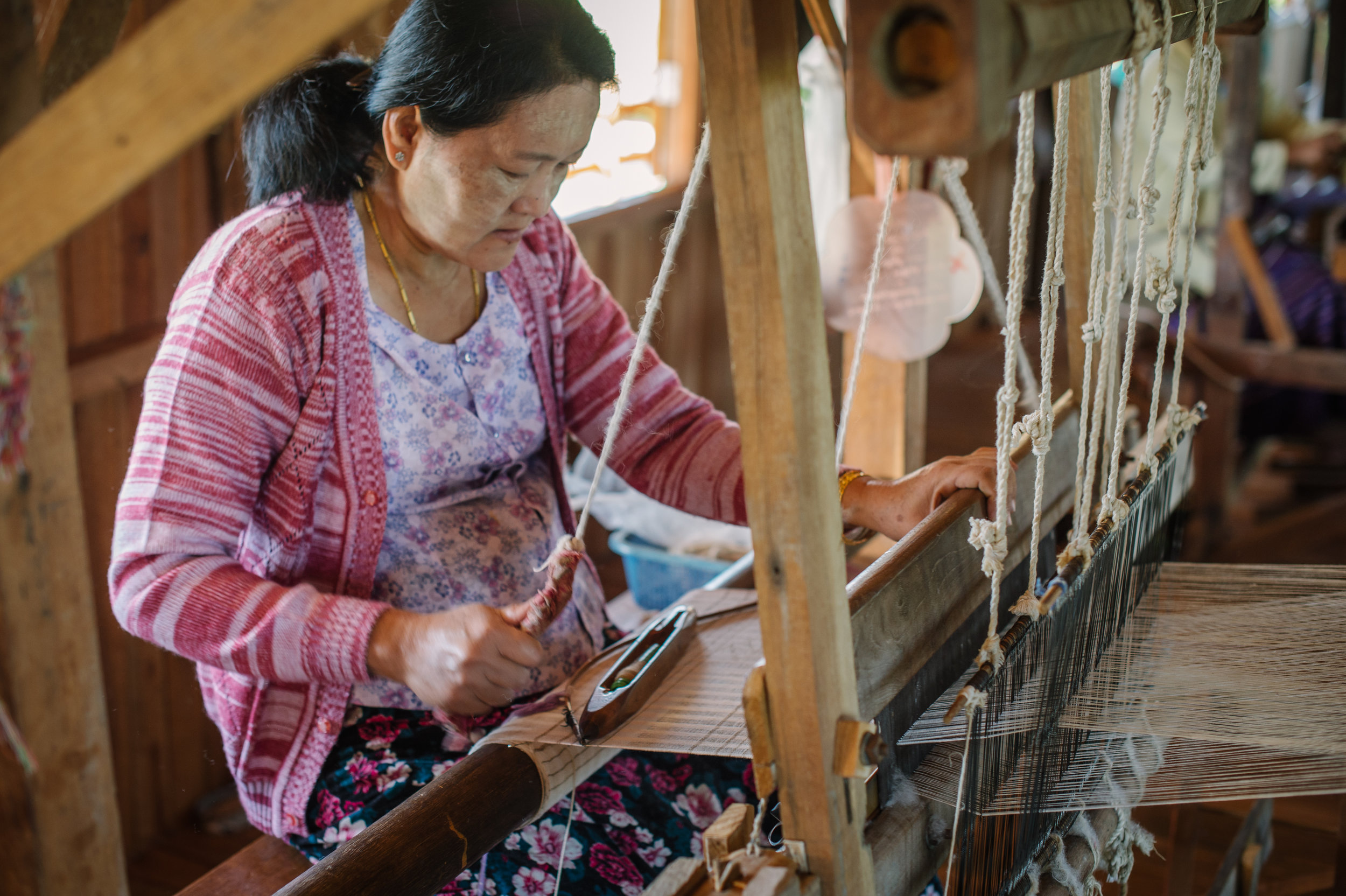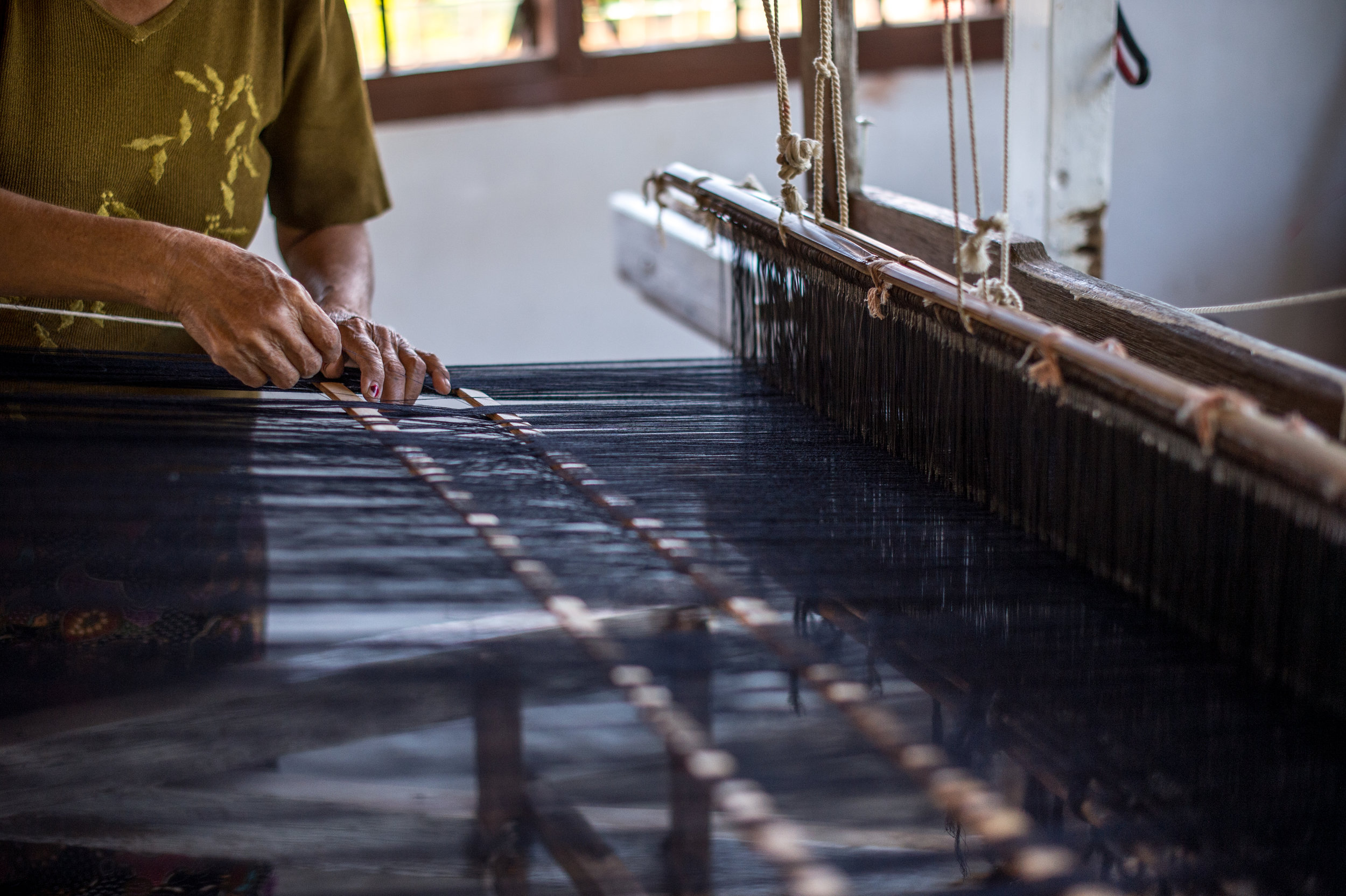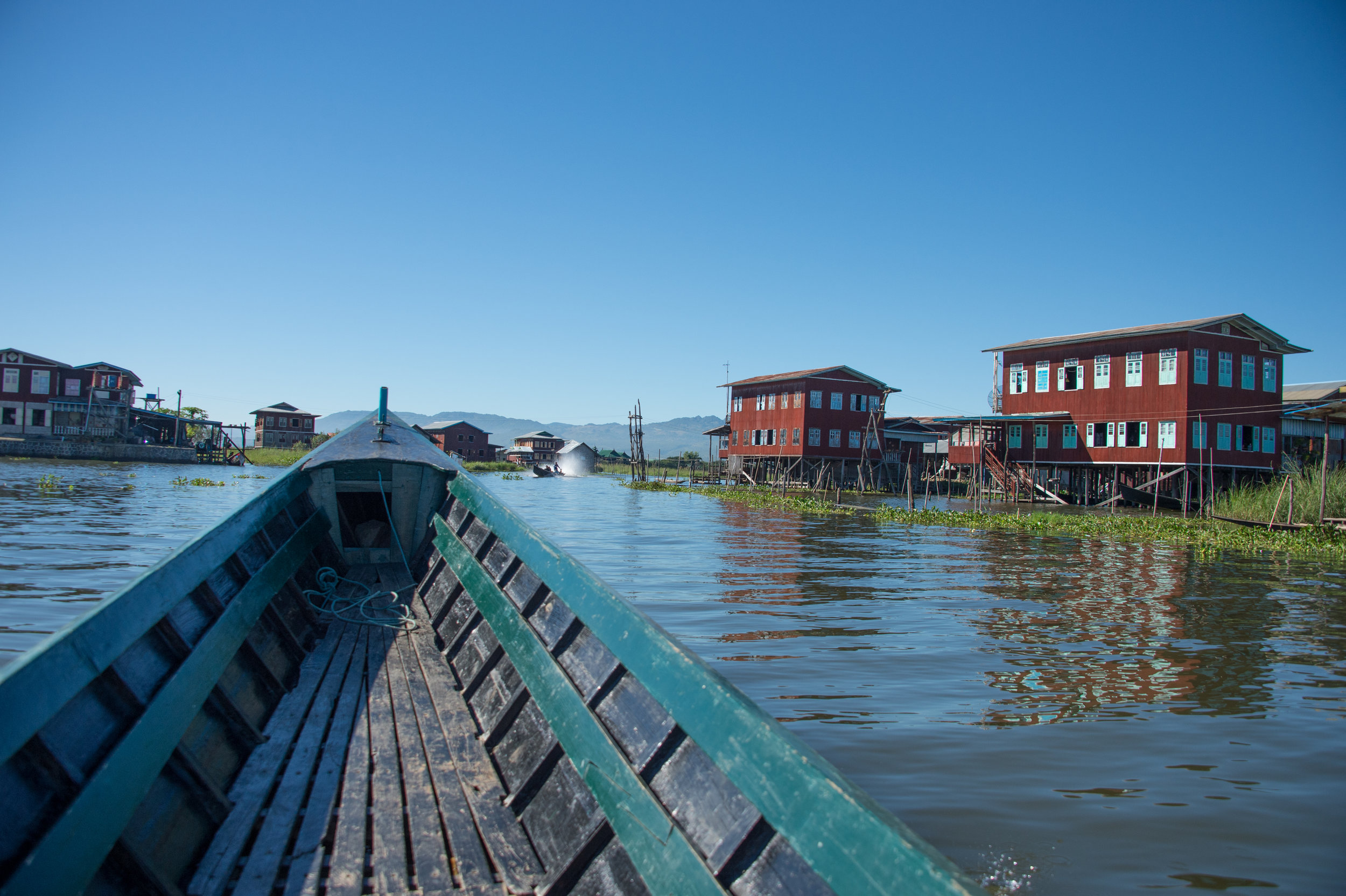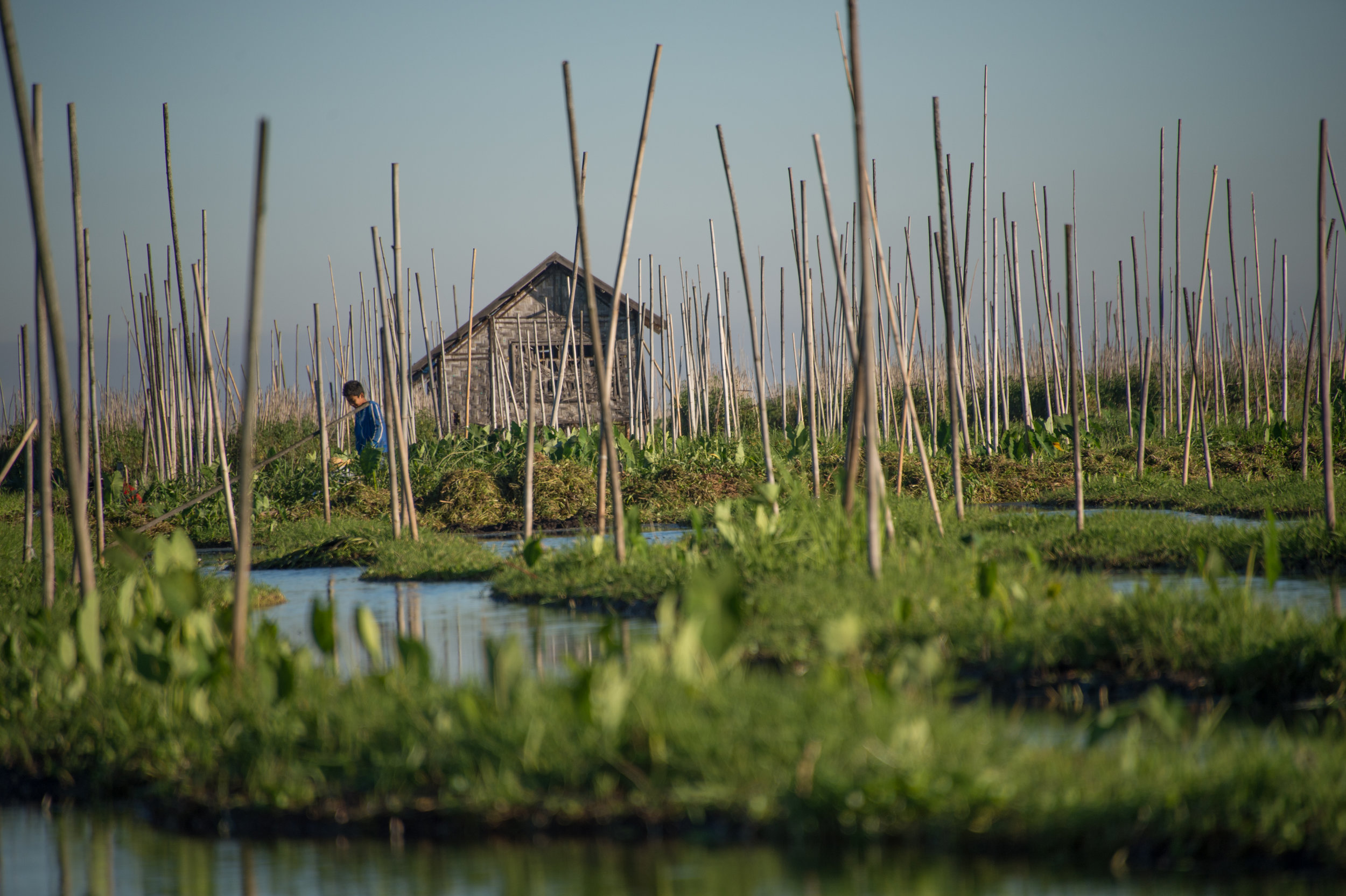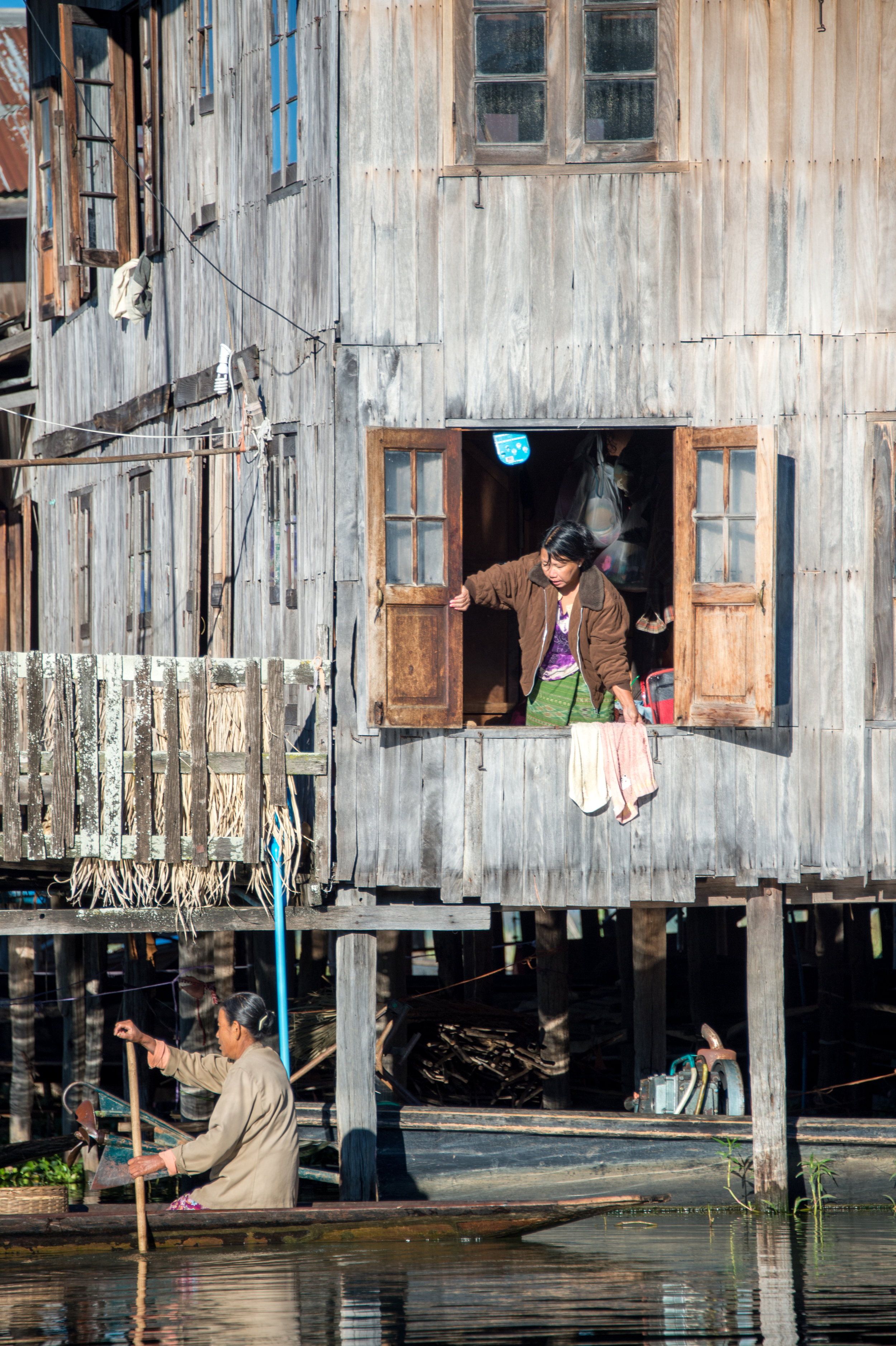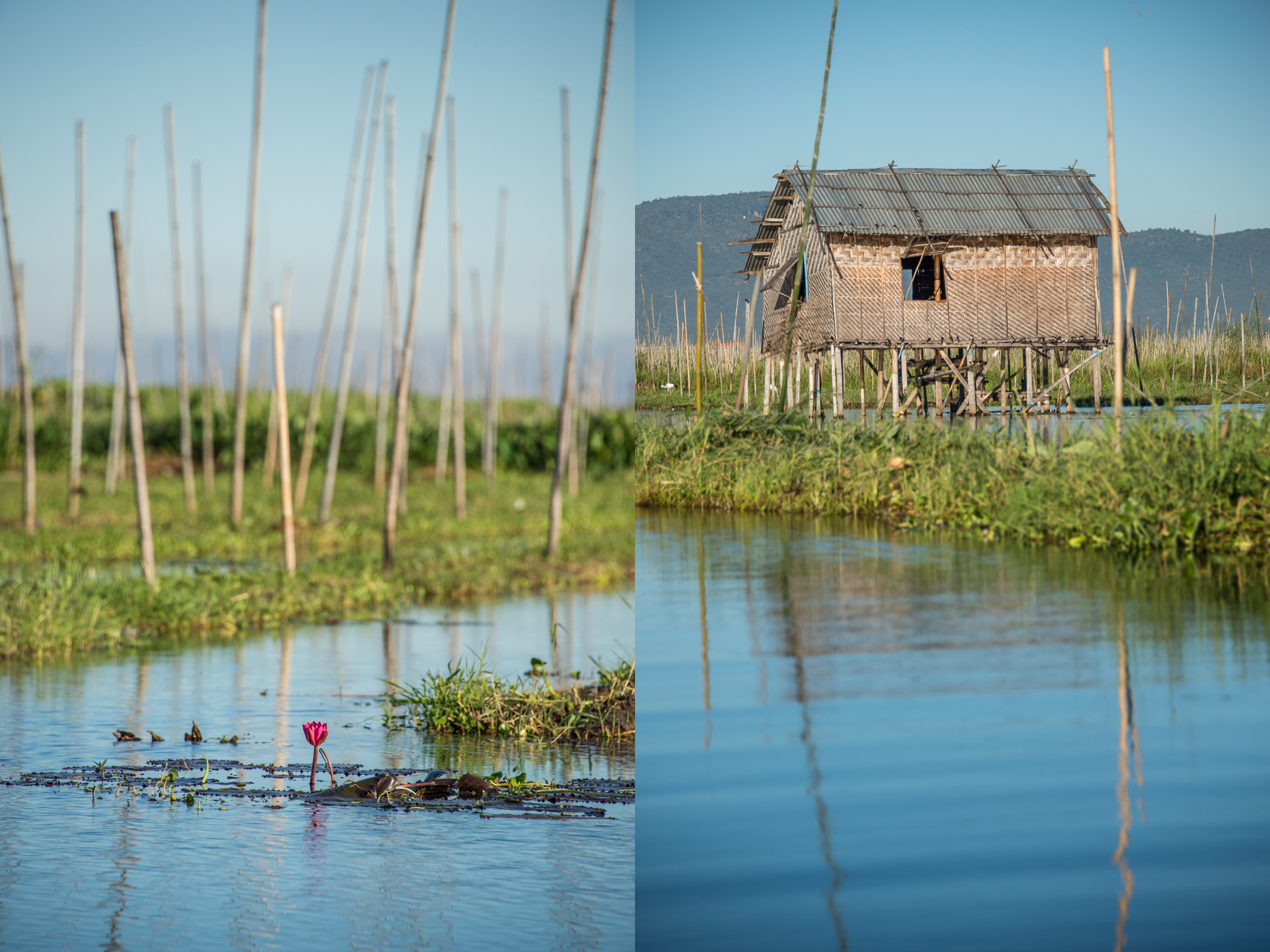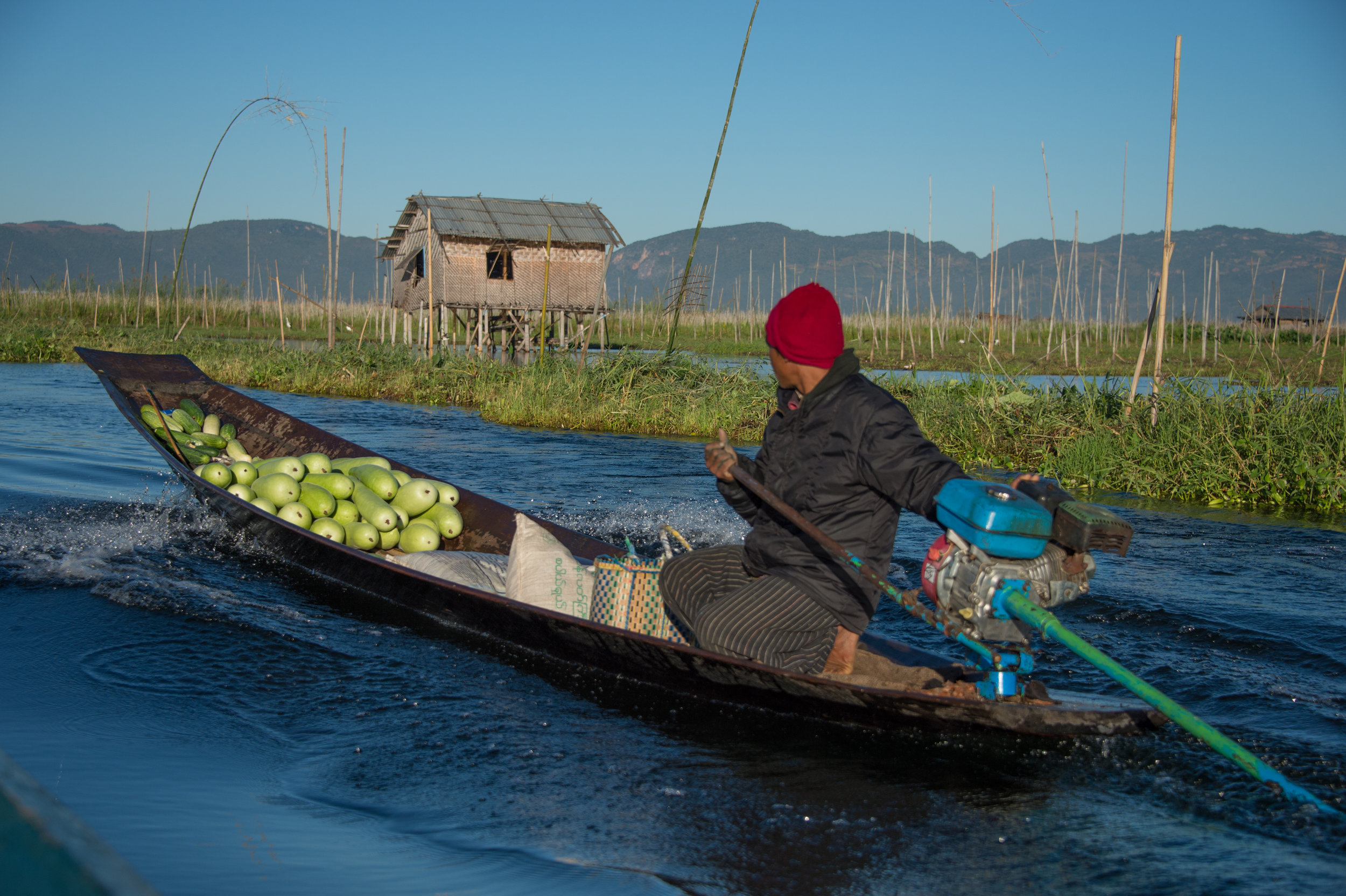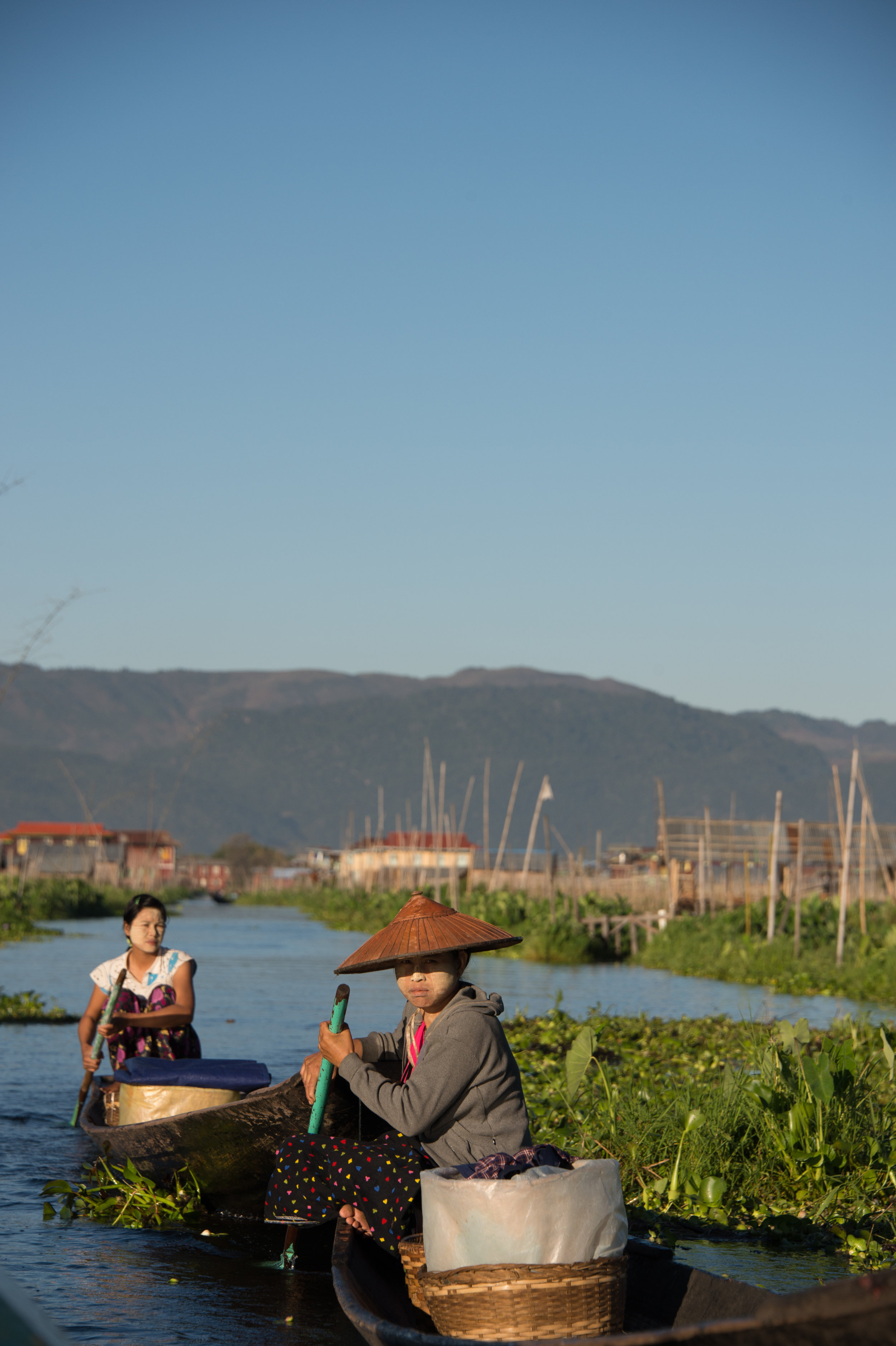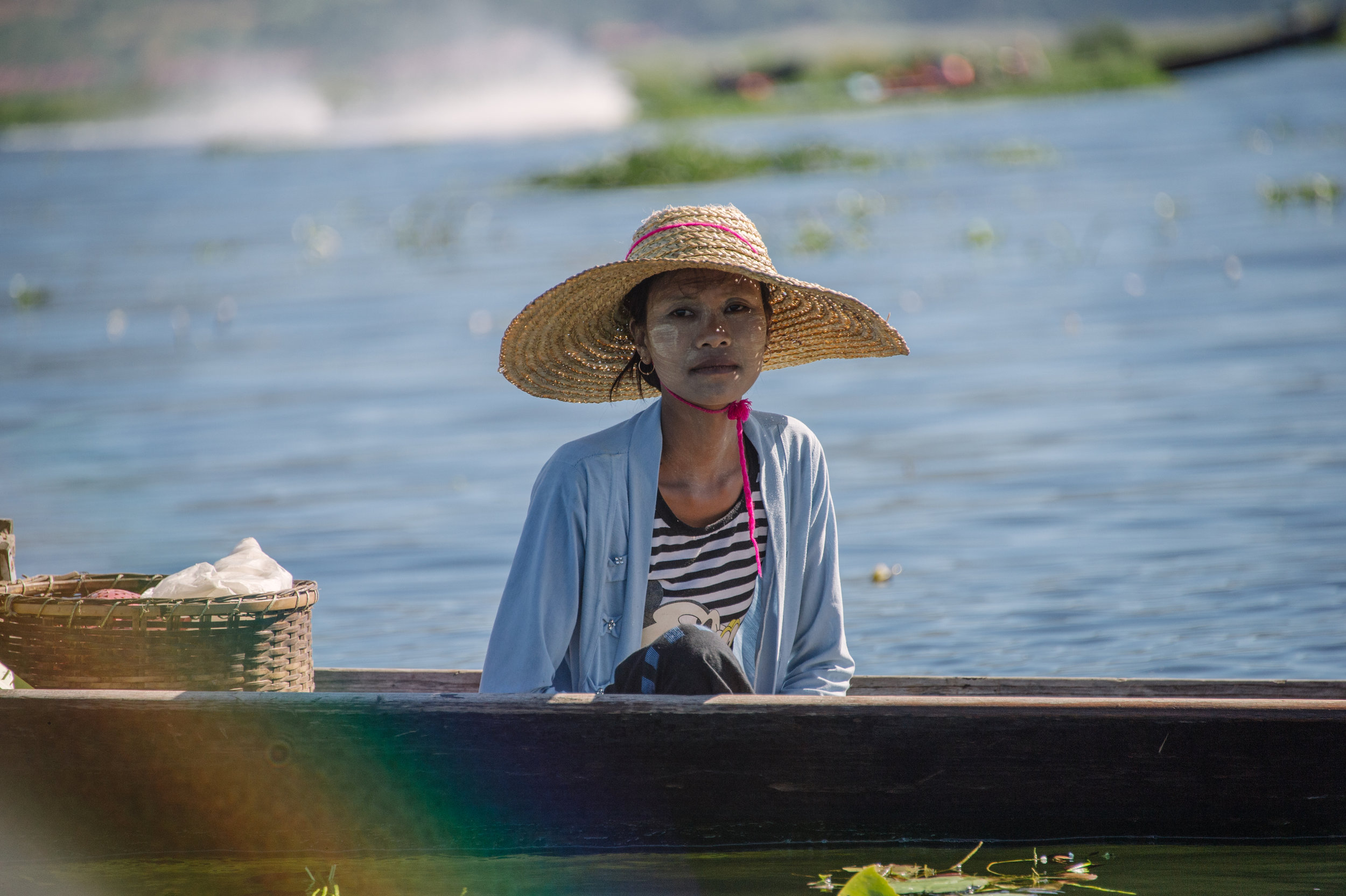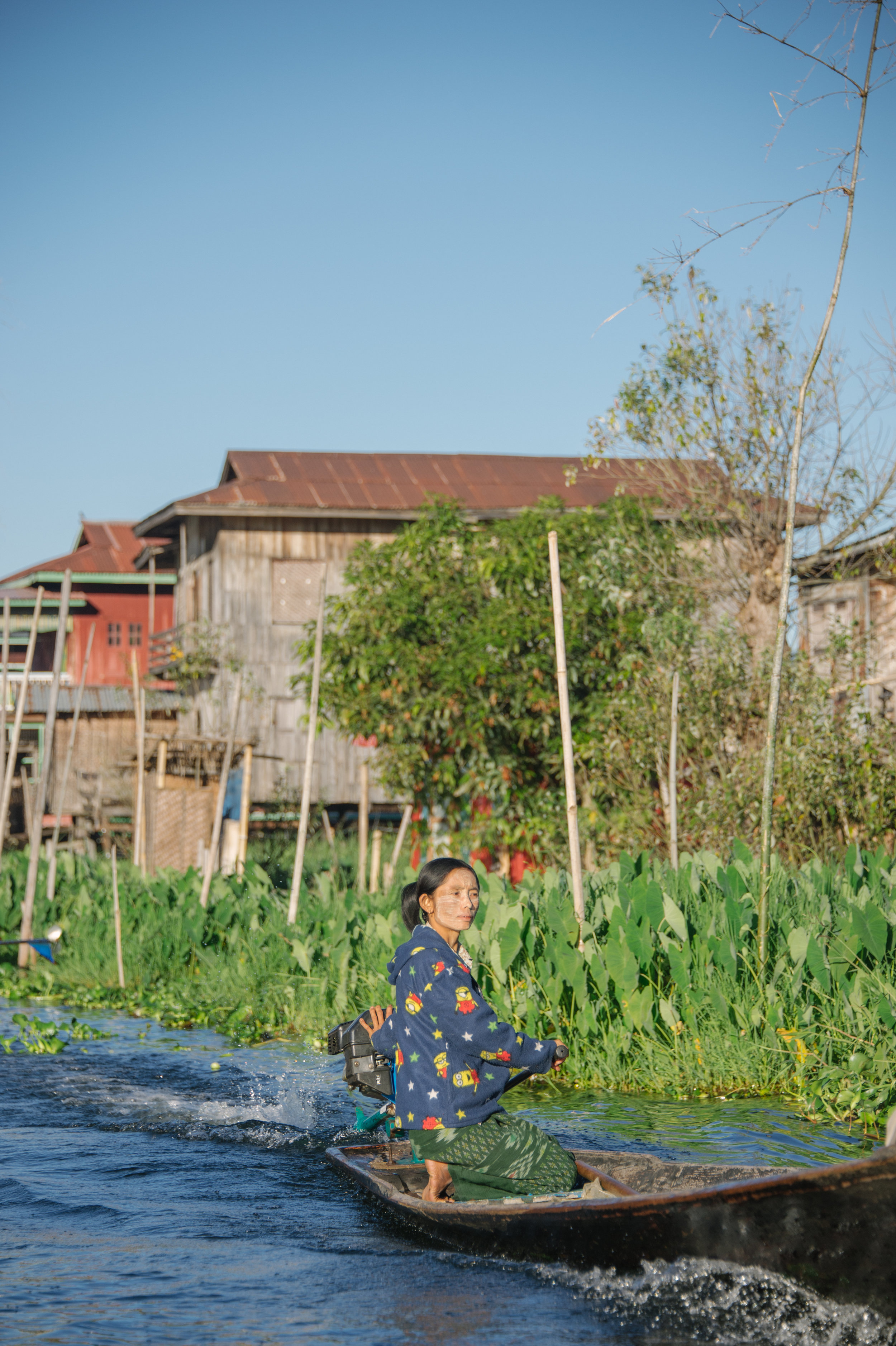After my father passed away I began the long and very exhausting process of going through his things and cleaning out his house. At times it was comforting, but overall the process left me overwhelmed with emotion and grief. His old garage, built in 1906, became the repository for many things he should have thrown away, but also things he treasured and didn’t have a place for. Much of it didn’t make sense to me, things I didn’t have the story for. But, some of it I recognized; knickknacks from trips, outdoor activity equipment, and the occasional sentimental but ugly gift. After I threw away the piles of old wood and paint, tossed the piles of newspaper that dated back to the 80s, and sorted through discarded furniture, I was left with stuff that just felt at home. I’m not sure anyone would have thought it should be photographed, but I wanted to remember the random things. At the time I didn’t know what would become of the house, so outside of taking one photo and a belt buckle, I left it all for whomever would be the new owner.
James and Julie
To James and Julie, may you always be each others best friend and number one supporter. May you forever have each others back, and may you laugh together until you are grey and old. What a beautiful wedding. Im so glad to have been able to capture a few moments…. and to surprise you with this video. To happily ever after…
Ait Benhaddou, Morocco
Driving back from the desert we stayed overnight and stopped for lunch in Ait Benhaddou, a fortified village, and beautiful example of Moroccan clay architecture, which dates back to the 1700s. Since 1987, its been listed as UNESCO World Heritage site, which has monitored its restoration and left it in beautiful condition. It’s no surprise that it’s used in many modern day movies and TV series (The Mummy, the Gladiator, Game of Thrones) . Here, a very famous scene, “Are you not entertained?” https://www.youtube.com/watch?v=YbBiXPVKuTA. Worth a visit for anyone traveling through the area.
Travel Makes You Modest
“Travel makes you modest. You see what tiny place you occupy in the world” - Flaubert
Nick on the Erg Chicaga Dunes- 2018
Erg Chegaga Dunes
Approaching camp by 4x4, I could see a small group of black tents in the distance, dwarfed by the towering dunes of the Sahara Desert that rose behind. Similar to our desert experience in Jordan, we unloaded our bags, were handed a few extra bottles of frozen water, and left to fend for ourselves for a few hours. We set off into the dunes and marveled at the physical properties of this alien landscape. The dunes were a study in contradiction: mighty mountains of sand hundreds of feet high... but that seemed to flow like water as we sank ankle deep in the impossibly light substrate.
As the sun got closer to the horizon, one of our guides fetched a small group of camels previously hidden behind one of the rolling dunes. We greeted each of the friendly beasts, including one with eyes the color of the shallow waters of the Persian Gulf. Along with two other travelers, Nick and I saddled up and rode into the dunes for sunset.
After making it to our destination, we headed for the tallest dune we could find. Once at the top, we were completely alone, and began to grasp how vast were the dunes. As far the eye could see, rolling hills of sand, disappearing into the sun-drenched horizon. It was beautiful.
That night, before bed, the camp cook gestured that we should pull our beds out under the stars. We grabbed the mattress and drug it out of the felt tent and into the open. It was beautiful sight to drift off to sleep with... but what was truly overwhelming was waking up in the middle of the night. The nearly full moon had retreated beyond the horizon, and left in its place a perfect blanket of stars. The night sky was completely unspoiled by any light, and the dry desert air meant that even the tiniest star shone brightly. It was unlike anything I have ever seen in my life. I awoke Nick and we laid there in silence, completely mesmerized, a tiny mattress adrift in an endless universe. Of all my moments as a traveler, this will forever be one of my favorites.
Road Less Traveled...
After Marrakech, we took the long journey out to the Sahara desert. Having rented a car, we chose to head to the less popular area outside of M’hamid, called the dunes of Erg Chegaga. (Erg Chebbi dunes, near Merzouga, the more common tourist destination- as its closer and because of that more tours go there).
About a 10 hour drive, through some very…interesting…. roads, we were welcomed by 115 degree heat that initially prohibiting our desert entry because it was too hot for even the vehicles to be on the roads and sand. After a few hours of waiting in the blasting AC, we jumped in an old Toyota Land Rover- the desert vehicle choice in Morocco, and headed even further south in the the wild and vast desert. A few photos from our drive in…
Marrakech
Marrakech. I have a hard time imagining there's another city that would enrapture us as much as Marrakech. Within a hour of arriving, Nick and I were plunged into the city's beating heart, its chaotic vibe pulsating from every bright color, intoxicating smell, or shouted greeting from a street corner. Barely cognizant of direction, we wound our way deeper and deeper into the old city, and by the evening we found ourselves in the busiest city square we'd ever seen: Djemaa el-Fna. We pushed through the crowd, dodging dancing cobras and eager merchants alike. Our noses pulled us towards a roasted meat stand, where we crouched on crude stools and watched as the cook set aside a entire goat head to access the steaming pot of rich, fatty goat stew.
To many, this zero-to-100 acclimation would be overload. Indeed, most of the travel books suggested pacing yourself early on. For us, it was everything. We knew immediately that it would be painful to leave this city behind - we even considered rearranging the whole trip right there on the spot... a first for us, and a sign of how just how head-over-heels we were for this new city. This sensory overload - the sights, the sounds, the smells, the infinite menagerie - is what makes Marrakech. As a result, it's impossible for pictures alone to do it justice.
With that, let's start at the beginning. Our baggage didn't arrive on the flight from Amman, and the modestly-helpful airport personnel simply told us to call again the next day. Not an auspicious start given that we'd traveled all night in these clothes - saved on a hotel though! - but we resolved that it wouldn't slow us down. Our taxi parked at a nondescript doorway to the old city, and took off into the maze. Even lightly burdened by our carry-ons, we could barely keep up, as we twisted and turned down long, sunlit corridors. The walls were reddish mud brick, punctuated by pops of color from the ornate doors - I have more photos of doors than of anything else.
What we learned later is that behind every beautiful door is a beautiful riad, an inward facing sanctuary of a home that is built around an open area with a garden, pool, or fountain. While there are many residents in the old part of the city, many of the riads have been transformed into guesthouses or B&Bs. We stayed in an amazing little place called Riad Melhoun, which we would highly recommend for anyone traveling to Marakkech. It was a hidden gem on a quiet street, helmed by a staff that was unbelievably friendly, helpful and kind. If it's booked, fear not! There are many gorgeous riads to experience - I challenge you to Google "marrakech riads" and not be totally smitten.
Our daily itineraries included the myriad souks, palaces, and madrasas. I wore long dresses to cover my knees and shoulders as a sign of respect, and was welcomed at every stop. Even though I often felt out of place in the busy cobble stone streets, we found the denizens of the old city to be warm and friendly. Plus the long dresses helped me blend in with the broad spectrum of colors: heaping mounds of spices, naturally-dyed wool and camel hair rugs, hand-woven cushions, brilliant fabrics, weathered antiques... and all of them dappeled in light from enormous lanterns hanging from old eaves. Around each corner, in every nook and cranny, there was a surprising sight, a new memory that no photo could truly capture.
Never
I will never get old of the clouds.
Idaho Sunset
Work afforded me the opportunity to visit a new state. Never did I believe I would be so take by this beautiful place. As we stood watching our last sunset, my heart sighed. I needed this trip.
Dead Sea
The last stop on our whirlwind trip to Jordan was the Dead Sea. With only a Western-styled bathing suit, we opted to avoid the public beaches (for fear of committing a cultural faux pas) and entered the water at a westernized hotel, which had a private beach.
Bordered by Jordan and Israel, the Dead Sea seemed like a necessary stop - both historical and iconic. We had heard the salt levels were difficult to describe, but it wasn’t until we ourselves floated in the water that we fully understood. With over 34% salinity, the water was like rubbing alcohol to any exposed to any cuts, rashes or open skin (eye ducts or lips). Ouch!!! We had been warned not to dunk our head under, and thankfully heeded the advice. Nick got a mouthful to taste the salinity - something he immediately regretted. It didn’t taste anything like overly salted water, it was just…. toxic!
Regardless, floating with zero effort was a complete trip, and had me giggling like a kid. I highly recommend making the stop if you’re in Jordan, though it’s something that can easily be done in just a few hours.
Wadi Rum
At the suggestion of a co-worker, Nick and I looked into spending a night in the Wadi Rum desert. With little time between Petra and our departure flight, this seemed overly ambitious - just our style! Following our adventure at Petra’s Monestary, we scurried back to our car, frantically packed up, and jumped on the highway to head south into the desert. After a couple of camel detours and several hours of driving, we pulled up to a small gathering of buildings just outside the desert.
Our guide, Yusuf, was resting in the bed of the Toyota Hilux, and was very accomodating given our late arrival. He grabbed our bags, tossed them into the back, gave us some additional water and we were off. Moments later we left the asphalt road behind, and cruised onto the wide open, dusty desert highway. The bed of the truck was open, with cushy benches and a fabric cover to protect us from the sun. We rode in the open, with the hot, dry air of the midsummer rustling our hair and drying our lips. But the views were too scenic to skip: towering rock formations, red rock arches, shady water holes erupting from natural springs, and even a towering sand dune. To Yusuf’s surprise - and despite the searing heat - we hiked to the top and rode down on a sandboard. While the incredible heat drove us to shade at every opportunity, our love for the vast expanse grew with each hour and each new vista.
As the sun sank to the horizon, Yusef parked the car and instructed us to climb a rocky ridge to view the sunset. Laid before were endless miles of Arabian desert, which seamlessly blended into the rose-hued horizon. As if the view were not incredible enough, Yusuf reappeared after 20 minutes, bearing a freshly brewed pot of tea. We sipped the tea and sat in awe as the sun set, with only distant camels and the occasional lizard for company.
With evening night, we piled back in the car, reveling in the cool evening temperatures as we sped back to camp. We arrived just in time, as dinner was nearly ready. The cook had prepared chicken and vegetables in the traditional way: roasted in a subterranean pit all day. The aroma wafted through the wool tents as the delicious meal was pulled out of a deep hole in the sand, and we happily tucked in to the feast as we sat beneath towering stone and a blanket of stars.
If I had to do it all over, I’d spend several nights in Wadi Rum. I still dream of it and hope one interested in traveling to Jordan doesn’t miss an opportunity to visit.
Wanderlust
Oh, the places you’ll go.
Day 2 Petra
After an Epic first day in Petra, Jordan (link here), we came back for day two:
At the crack of dawn, we hustled down and were one of the first people into the Petra entrance, roughly a mile from the Treasury building. We made a point to outpace the few other tourists, and reached the canyon road with no one in sight. We quickly ran across some of the Bedouin locals, who live in Petra's cave dwellings and hawk wares and services to the tourist throngs. Being that we were the first people there, they were happy to sit and chat with us.
Knowing we'd be short on time, we grabbed a couple of donkeys for an early morning visit to the old Monastery. At the far end of Petra, it can be quite a trek: a 40-minute hike followed by 500 steps up the mountain. With the help of our trusty steeds, we made it in about 30 minutes.
The ancient city was empty of visitors and our donkeys kicked up the first clouds of dust into the air. We stopped at one point and my guide gestured to my camera and pointed behind me. As I did, a perfect ray of sun shone onto the path behind us, framing the enormity of this city of ruins, tucked into its ancient valley.
After an exciting ride up the rocky steps, we parked our donkeys - they could go no further on the steep slope - and were instructed to walk the last bit. We were the first arrivals to these heights, and as we walked around the corner to see the Monastery, it was nothing short of magnificent. It was twice the size of the more famous Treasury building, and the scale was hard to translate into photos. The entry way itself was about 5 feet tall! In one of the photos below, I stood for scale.
Although we couldn't stay too long, we waited patiently for the morning sun's first light to peak over the top of the Monastery - an unforgettable image that is imprinted clearly into our memory. In retrospect, I can't imagine visiting Petra without making the time to see this building - it truly was the most spectacular scene we saw while in Jordan.
We returned back on our donkeys and the Treasury building was already surrounded by hundreds of tourists. We'd been away less than 2 hours, and already the crowd filled the entryway. With all the hustle and bustle, it was nearly unrecognizable from the serenity of the early morning, and we knew it was time to continue our journey. We look one last look and headed to the next big adventure: Wadi Rum.
Petra, Jordan
I think I've been putting off this post in the hope that I could find a way to describe our hours in Petra.... but I just can't! The day, the place, the magnitude of it all.... it really defies words. Hopefully you'll bear with me as I try.
On our second day in Jordan, we woke up in Amman and headed to the airport to rent a car. After orienting ourselves in the tiniest rental car known to woman-kind, we set out on the broad, empty freeway for one of the 7 Wonders of the Modern World, the Lost City of Petra. Our expectations were sky-high, as vision of Indiana Jones danced in our heads.
The excitement turned to grogginess as the dry scrubby hills turned to a blinding expanse of desert. But soon rocks turned to foothills, and foothills to a broad plateau before we turned suddenly down into a deep valley. We rolled into town riding our brakes, and pulled into our hotel in the sweltering mid-afternoon heat. We ate a light meal - mixed BBQ! - while we waited for temps to cool from the triple-digits, but ultimately our excitement got the best of us. We'd booked the hotel nearest to the entrance, so we headed out on foot in the late afternoon sun.
Once on the trail, it's a dusty one-mile walk to the first stop: the iconic Treasury building. The first half of the walk holds tantalizing clues of what's in store, with carved stone artifacts dotting the dusty hillsides. Upon reaching a dry river bed, the trail takes a turn through the ancient city gate, and the trail weaves its way through a deep slot canyon. The afternoon sun light up the canyon with colorful light and shadow, and we took in all as the horses and buggies bearing exhausted tourists proceeded at a steady clip-clop from our nearing destination.
Suddenly the canyon narrowed, the walls close enough to touch with each arm, and then... a sliver of the Treasury building. Mysterious, foreign, and yet instantaneously recognizable - it actually took my breath away. The facade is iconic, but the process of "discovering" it yourself, after a long walk on a blistering hot afternoon, was so much more than I expected. With the throng of tourists already limping their way to the exits, it only took me a few minutes to get the shot of my dreams: the one with no tourist in sight!
Nick asked me what the plan was, and I told him the only thing I really wanted to do is get a shot of the Treasury from the top. I'd read on a few blogs about the different ways to get up there. I pulled up screen shots on my phone, and for the next few hours we tried and failed to find a route up the steep canyon walls. We clambered from structure to structure, creeping into and around the ancient stone vaults. Above us loomed enormous carved rock monoliths, unbelievable in their size and intricacy. Our minds ran wild. You could imagine being a part of this ancient city, the hills alive with families and merchants.
With some direction, we took a longer approach and eventually found our way to a very organized set of stairs carved into the rock. we climbed and climbed and climbed, our weary bodies relieved that the canyon shielded us from the rays of the setting sun. We made it to the top of the canyon with about an hour before sunset, and sat all alone at the top of the ancient world. After an afternoon of non-stop action, my camera battery finally quit. We sat on the rugged red rock, and together watched in silence as the sun set on an empty Petra.... as it has every day for over 2,000 years.
It was evening as we clambered down, and little of the dusky light reached the bottom of the canyon. The last tourists in the city, we watched as the local Bedouin men swept the stone walkways clean, and herded the last of the tired donkeys to their stalls.
Amman, Jordan and Eid al-Fir...
After spending the day among the ruins of Jerash (post here), Nick and I decided to spend the rest of the day on foot in Amman. Our driver, Crazy George, brought us to the stunning King Abdullah Mosque before before dropping us at the Citadel, an ancient fortress that sits atop one of Amman's many hills. The commanding location allowed us to see the entire city, including the massive, 6,000 seat Roman theatre nestled at the foot of the hill. After taking in the views and orienting ourselves a bit, we set off on foot back to the hotel, zigging and zagging through unknown city streets.
We passed street vendors and spice markets, floating amid the current of early evening traffic. With no specific place to go, we haphazardly wandered. The markets were bursting with beautiful fresh fruit - a reminder of the bounty available in this arid corner of the world. The fish market was photogenic, but the catch trucked in from the Red Sea and Mediterranean was pungent. As we strolled through the butcher's district, Nick said, "I think that's camel." I was initially skeptical, but one look at the large carcass confirmed his suspicion.
As evening fell, the activity in the streets began picking up. We started to see people hurriedly walking through the streets holding massive platters covered in foil, while on the corners people were handing out small containers. We quickly realized the foil-covered platters were communal plates of food, and the containers - at this point being passed out to pedestrians, passengers in cars, cart vendors, shopowners, children on bikes - were water. Small, impromptu banquets began to spring up, and people slowing began gathering outside of shops, spilling off the sidewalks. We watched as they greeted and hugged one another, and felt the energy of the city change. With sunset approaching, we suddenly remembered it was the last day of Ramadan, and everyone was celebrating Eid al-Fir (celebrating the last day of the Islamic holy month of fasting). As the last rays of sun hit the tallest buildings, a joyful cheer erupted throughout the city. People hugged and kissed new friends and old as they broke the fast. As we strolled past each block, strangers smiled and waved, beckoning us to join them at their table - tables of laughter, joy, friendship, and love.
I know very little about Muslim culture, but I feel extremely blessed to have been able to witness such an amazing communal, cultural, and religious event. It's moments like this when I'm reminded how traveling opens our eyes, our hearts, and our minds to ideas and cultures that are foreign to us. Our time in Jordan was punctuated with a million sights, sounds, and smells - but none of those memories resonates with me quite like this one.
Jerash, Jordan
When I initially proposed traveling to Jordan to Nick, he wasn't jumping at the idea. With Petra being the main stop, we realized it would be a bit more difficult to travel. Reaching our desired destinations would require flying into the capital, Amman, and then setting off by car into the desert - all in a whirlwind 4 days! Thankfully, we decided that the jet lag and extra navigation would be worth it. After a long flight to Frankfurt, we touched down in Amman in the middle of the night and rode in a taxi down empty streets to our hotel in the heart of the old town.
The morning after we arrived, we arranged for a car to drive us to the Roman ruins inside the city limits. After a light breakfast of hummus, cheese, and dips, our taxi driver met us in the hotel lobby. We exchanged small talk as we walked to his car. After hopping in, he asks where he could take us. We explained our plan to head to the ruins, a quick 10-minute jaunt. He listened politely, and then - less politely - told us we were doing it all wrong. He said we couldn't miss traveling to the Roman ruins in Jerash, which was only an hour north, and that he'd have us back to the city by early afternoon. In a haze of jet lag, Nick quickly agreed, and before I even understood what had happened we were heading north, entrusting our morning adventure to a complete stranger who called himself Crazy George.
As we wound our way out of Amman and into the countryside, George told us about the history of Jordan, bragged about his 7 children, and shed some light on his past life driving a bus for King Abdullah. Each story was enhanced by a page from the thick photo album he kept in the back seat: a map of the area, portraits of each of his kids, and photos of a much younger George, standing in front of his bus with the King. We stopped along the way for fruit at his friends fruit truck, and George helped us pick out a proper snack.
When we arrived in Jerash, George was insistent we first have hot tea. He pointed in the direction of the sun and told us that enjoying hot tea on a hot day is customary. The heat of the tea makes the June sun feel less imposing. The offering is supremely hospitable, and it's rude not to accept anyone's offering. After a nice tea, we left George in the comforts of the shade and walked toward distant fallen ruins and into the blistering hot sun.
The first set of ruins, the hippodrome, was originally built in the 3rd century (220 AD) for chariot racing, years later transformed for gladiator fighting, and eventually ending as a massive burial site for hundred who died from the plague. Standing inside the massive, ancient sports arena hinted at its former splendor... while the absence of life was a reminder of how time has passed by this corner of the world. The ruins were massive, and nestled beside them is the modern Jerash; the old and new, together. Walking amongst fallen columns, on a blue bird day was wonderful, and we had the run of the place. Save for a few small vendors, it was nearly empty. George pointed out that most tourists can't handle the heat, but let me clear: we almost couldn't either! I can not express just how warm it got, and at some point we decided it was best for our jet-lagged bodies to just head back for our first real Jordanian meal. With the restaurant slow in the early afternoon, we acceded to a simple preparation of "mixed BBQ" and a cold Coke. Little did we know that mixed BBQ is basically a Jordanian tradition, a house special of grilled meats and assorted fresh salads. Still, after a day in the sun, it was a welcome delight. We jumped back in the car, and tried our best to keep our heavy eyelids peeled as we made our way back into Amman.
Myanmar Video
The Art of Fishing...
Carefully balancing on one leg, the fisherman of Inle Lake have mastered this unique fishing technique, which allows them to keep both hands free to handle complicated and intricate nets. Typically standing on the end of a hand carved teak boat, the fisherman slowly paddle with their foot as they throw their nets into the freshwater lake. It was captivating and we spent both sunrise and sunset watching them at their craft. Later in the afternoon we watched several fisherman collect seaweed for their floating gardens, filling each boat to complete capacity.
Silently floating next to them as the sun was setting was perhaps one of my favorite travel memories.
Craftmanship
Myanmar was a cultural experience we had never experienced. The country itself has only been open to tourists for a handful of years; the first free and fair elections were in 2015, and shortly thereafter they lifted sanctions which opened the country to visitors. It is still untouched in many ways. Most of our boat trip around Inle lake was spent traveling from one artist to another, each one in their own stilt house above the water. Of particular note was the amazing women weaving patterned textiles out of silk, cotton or more traditionally, out of the lotus flowers which grow around the lake.
The neck-rings on the women in the first few photos ispart of an ancient tradition among female members of Kayan Lahwi, a sub-tribe of the Kayan ethnic group native to Kayah State.
Read more at https://www.channelnewsasia.com/news/asiapacific/ancient-tradition-of-long-neck-women-fades-as-myanmar-develops-7675612. Truly fascinating.
Overall, I was taken back by the amount of craftmanship and tradition all around. From the men making knives to the weave work, tiny silver earings and hand crafted umbrellas, I loved walking through each shop, catching glimpses of it all. I tried to quietly photograph it, capturing the shadows that fell on each peice, casting light on centuries of talent passed down from generation to generation. Such a beautiful thing to see, and to see before tourism inevitably completely ruins it all.
Inle Lake Floating Villages
Floating around the villages and floating farms was such an fun experience. On our third day in Inle Lake we hired a boat and a guide and drove around all day.

